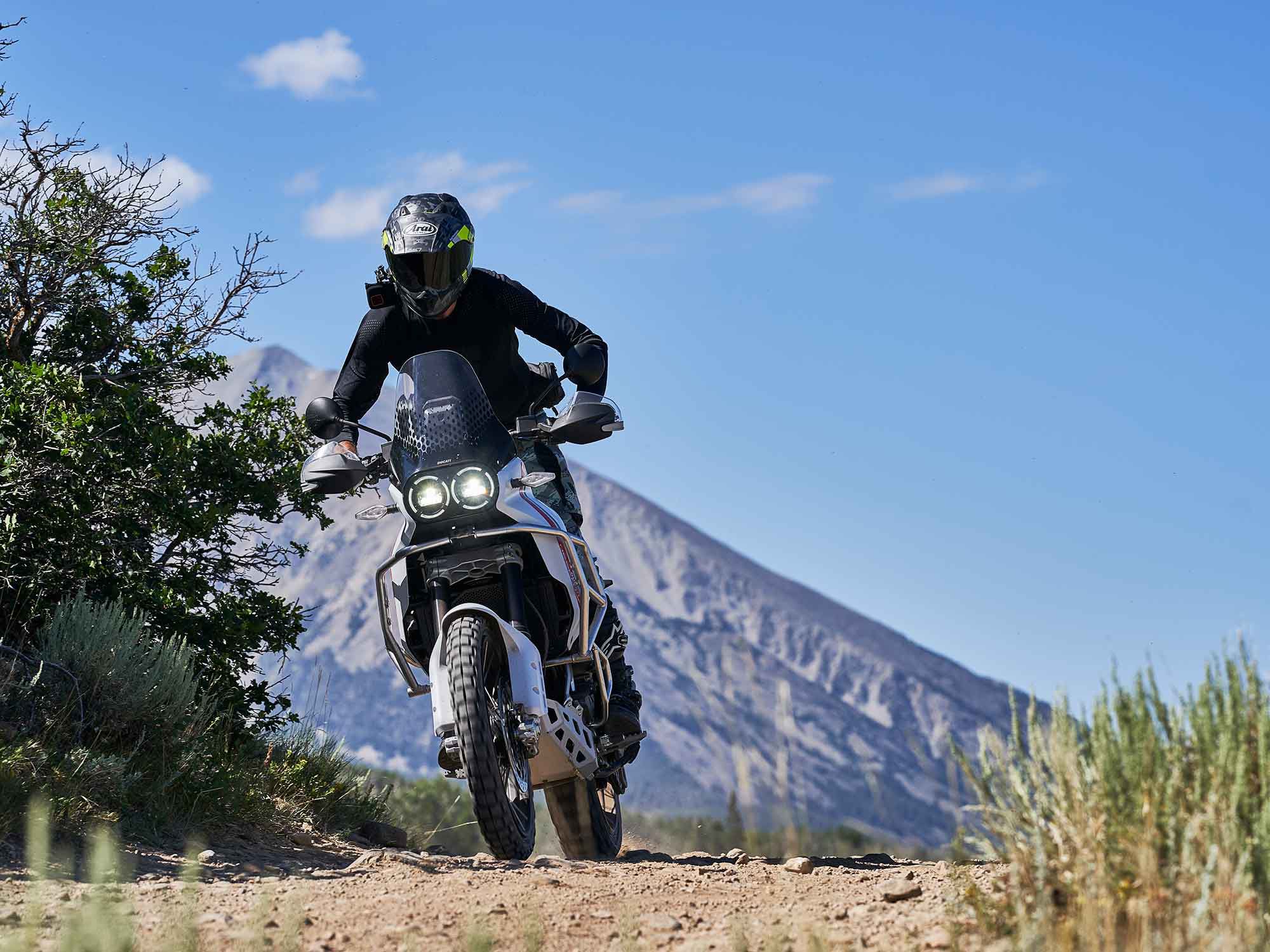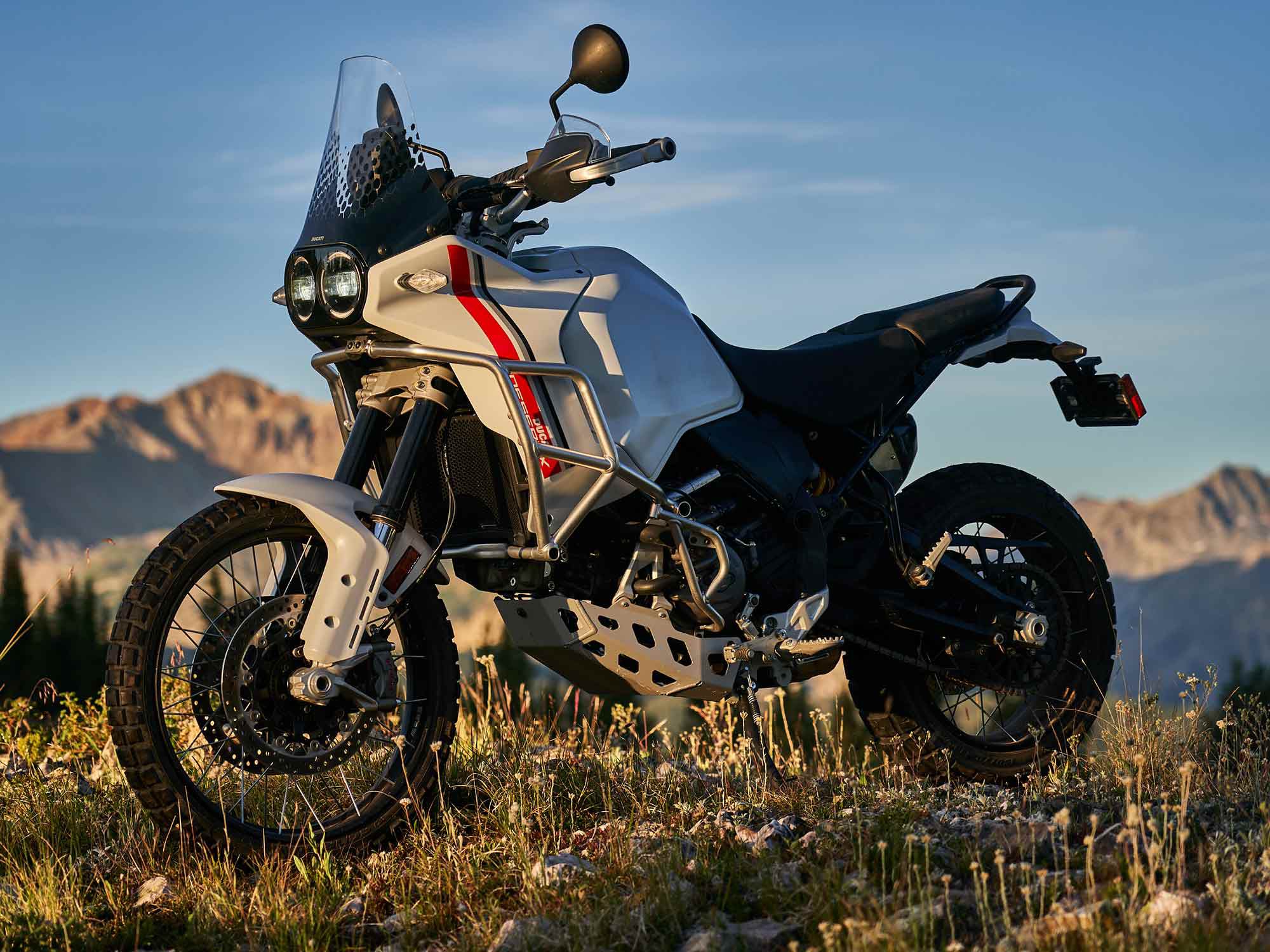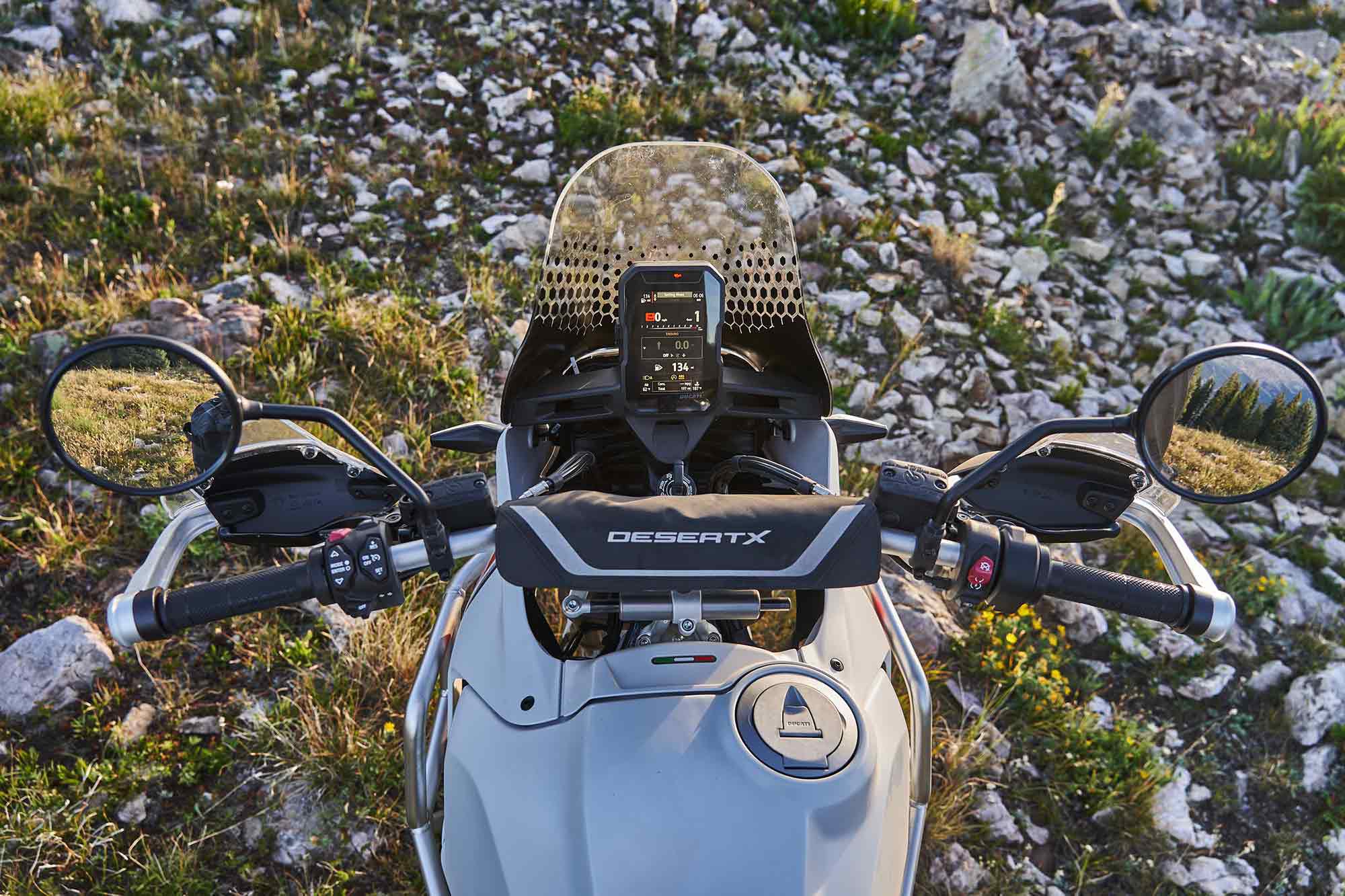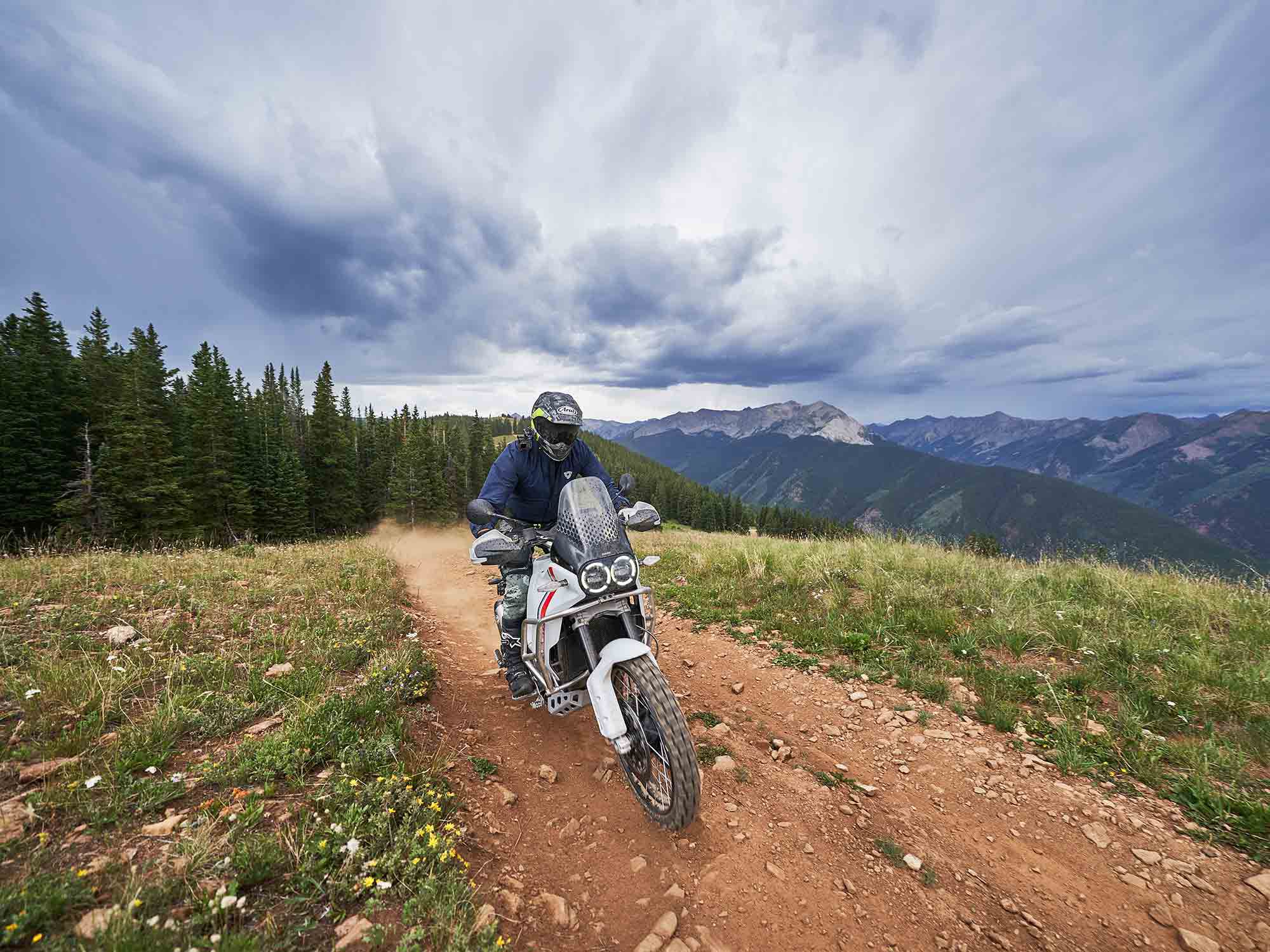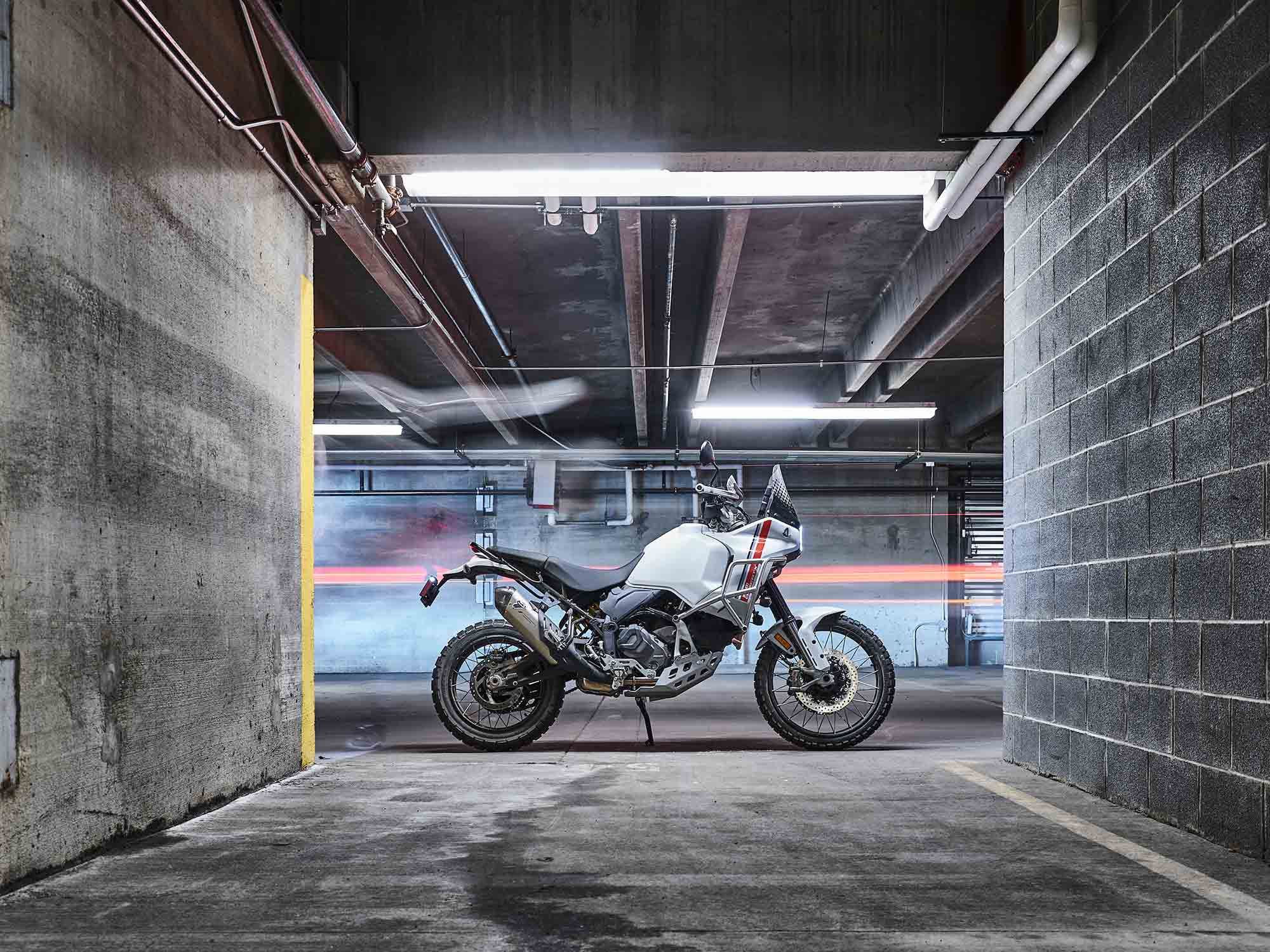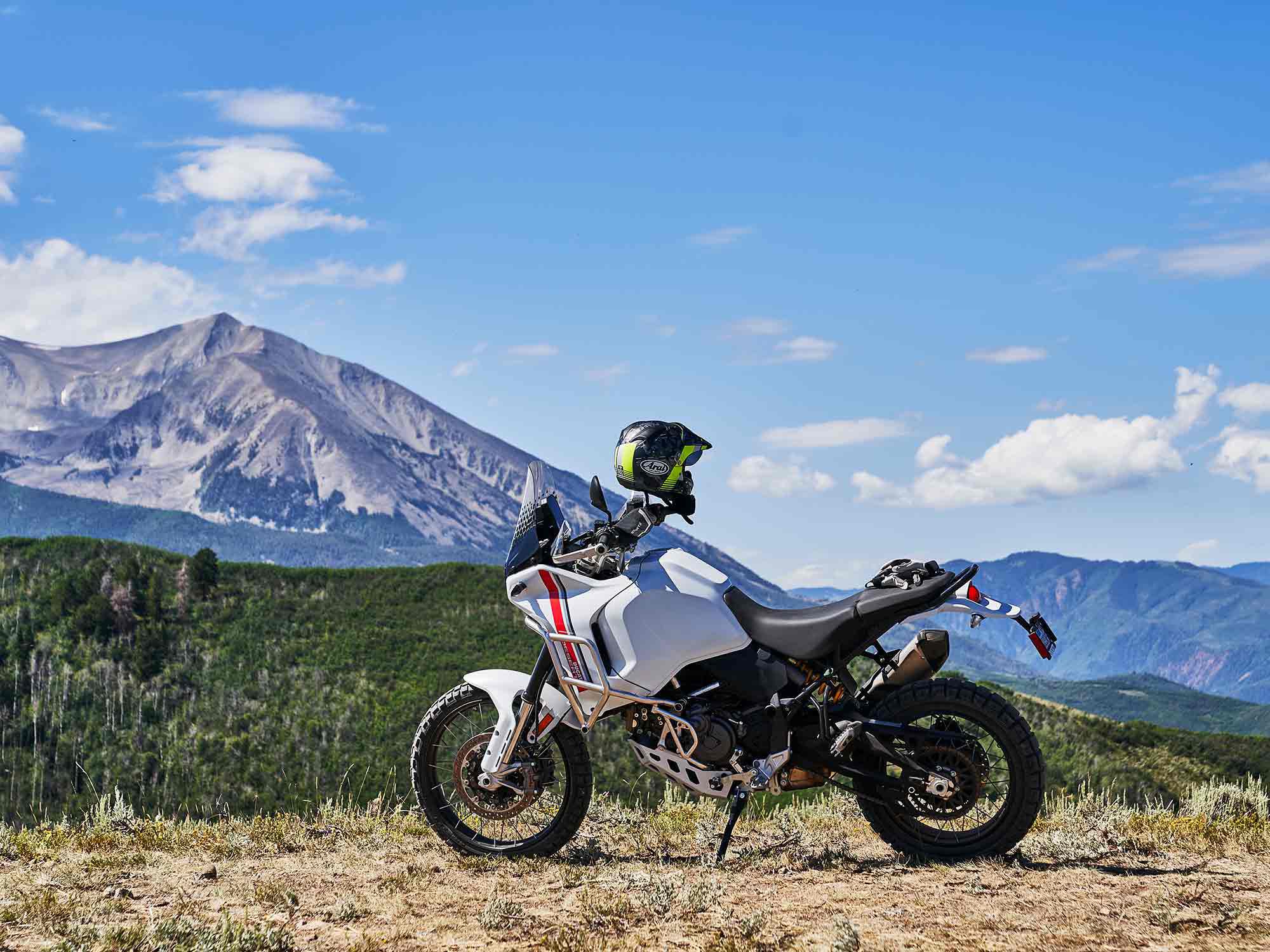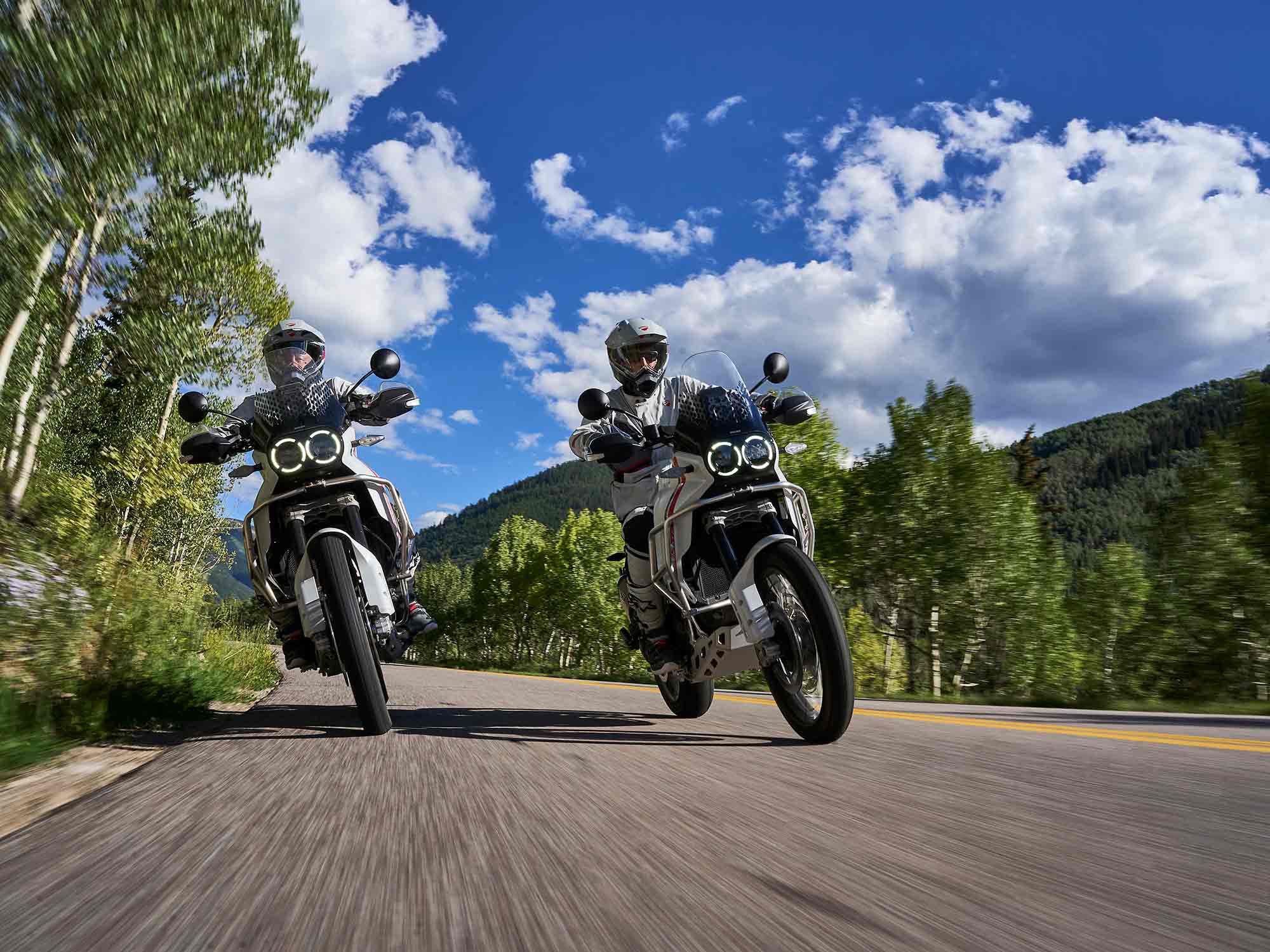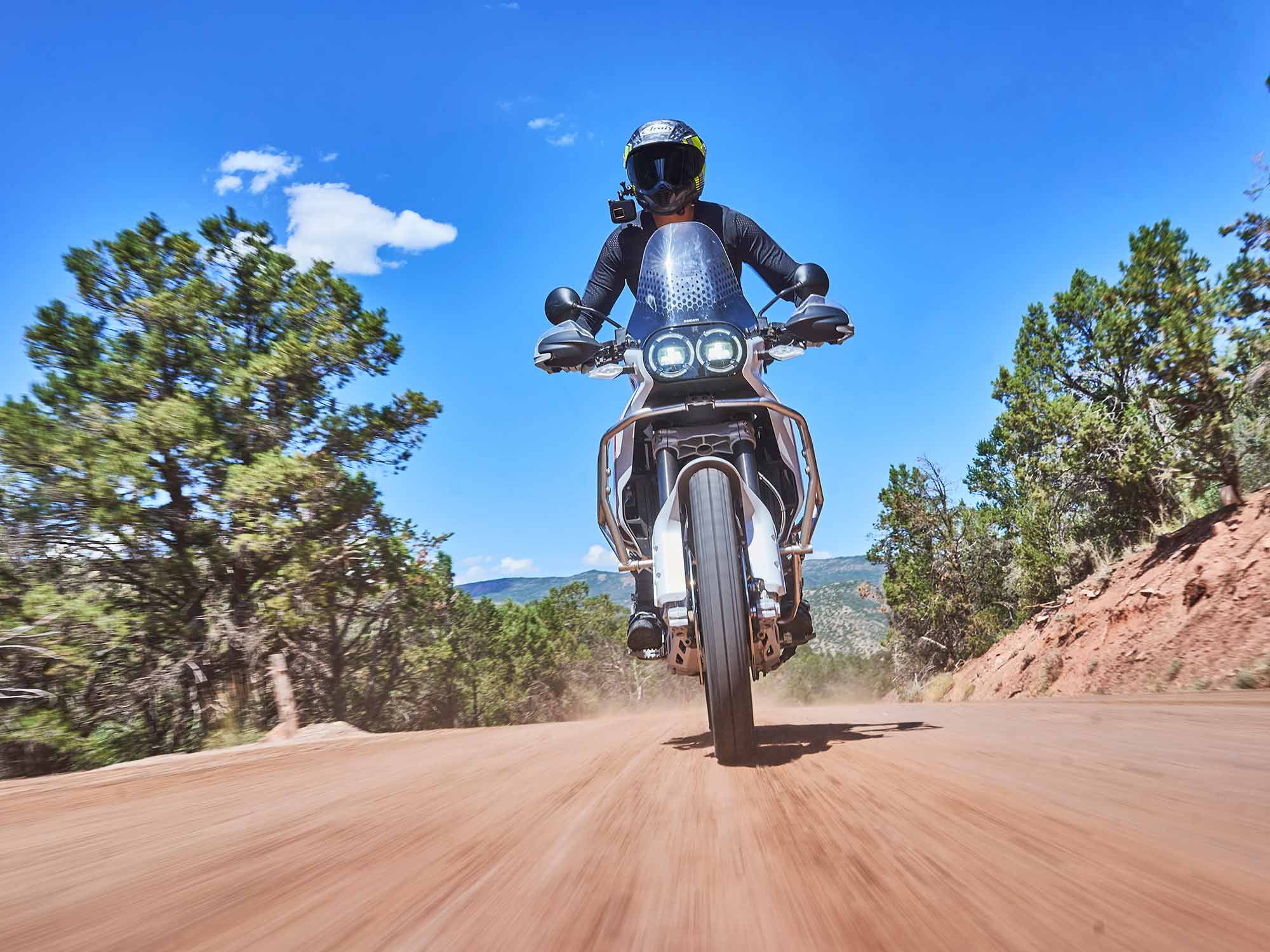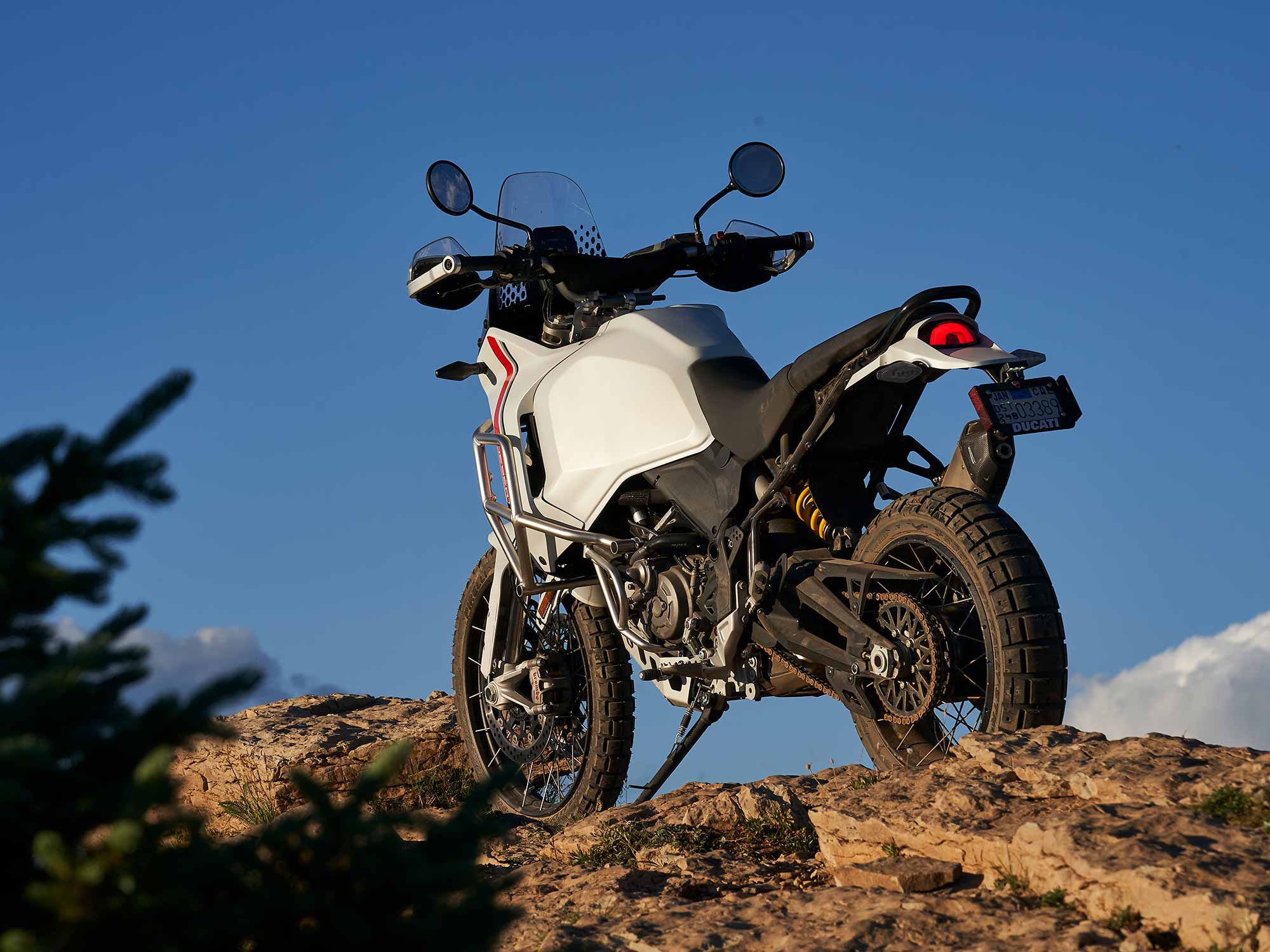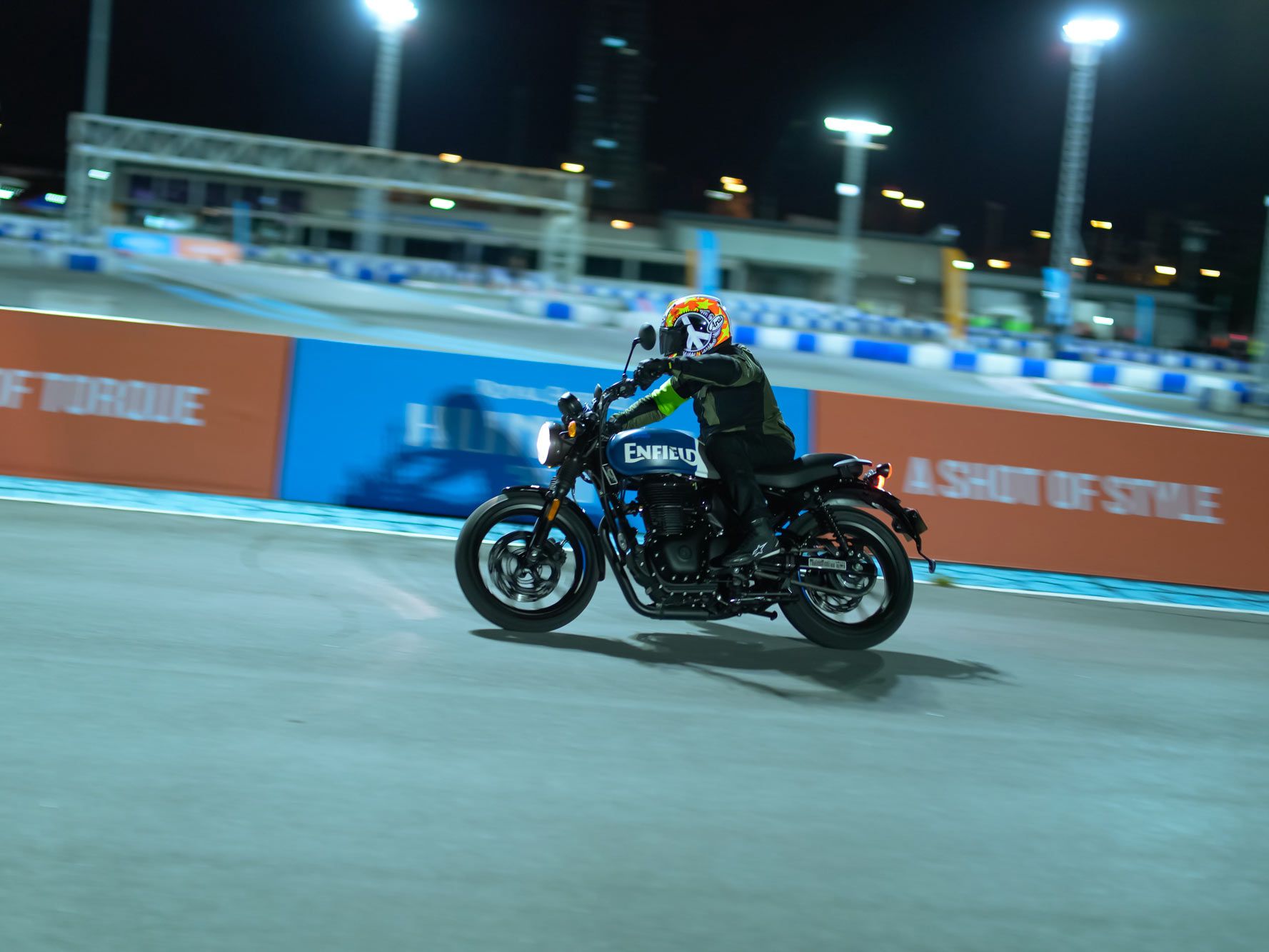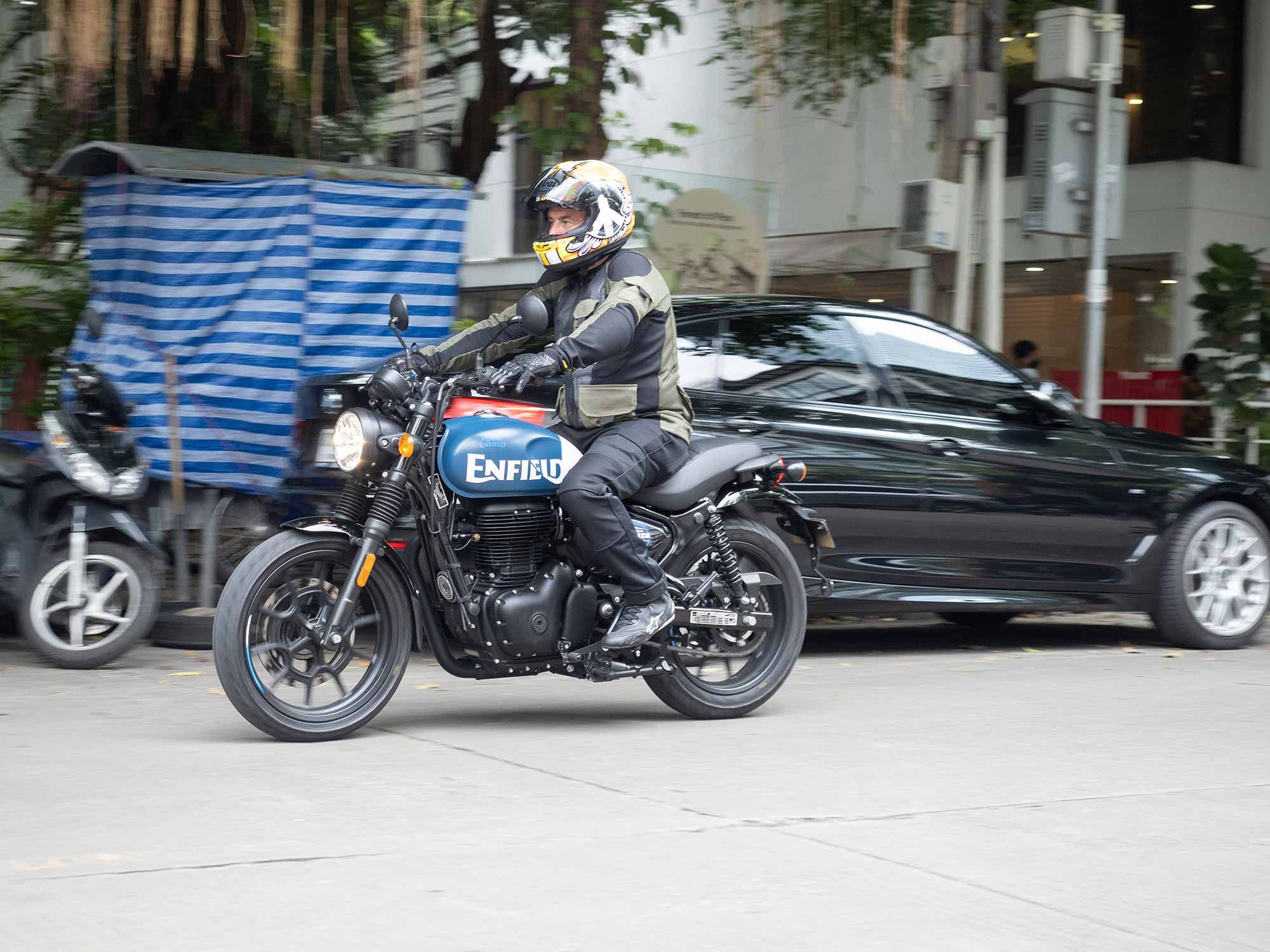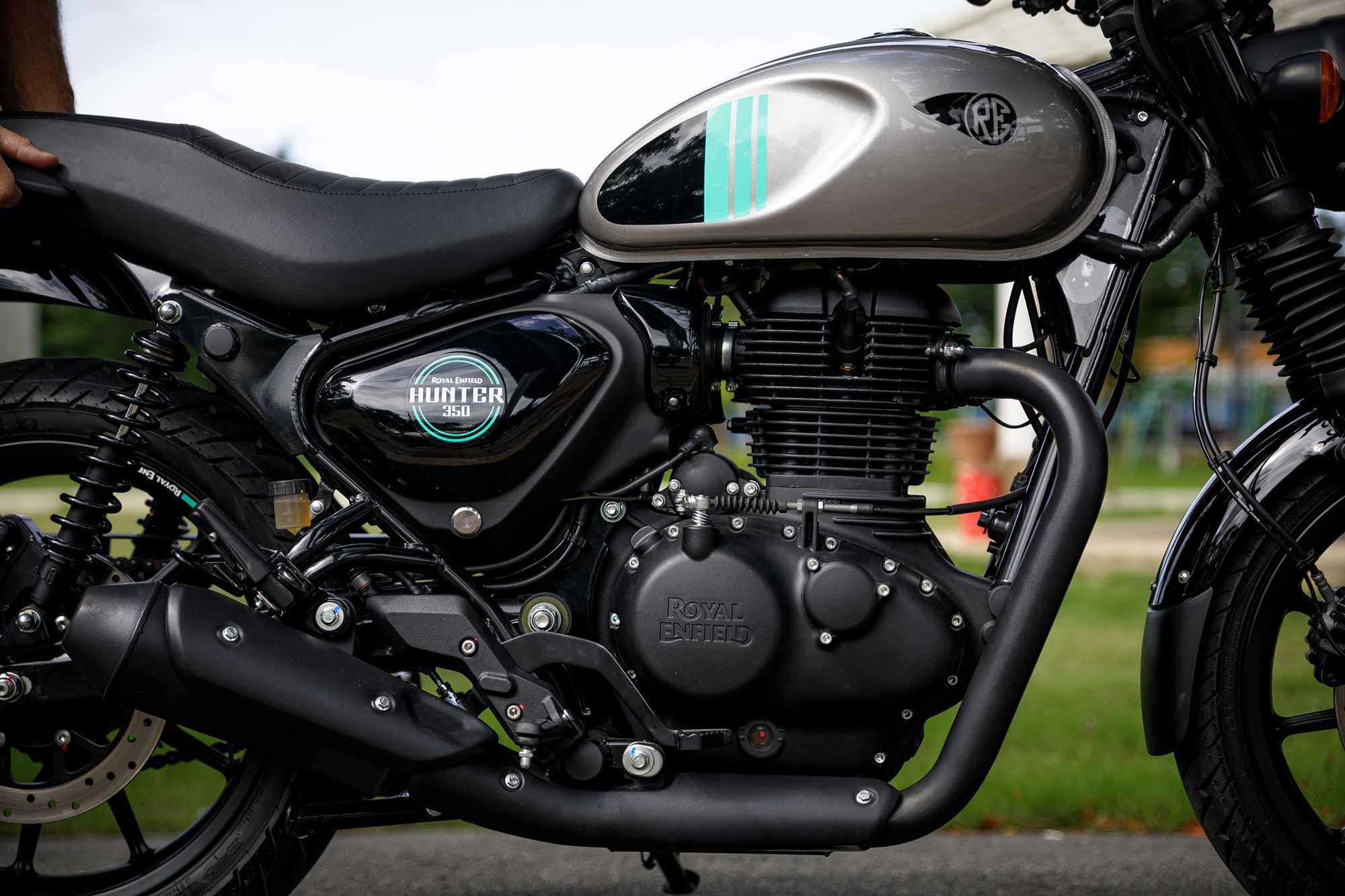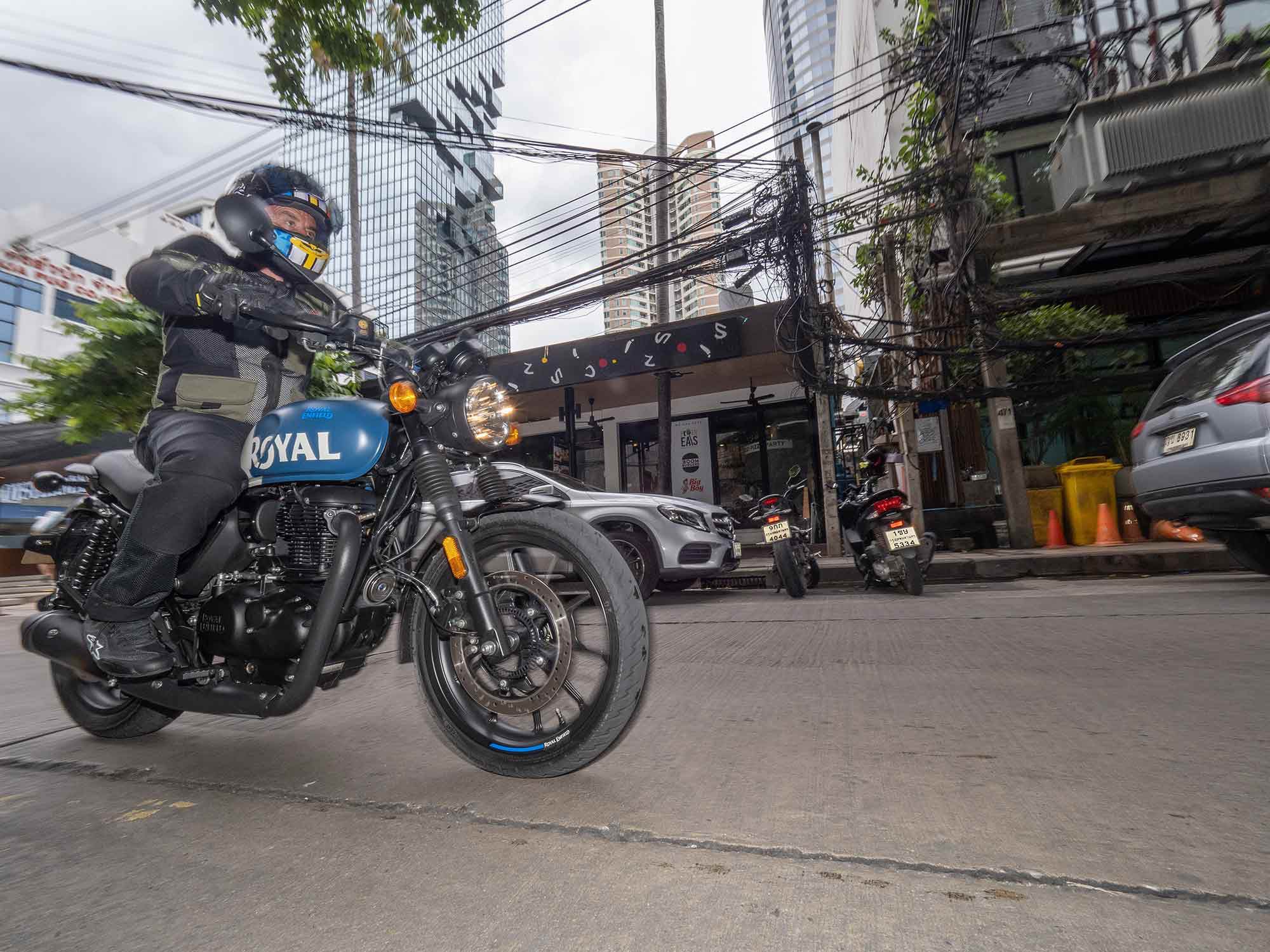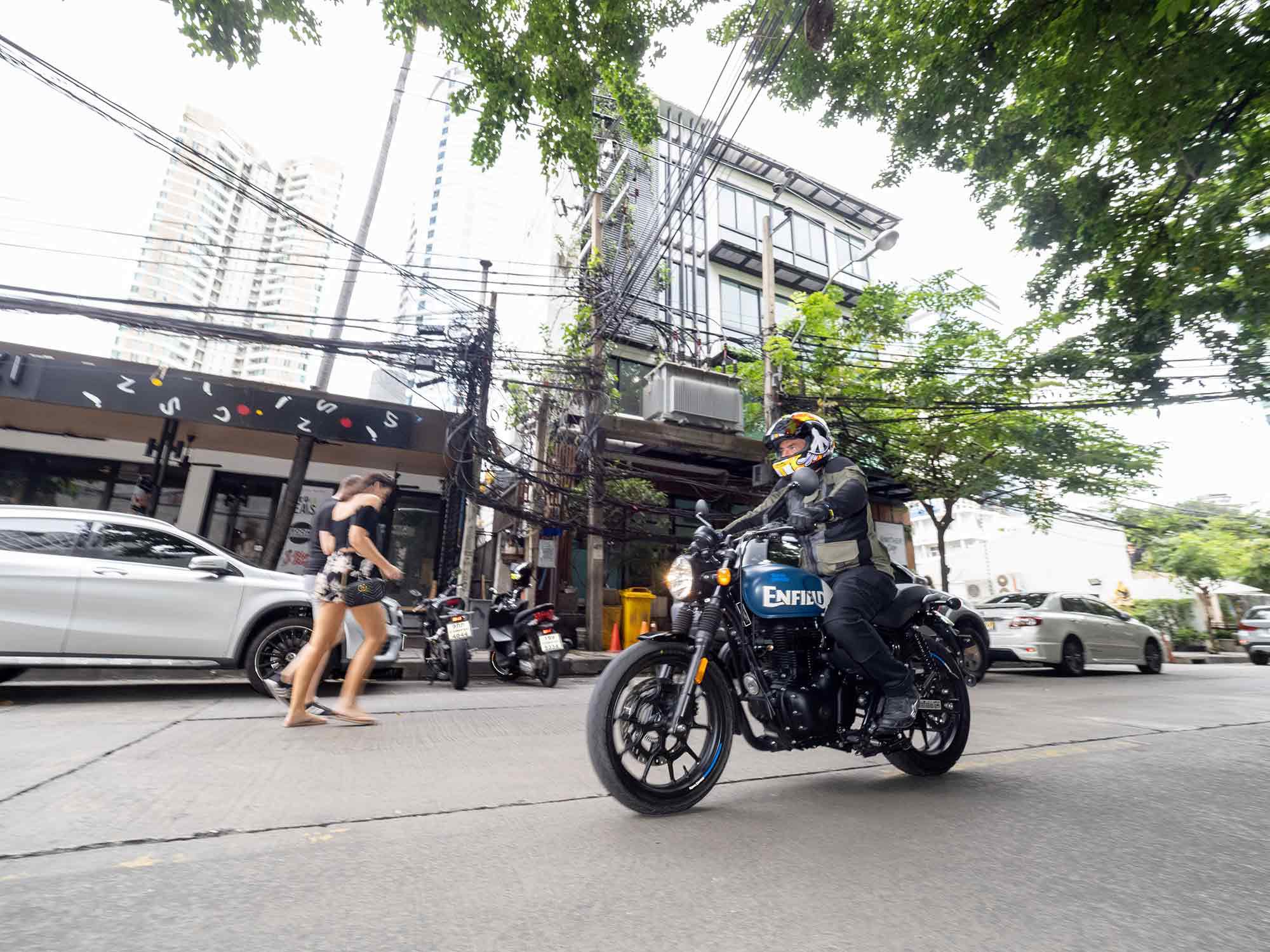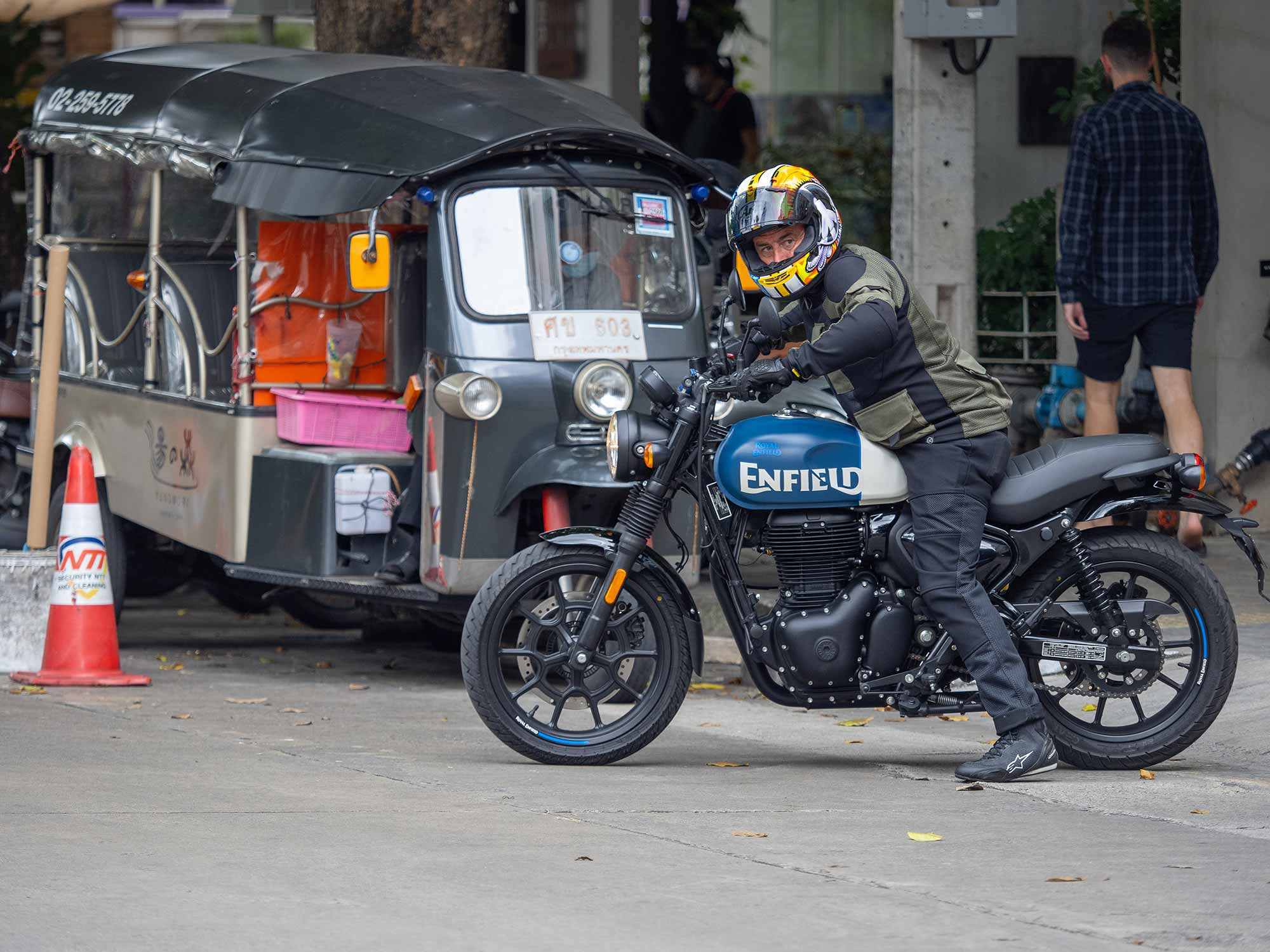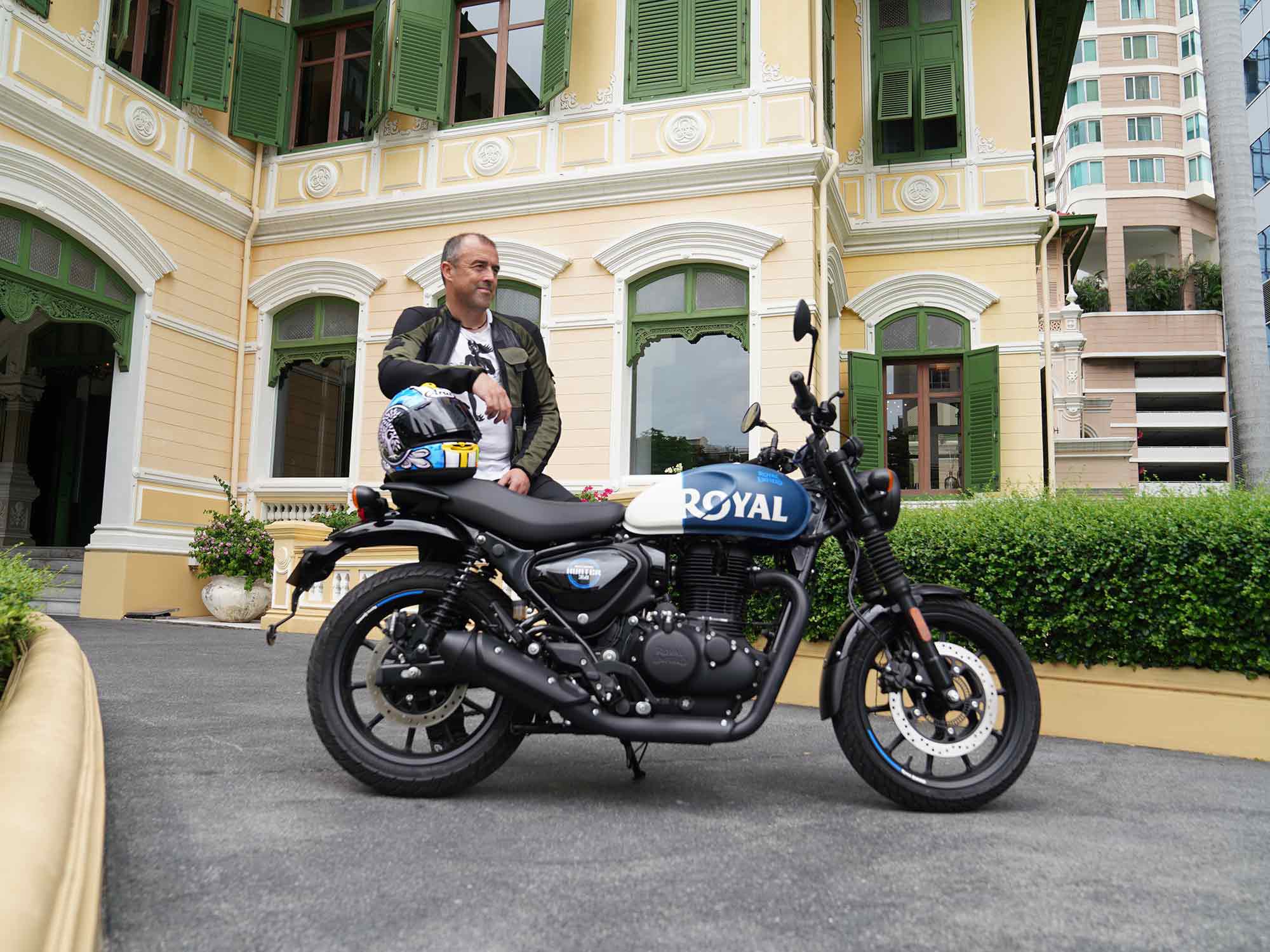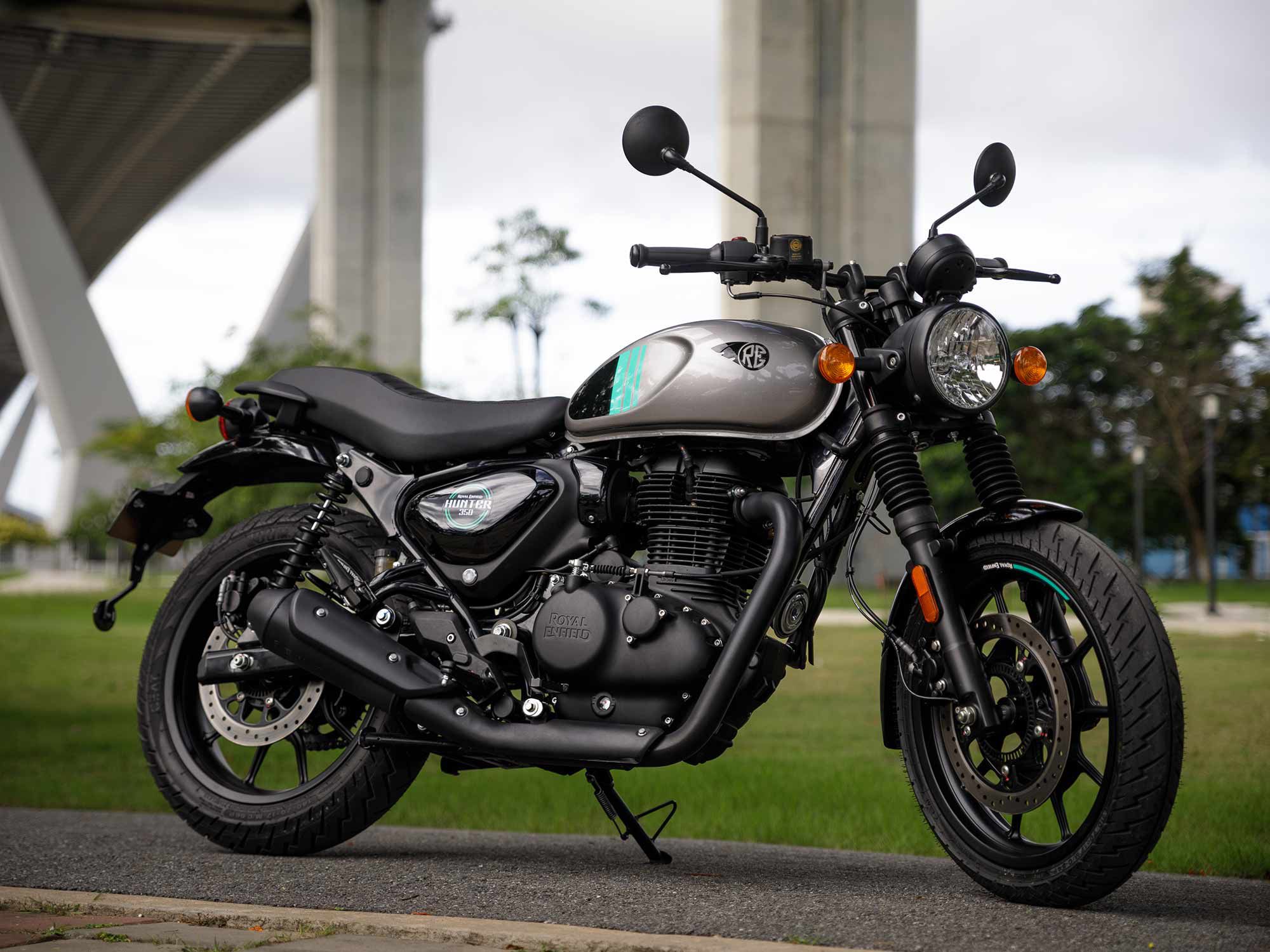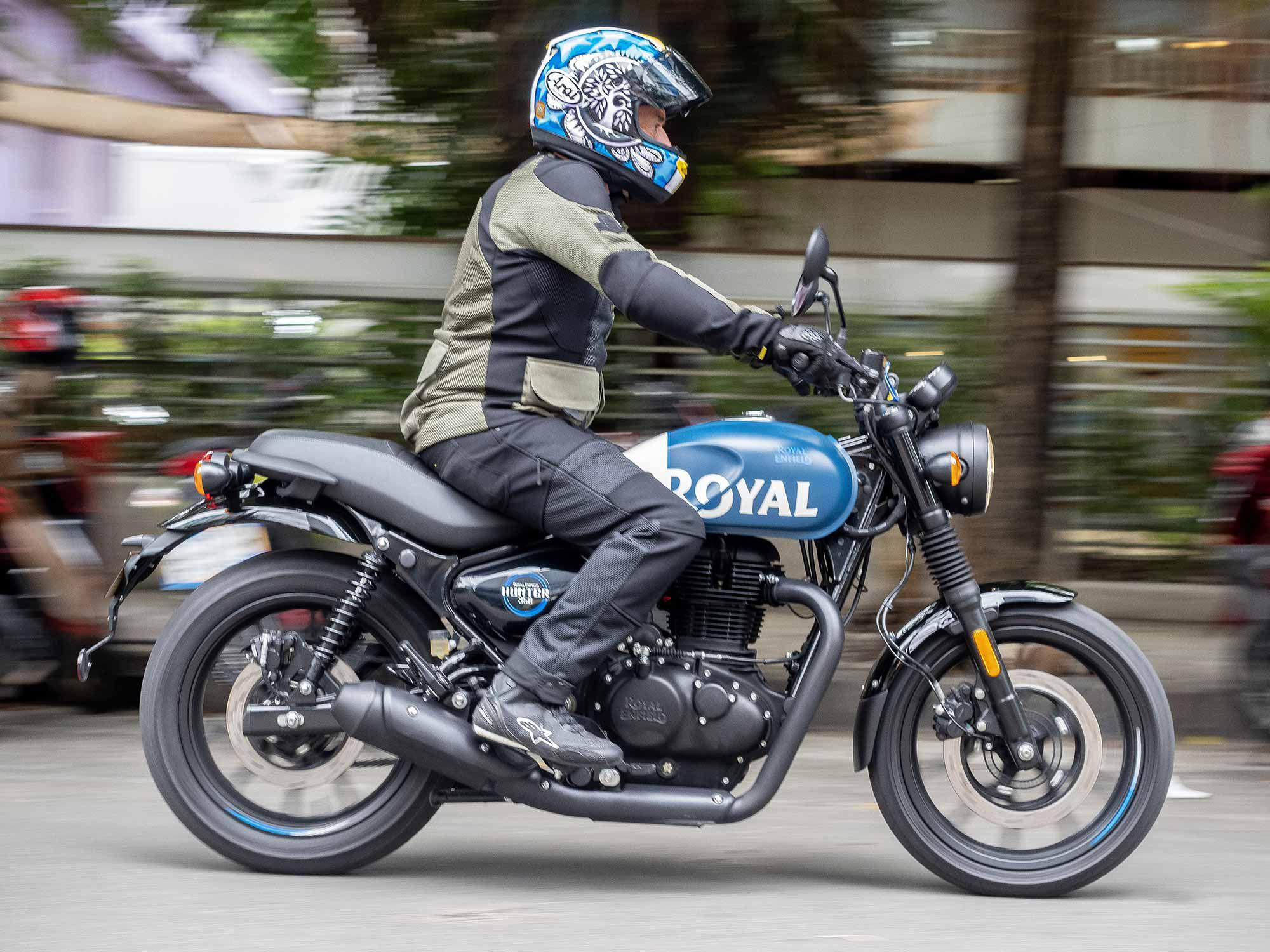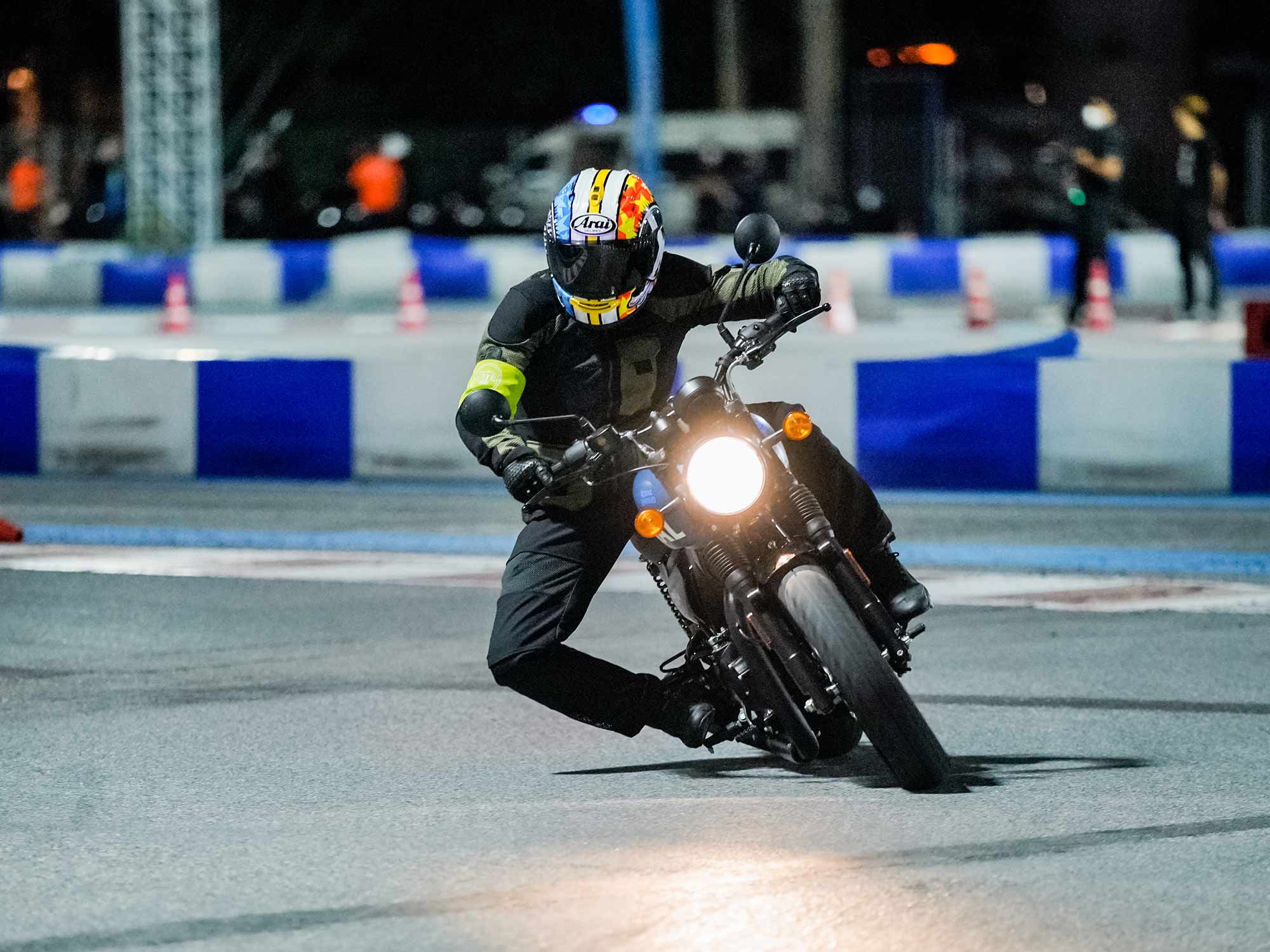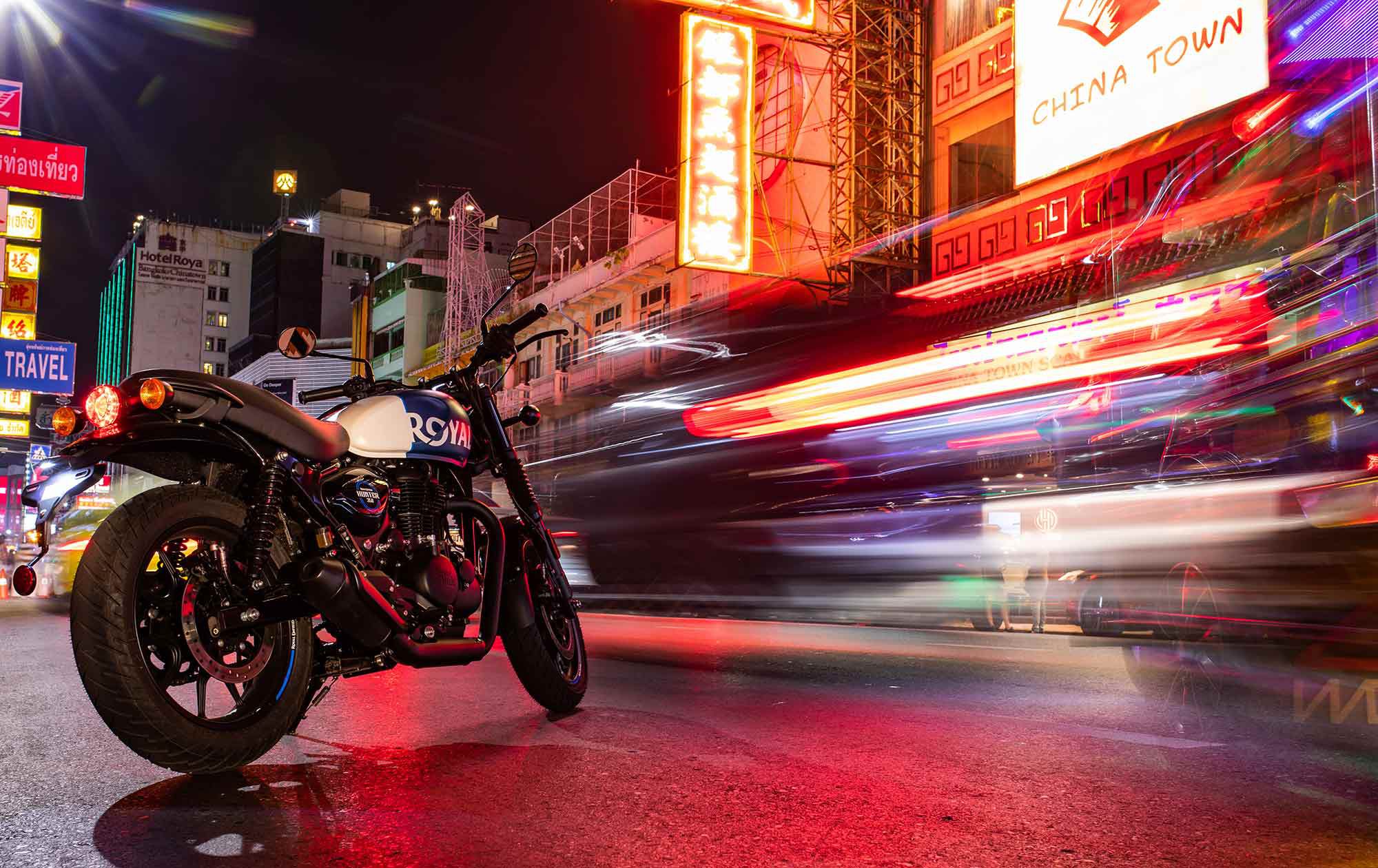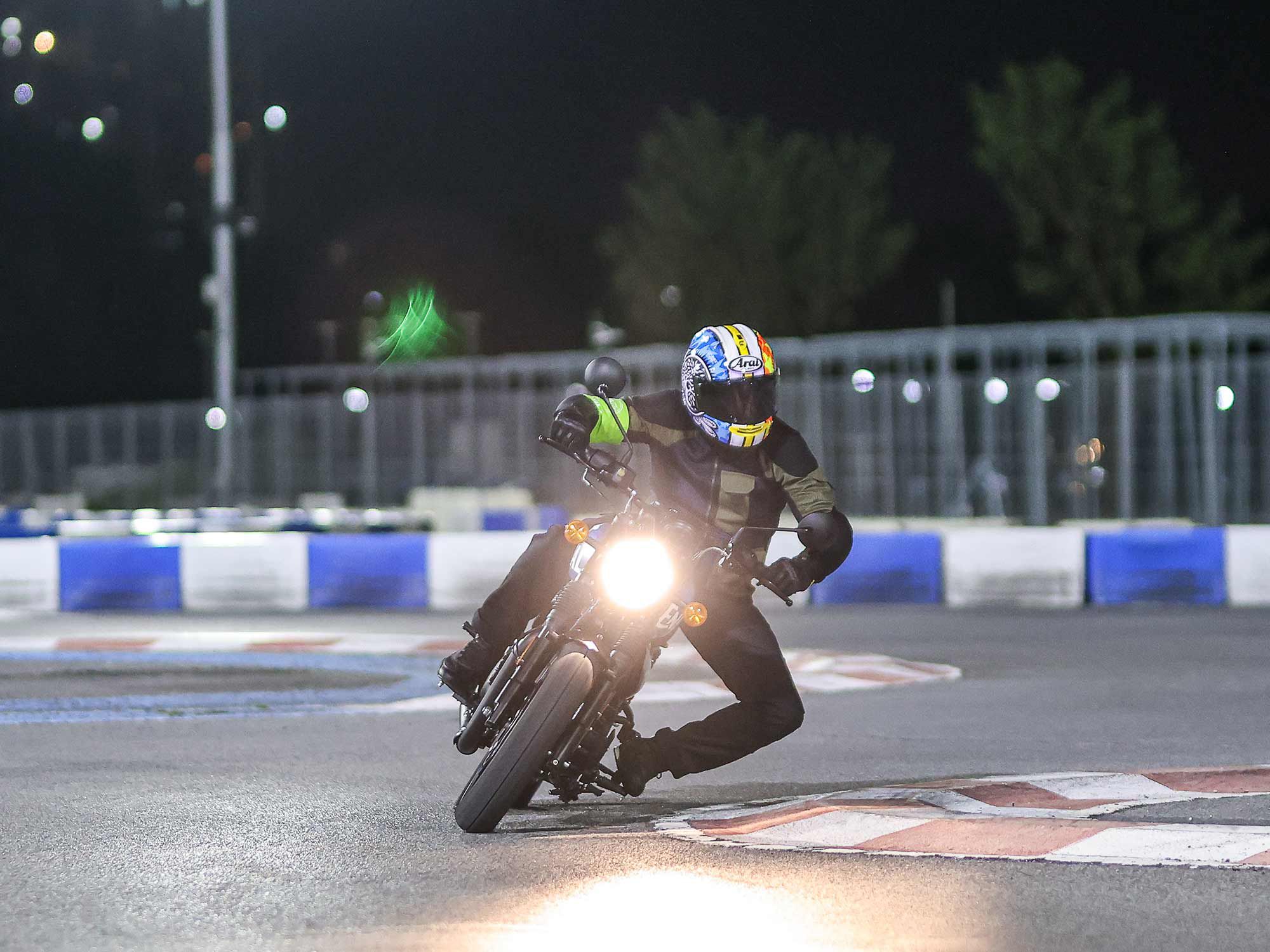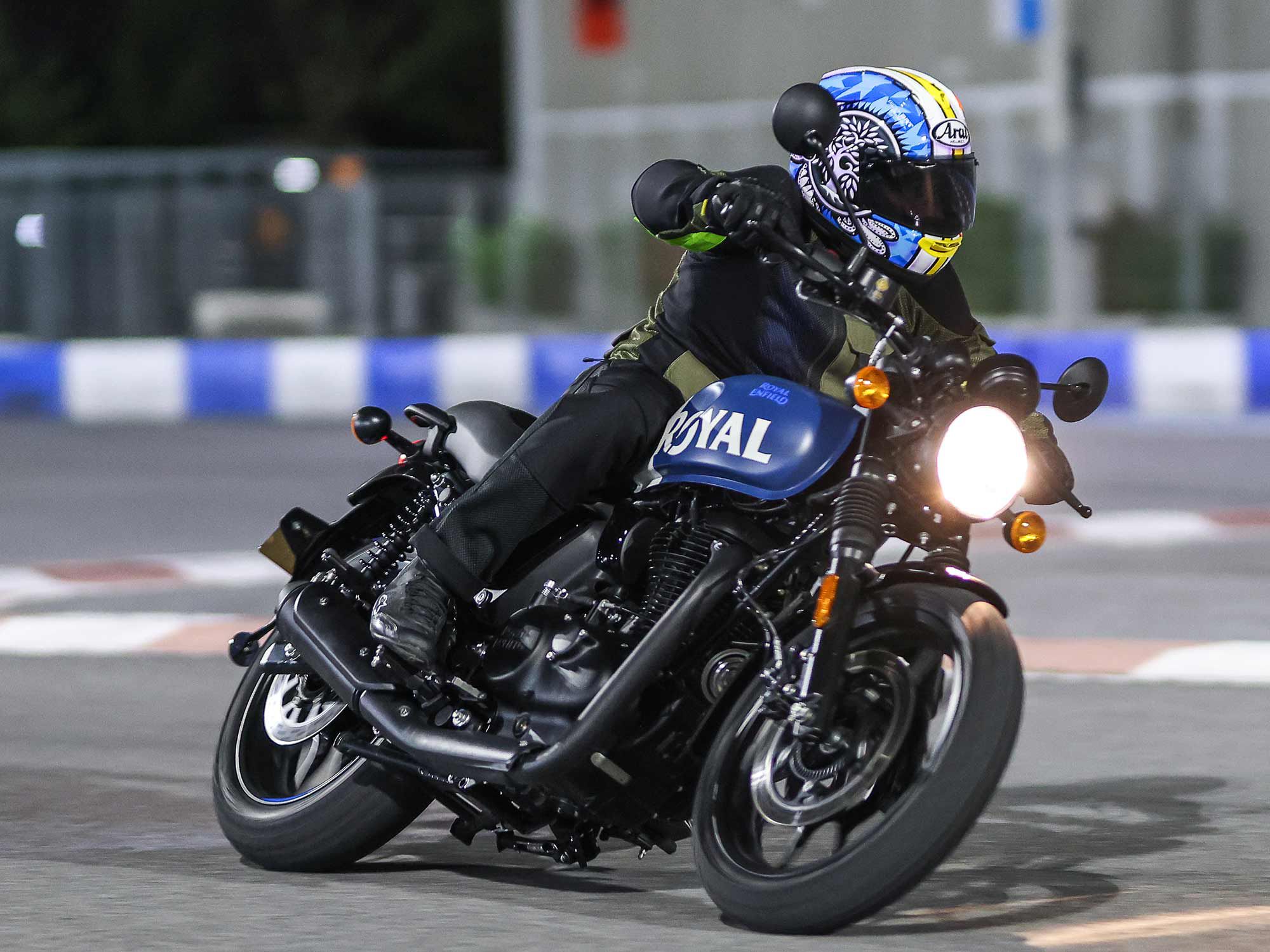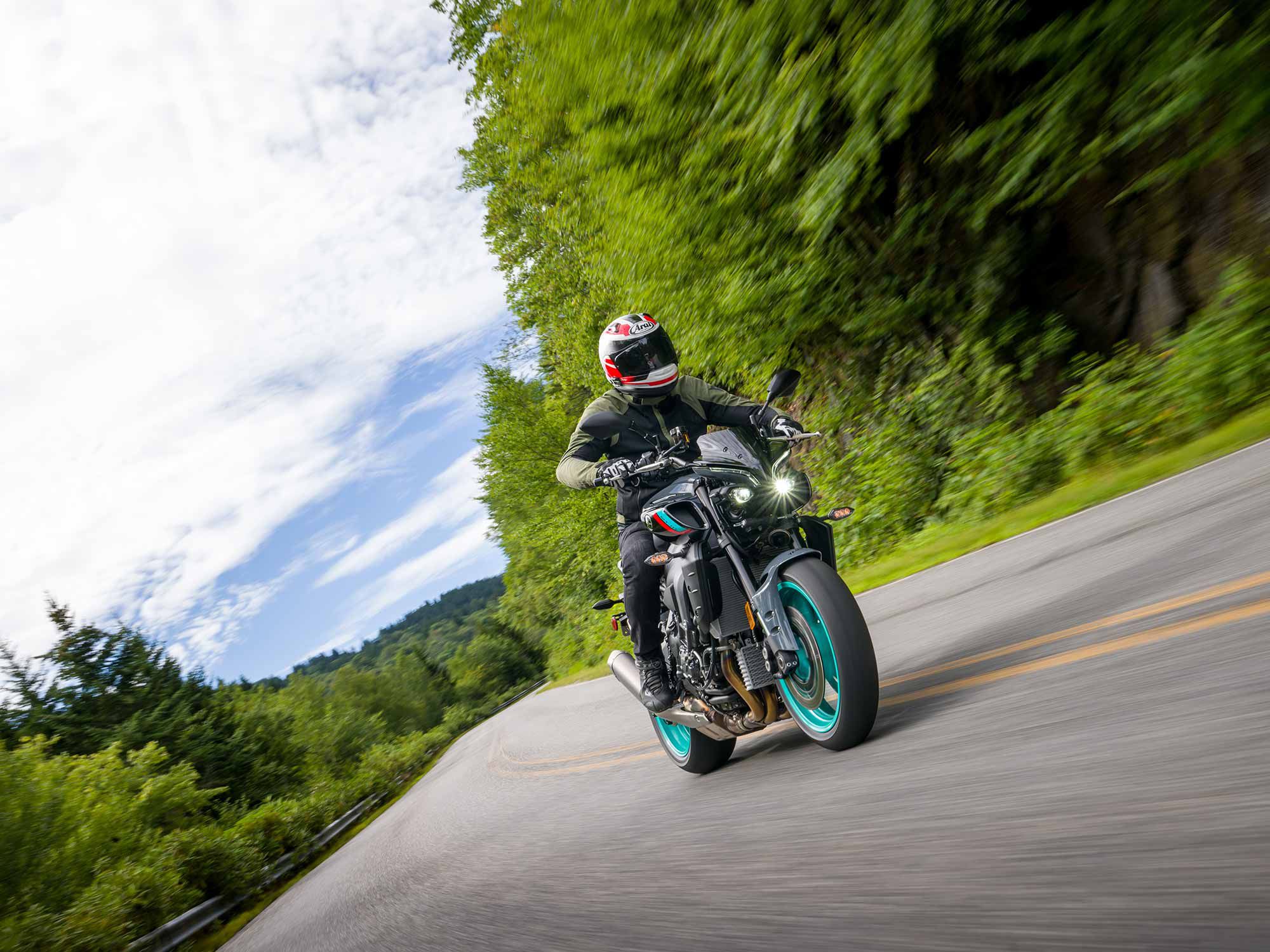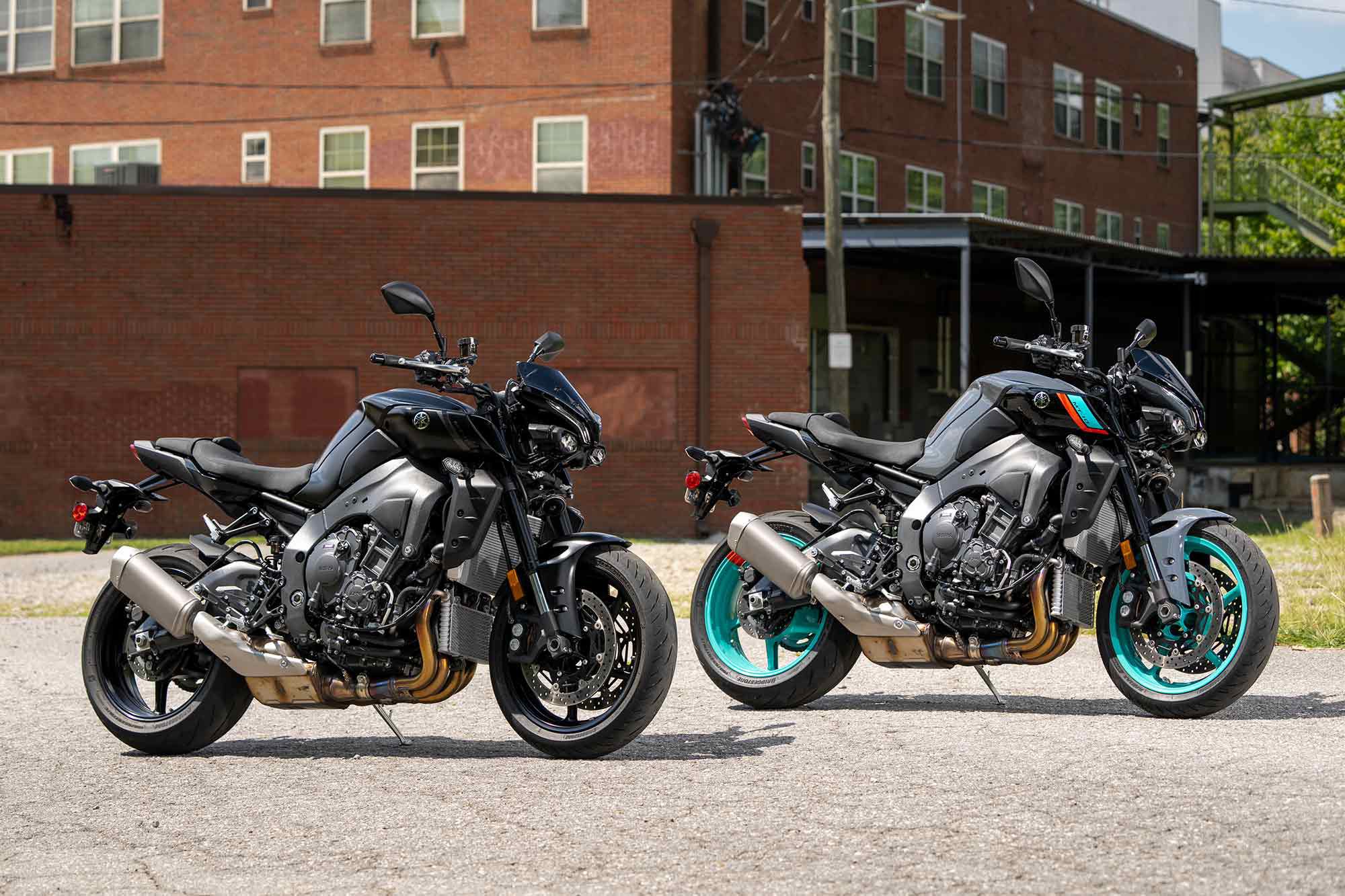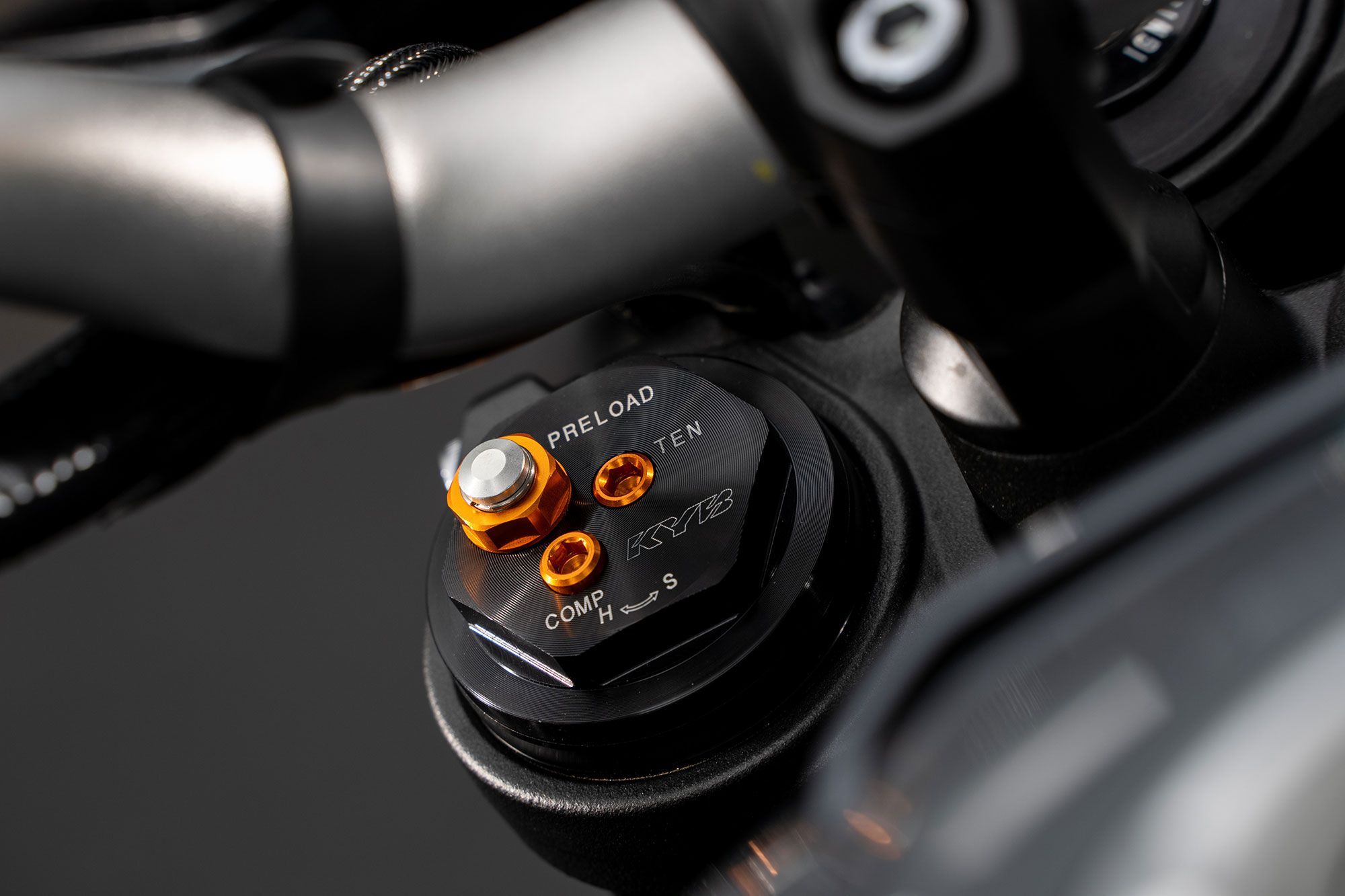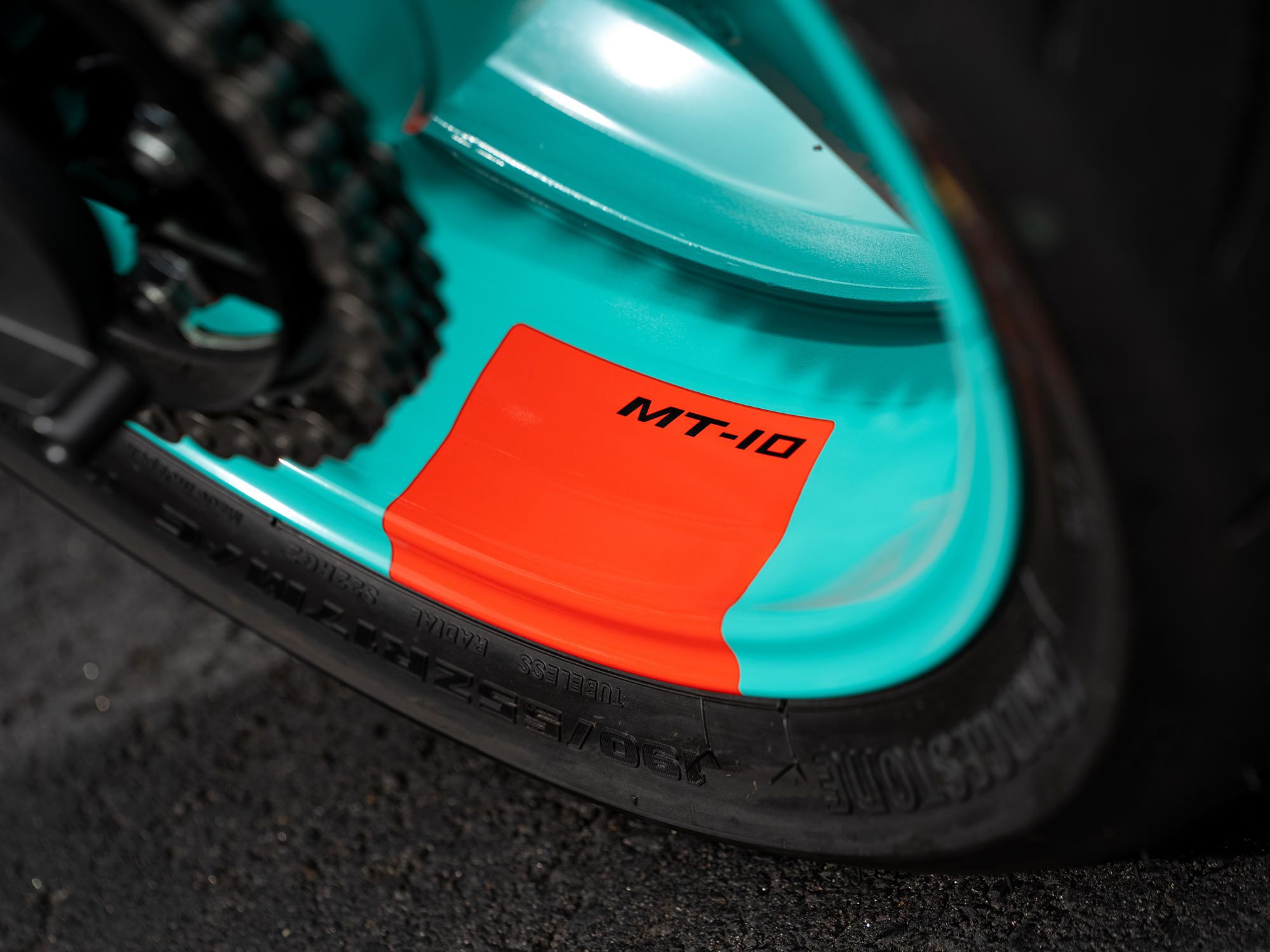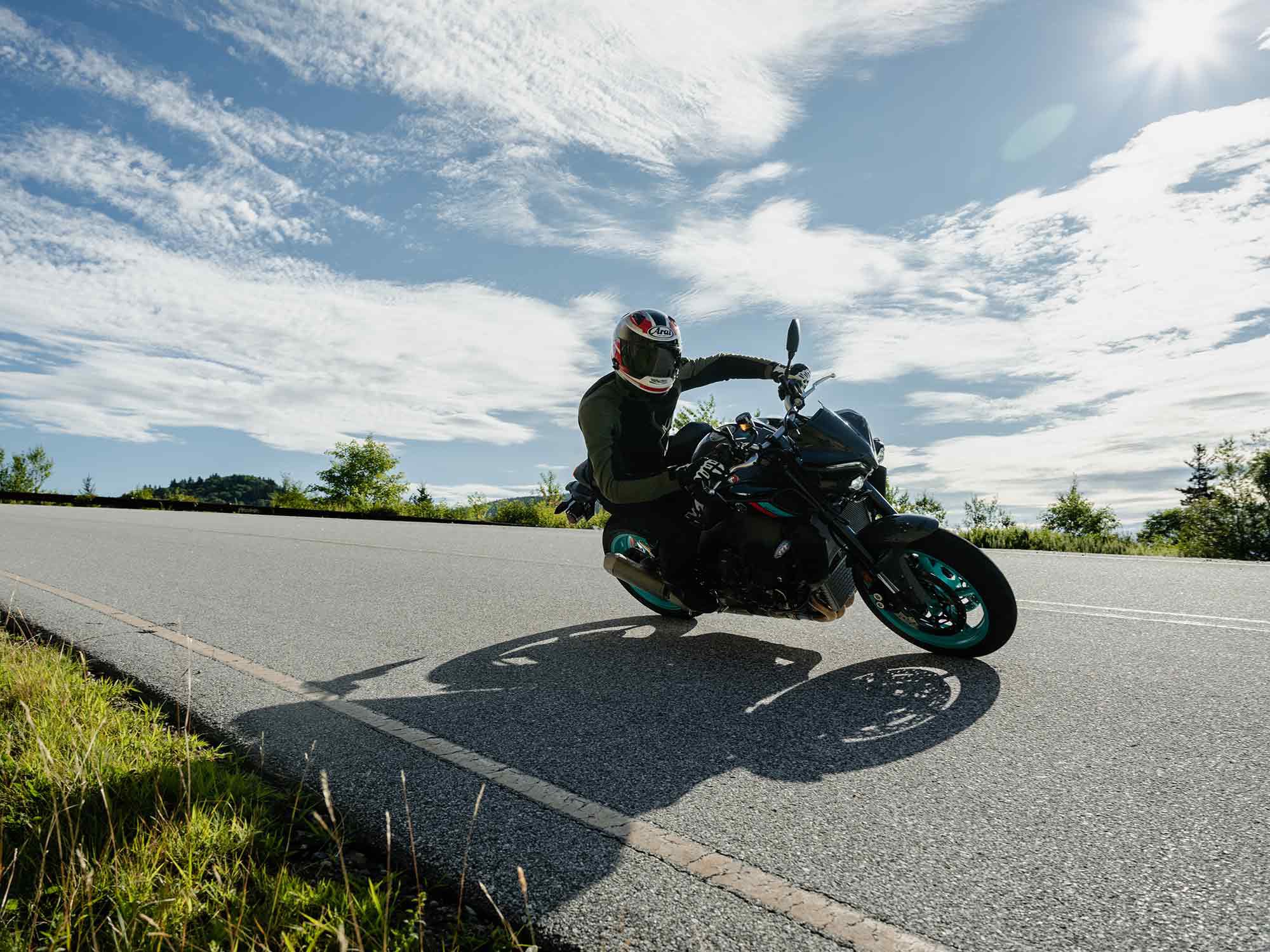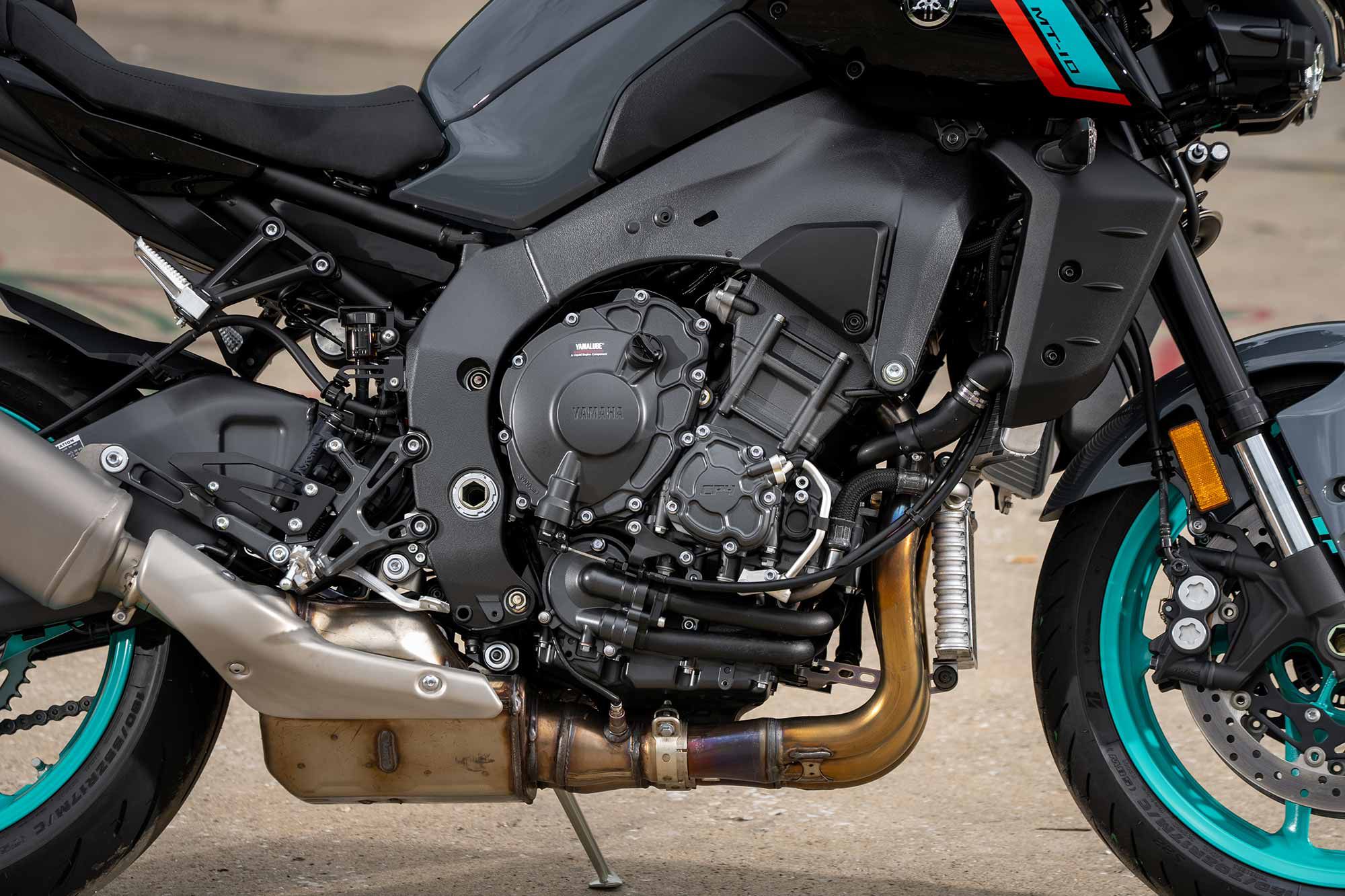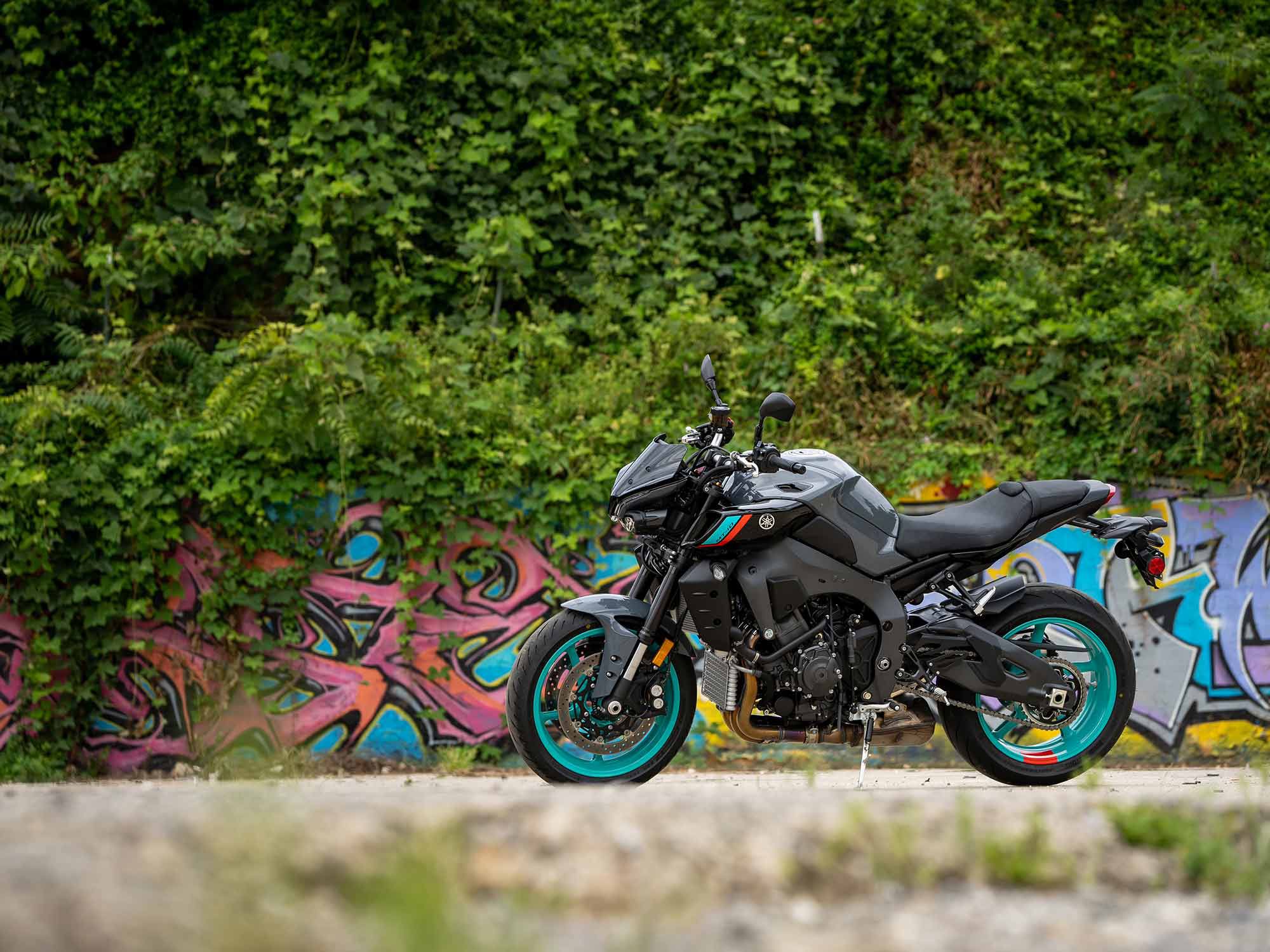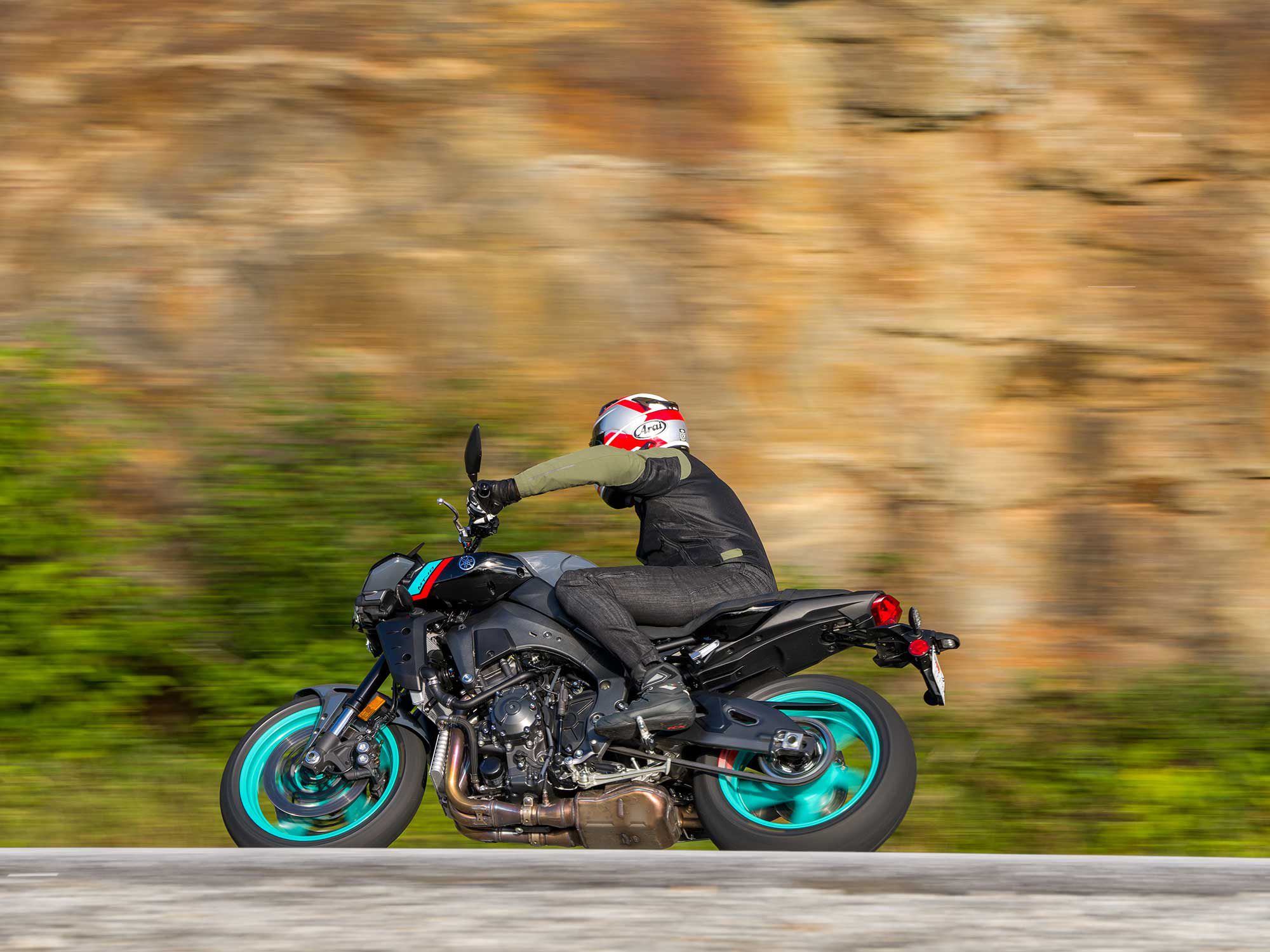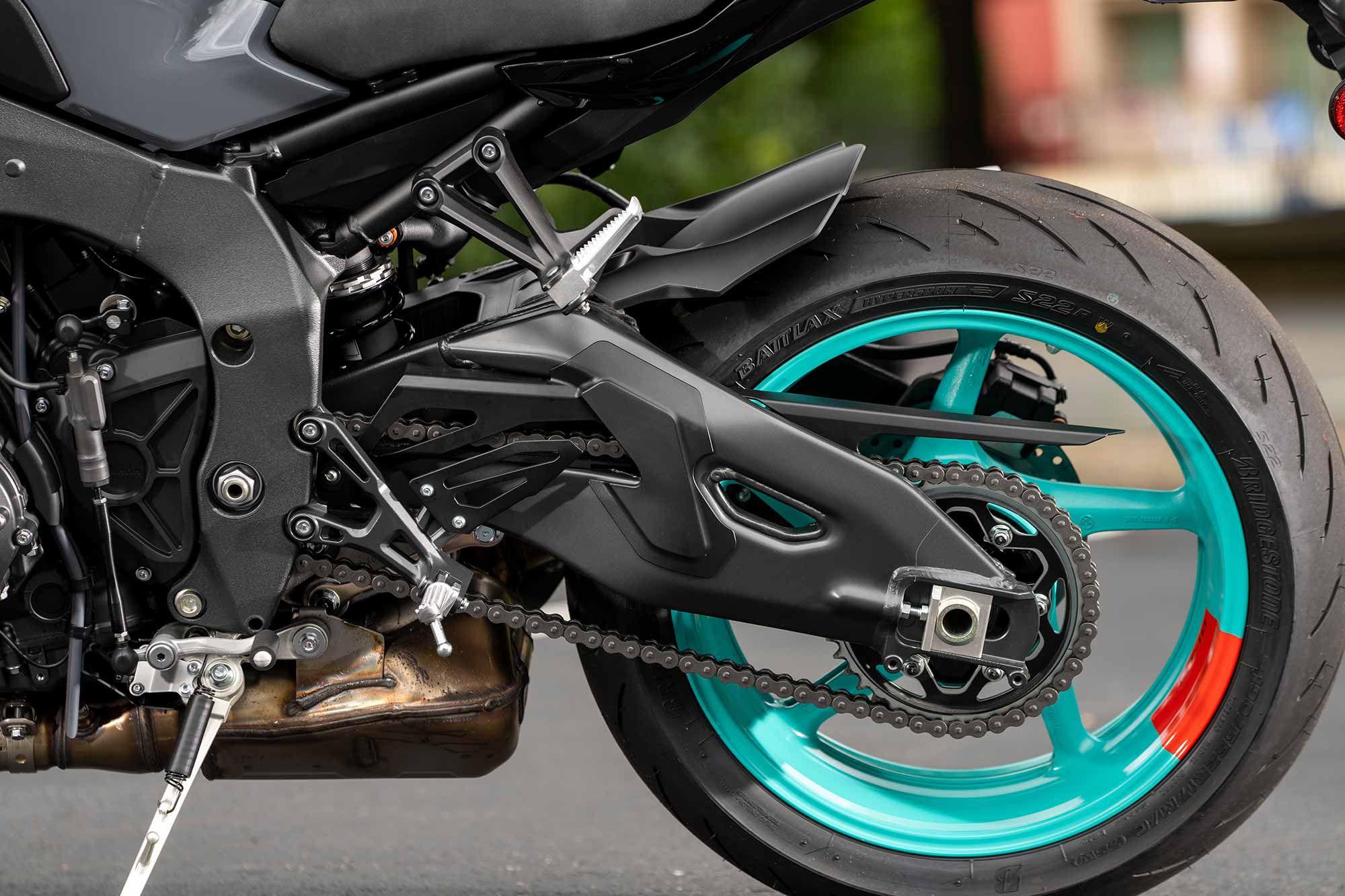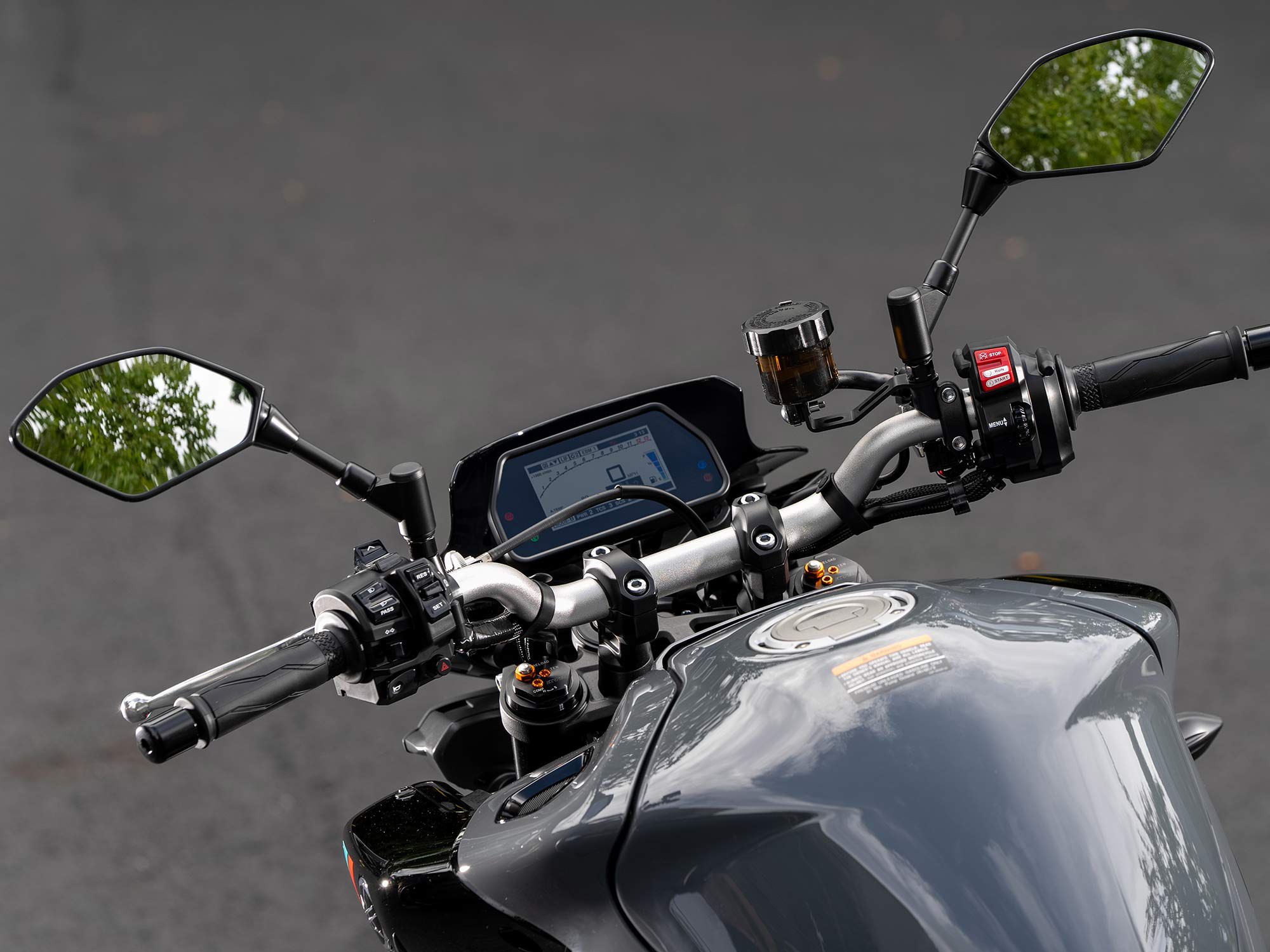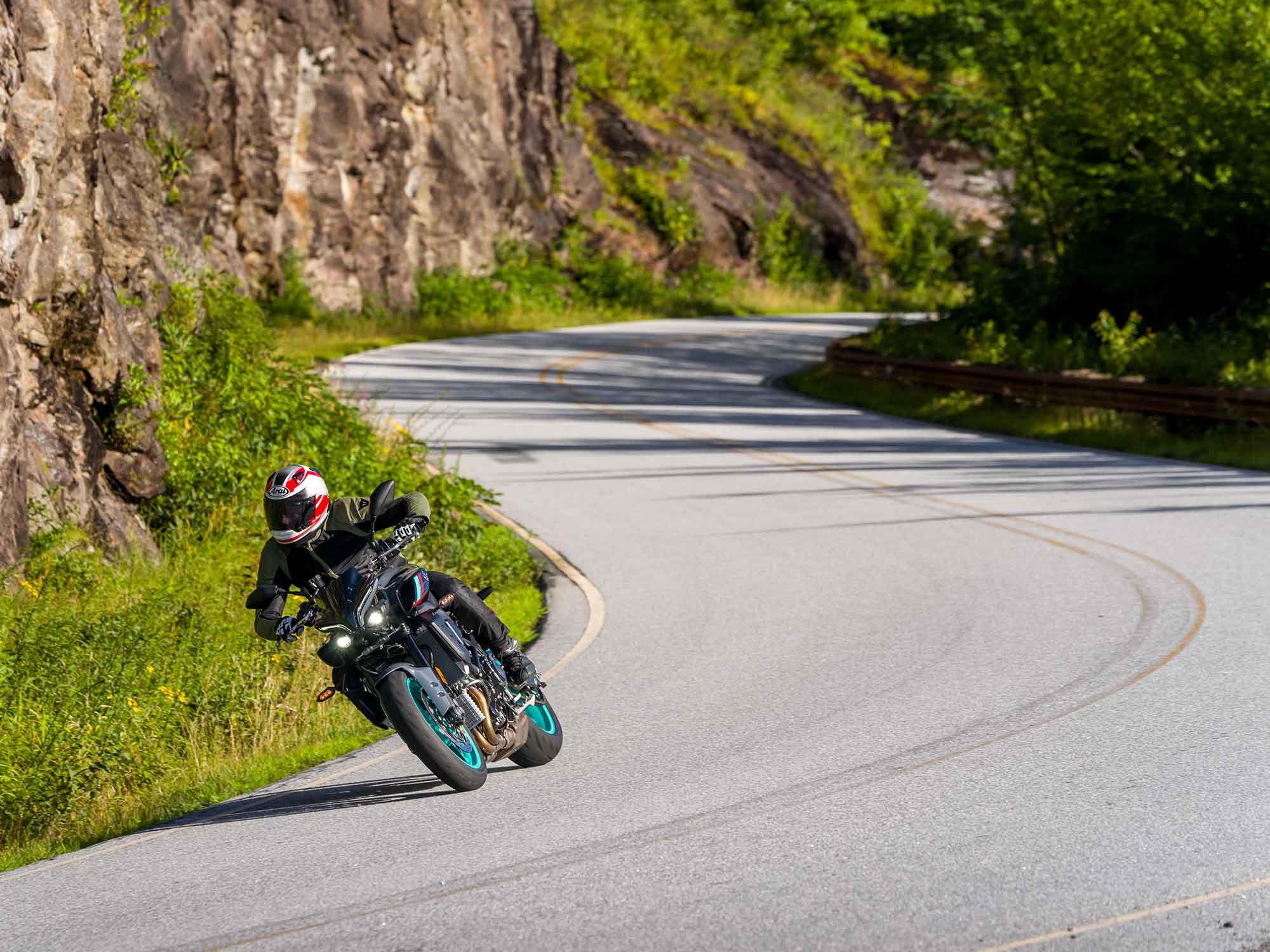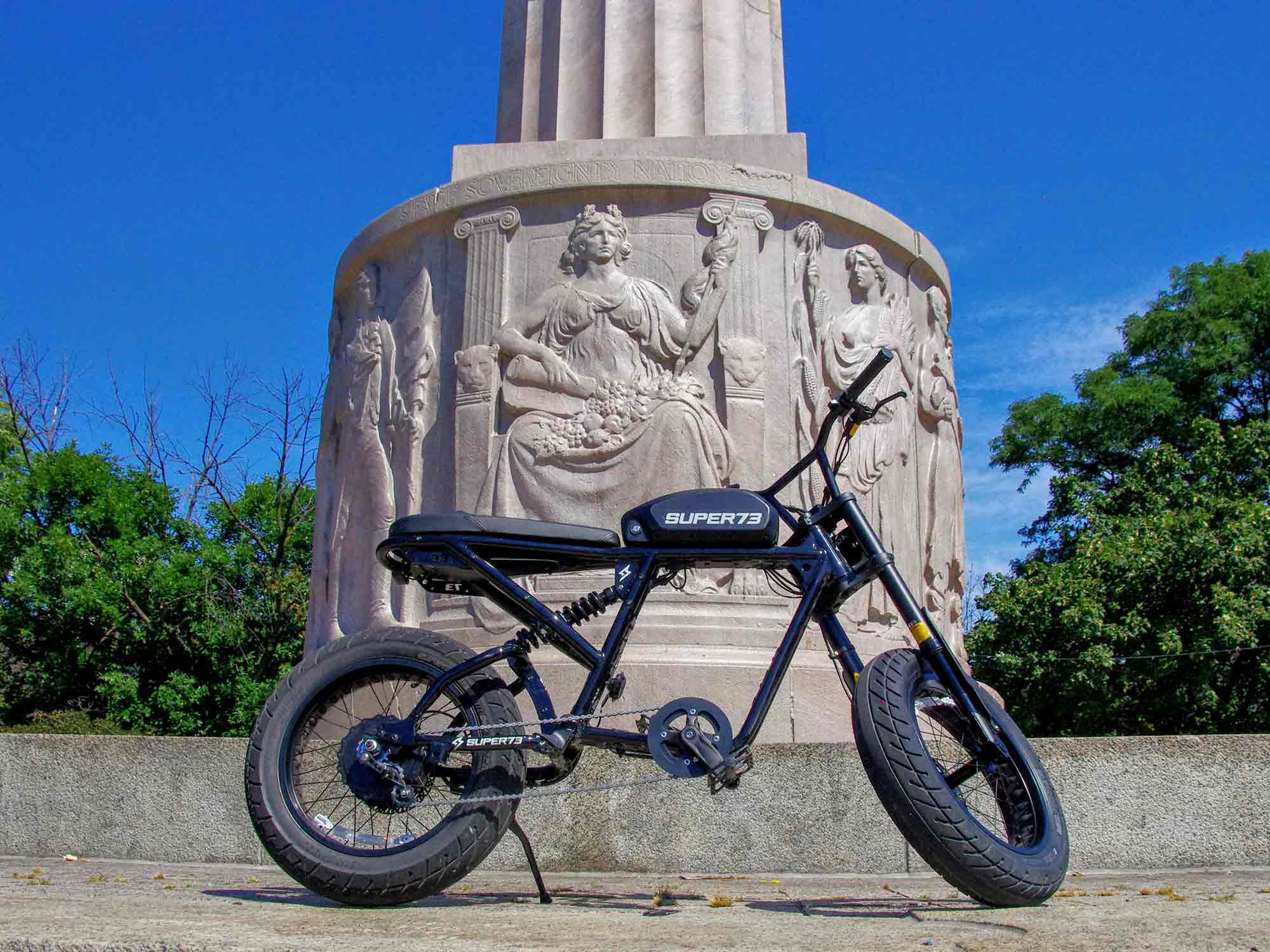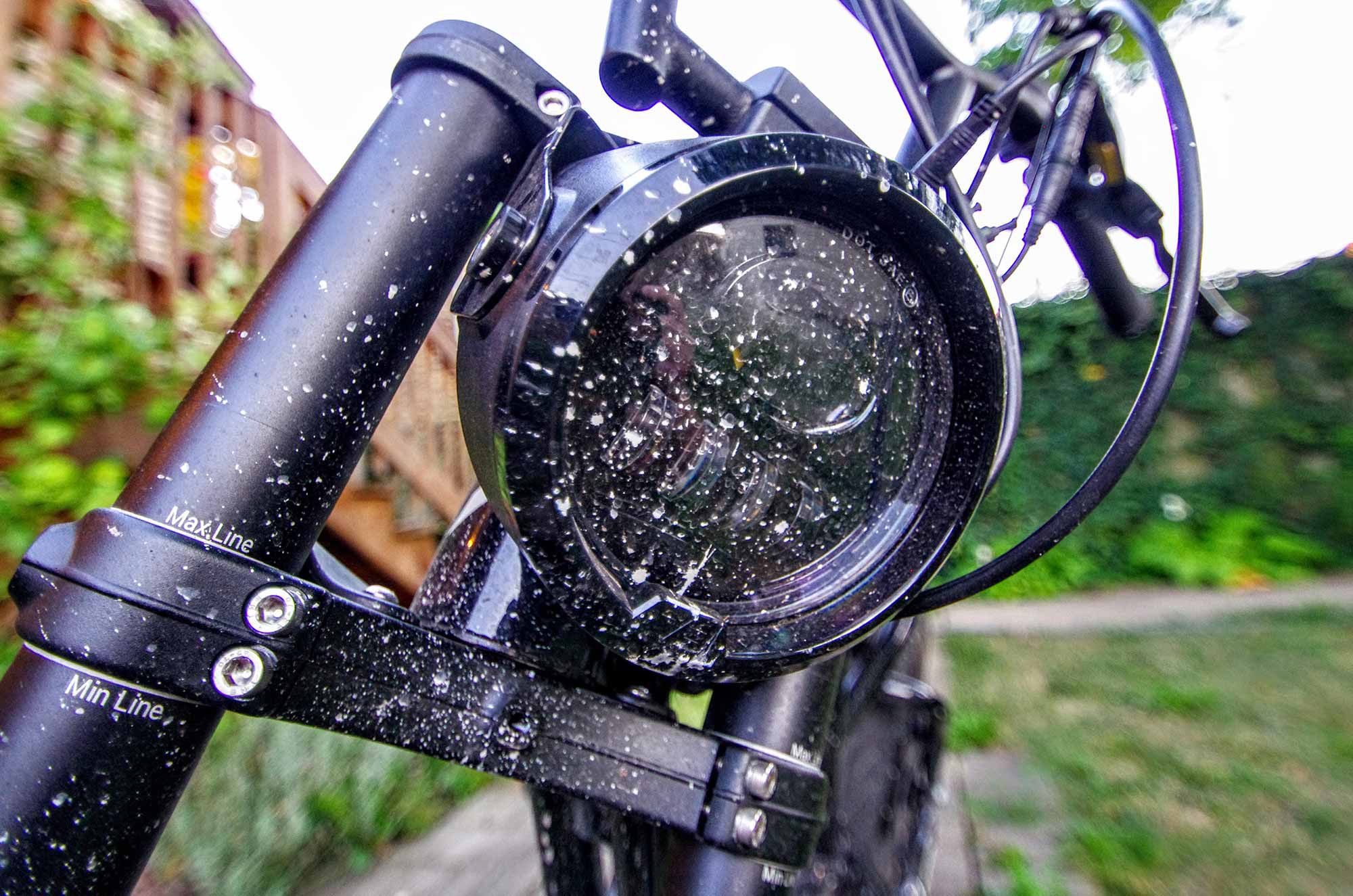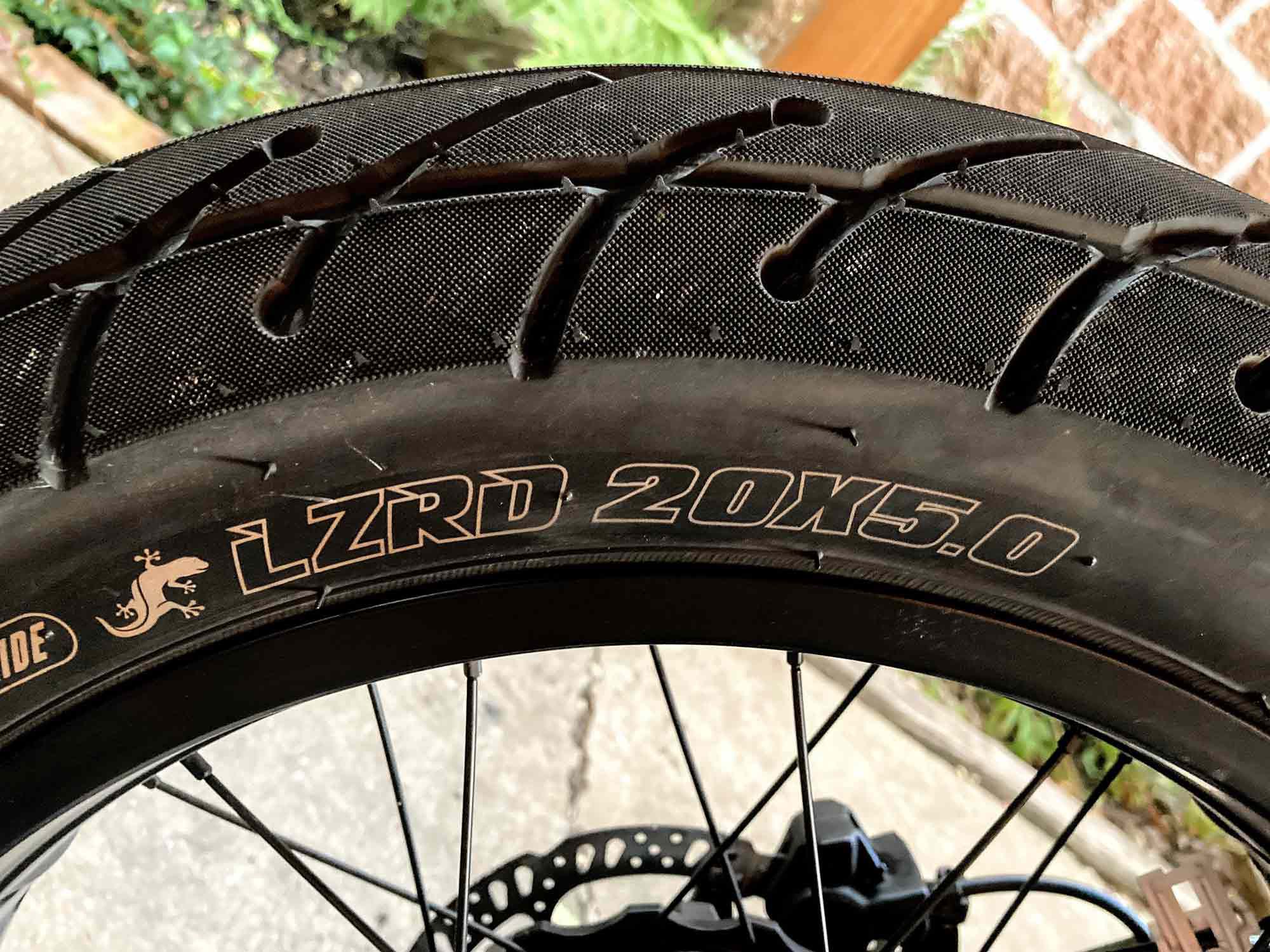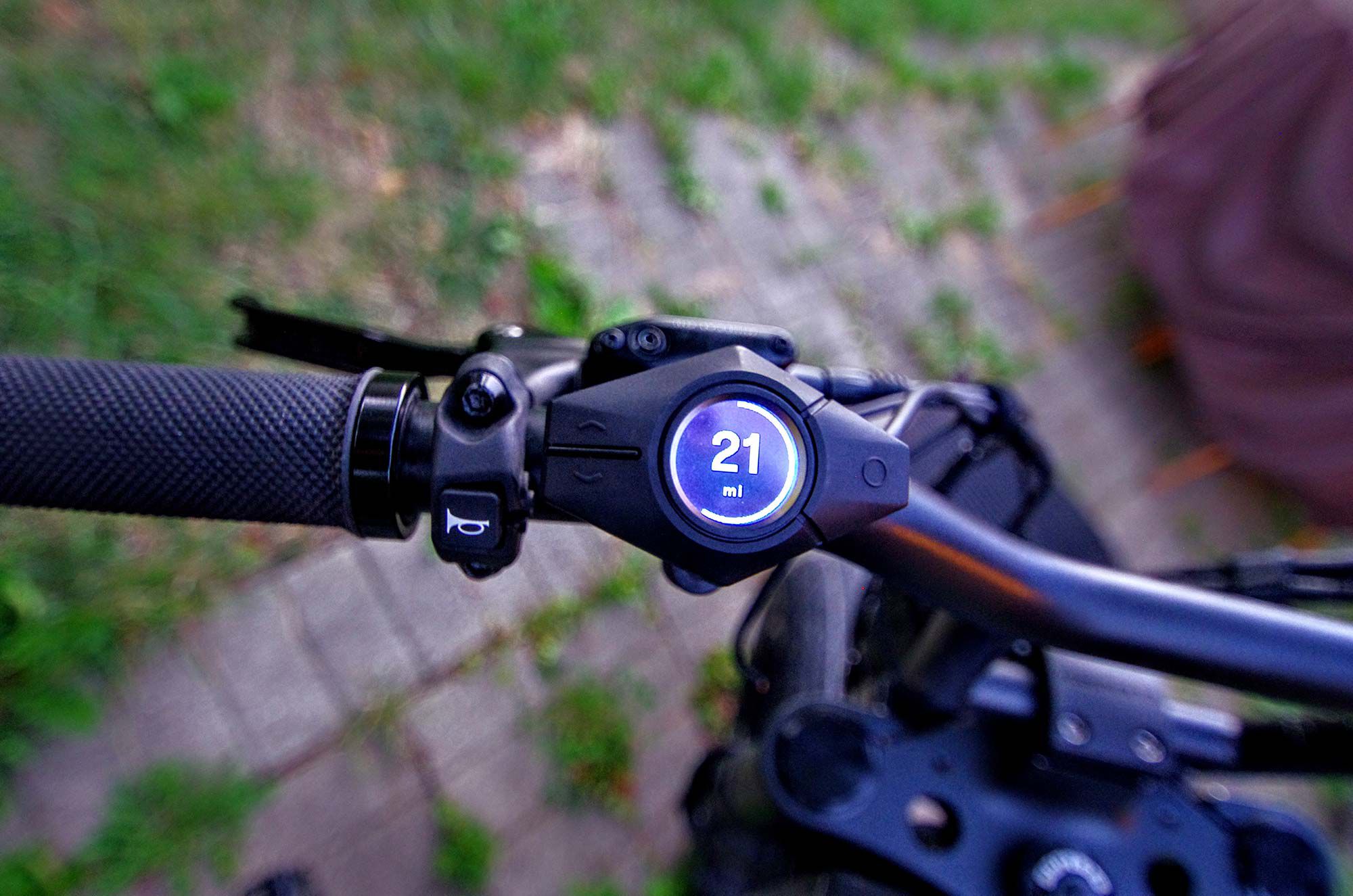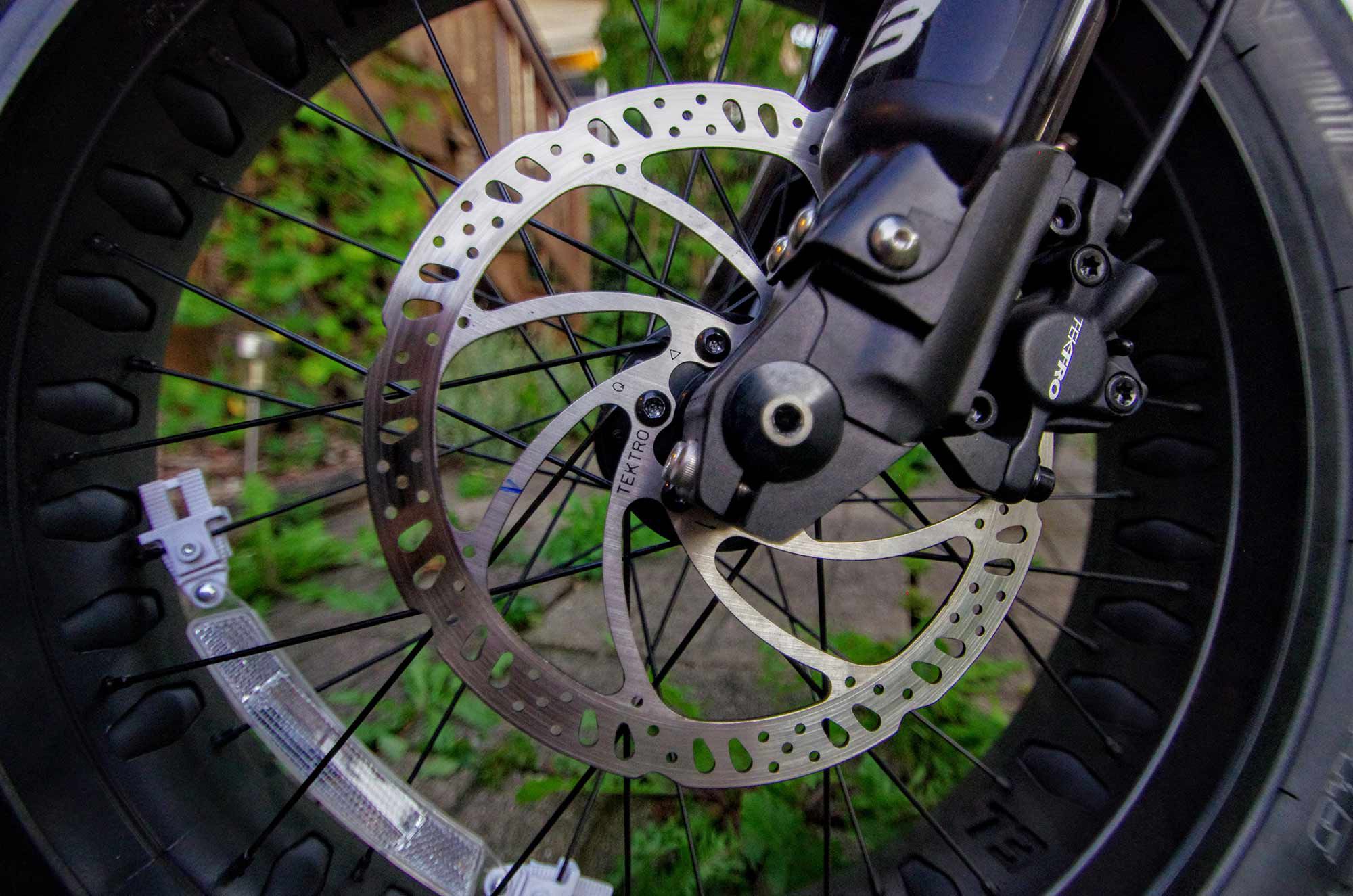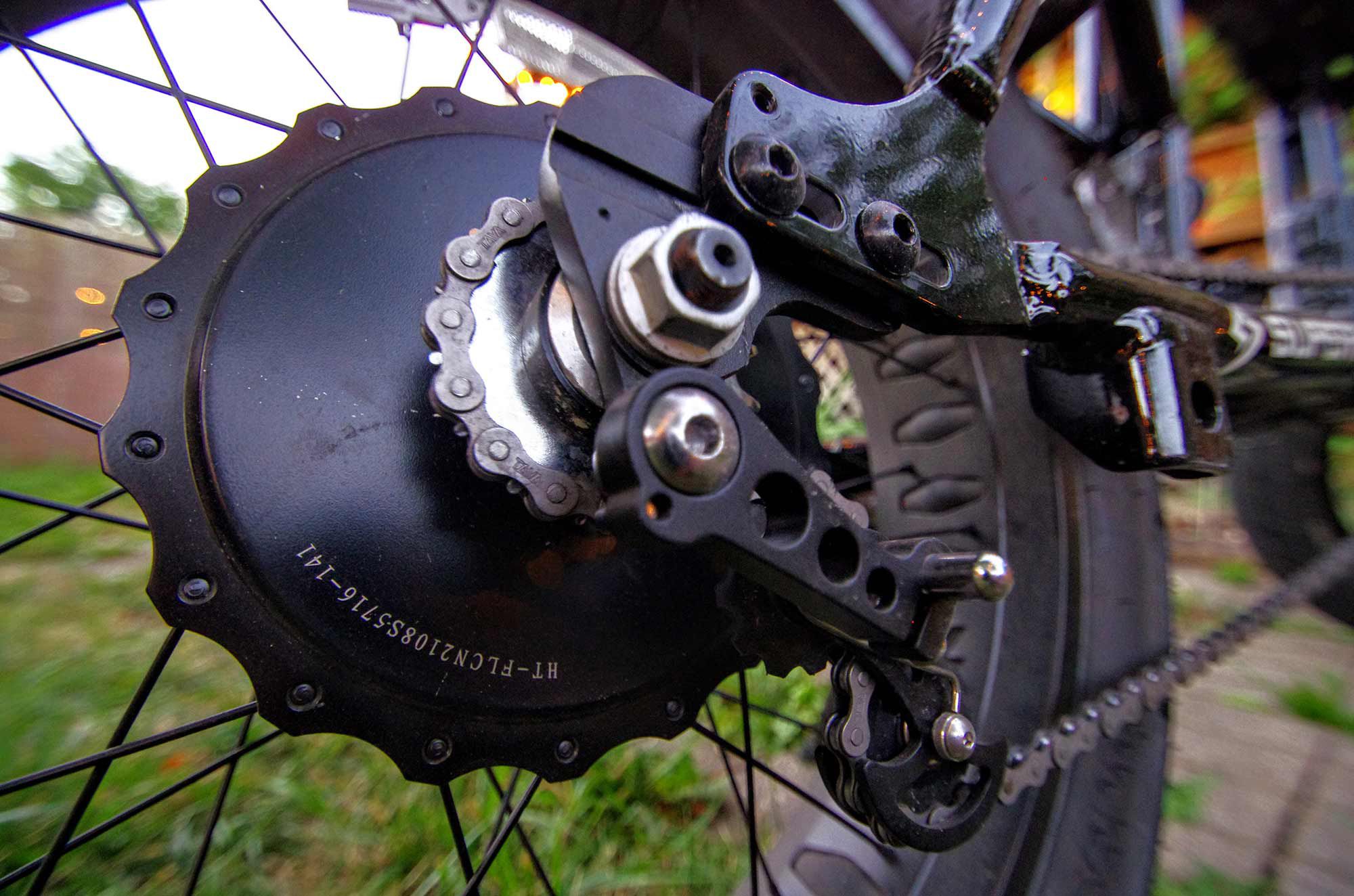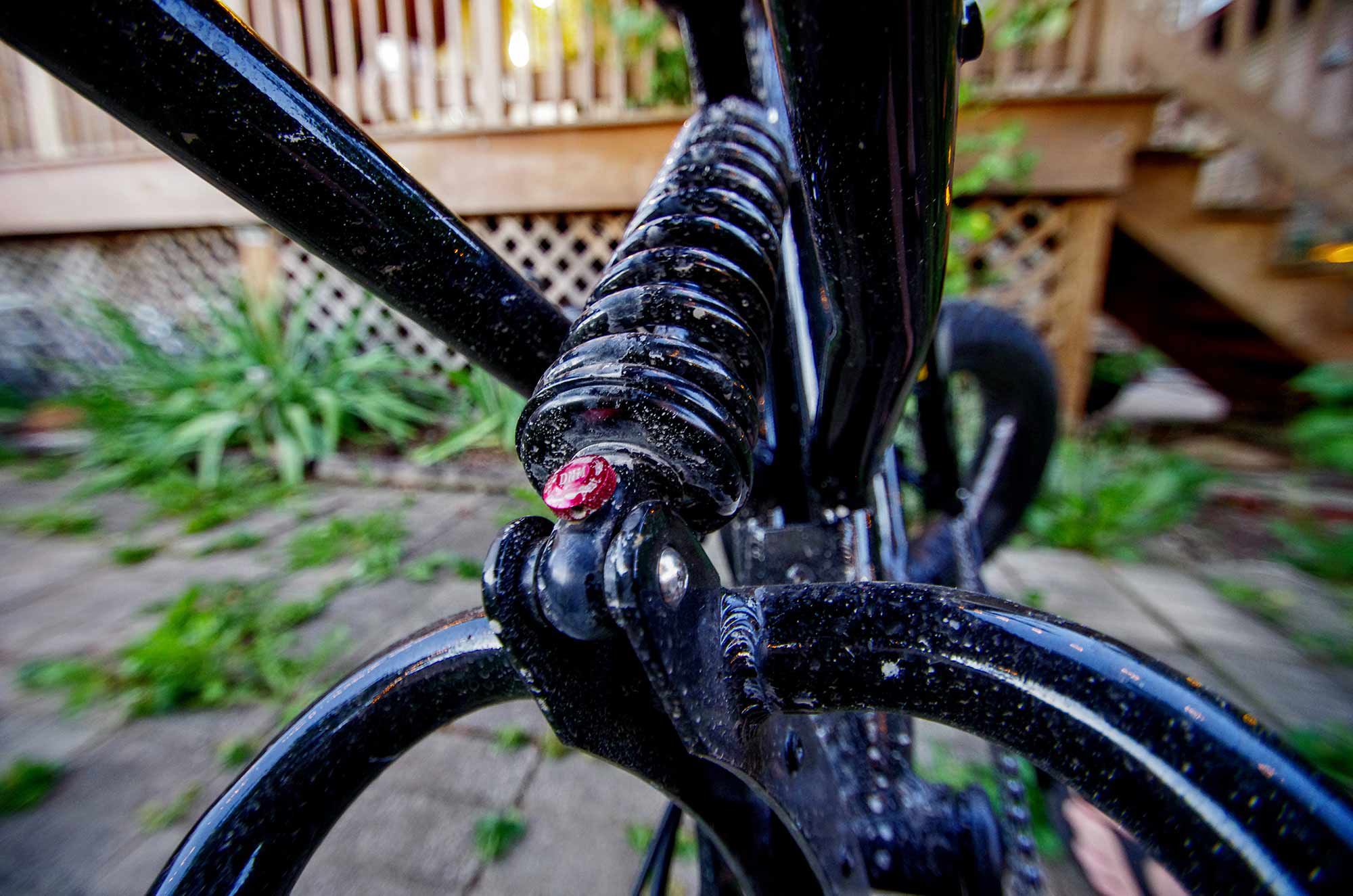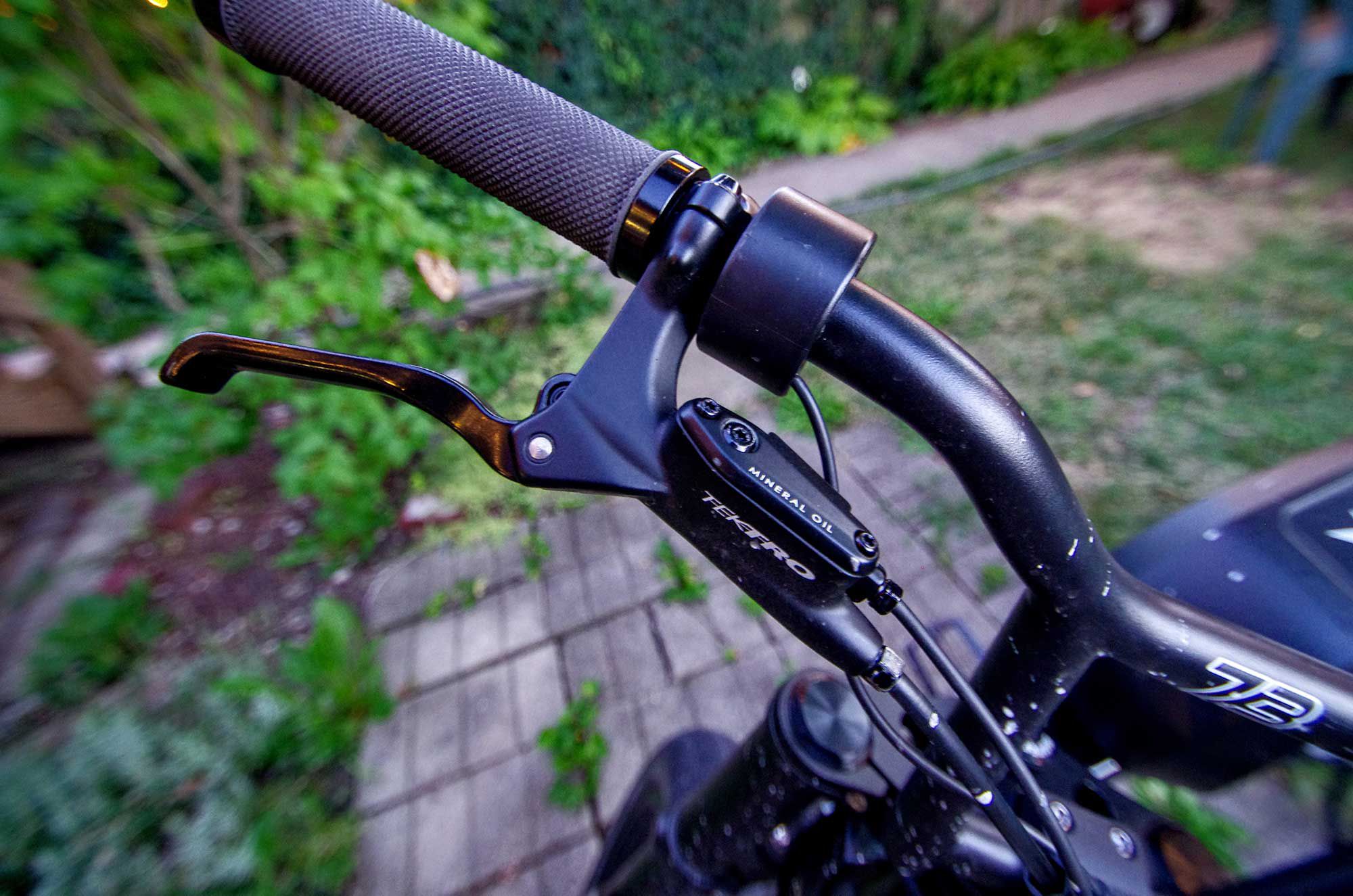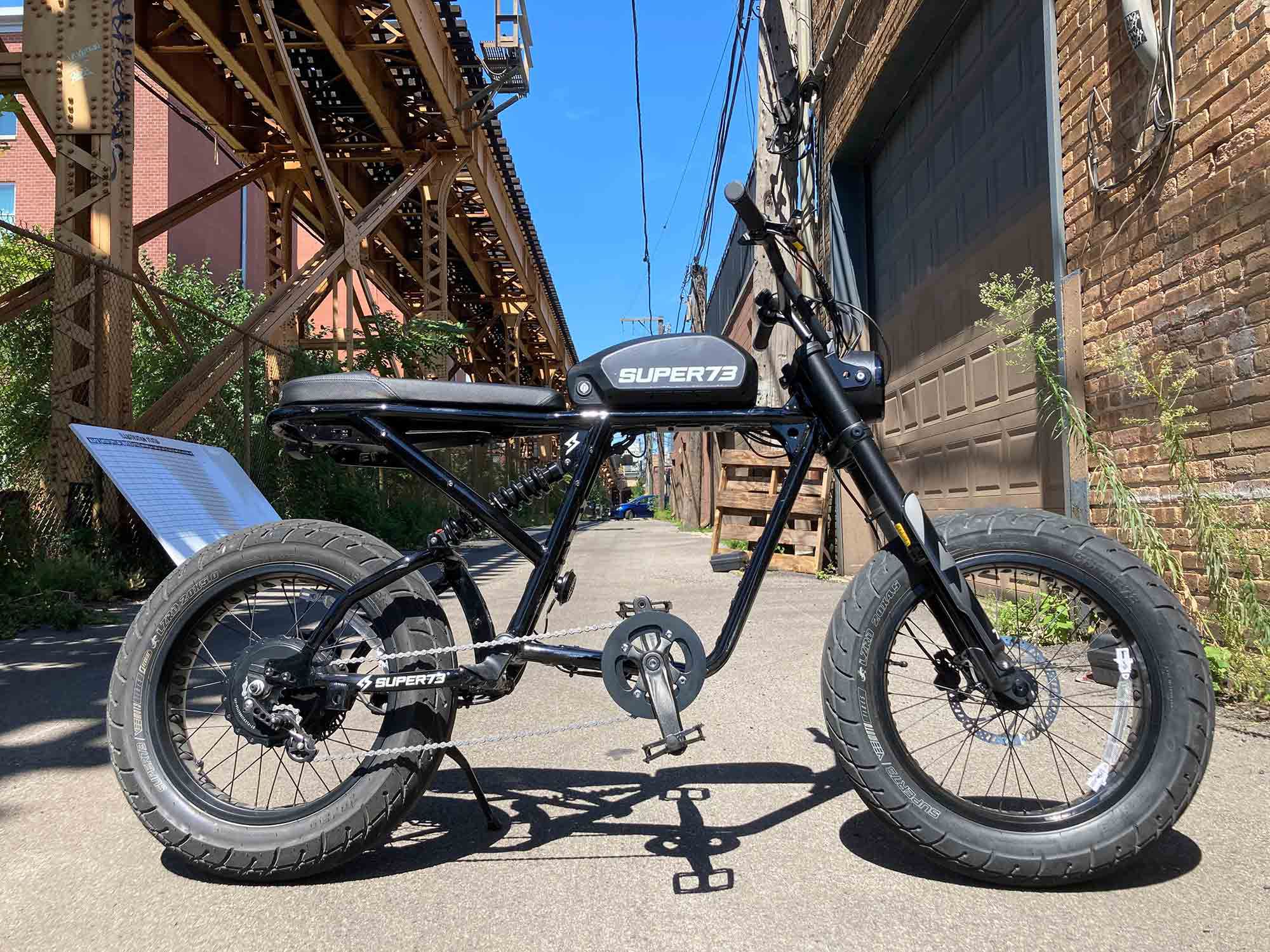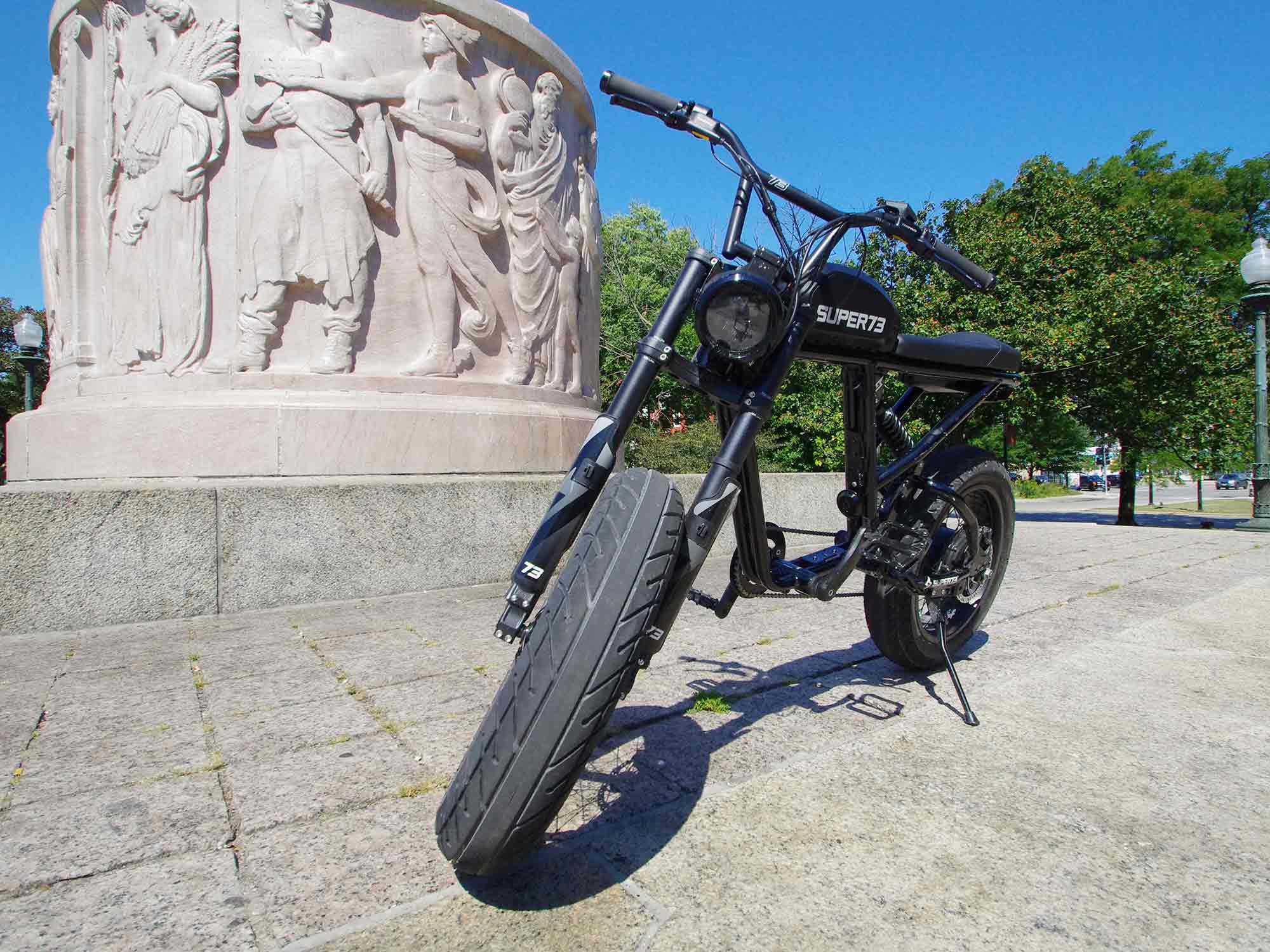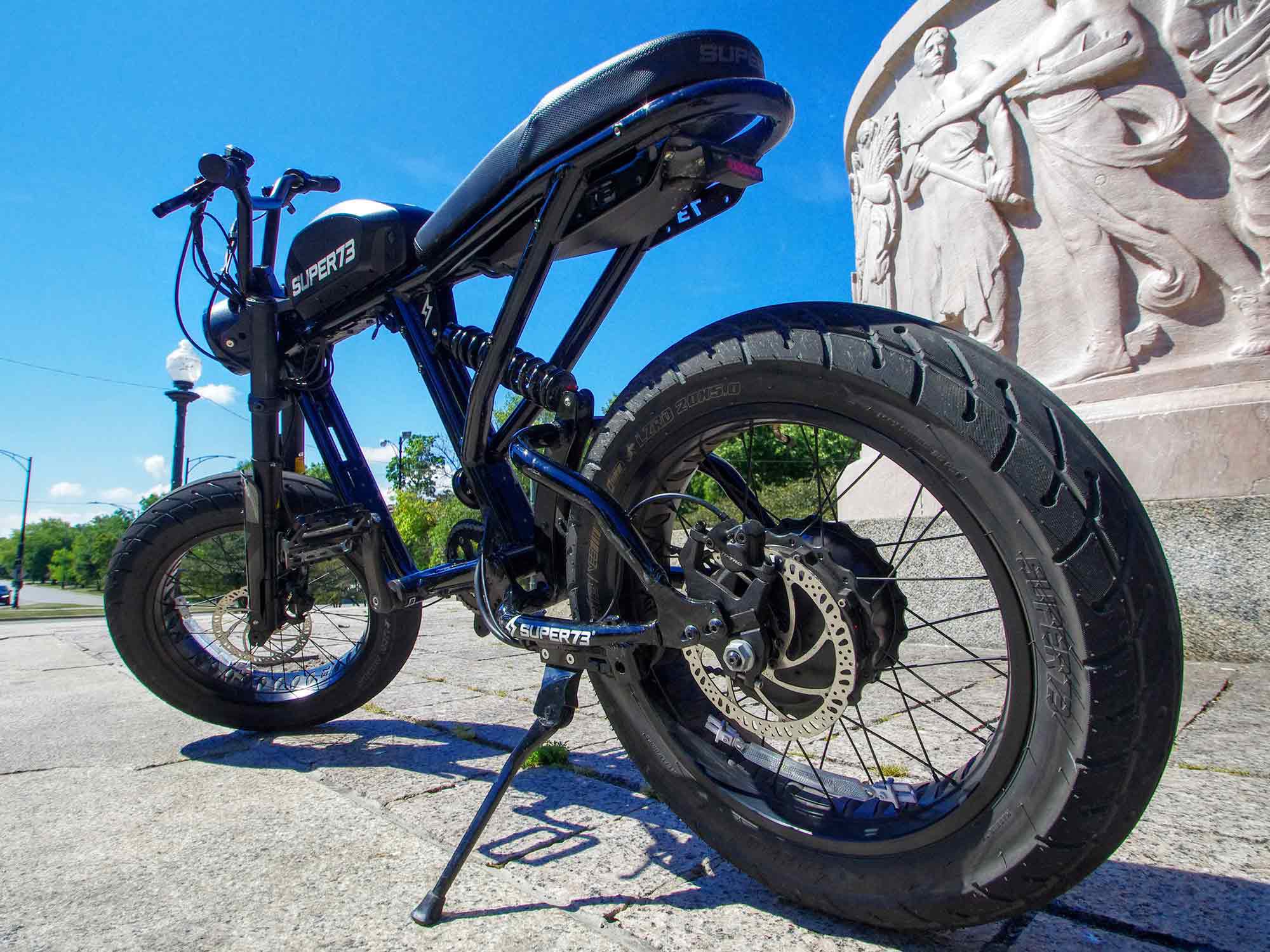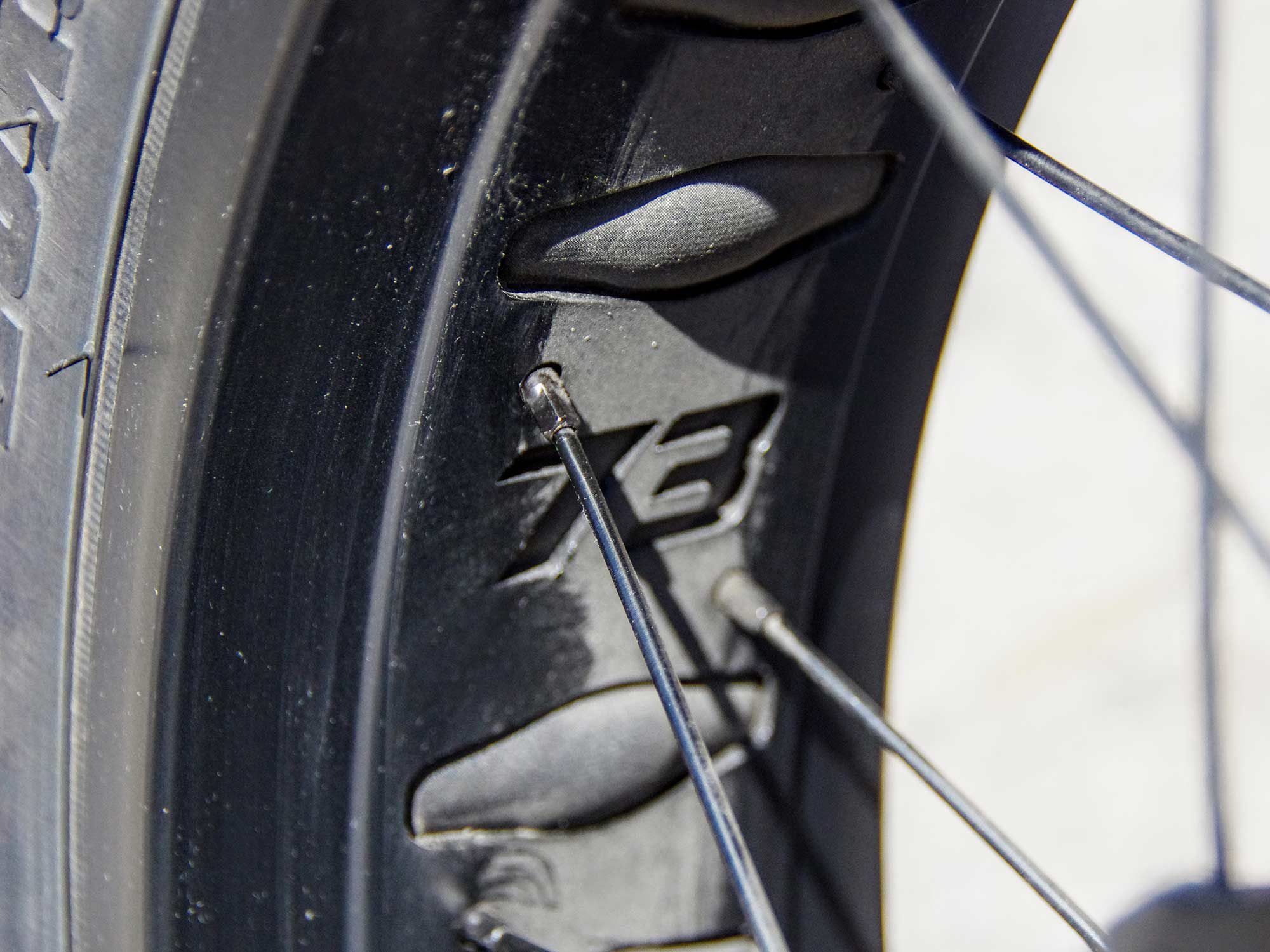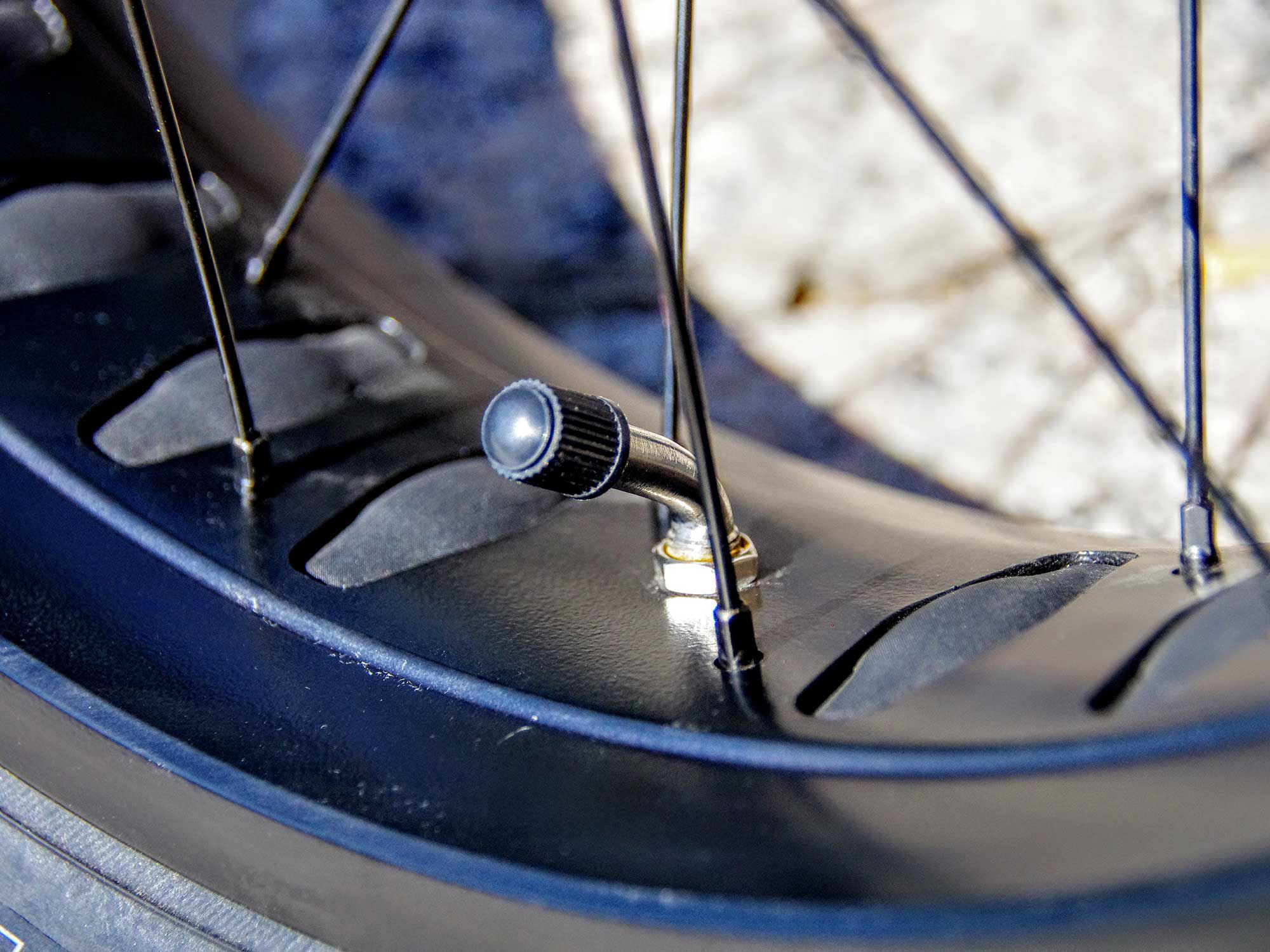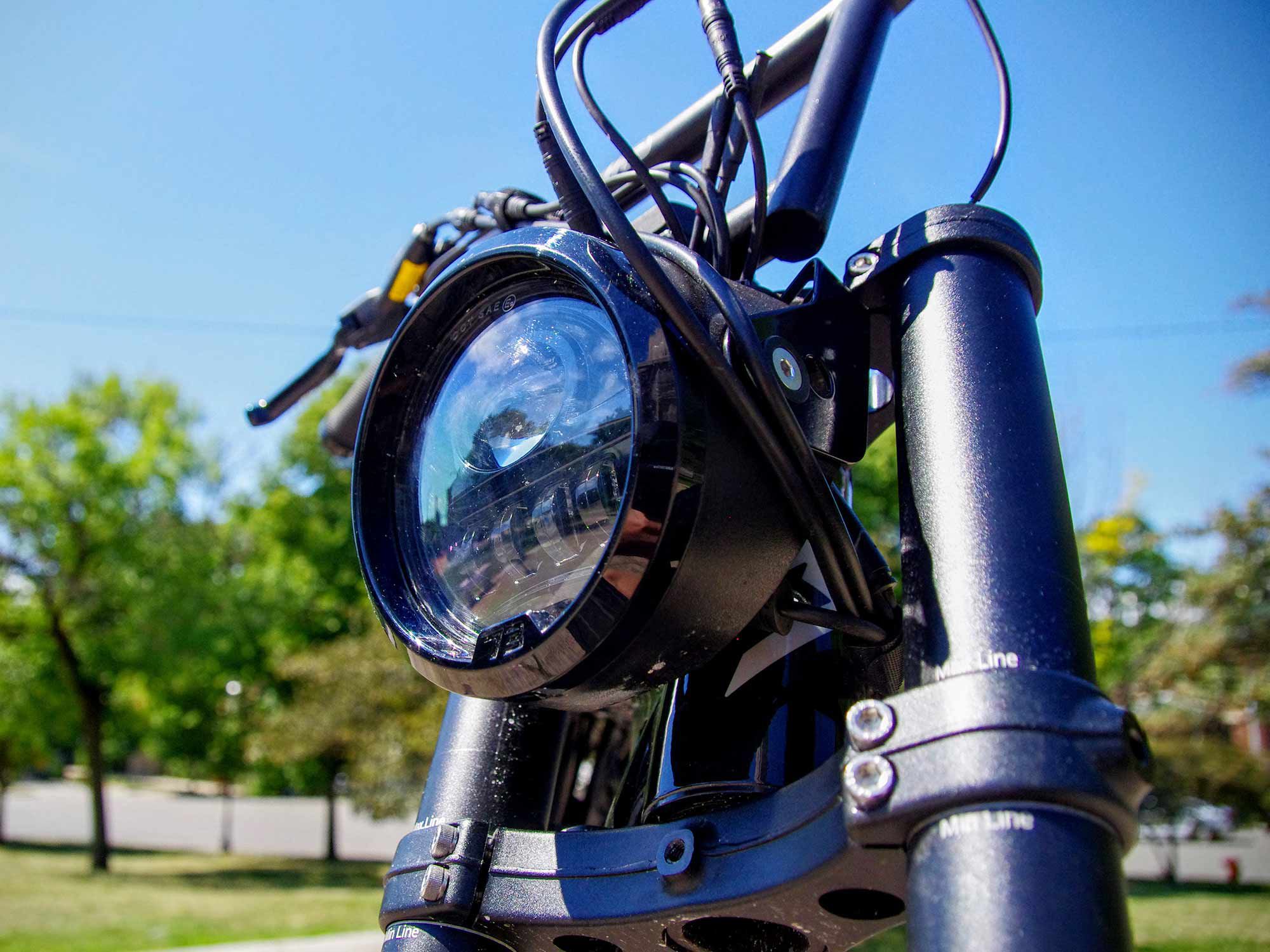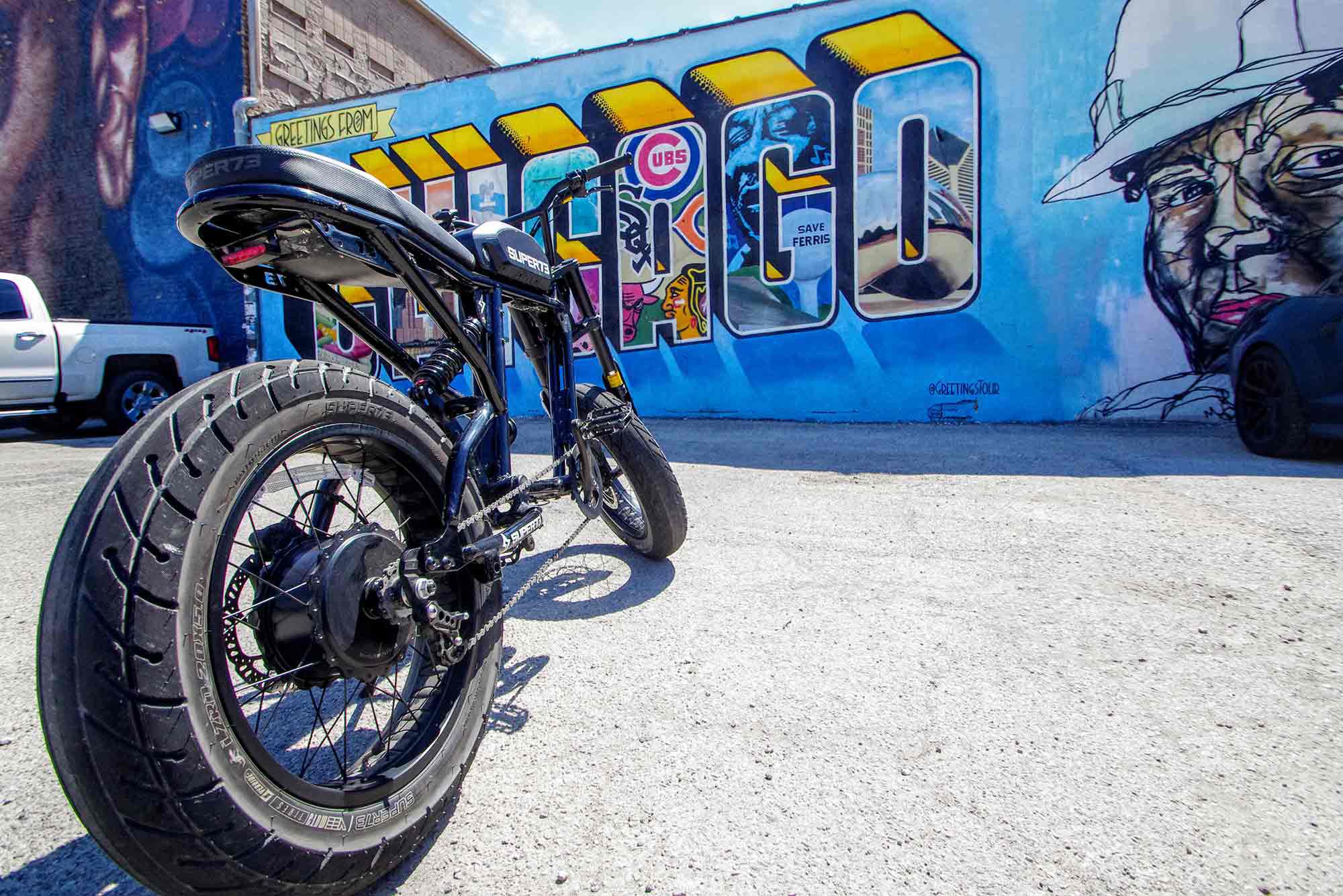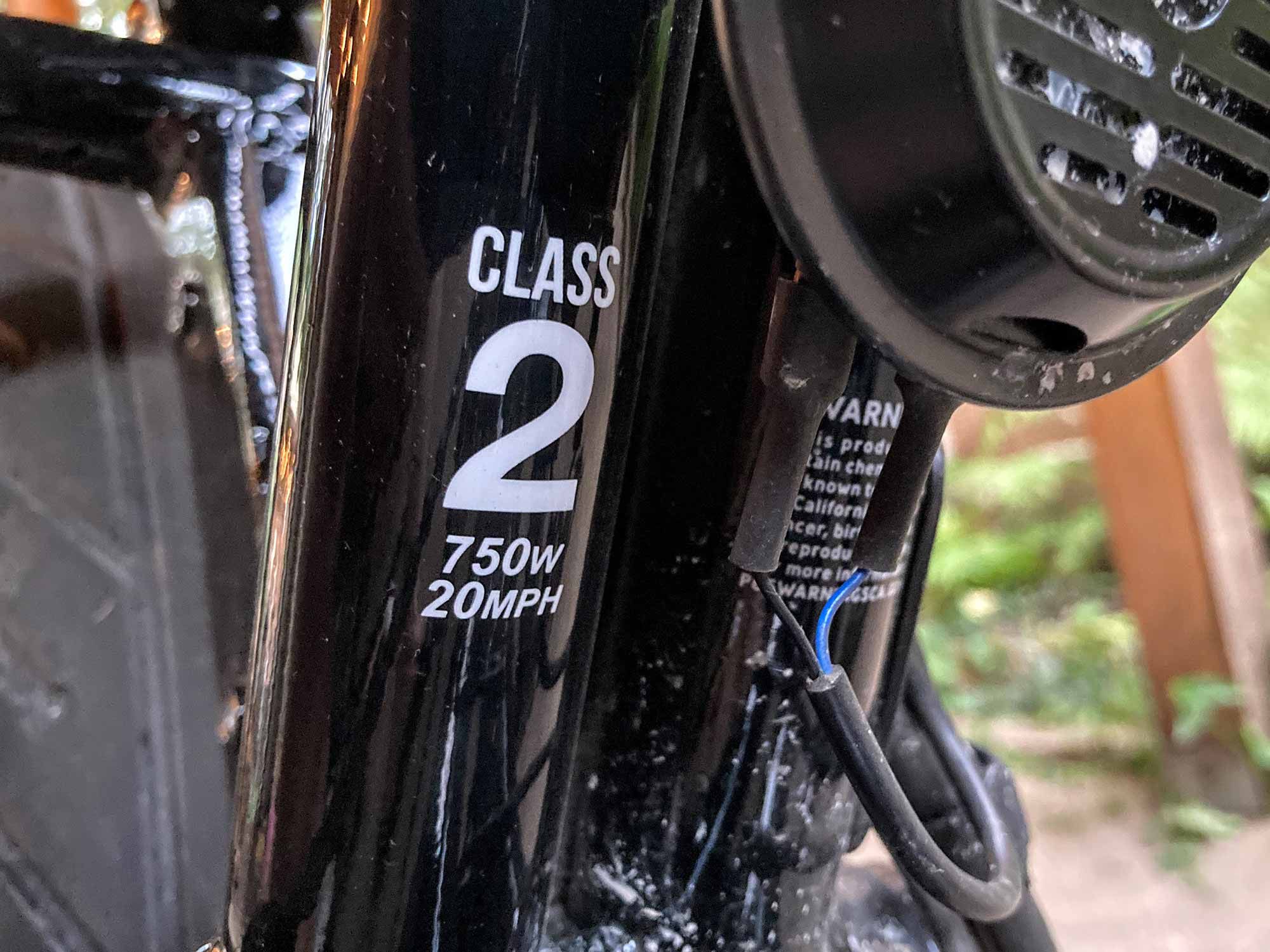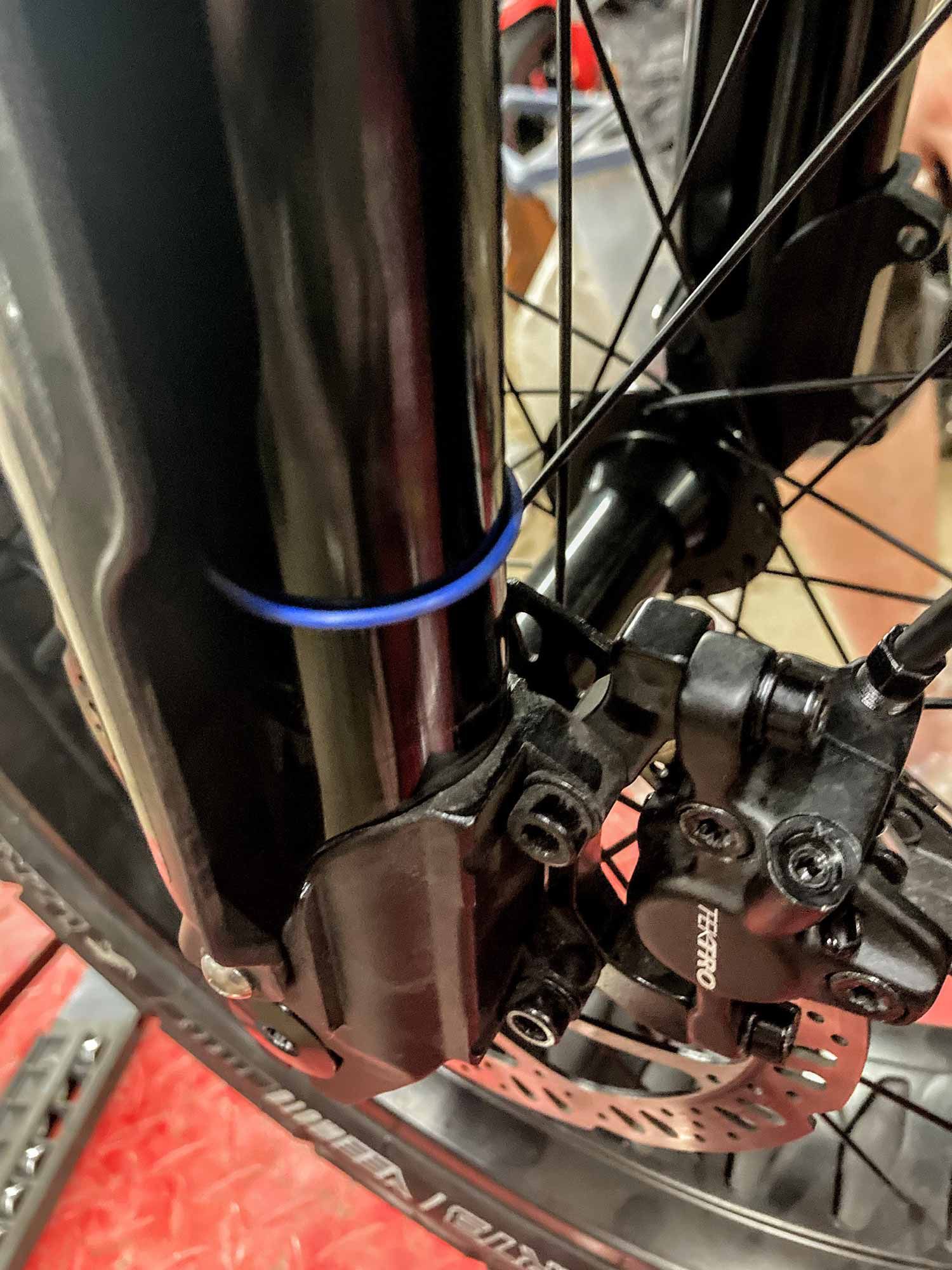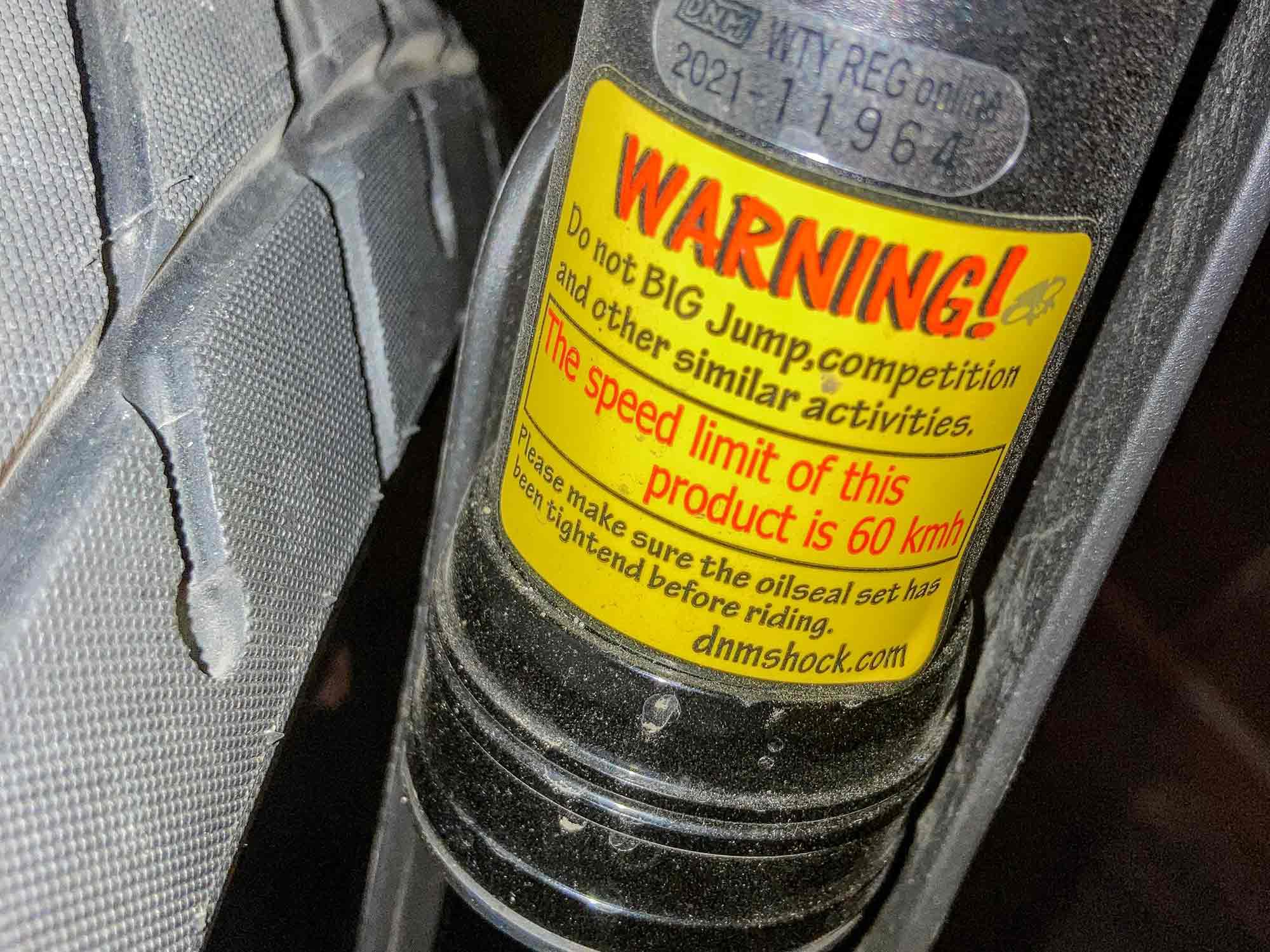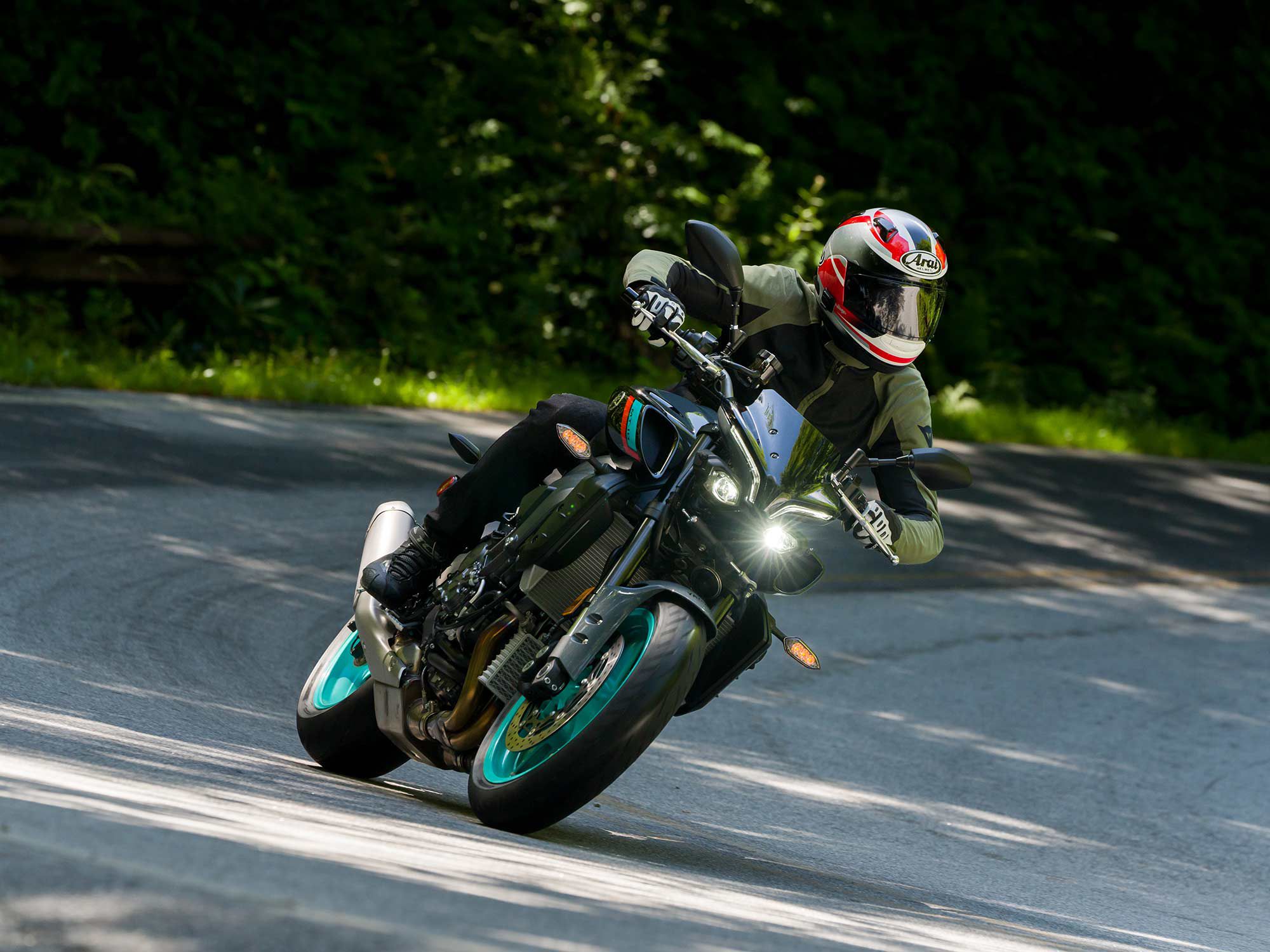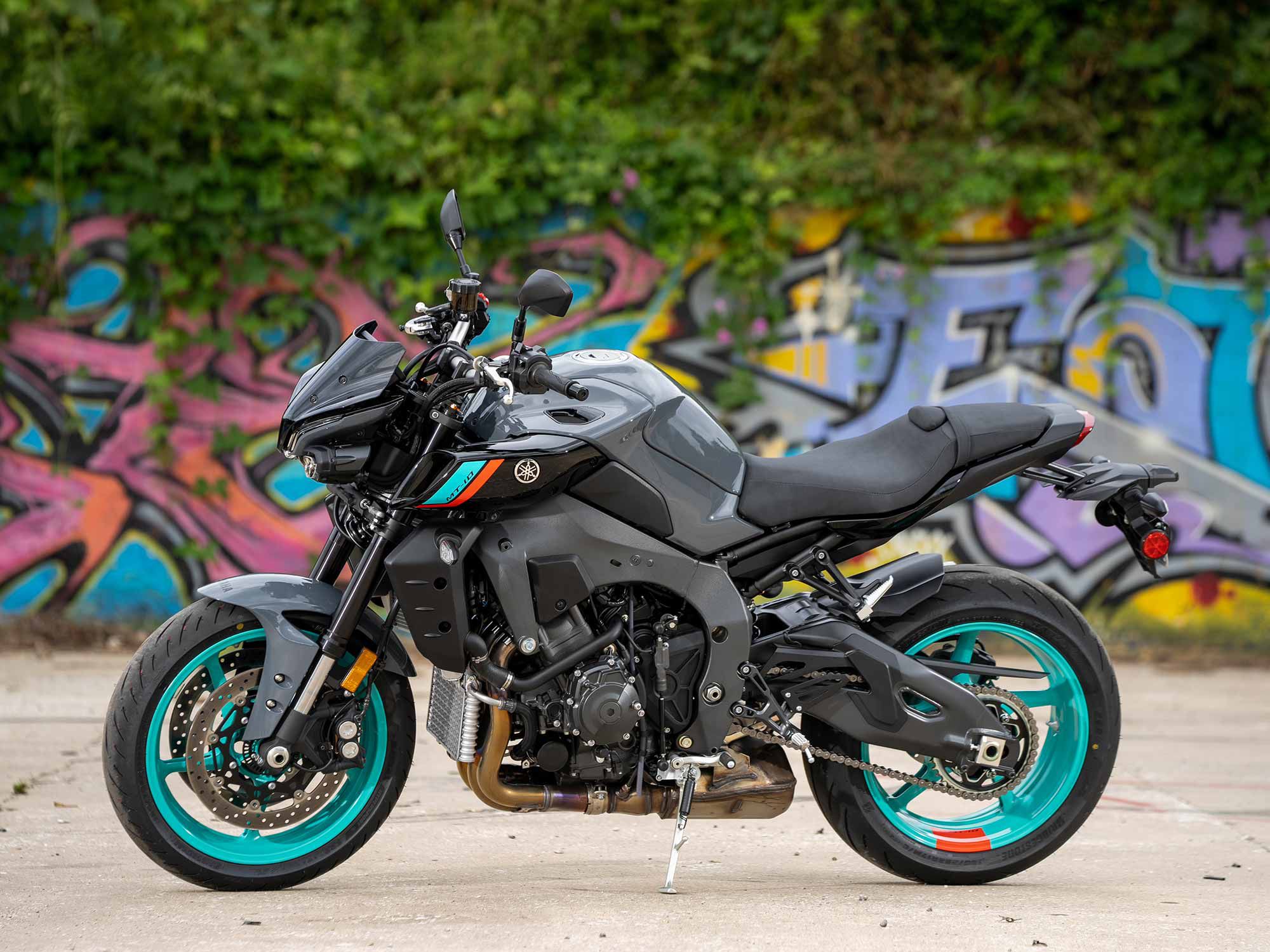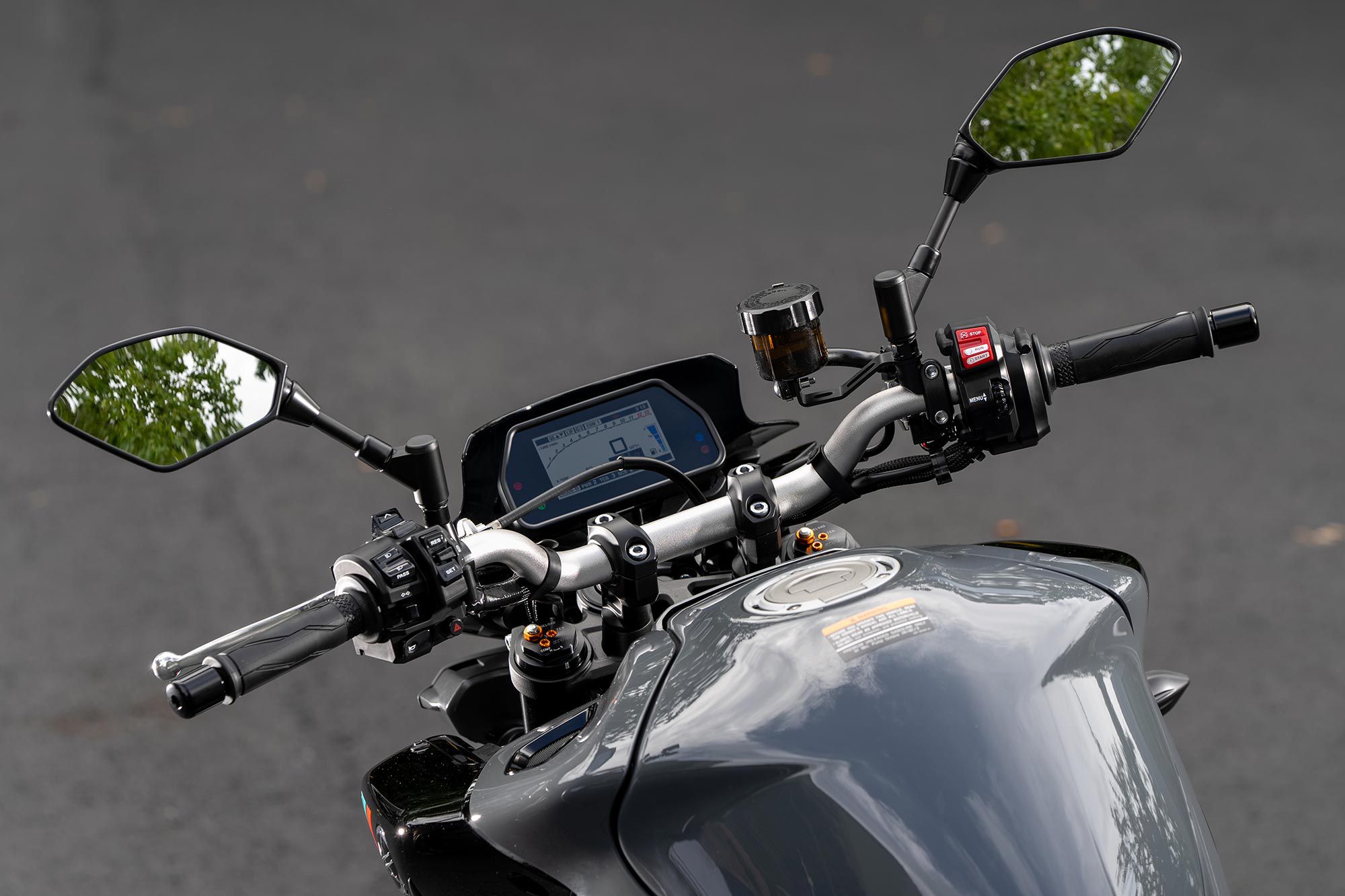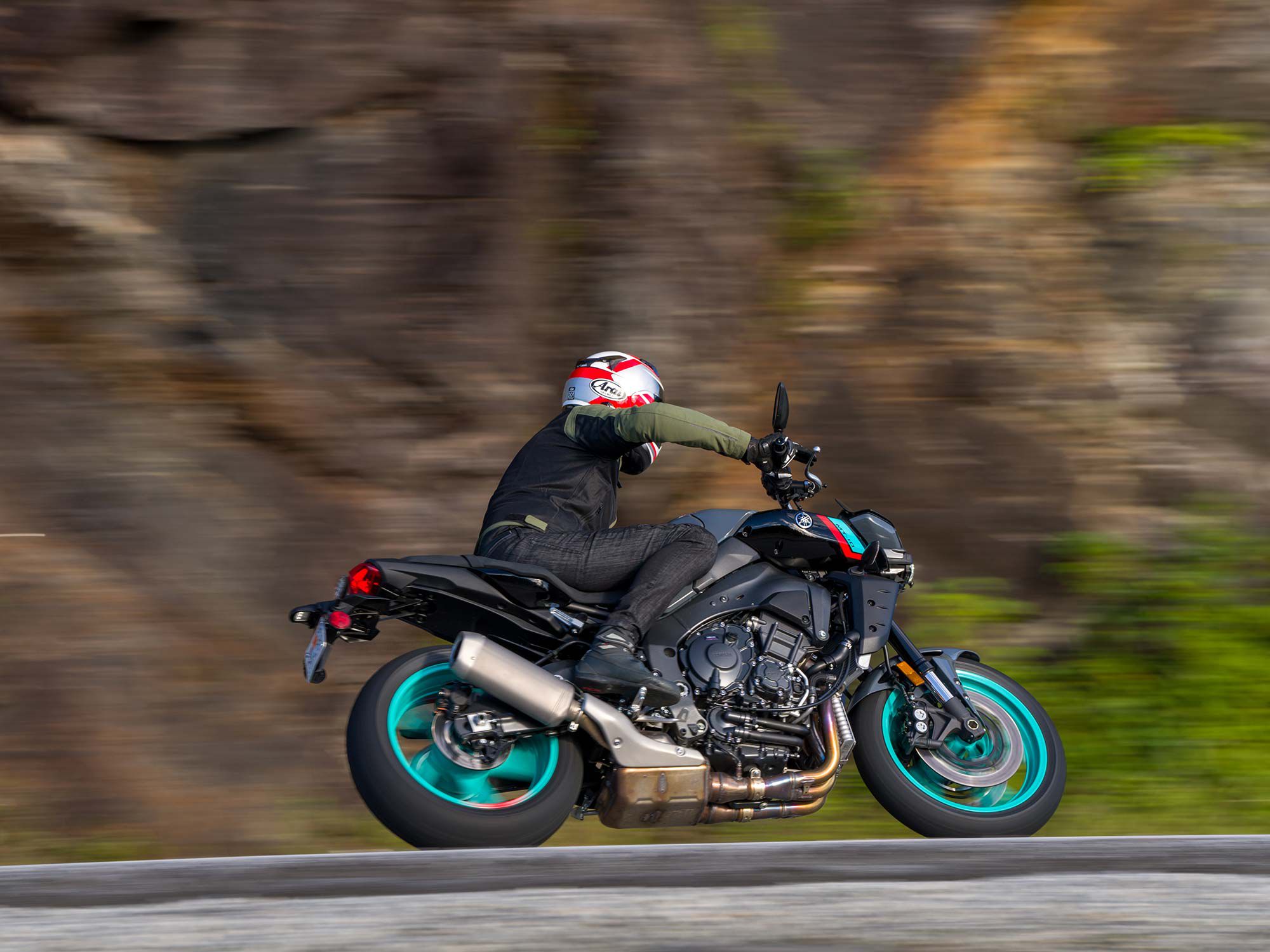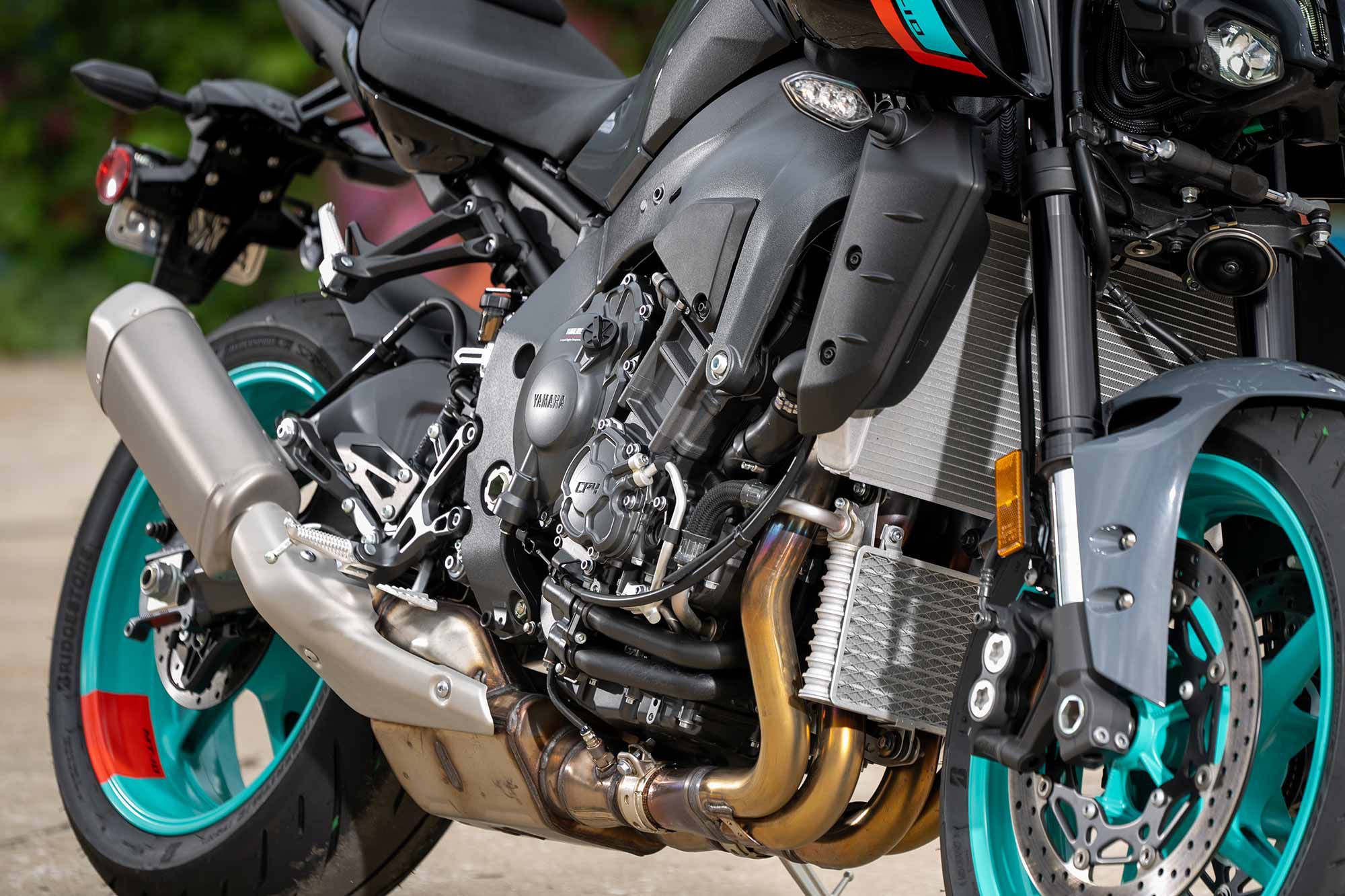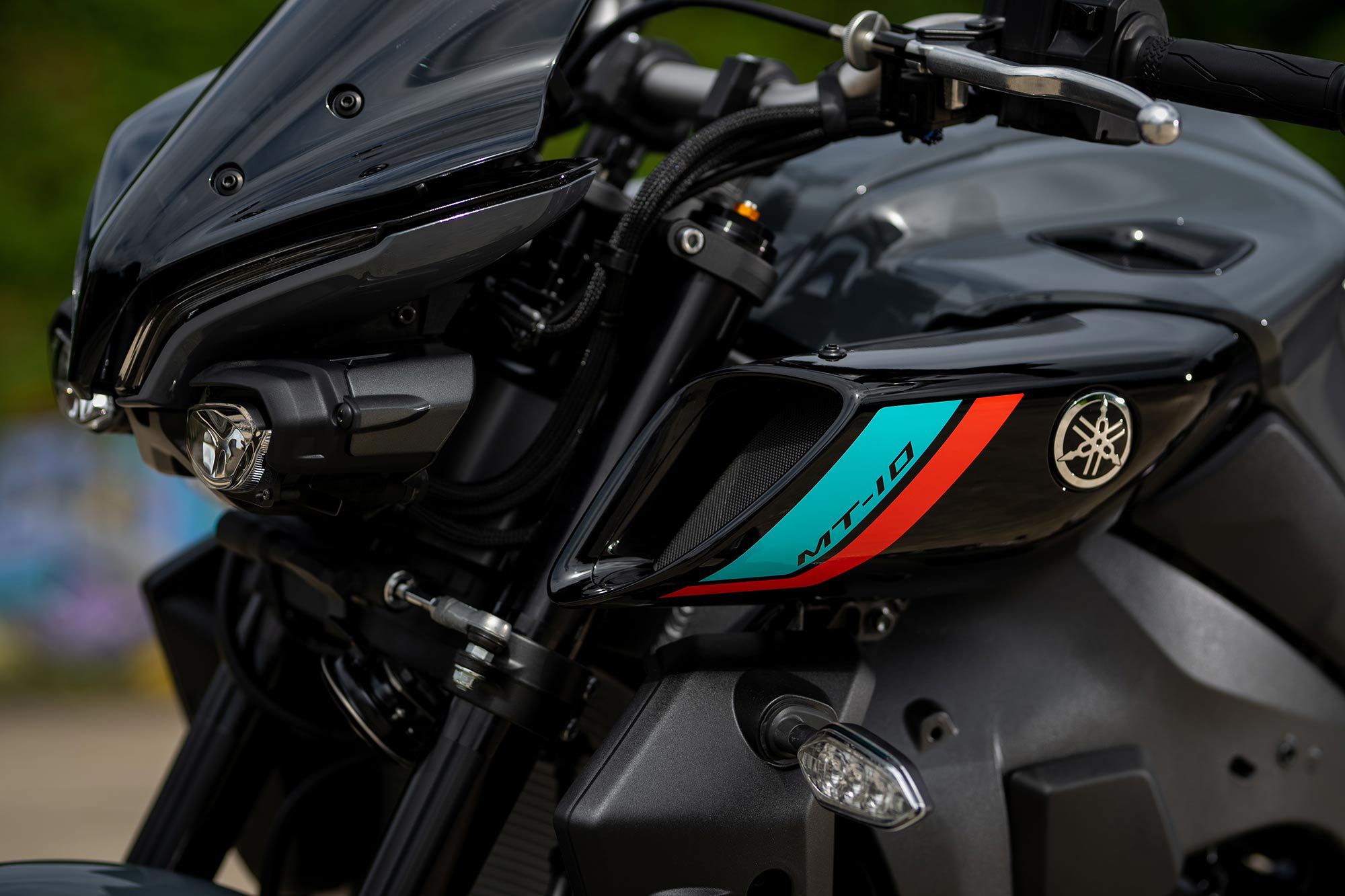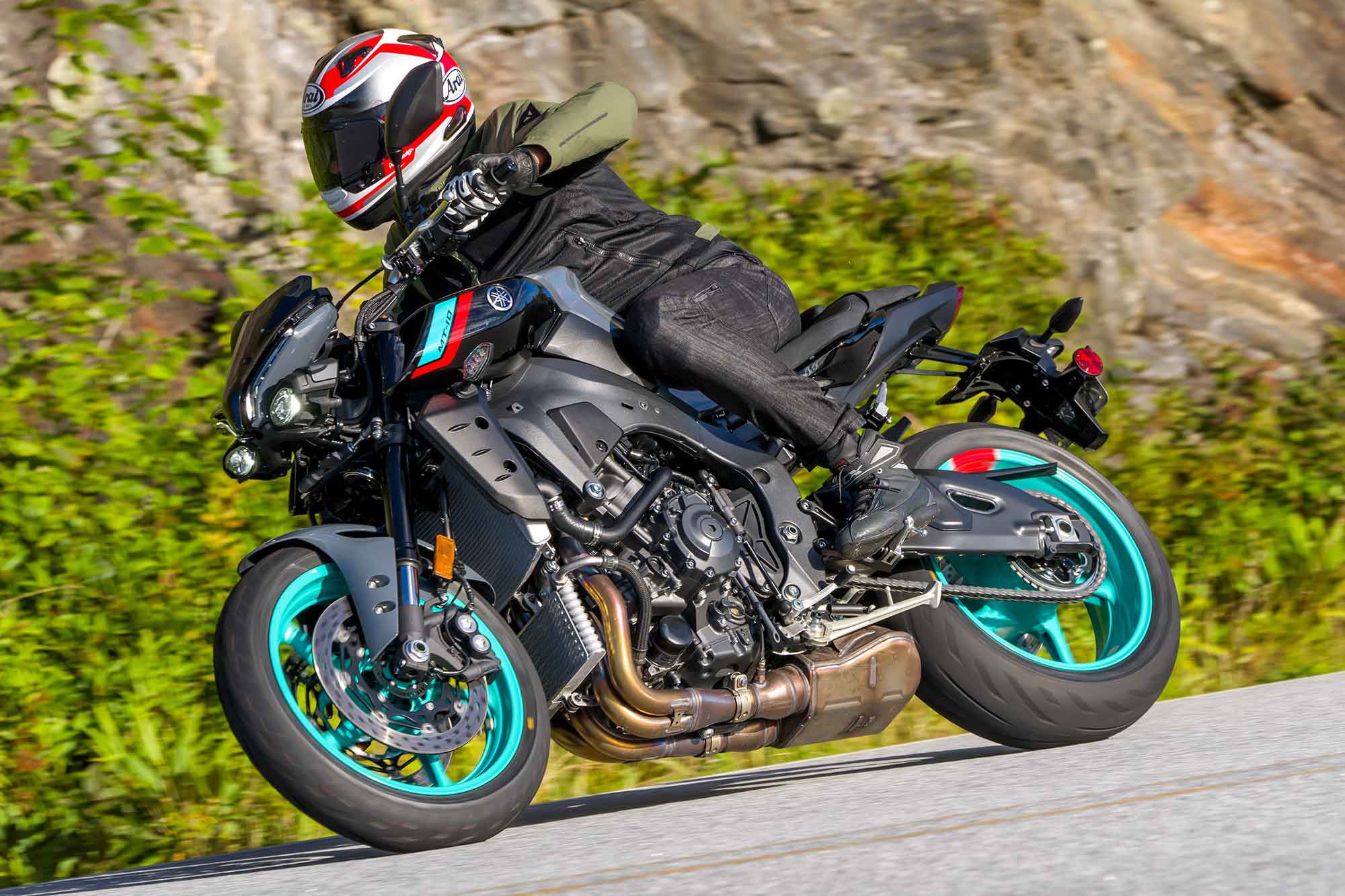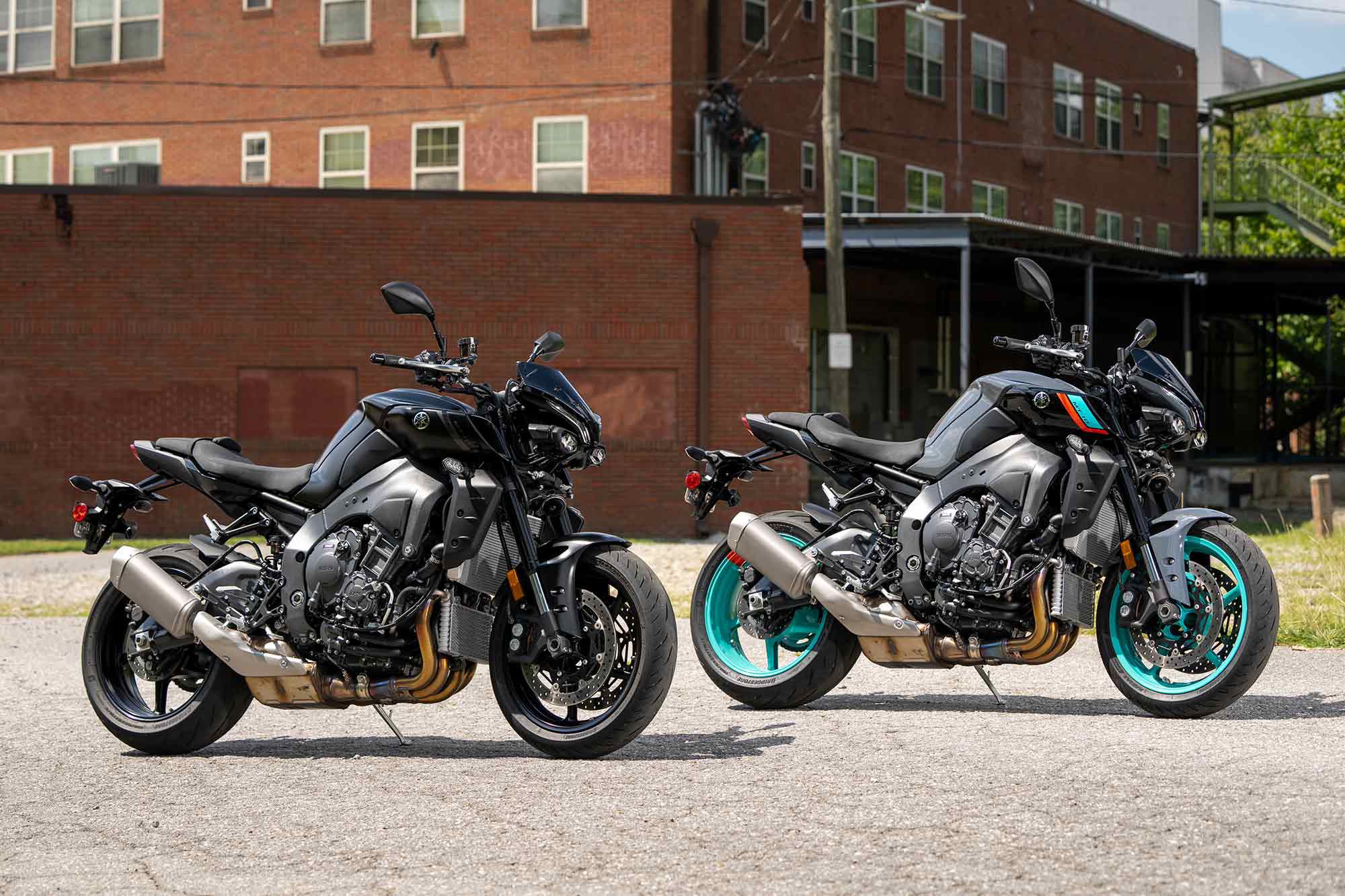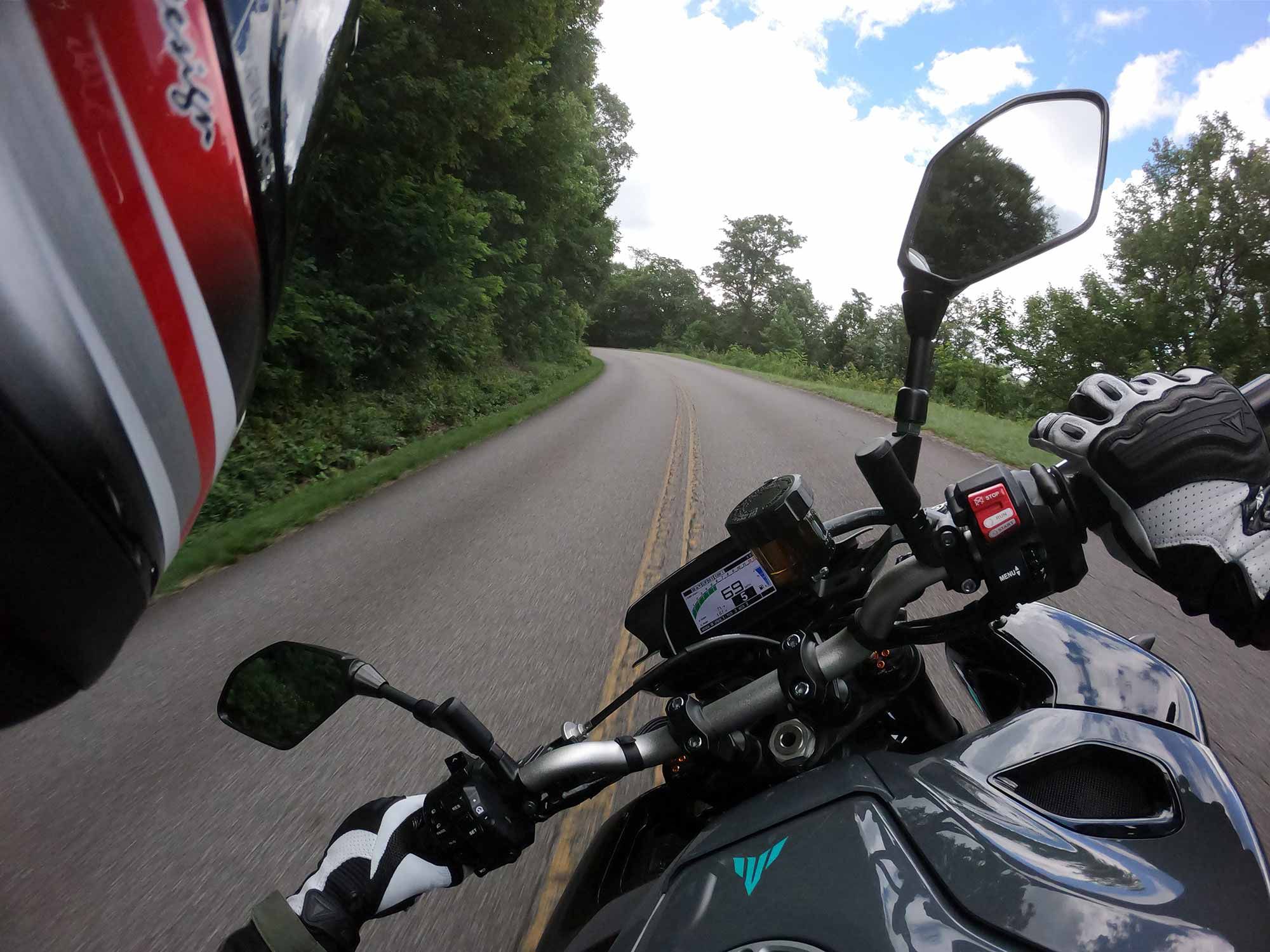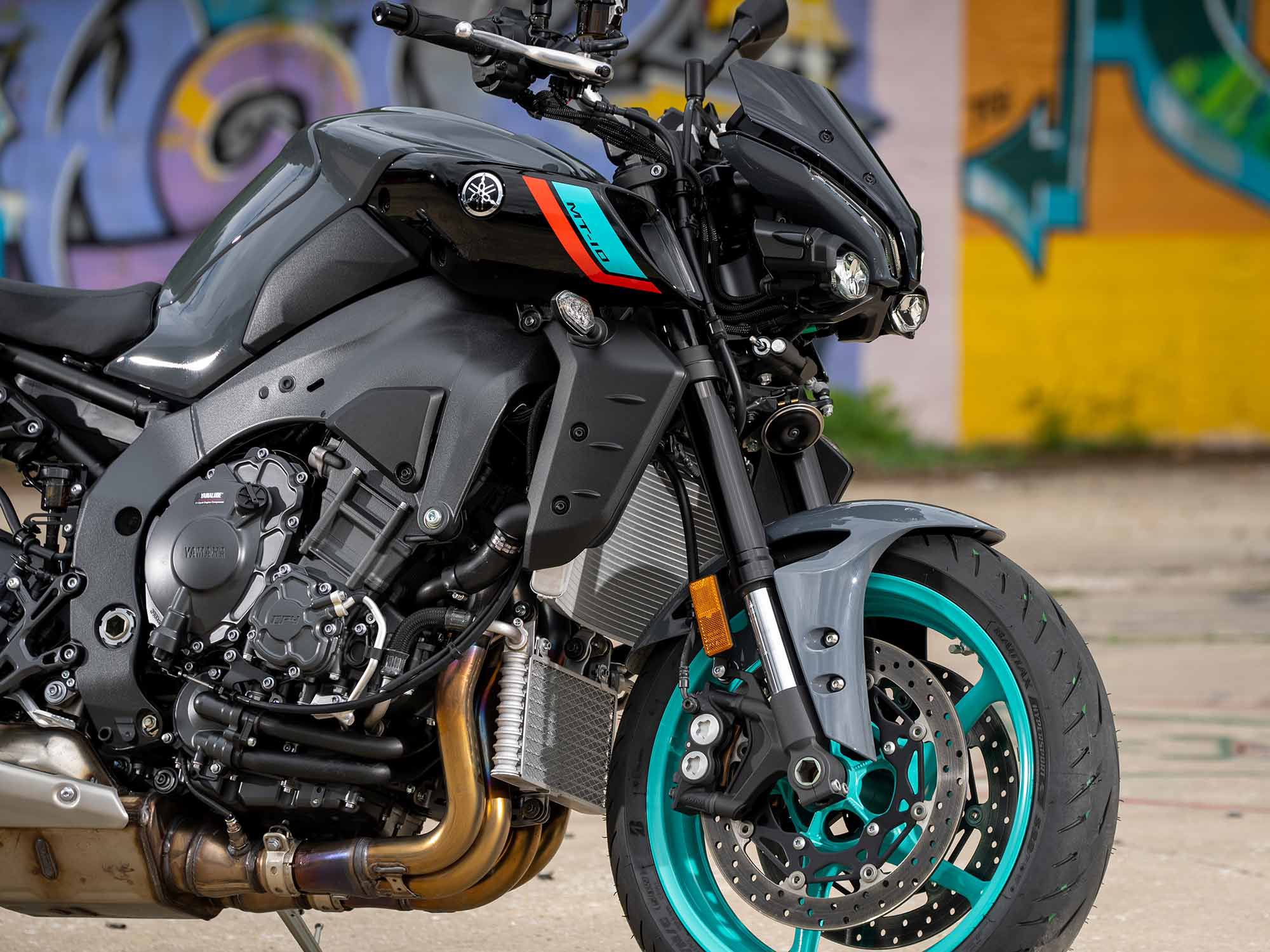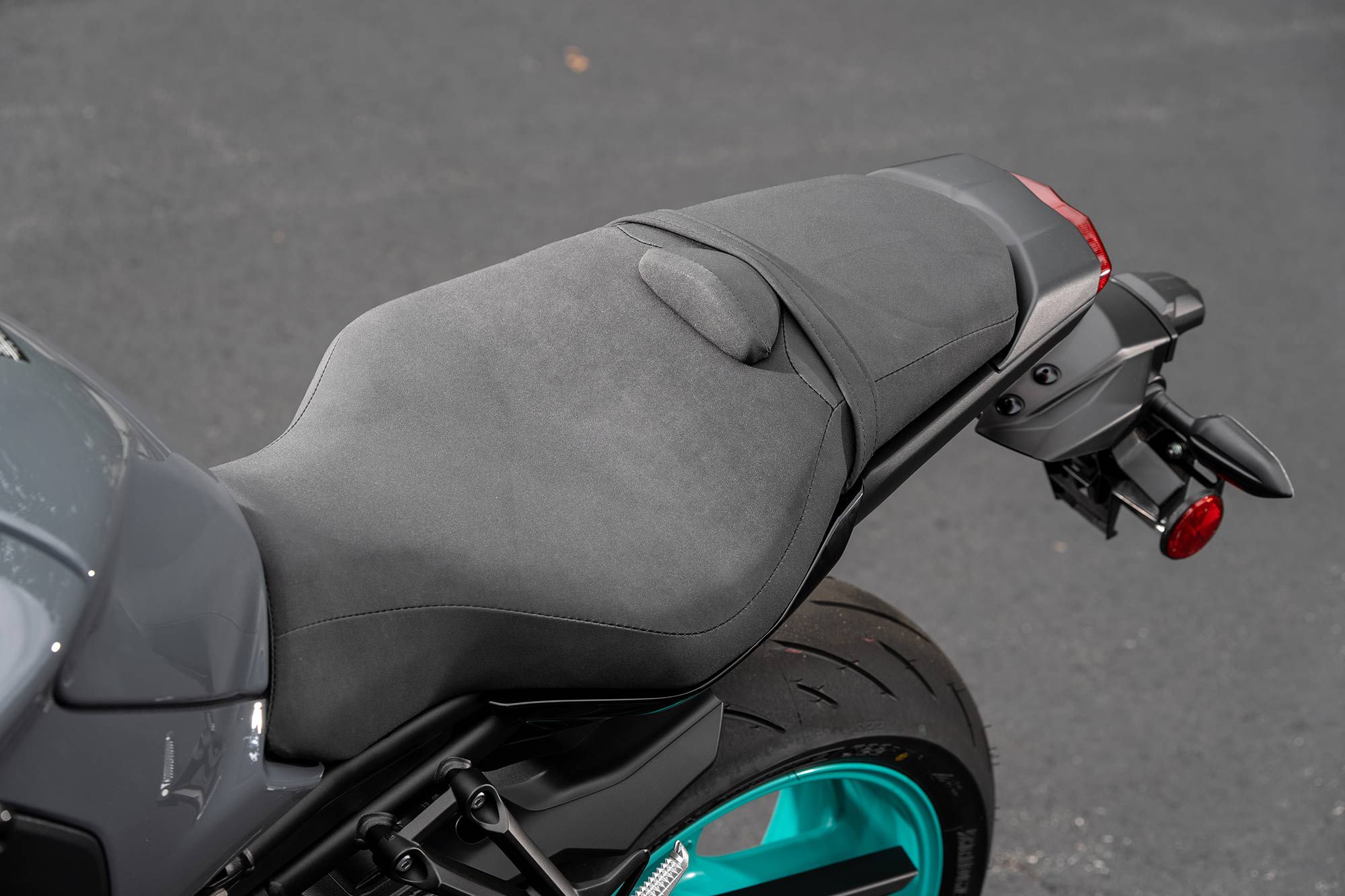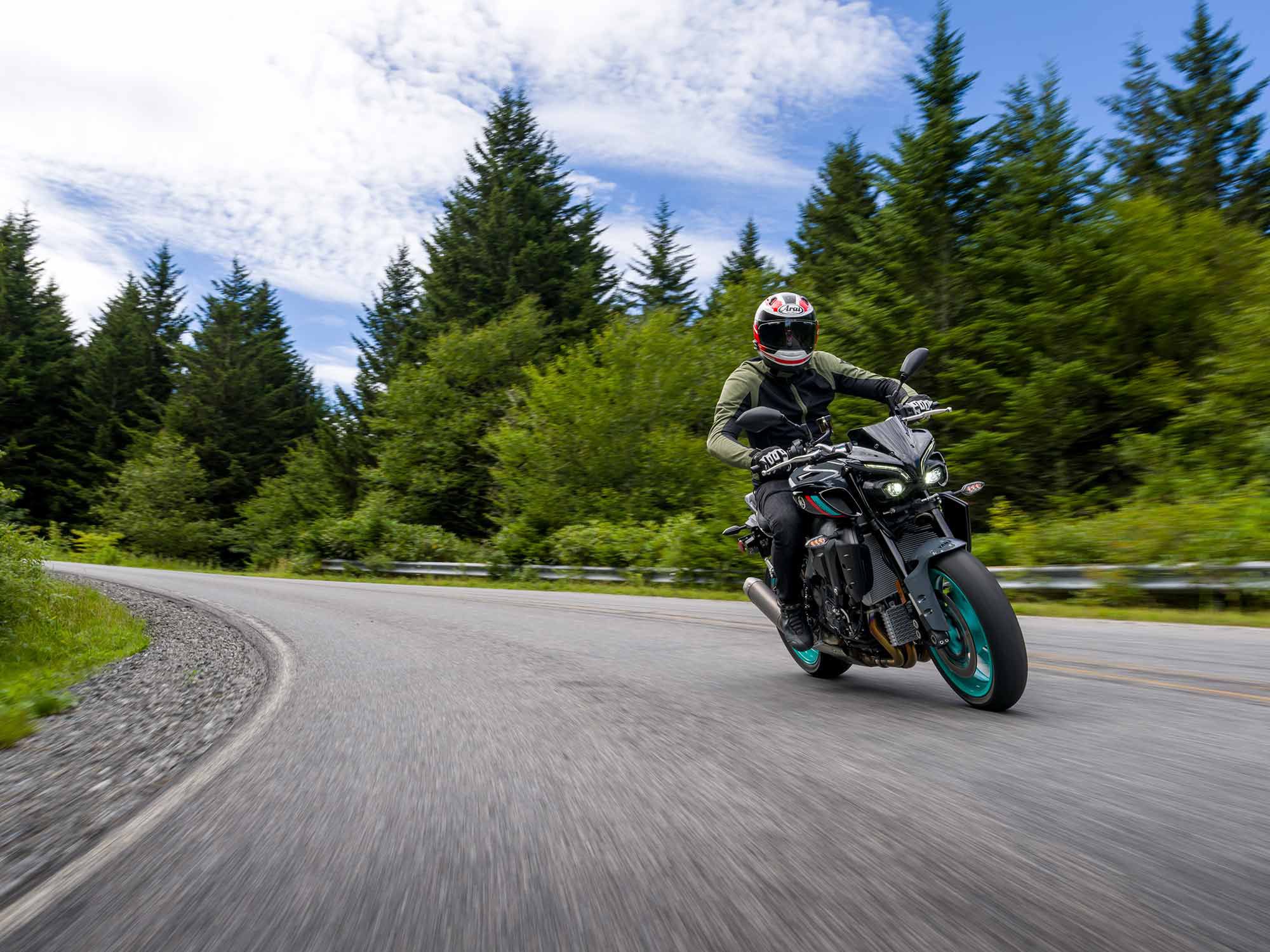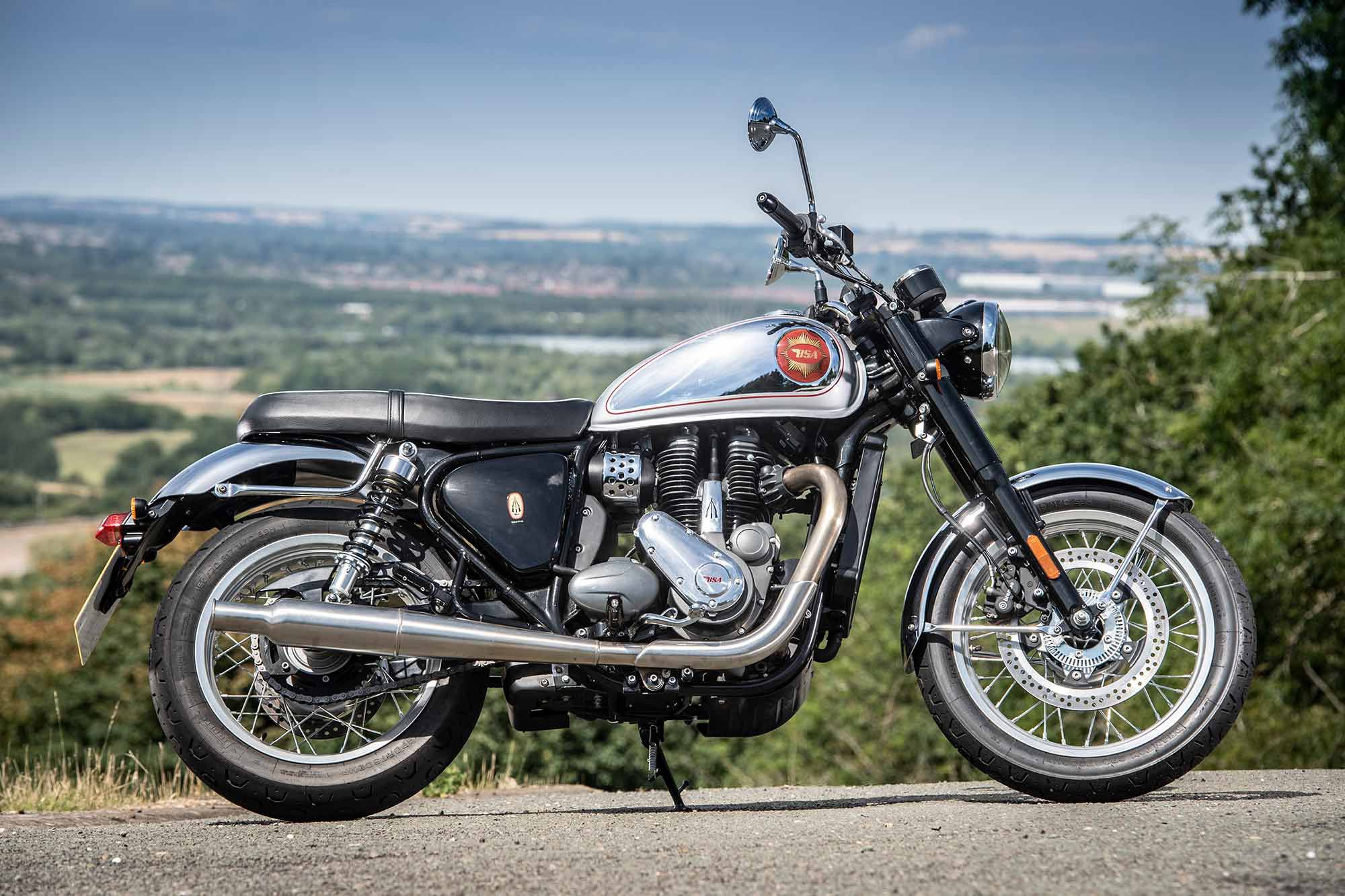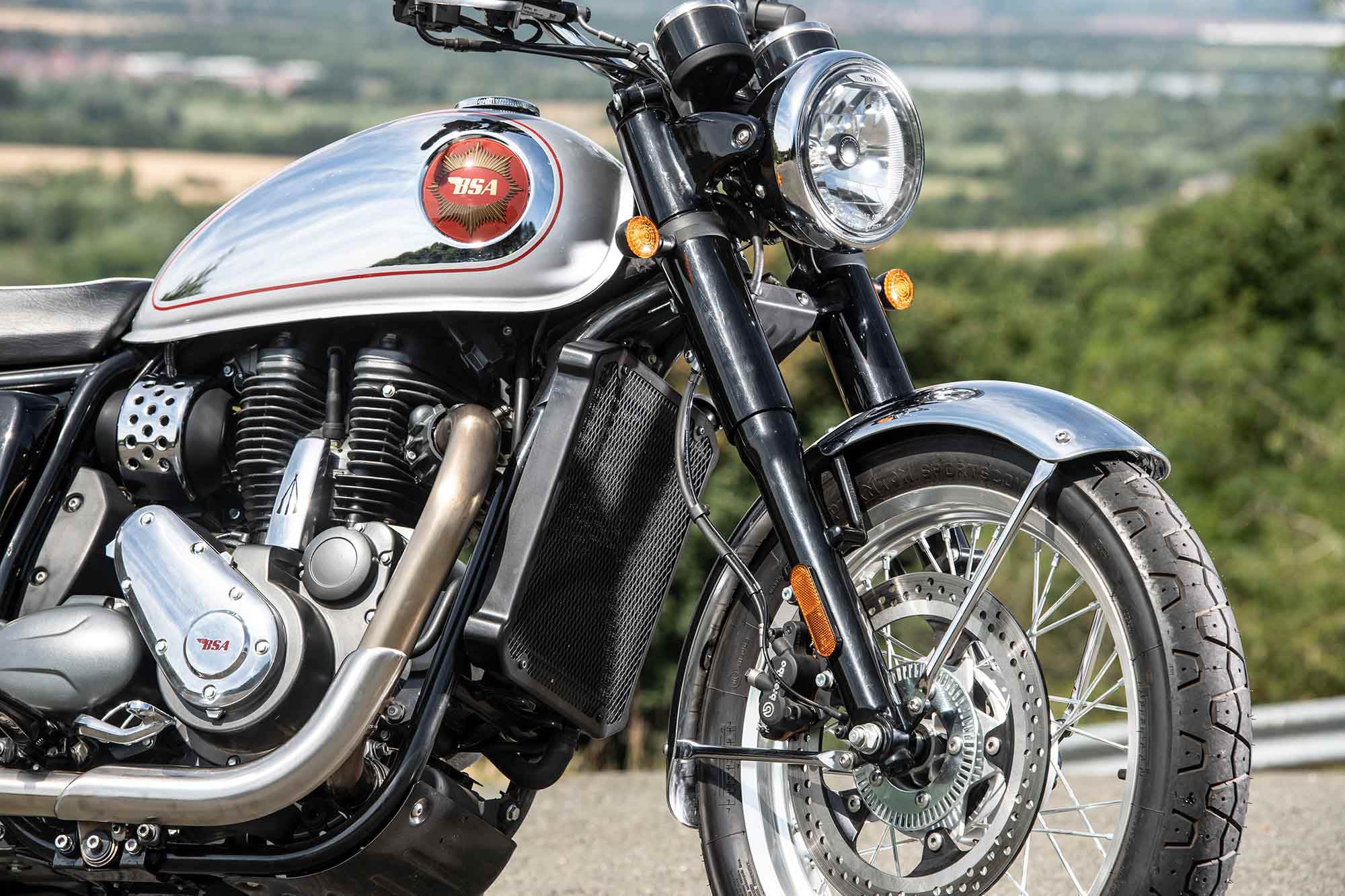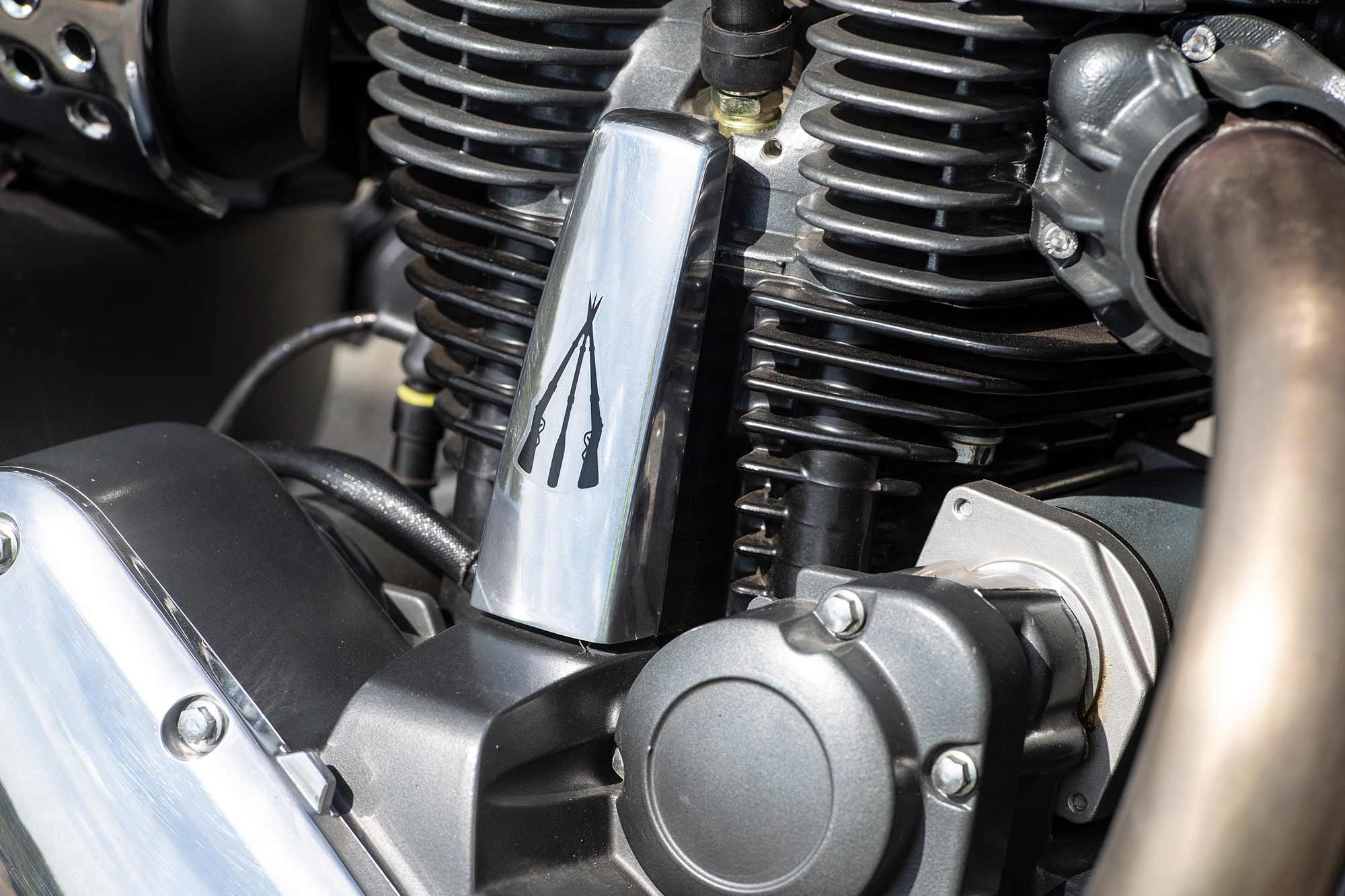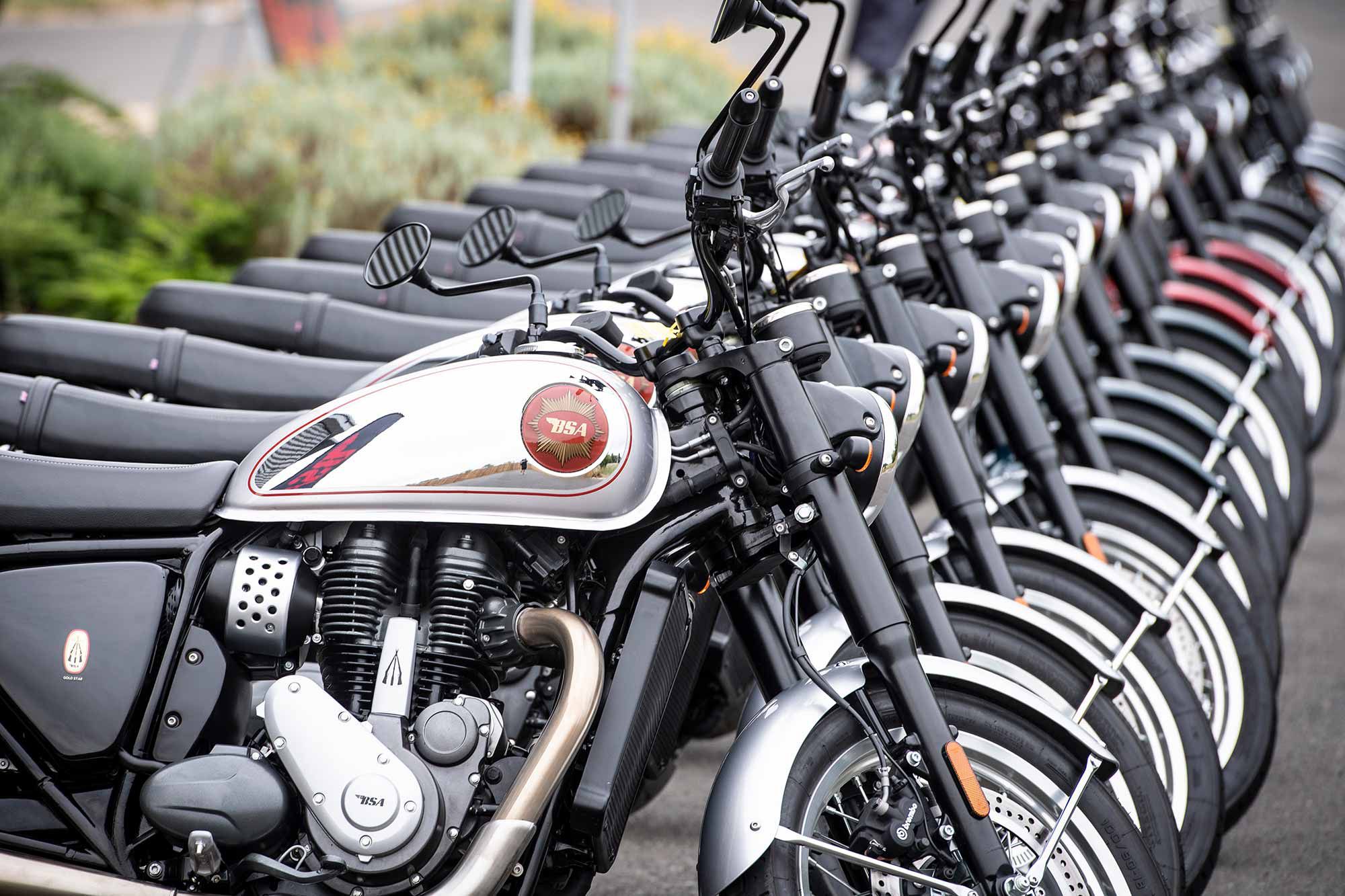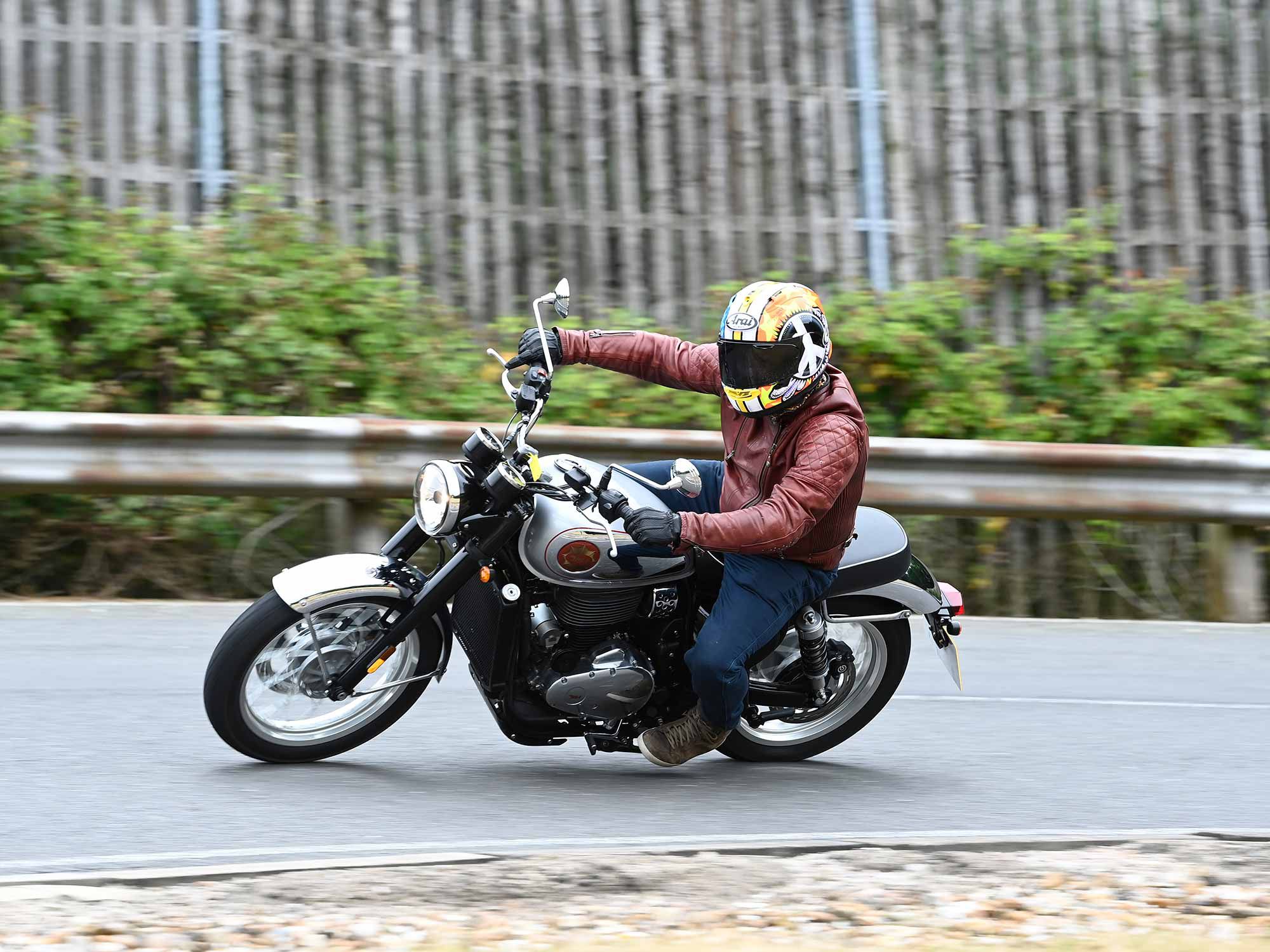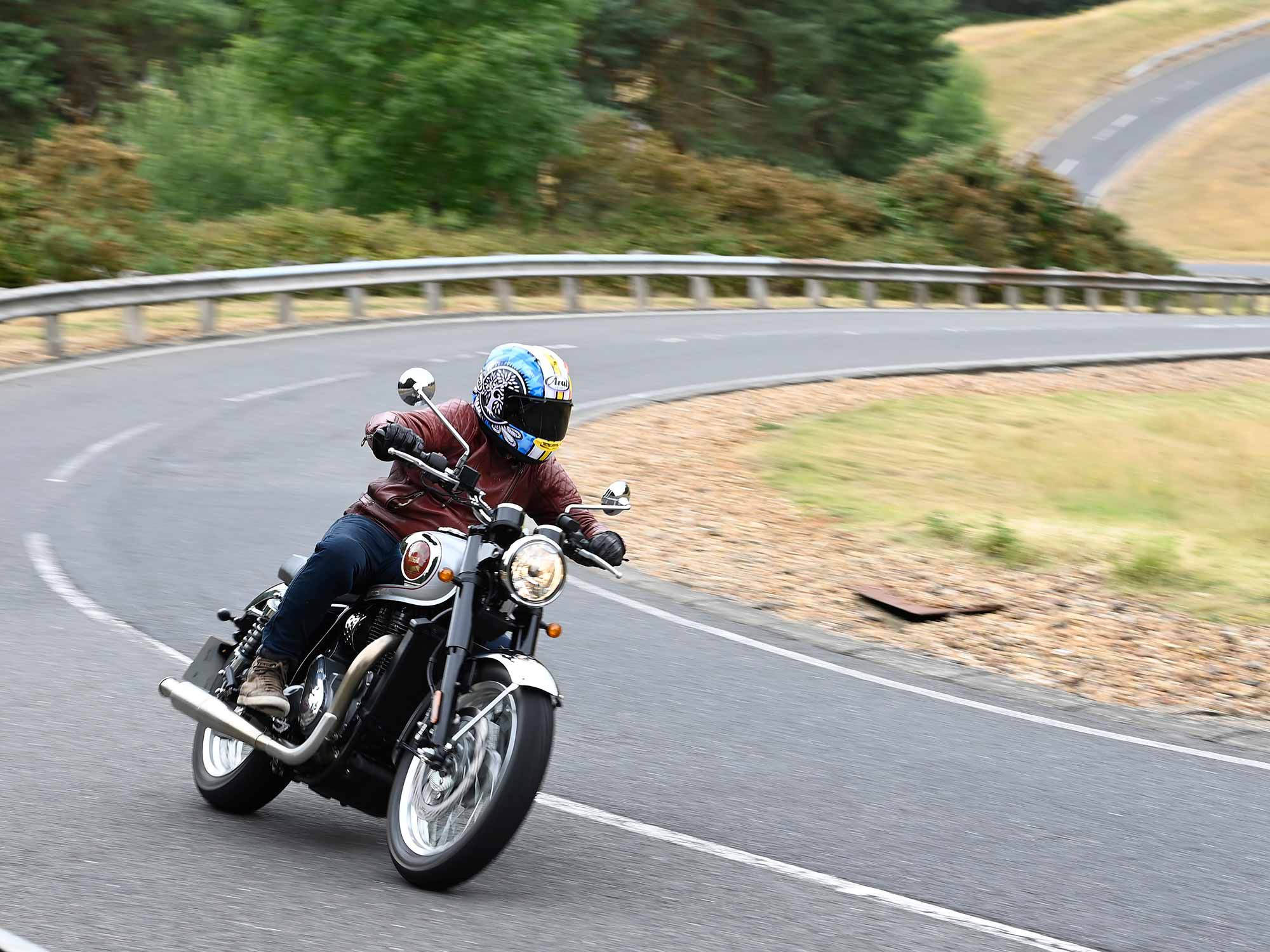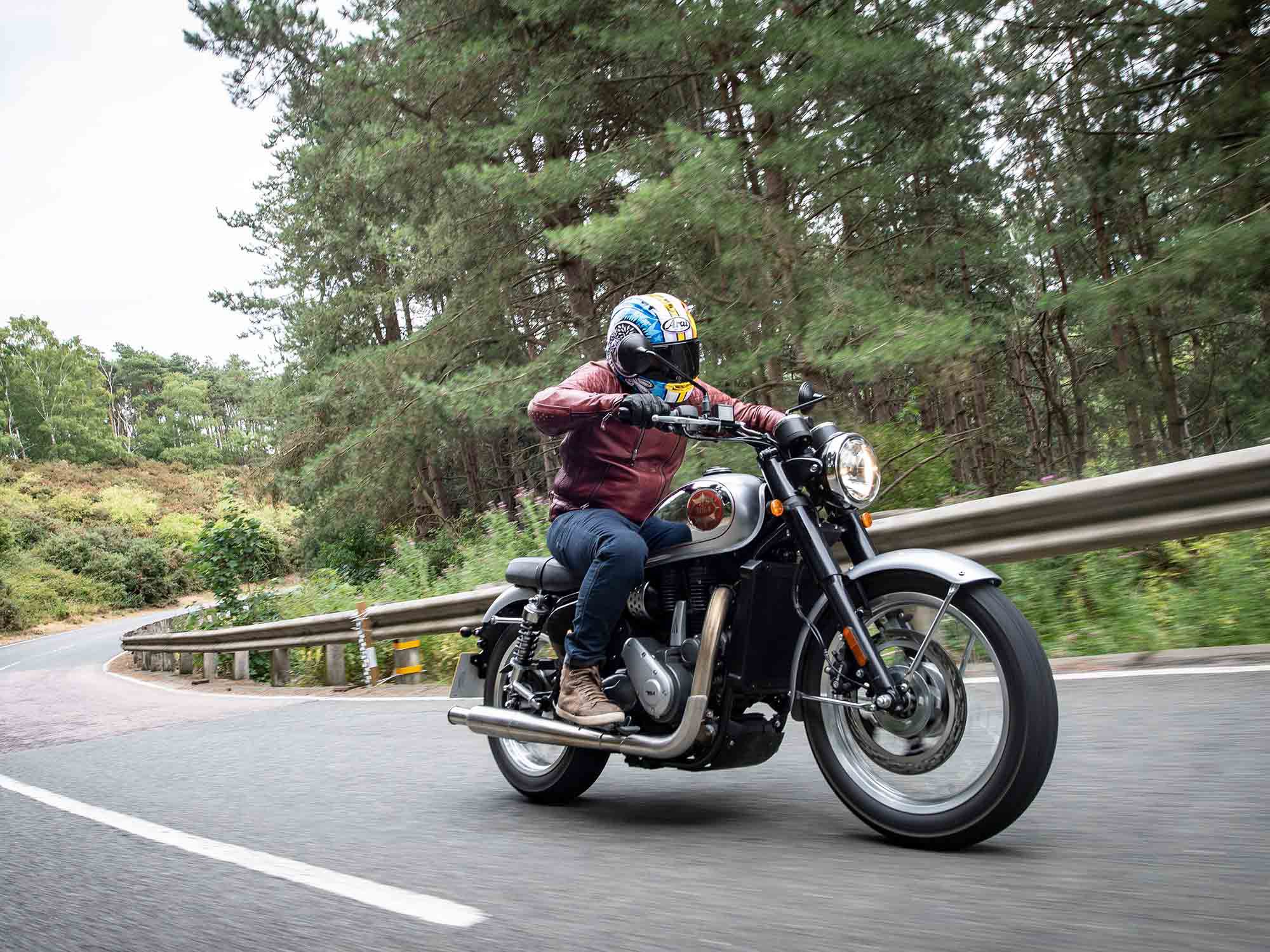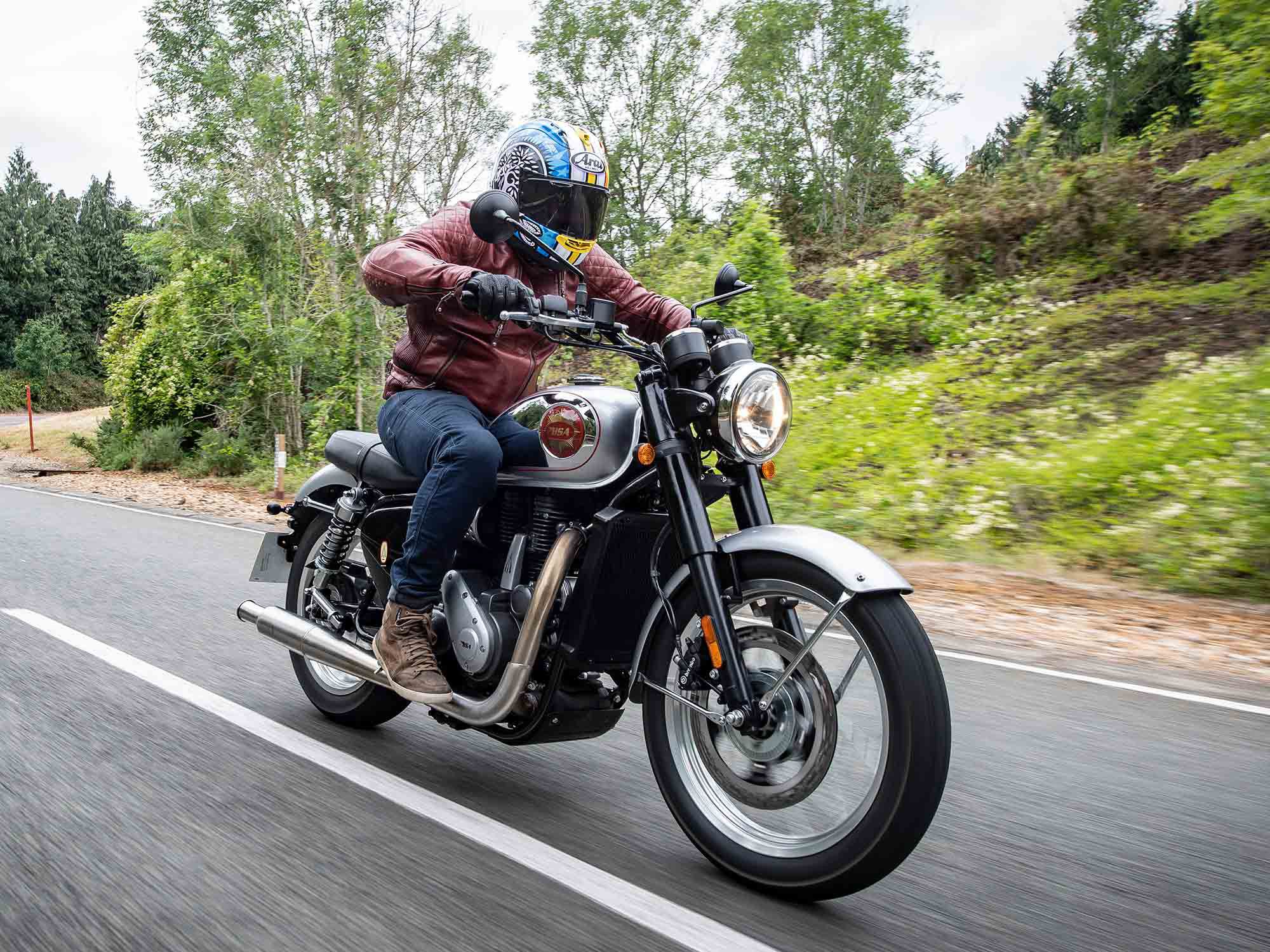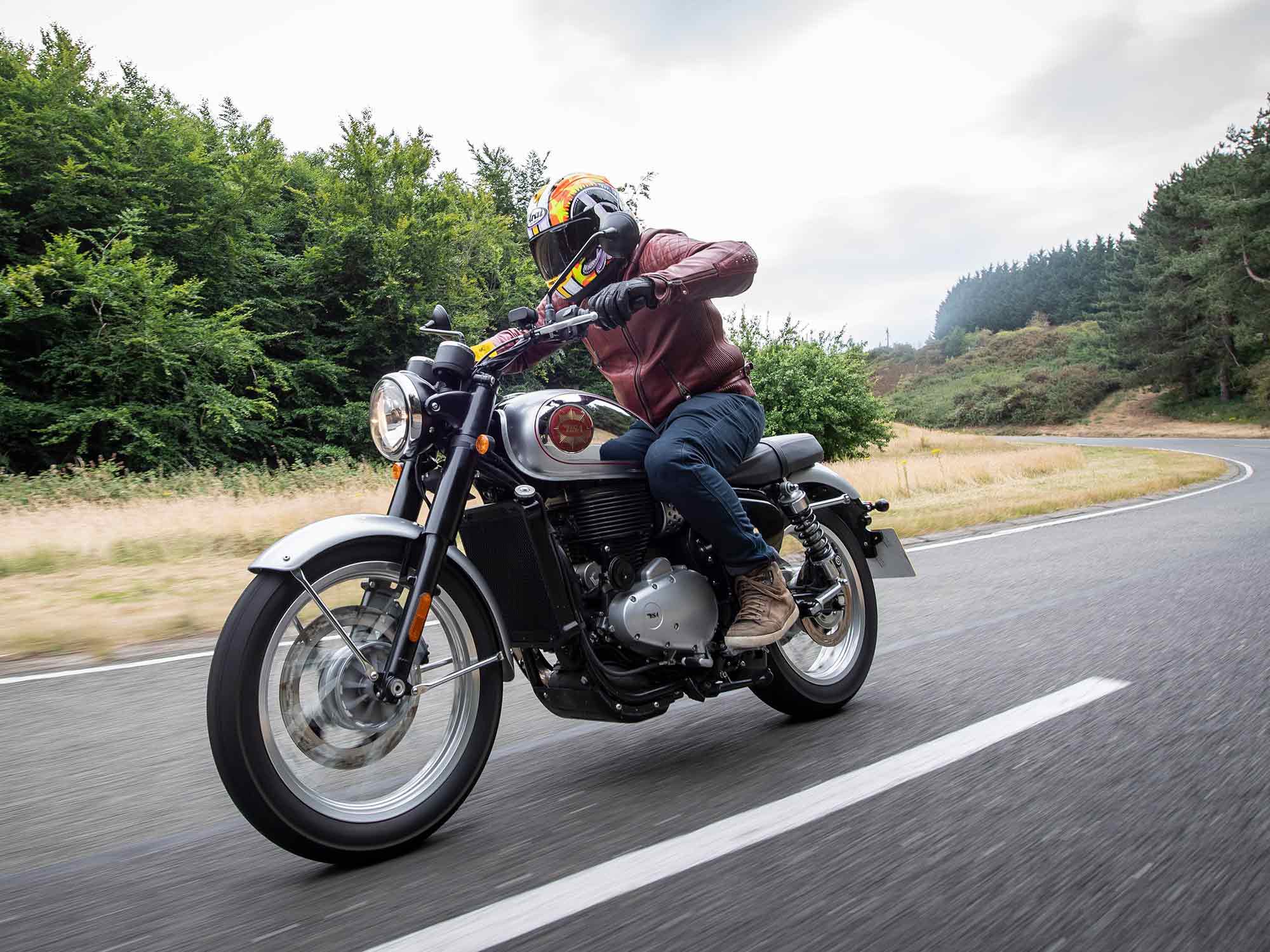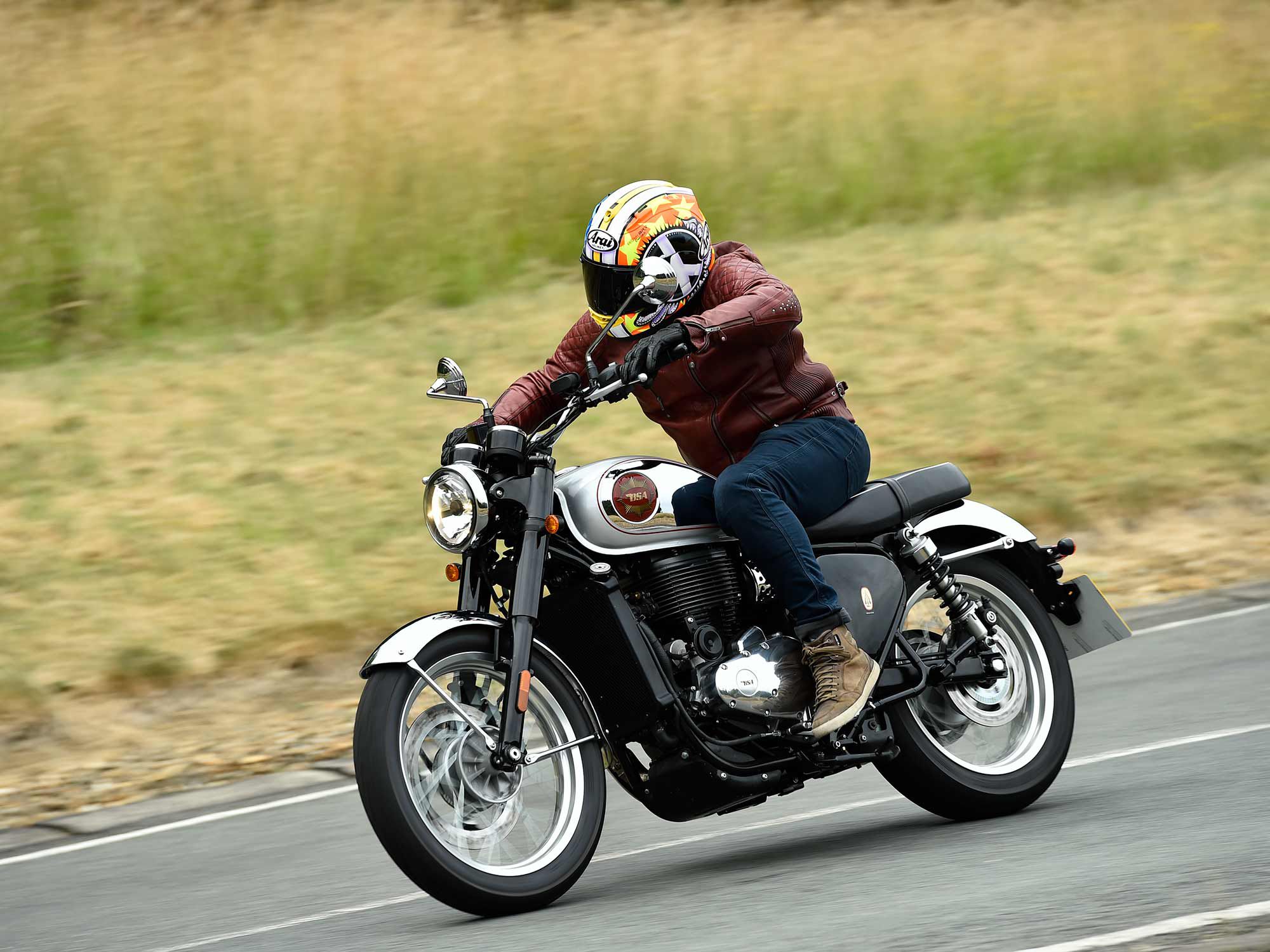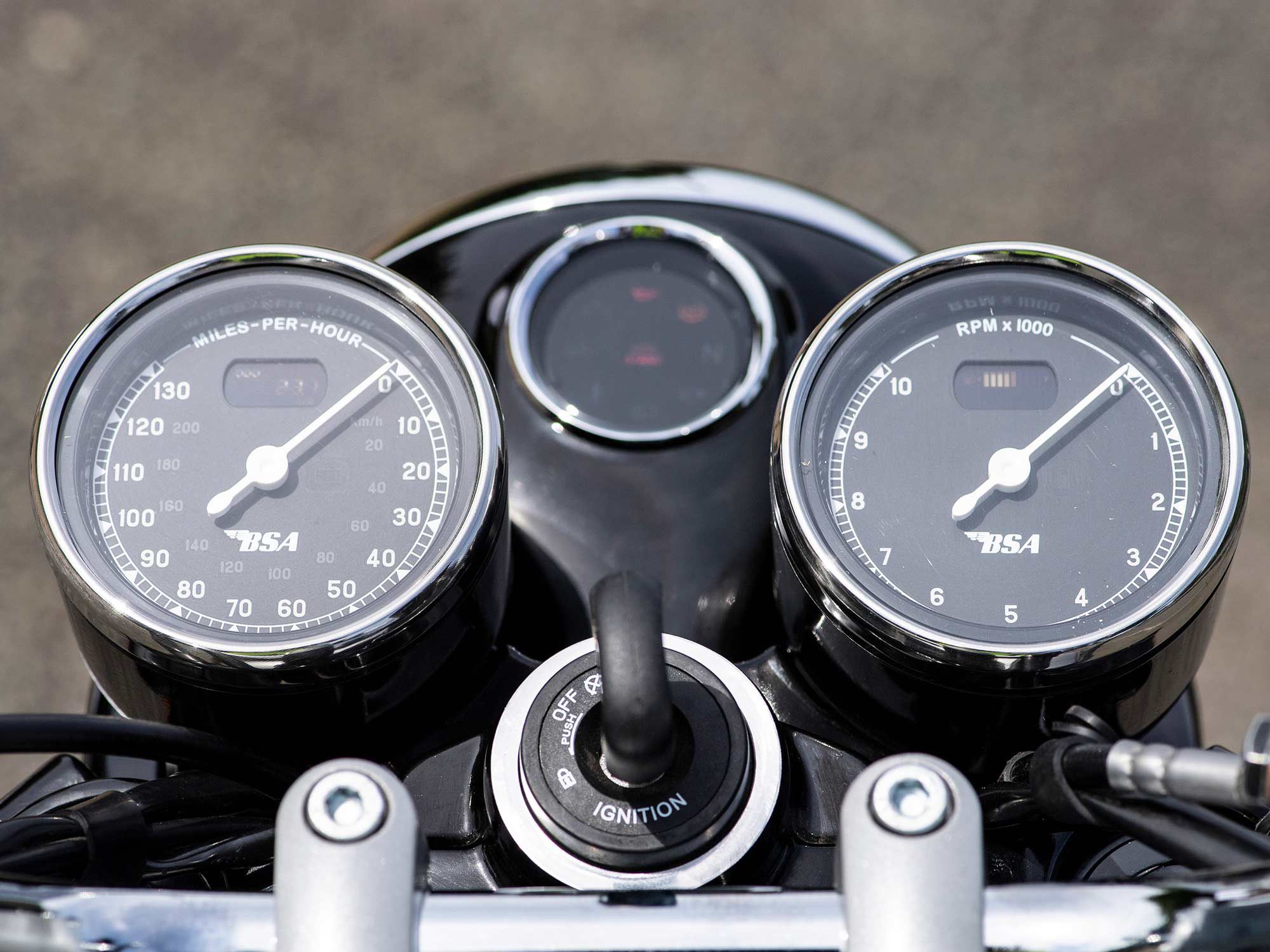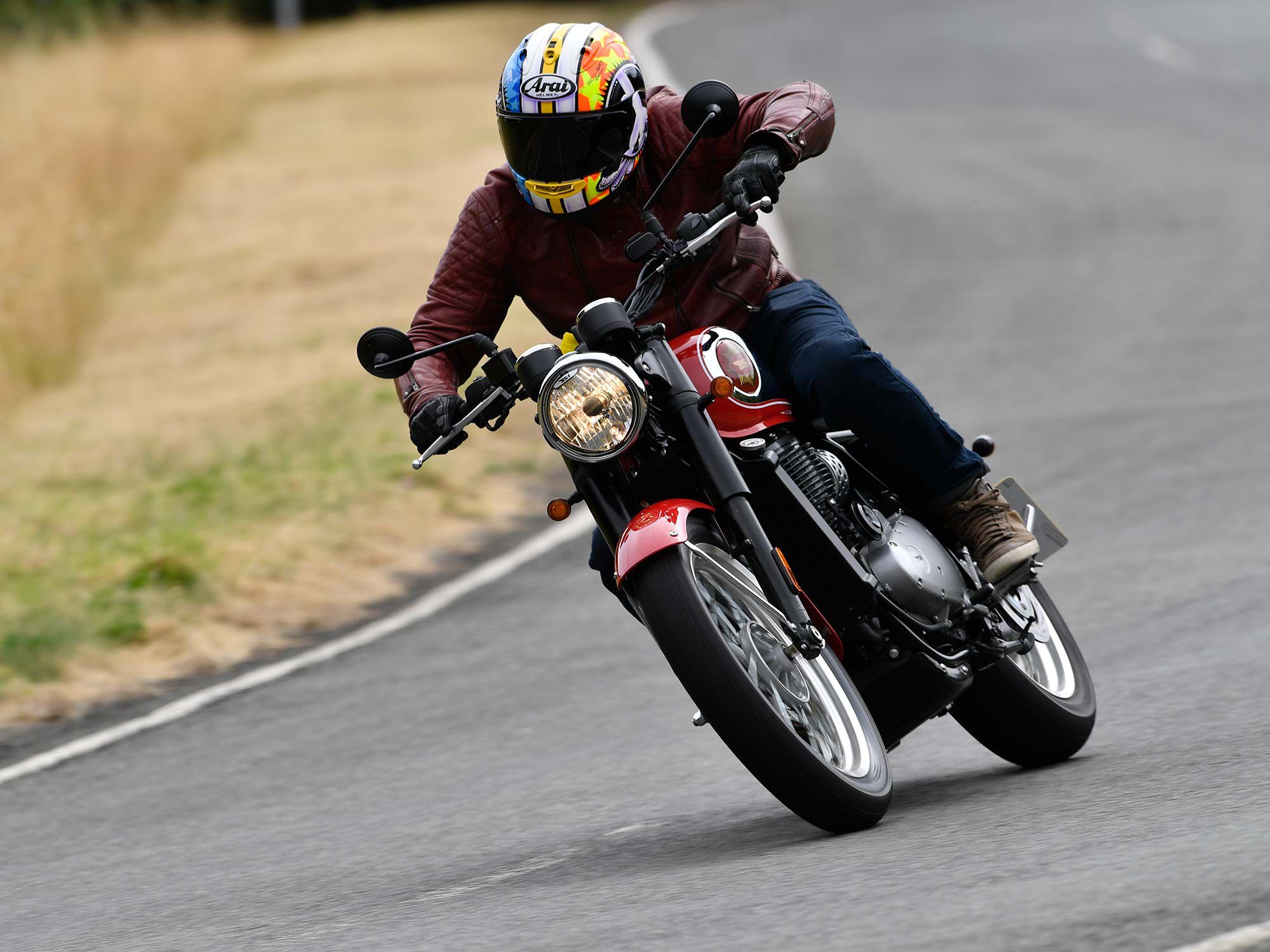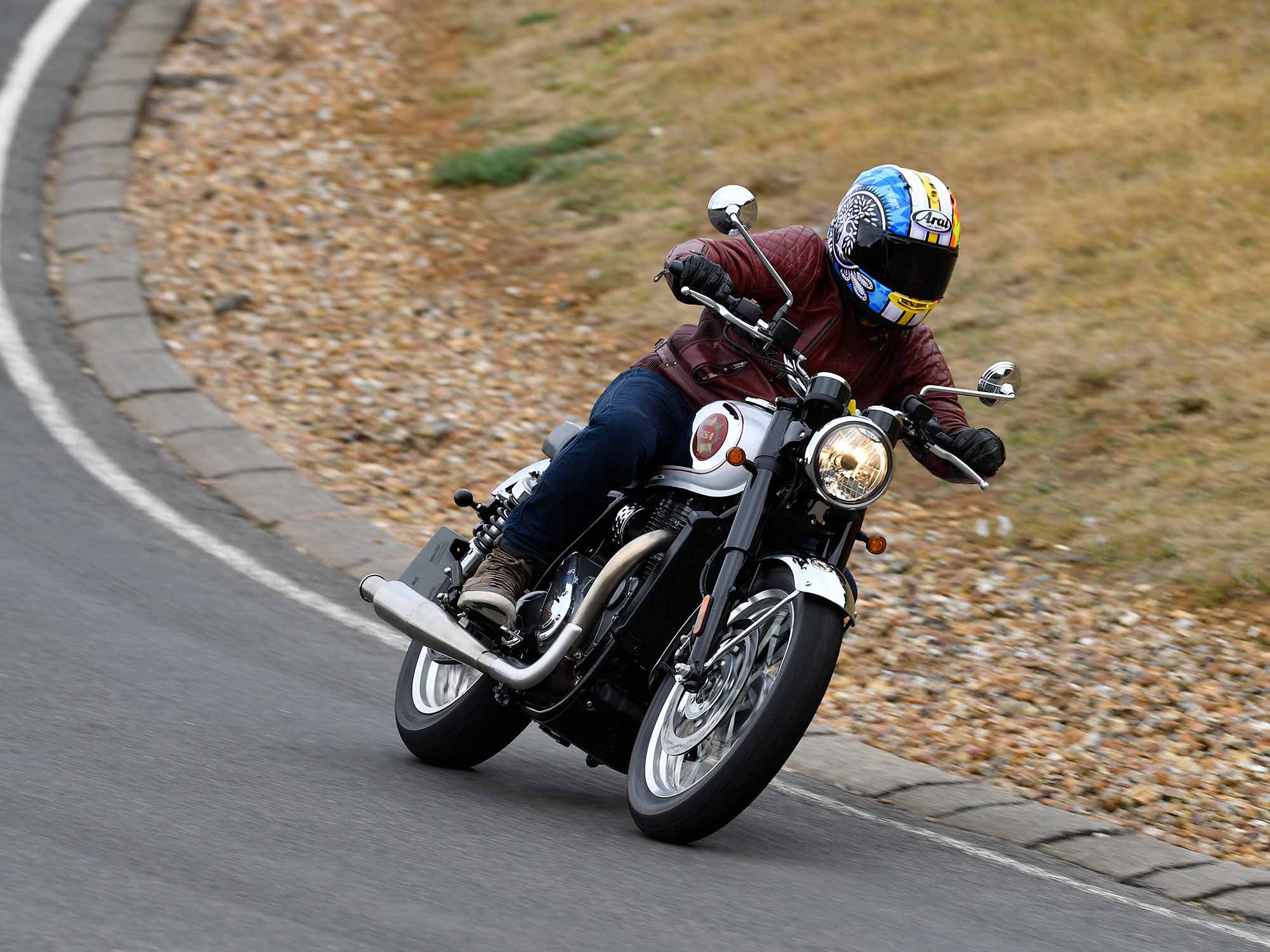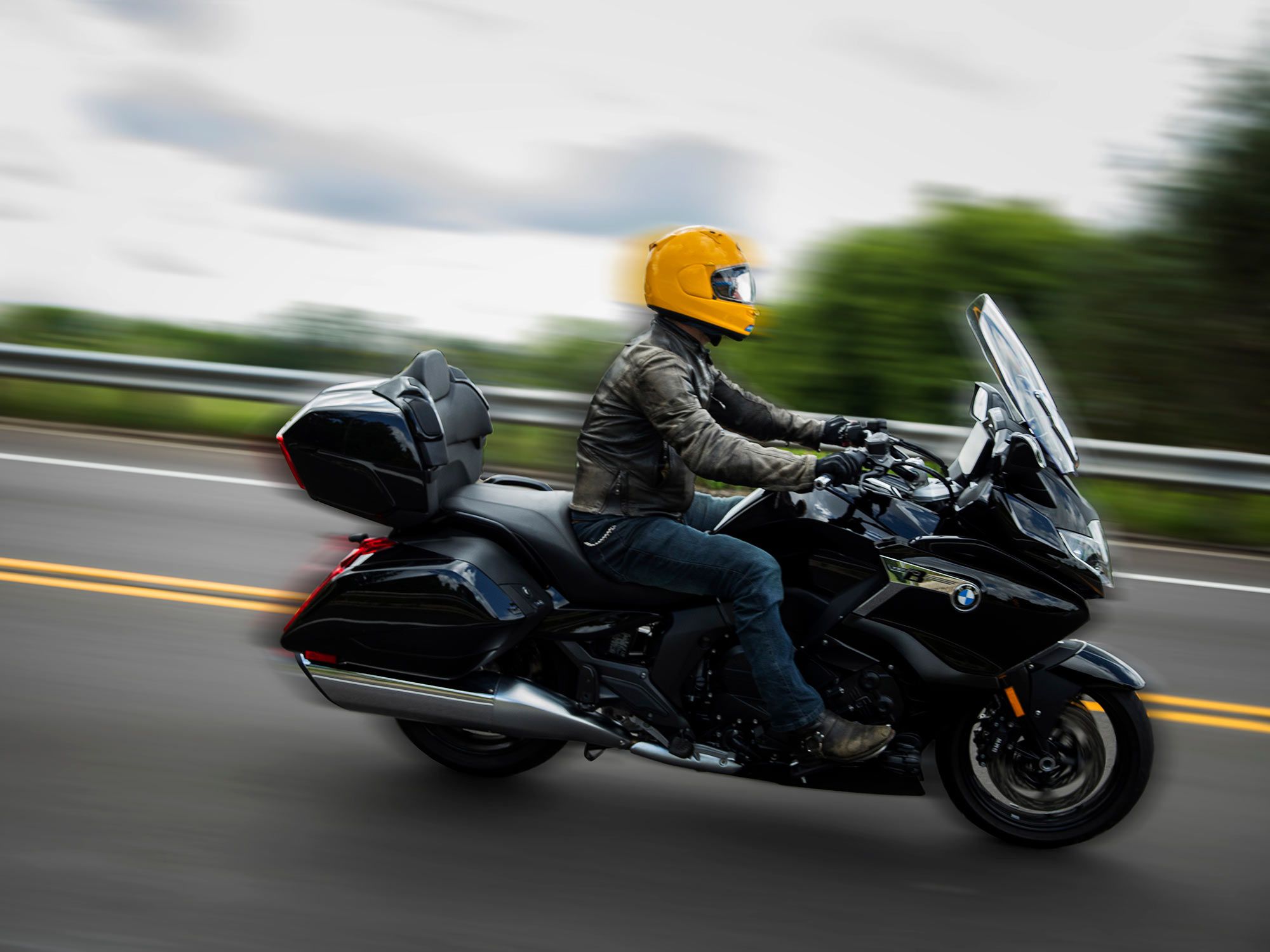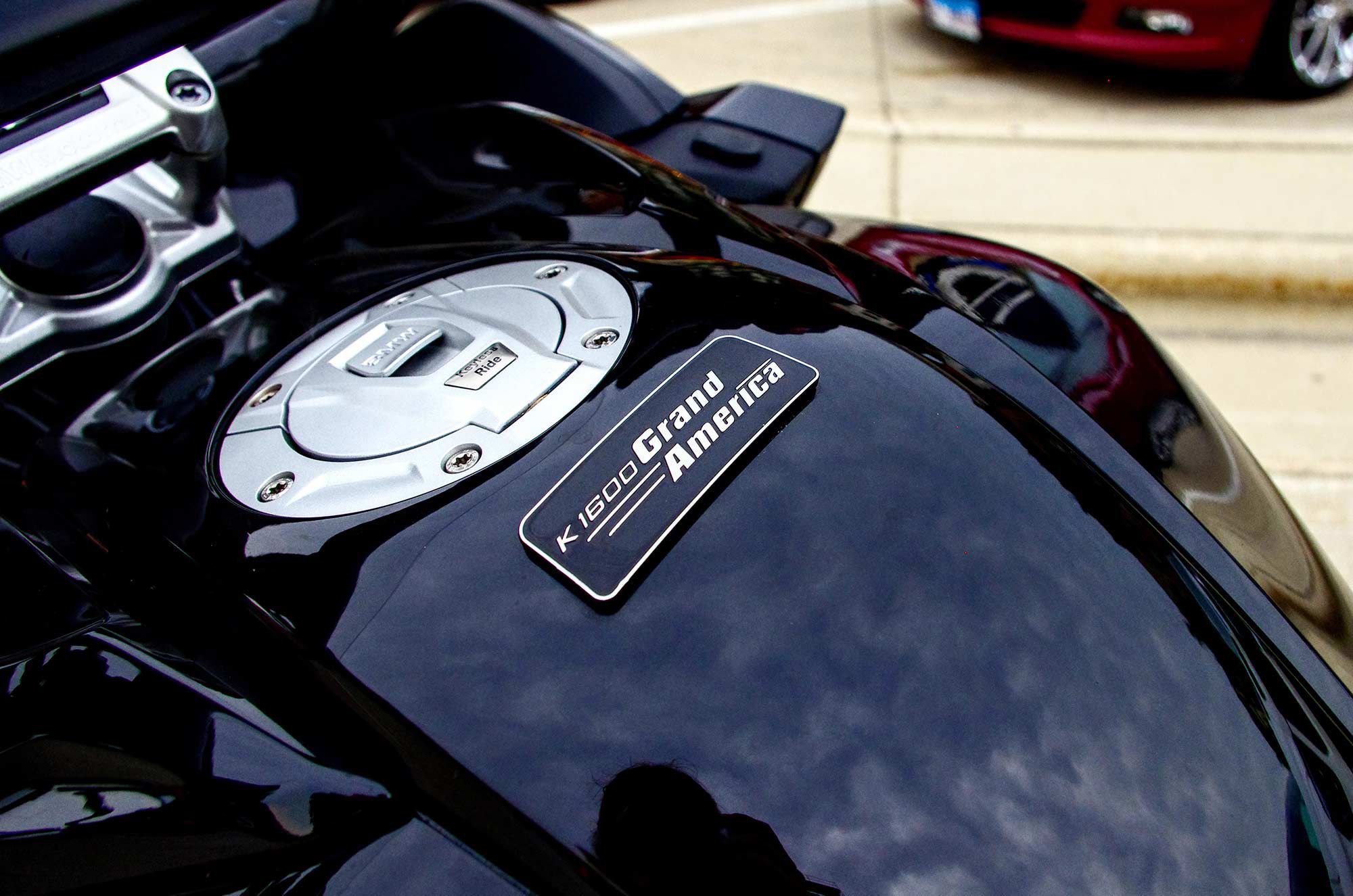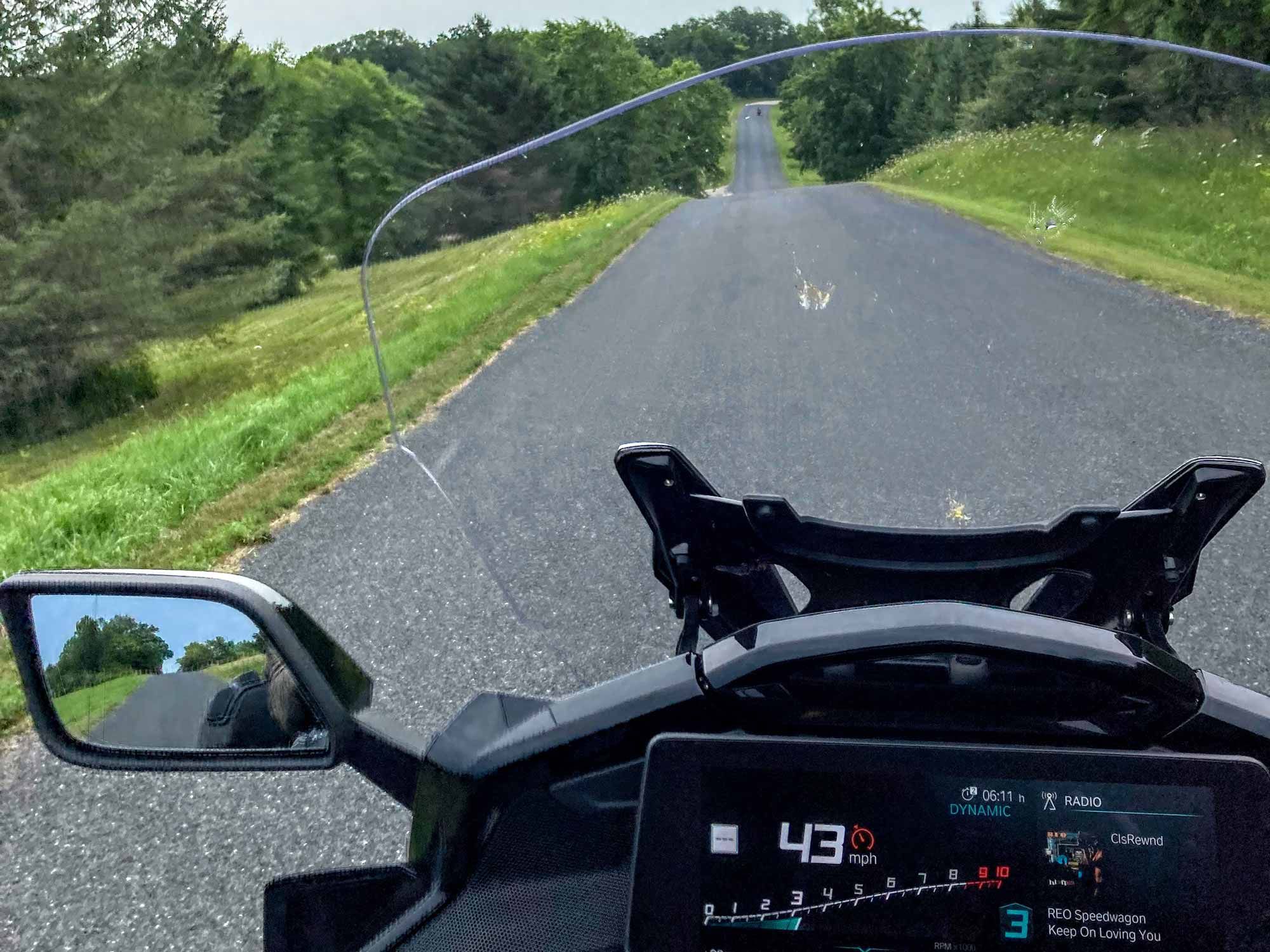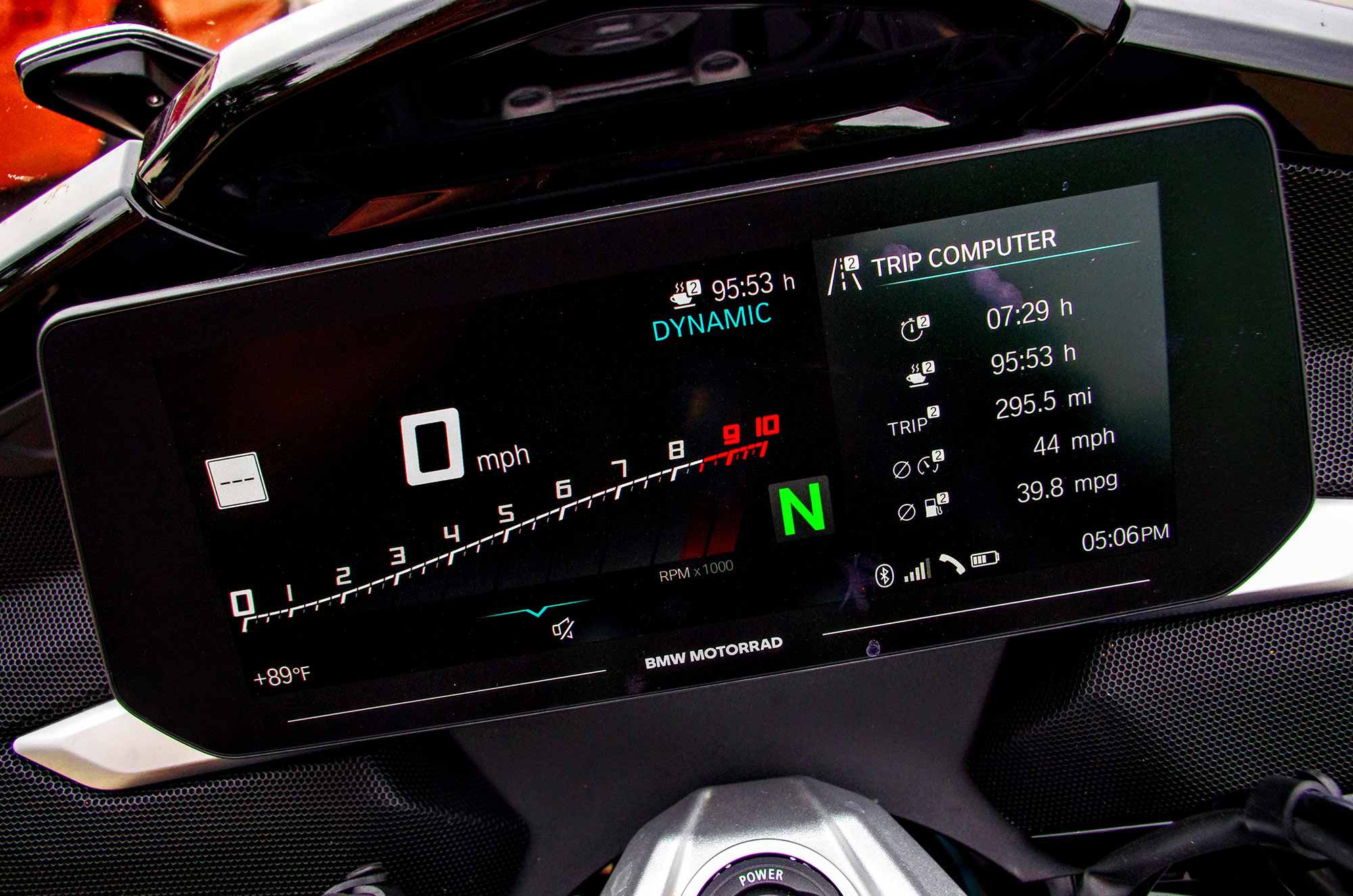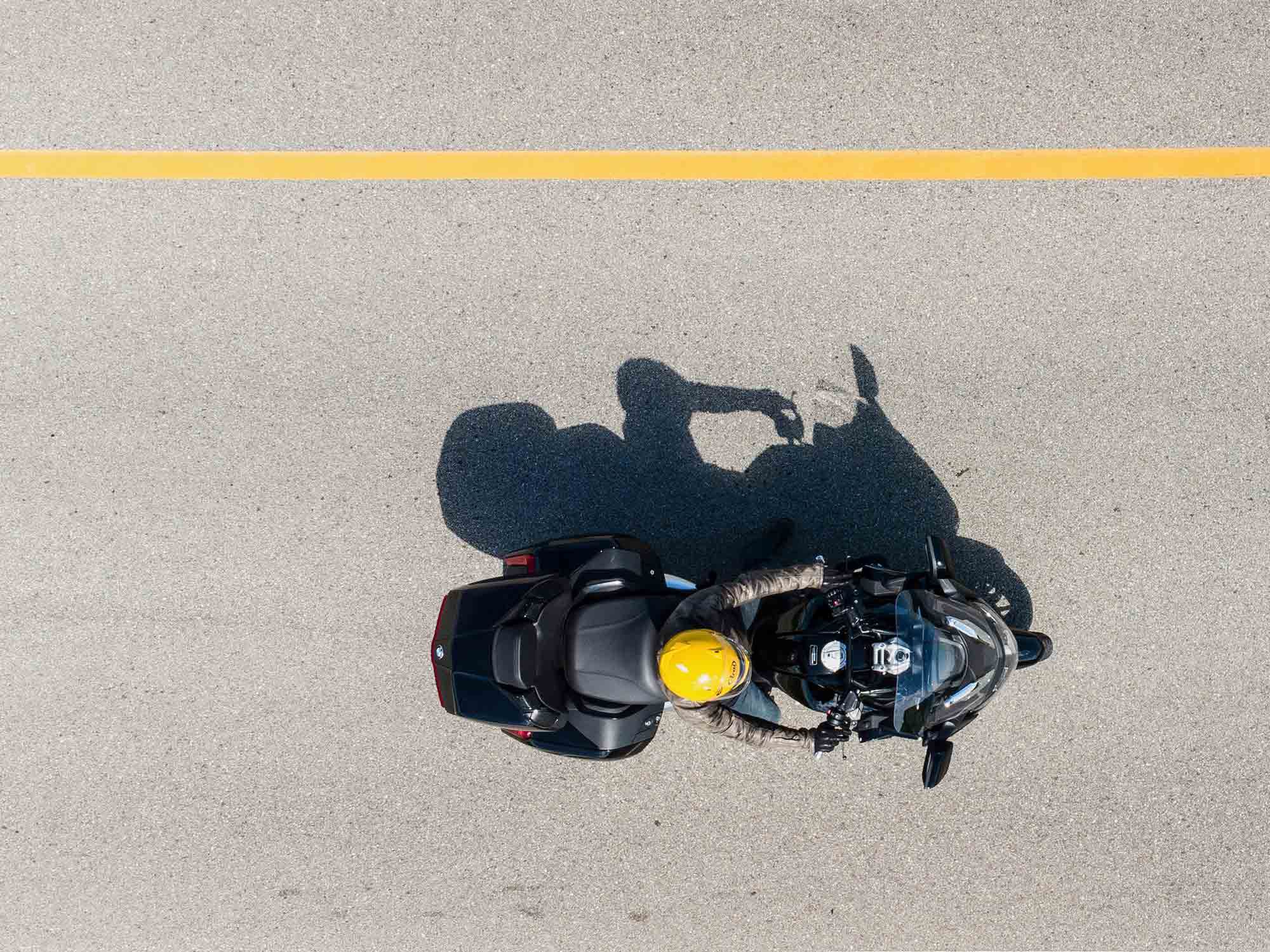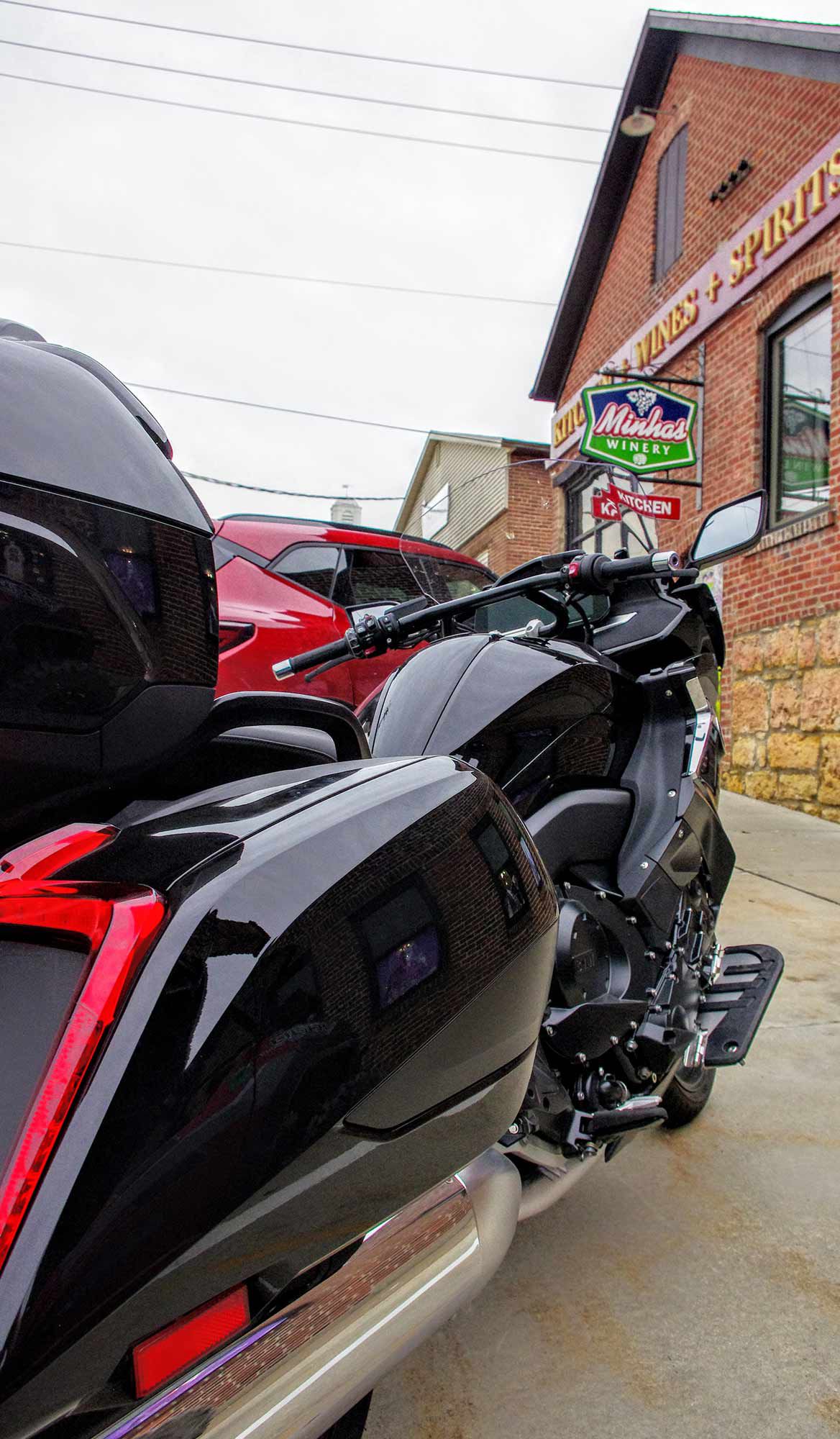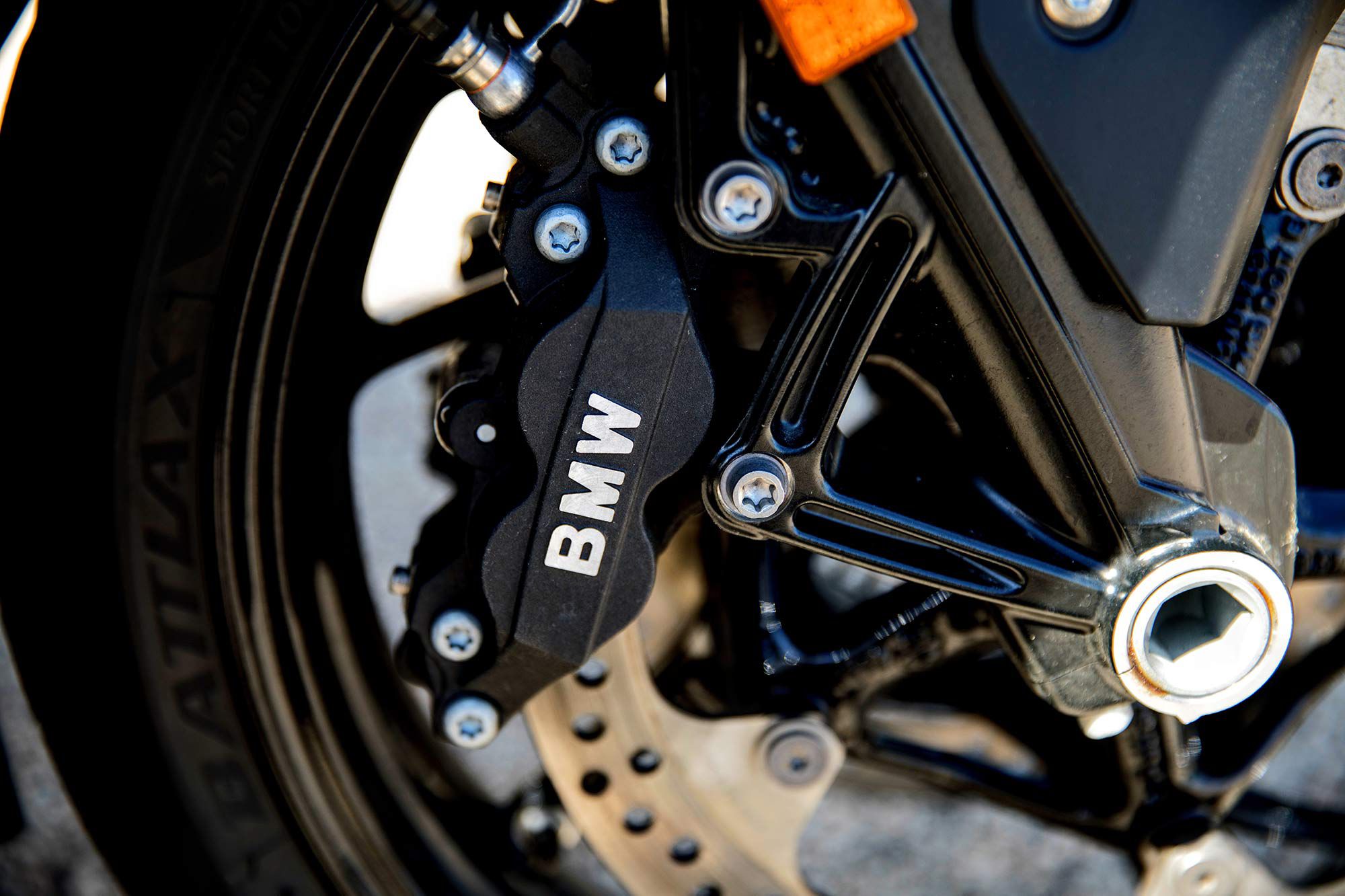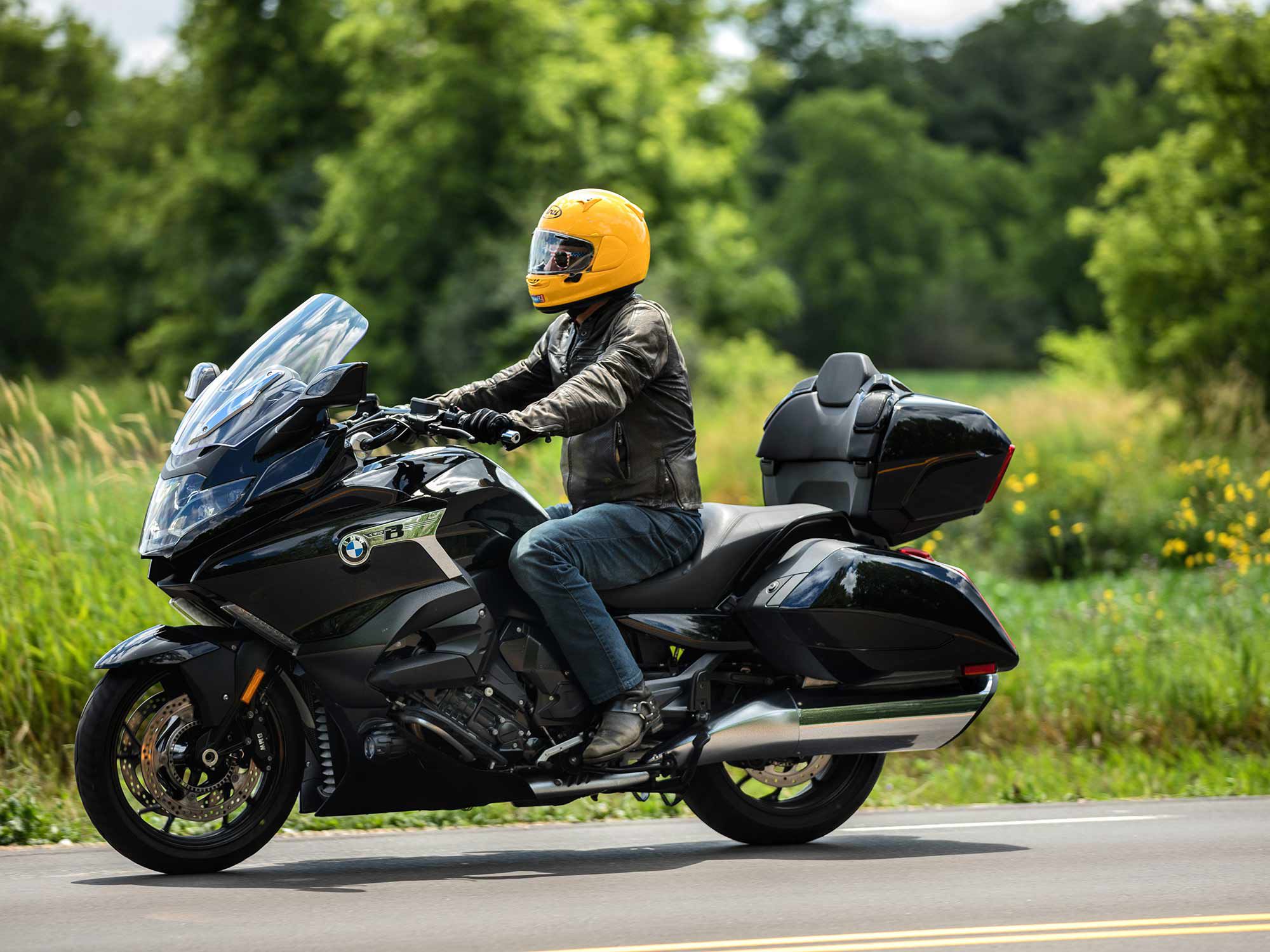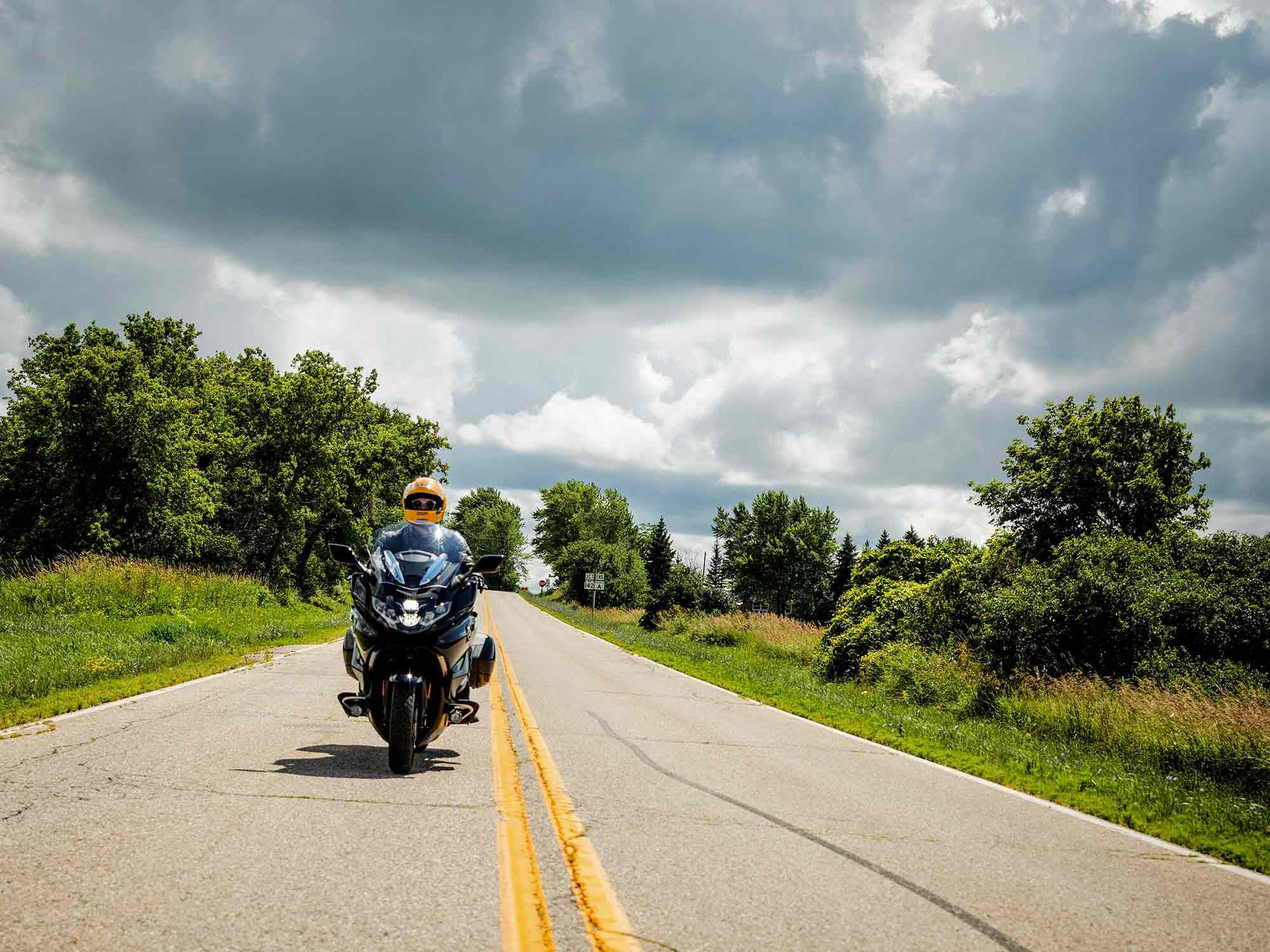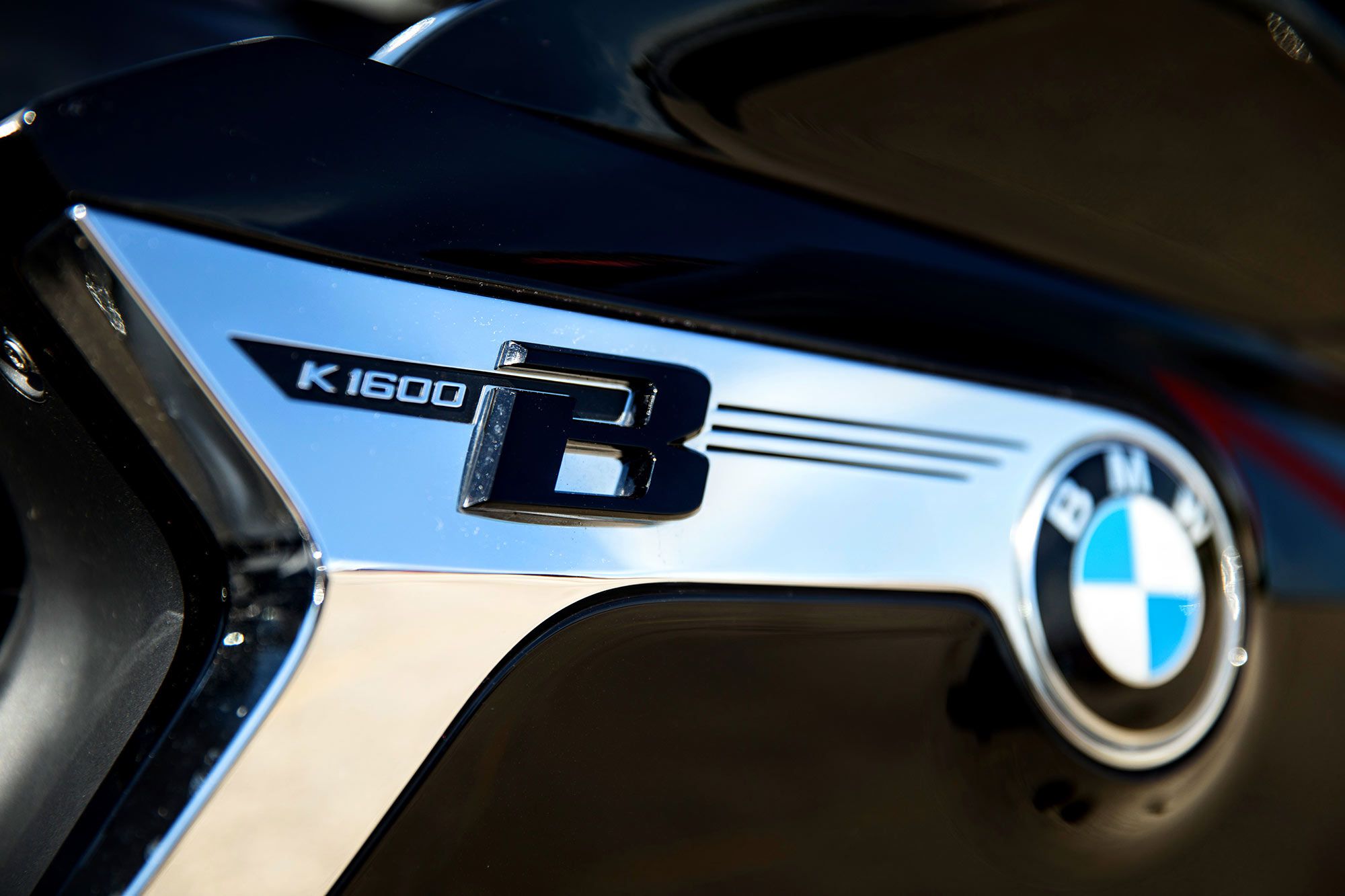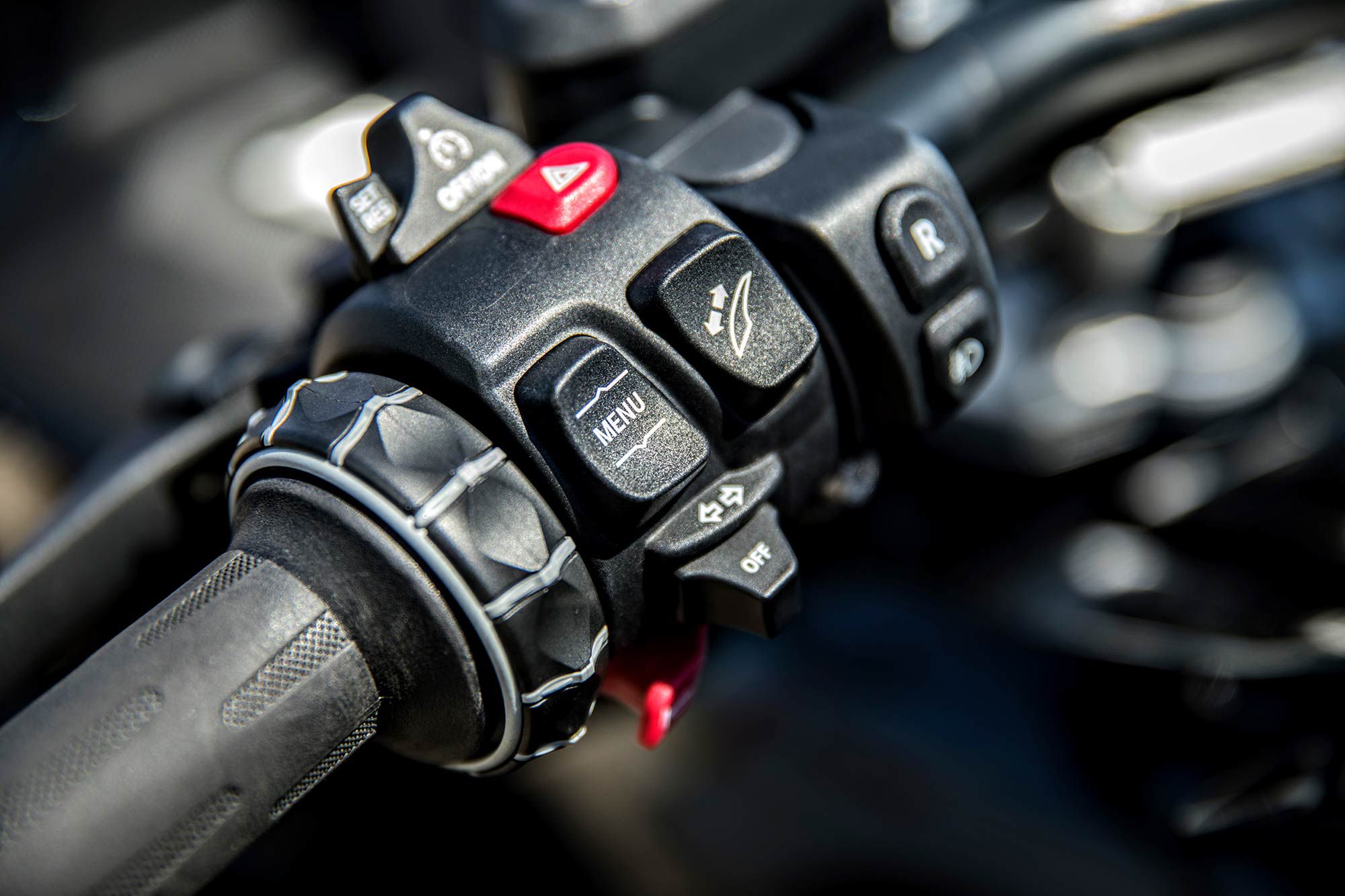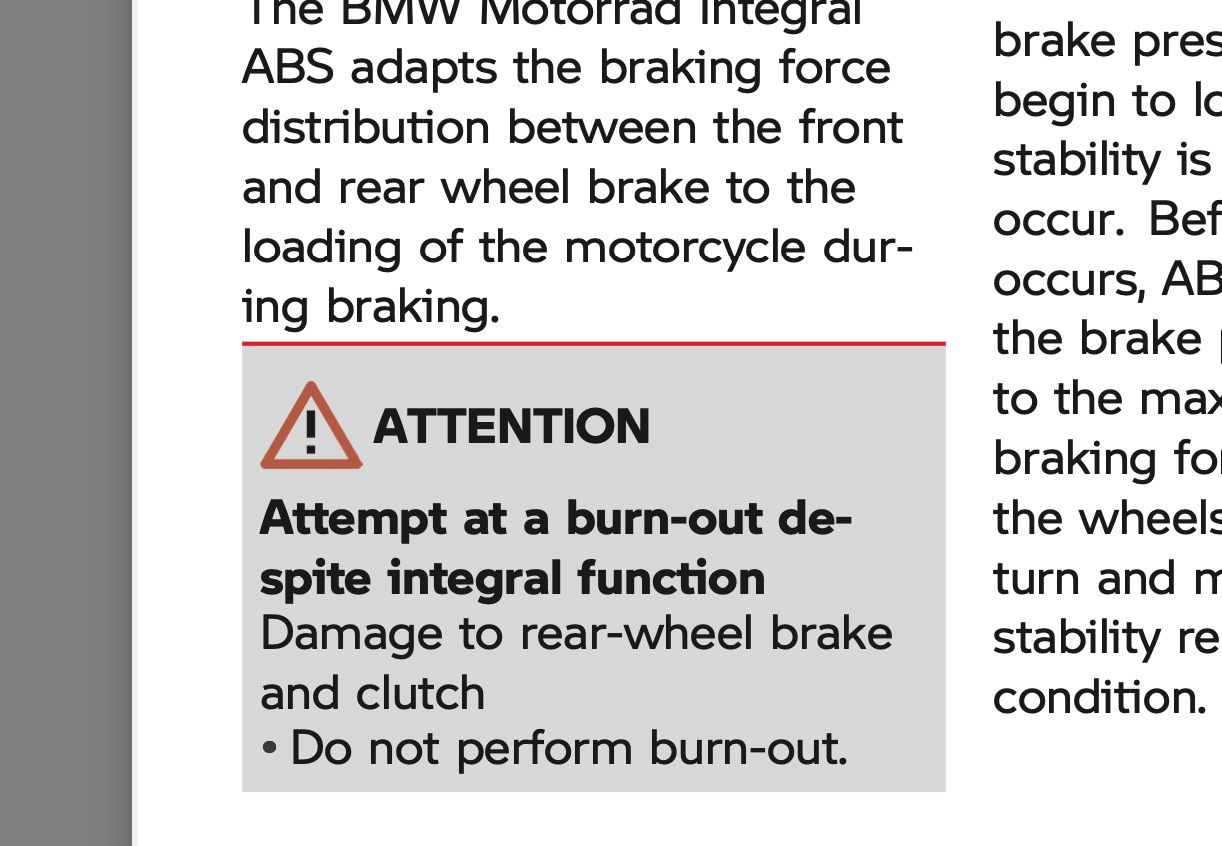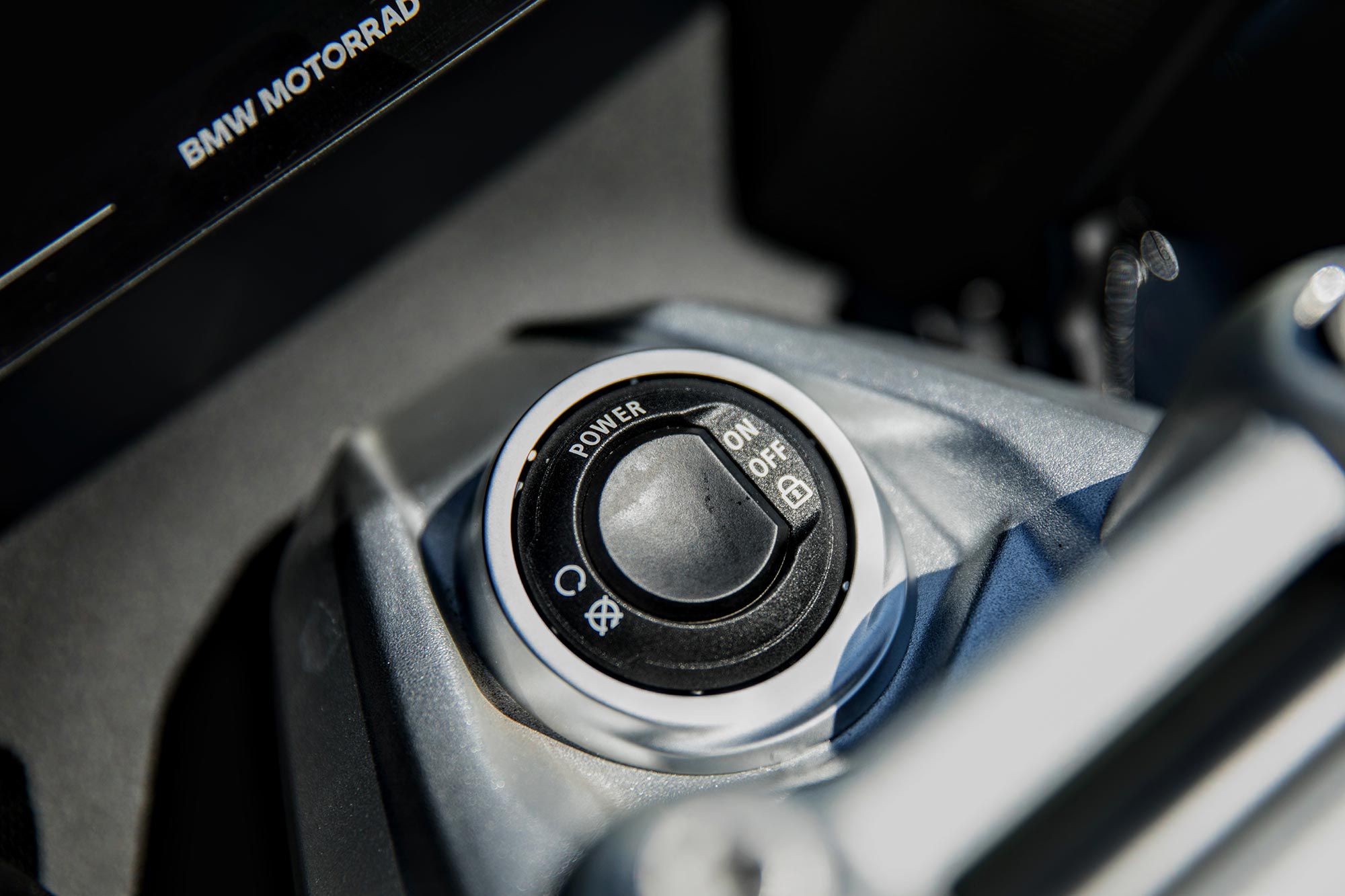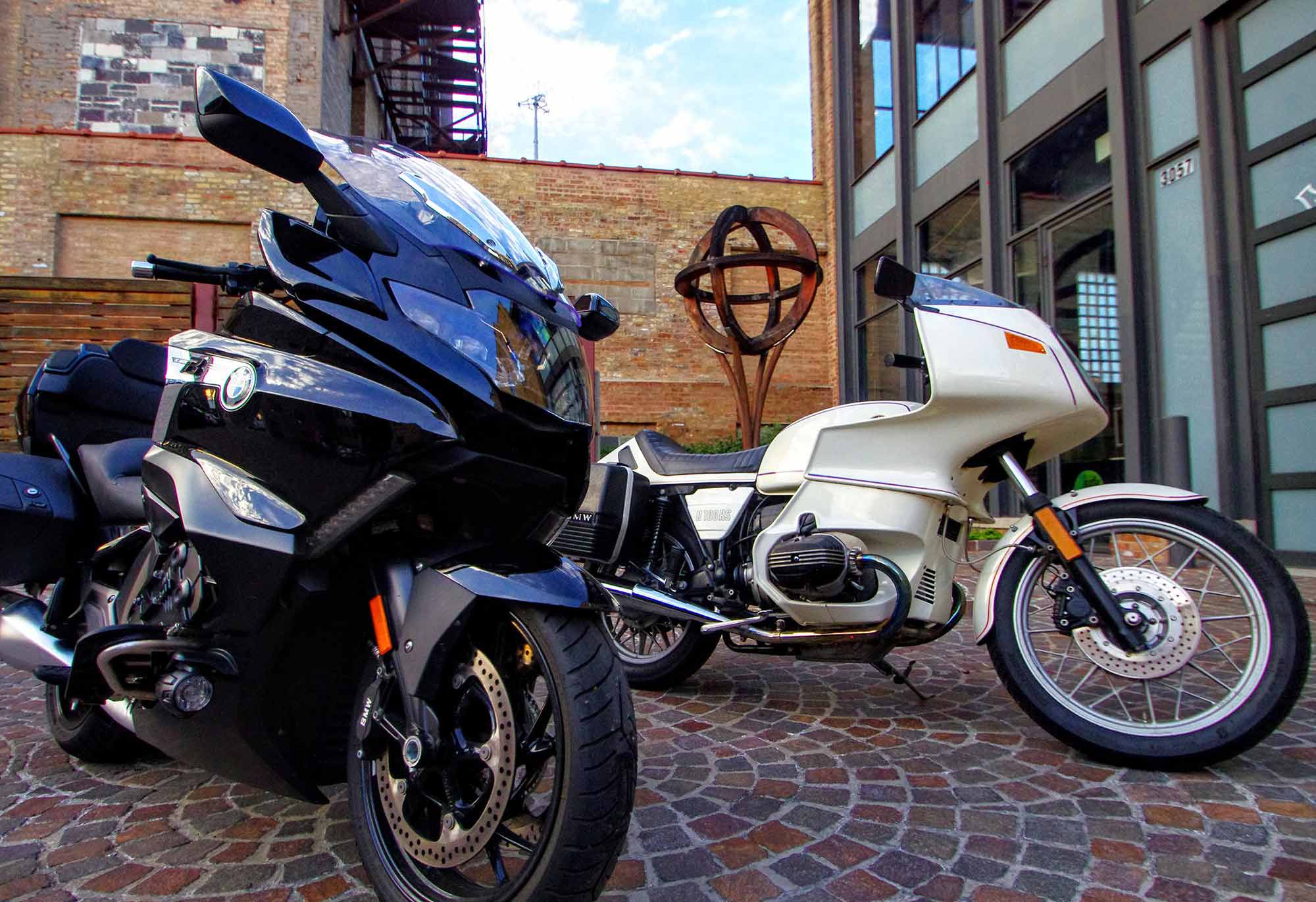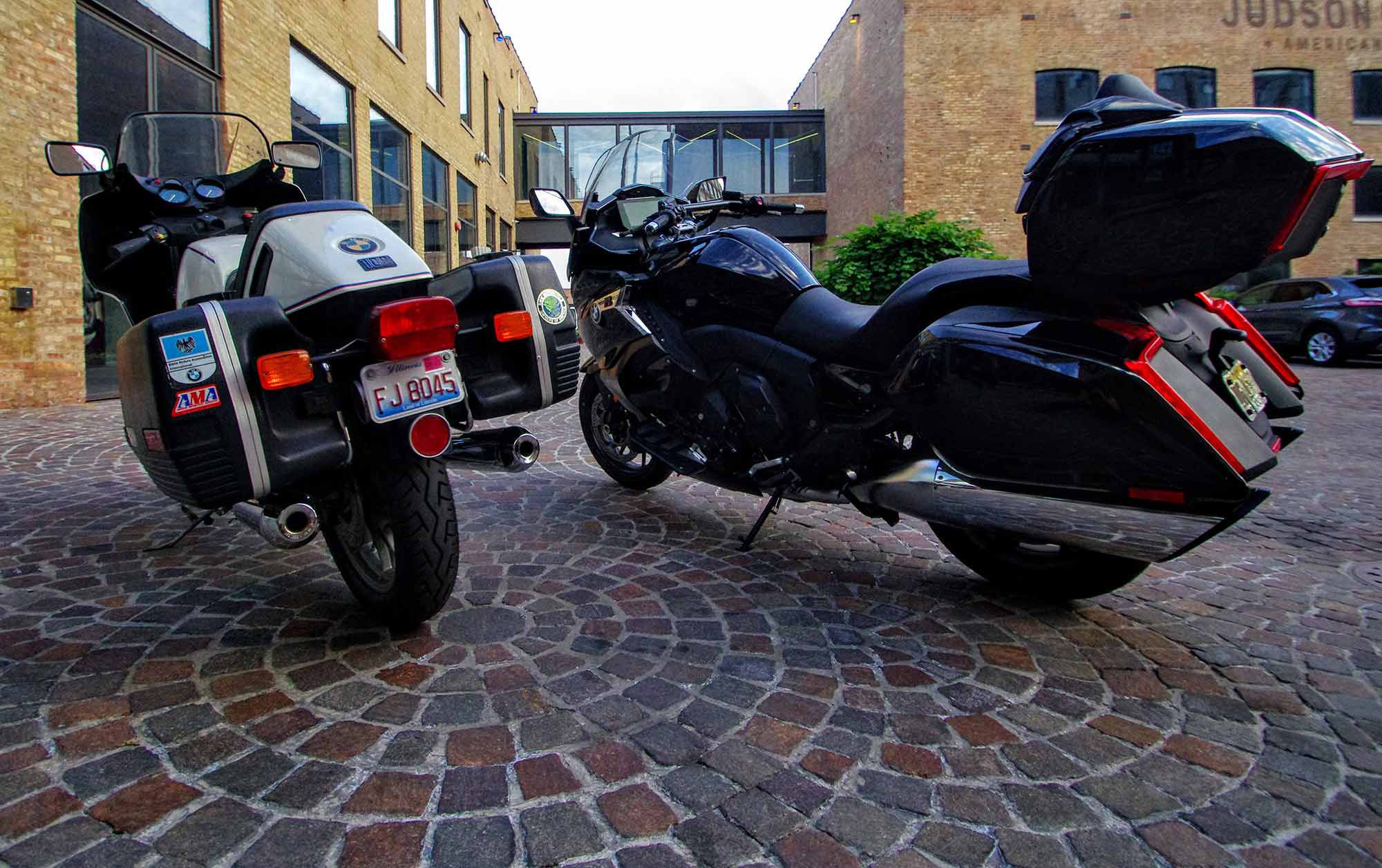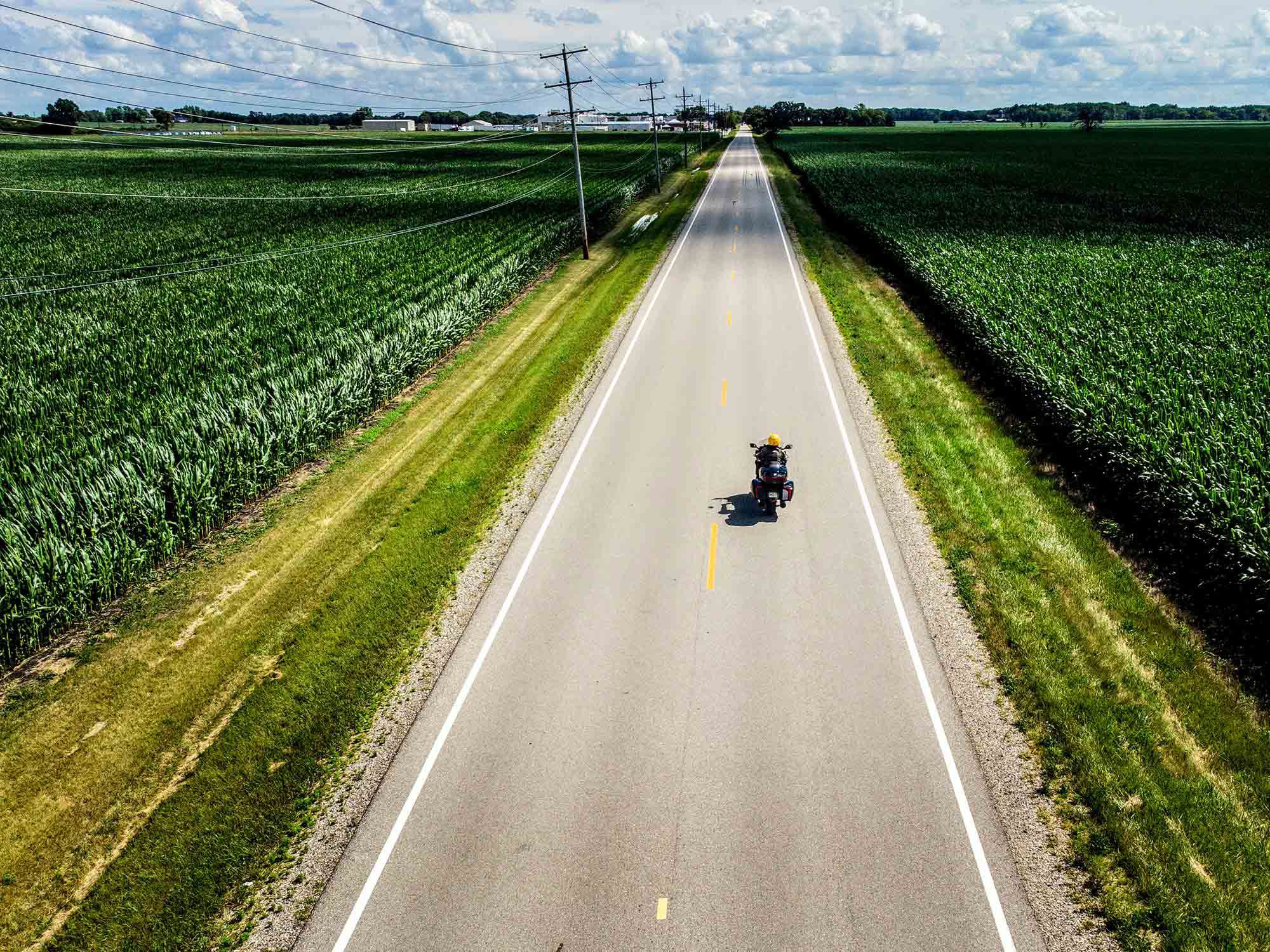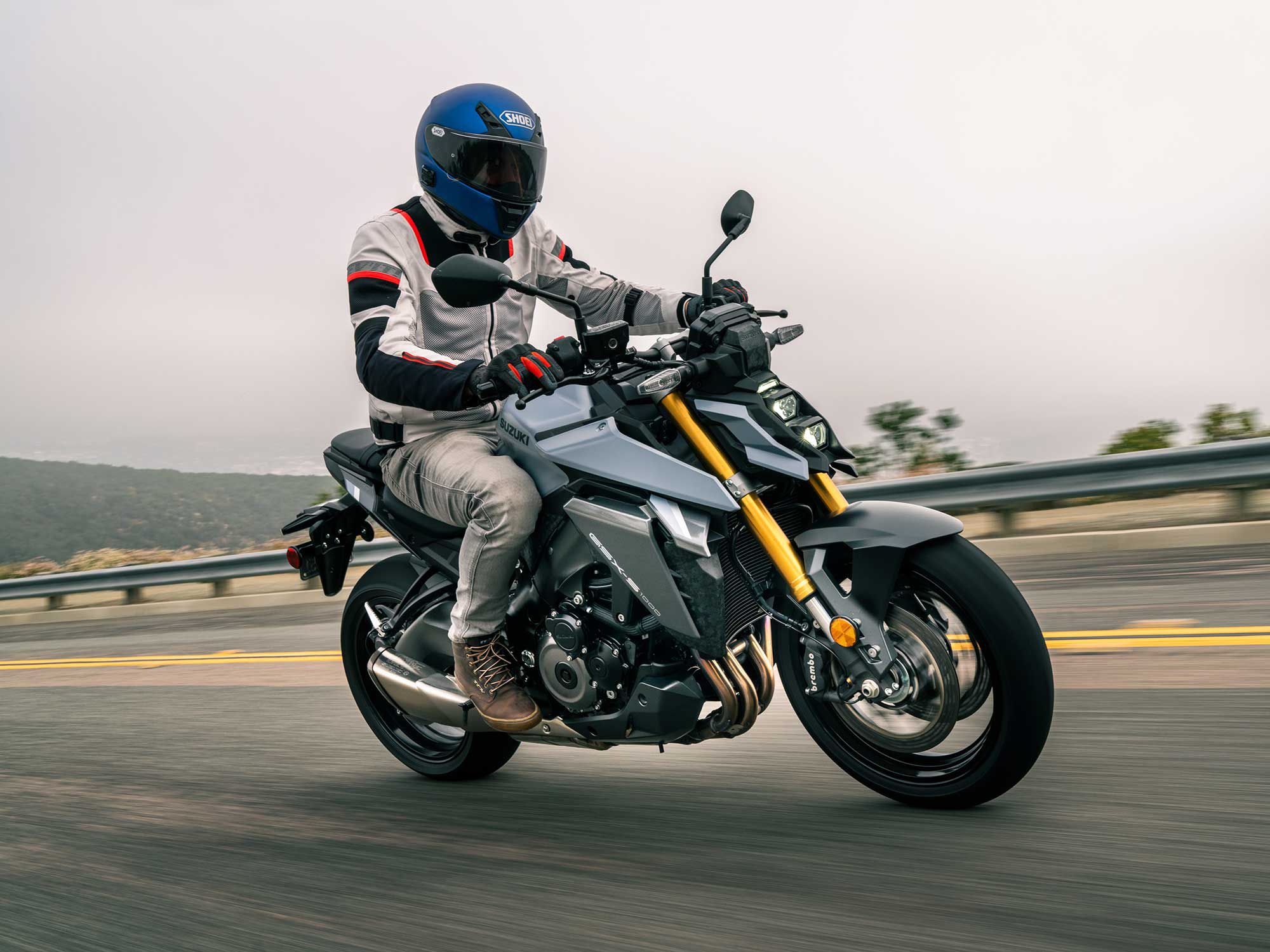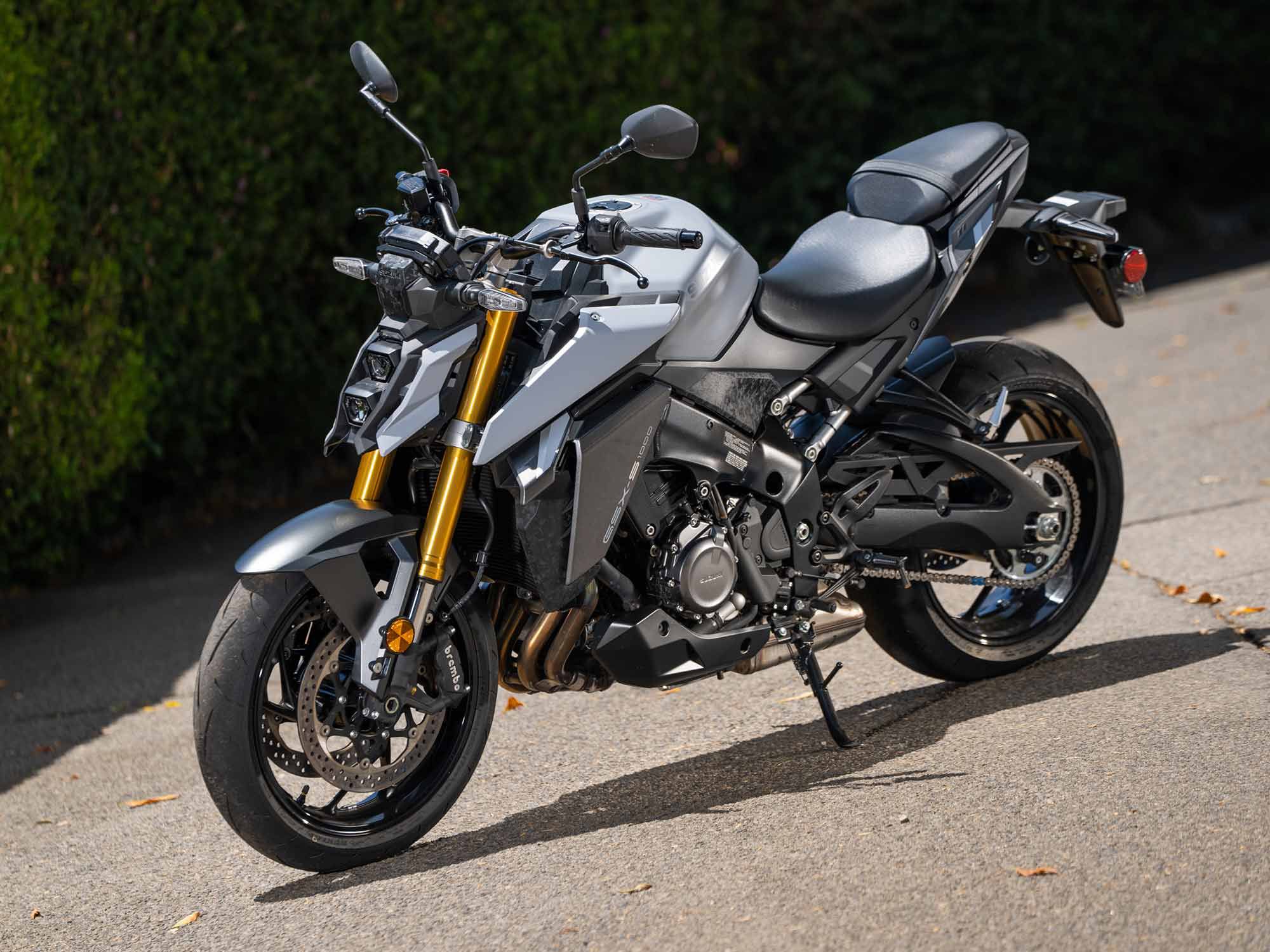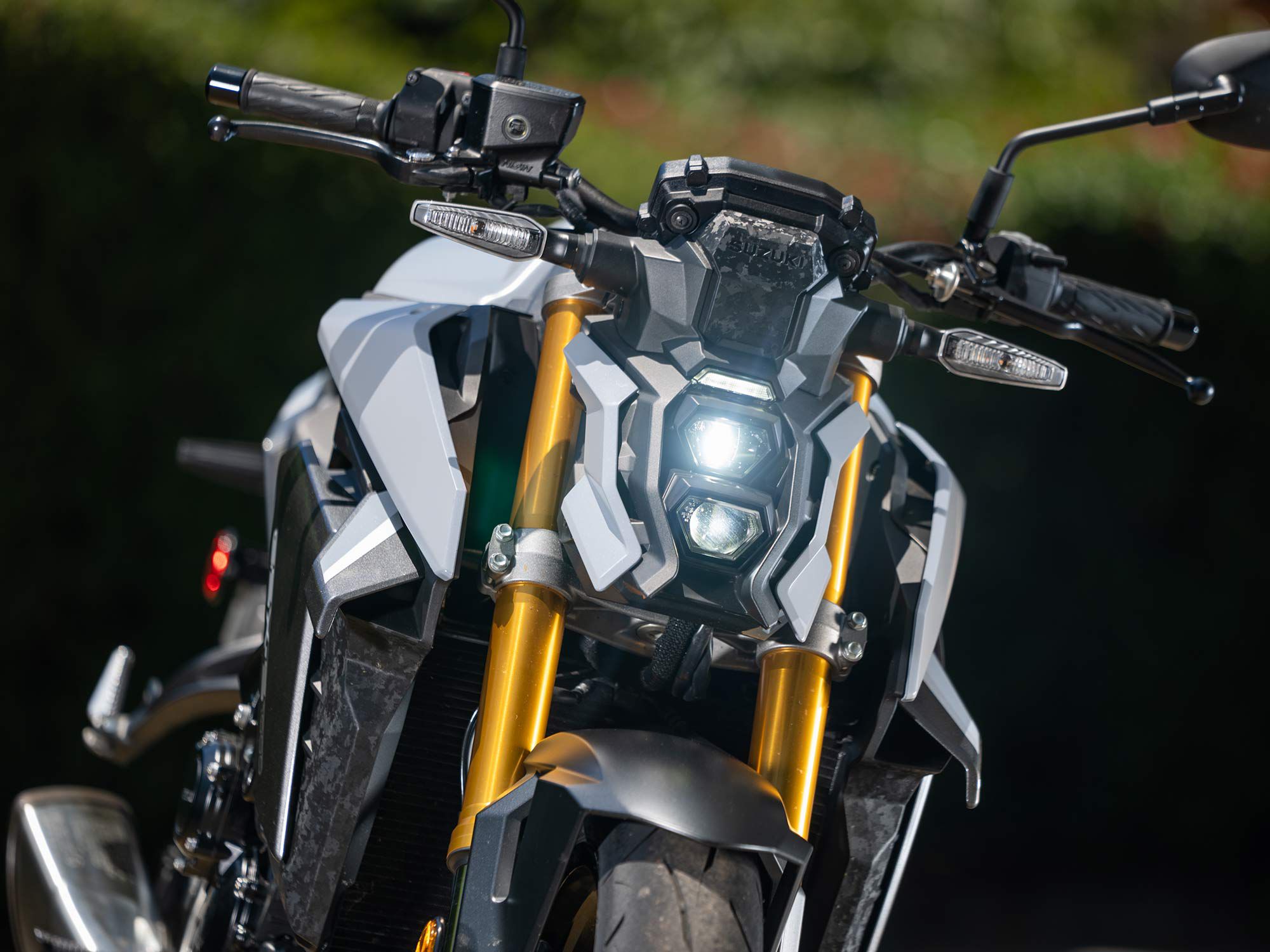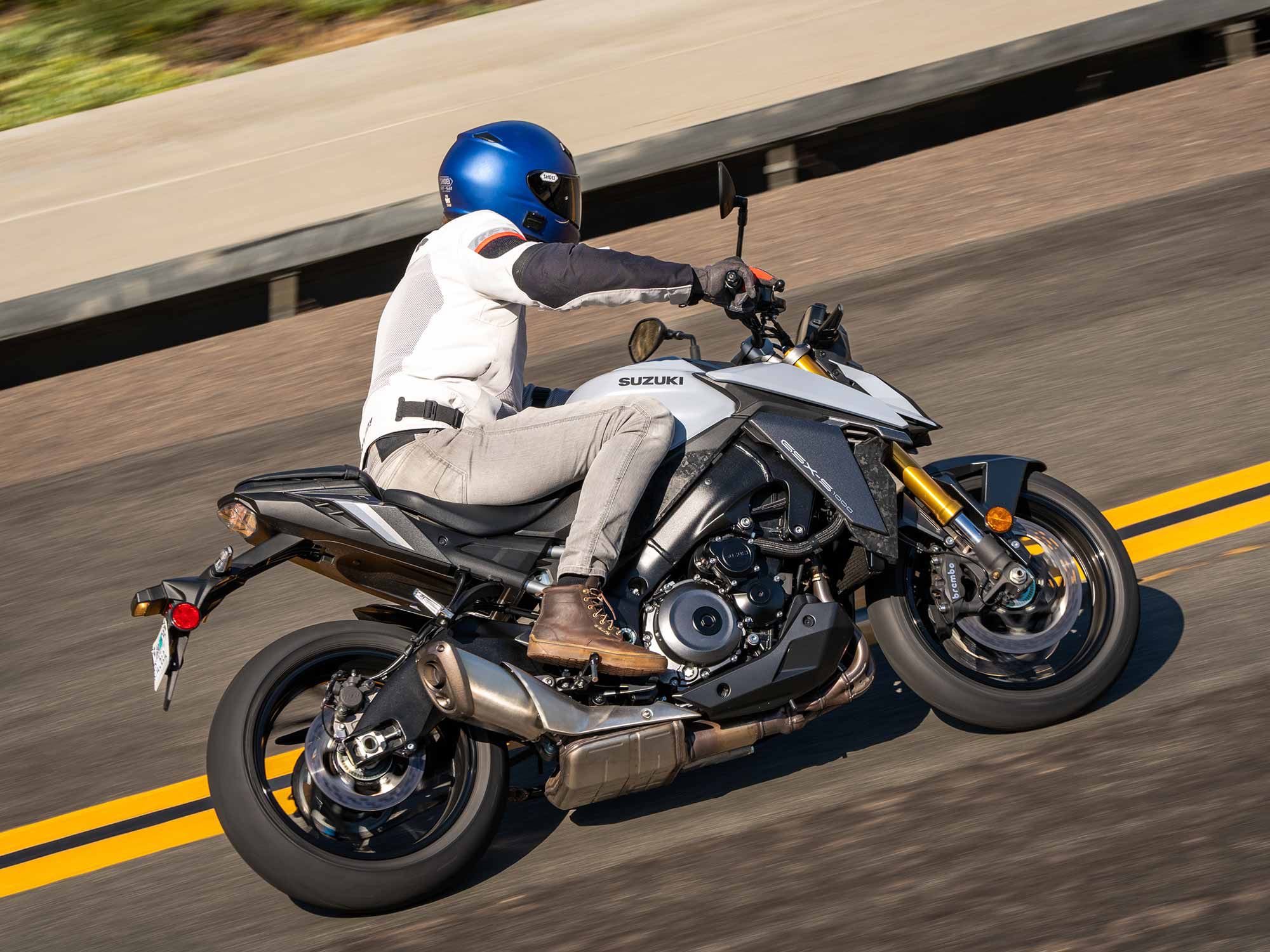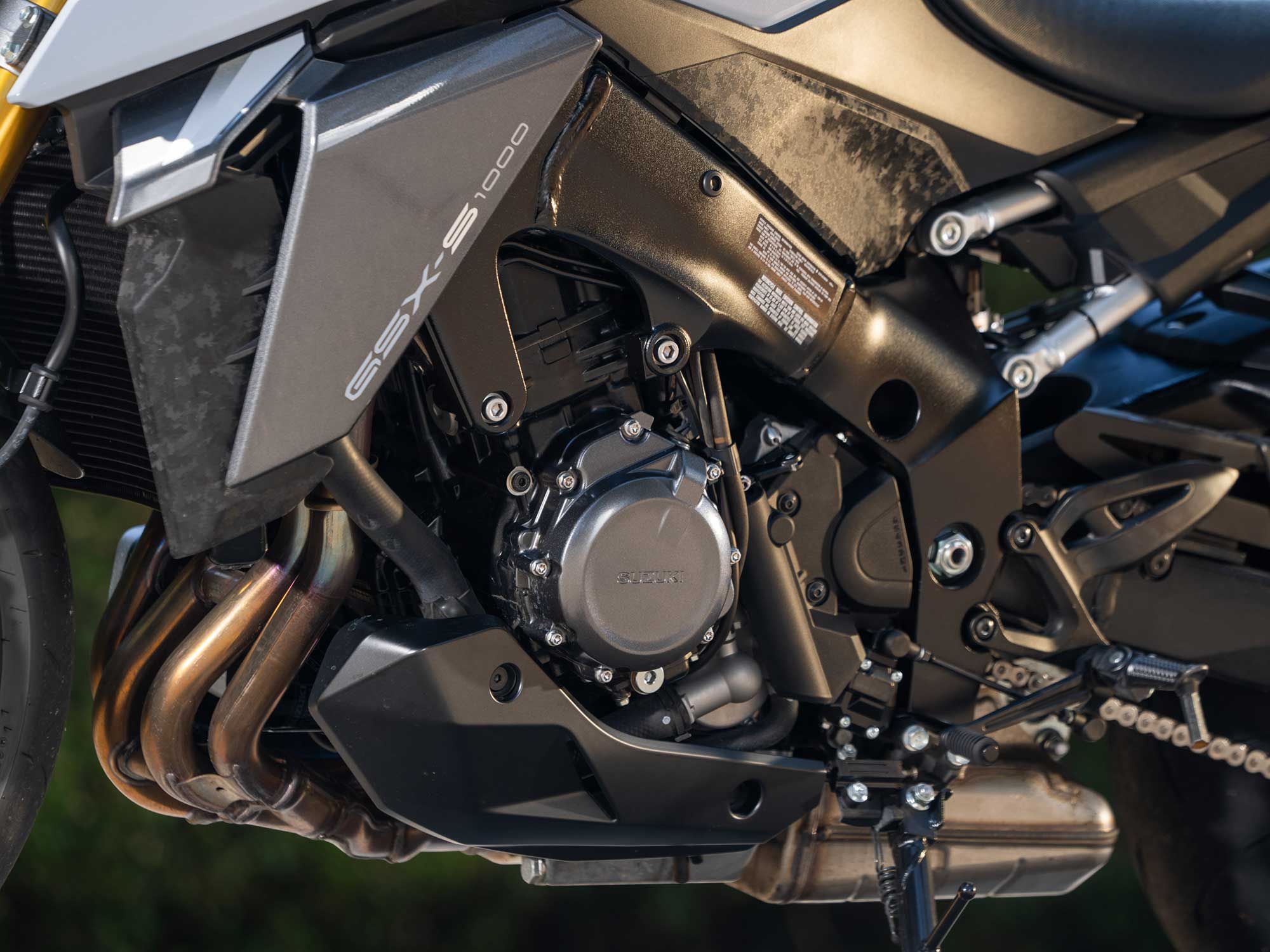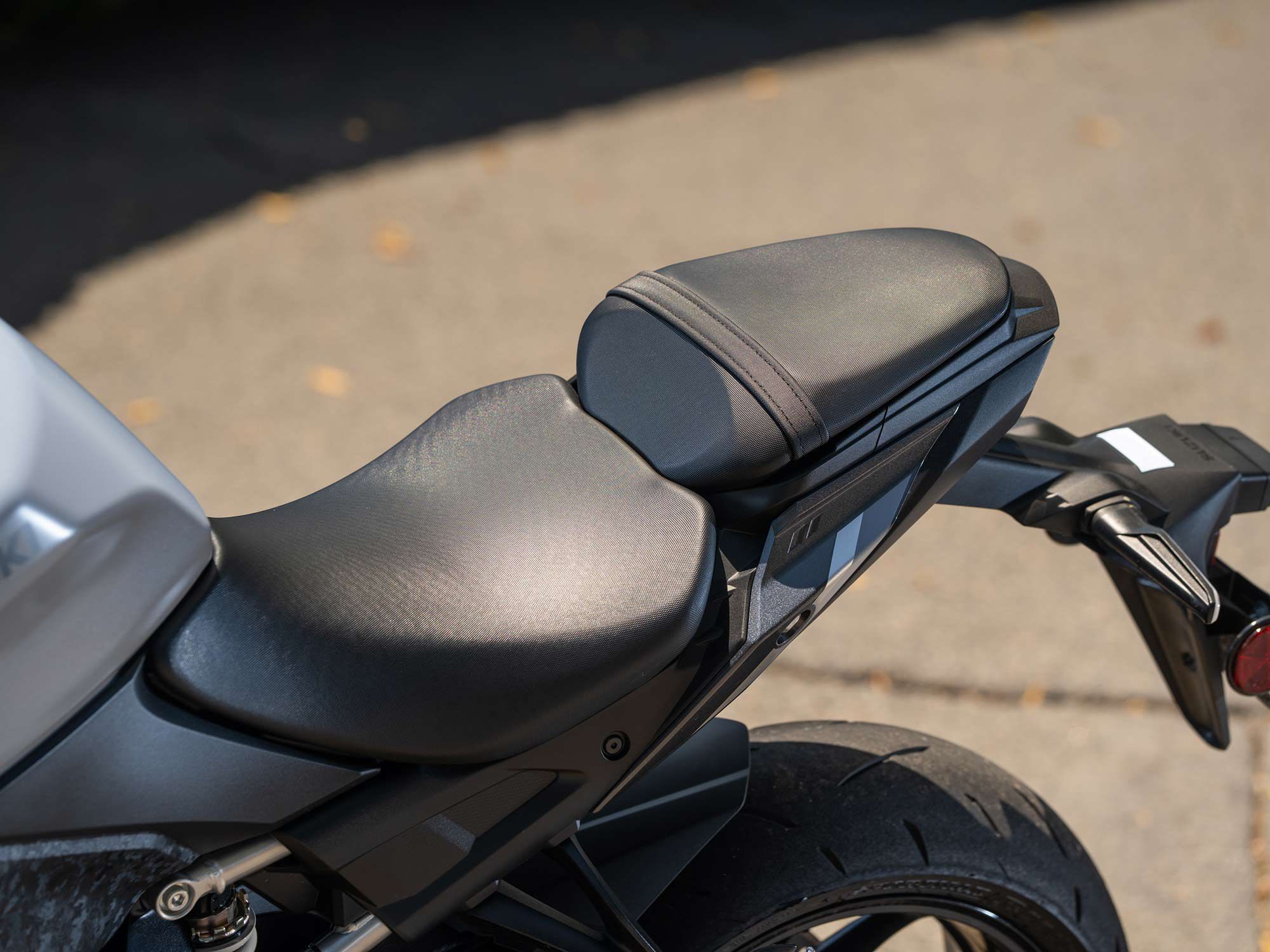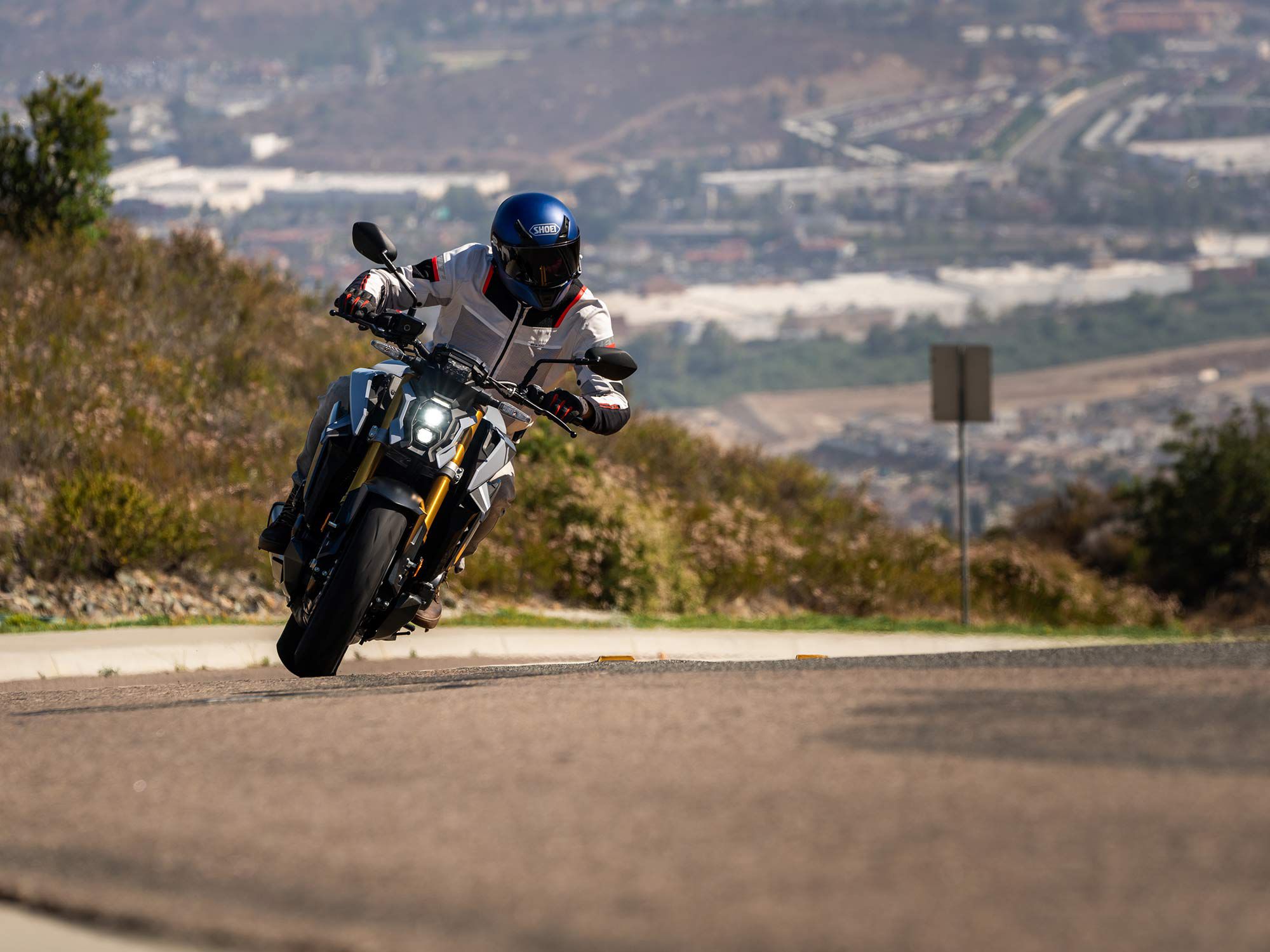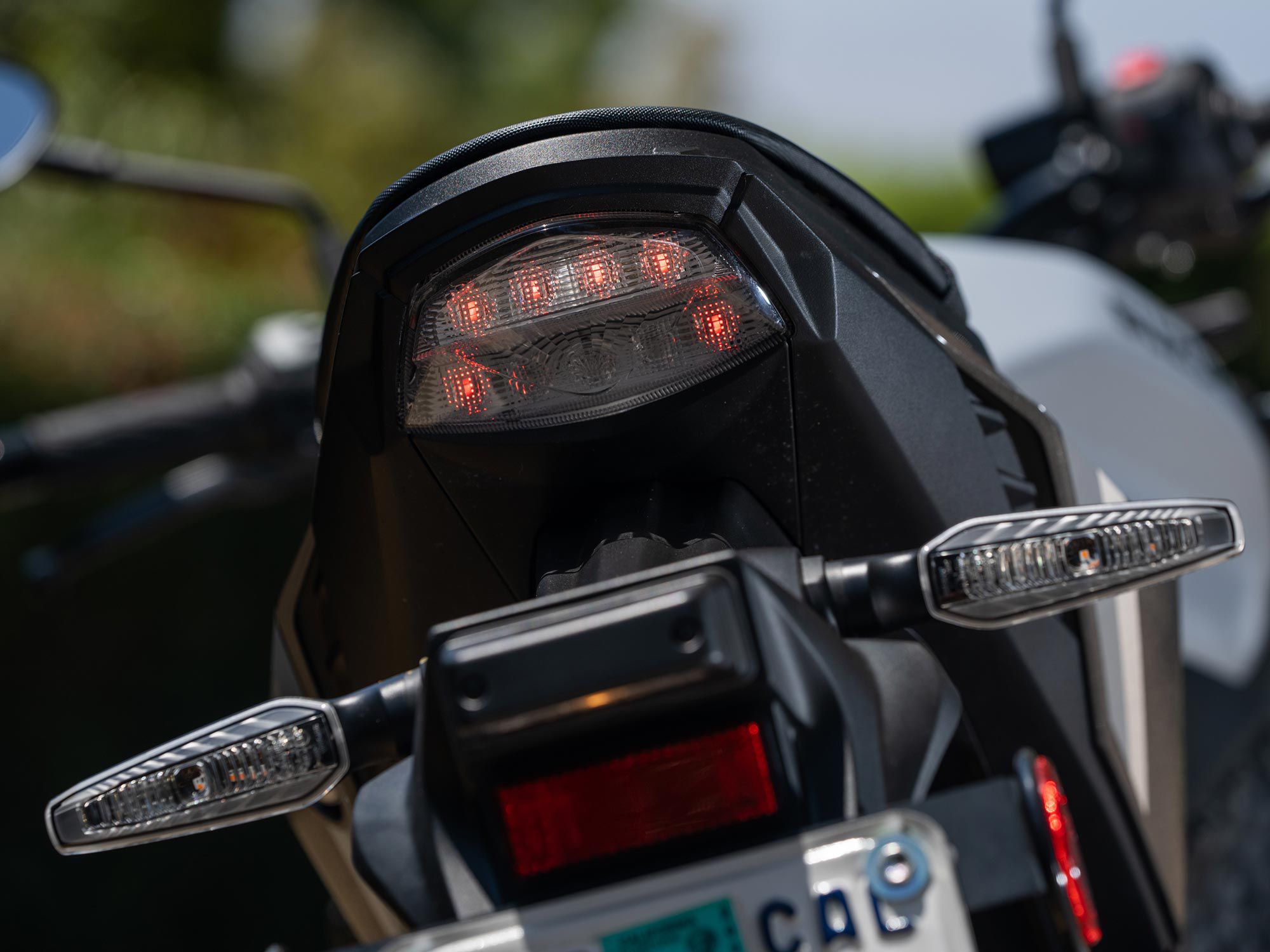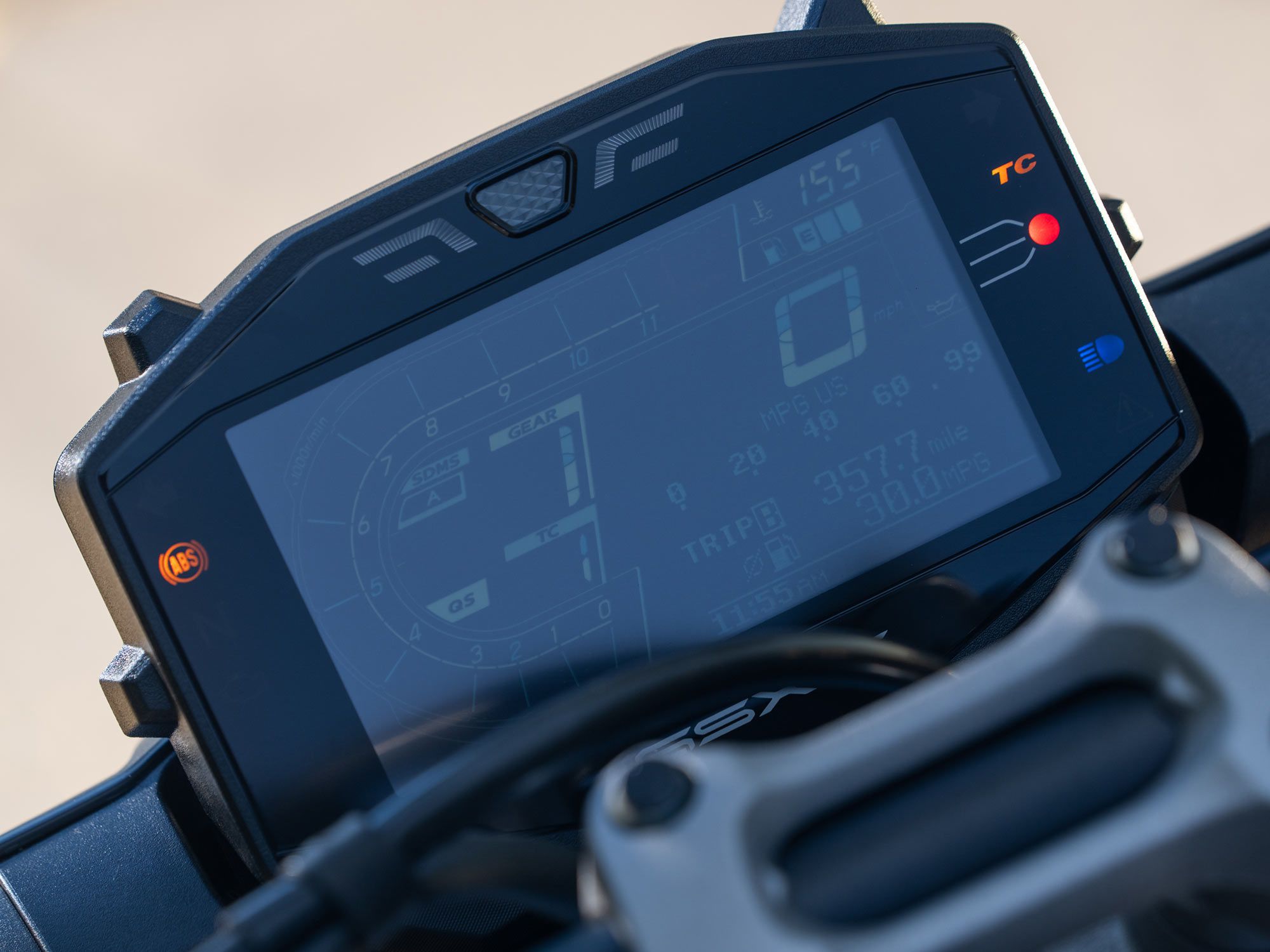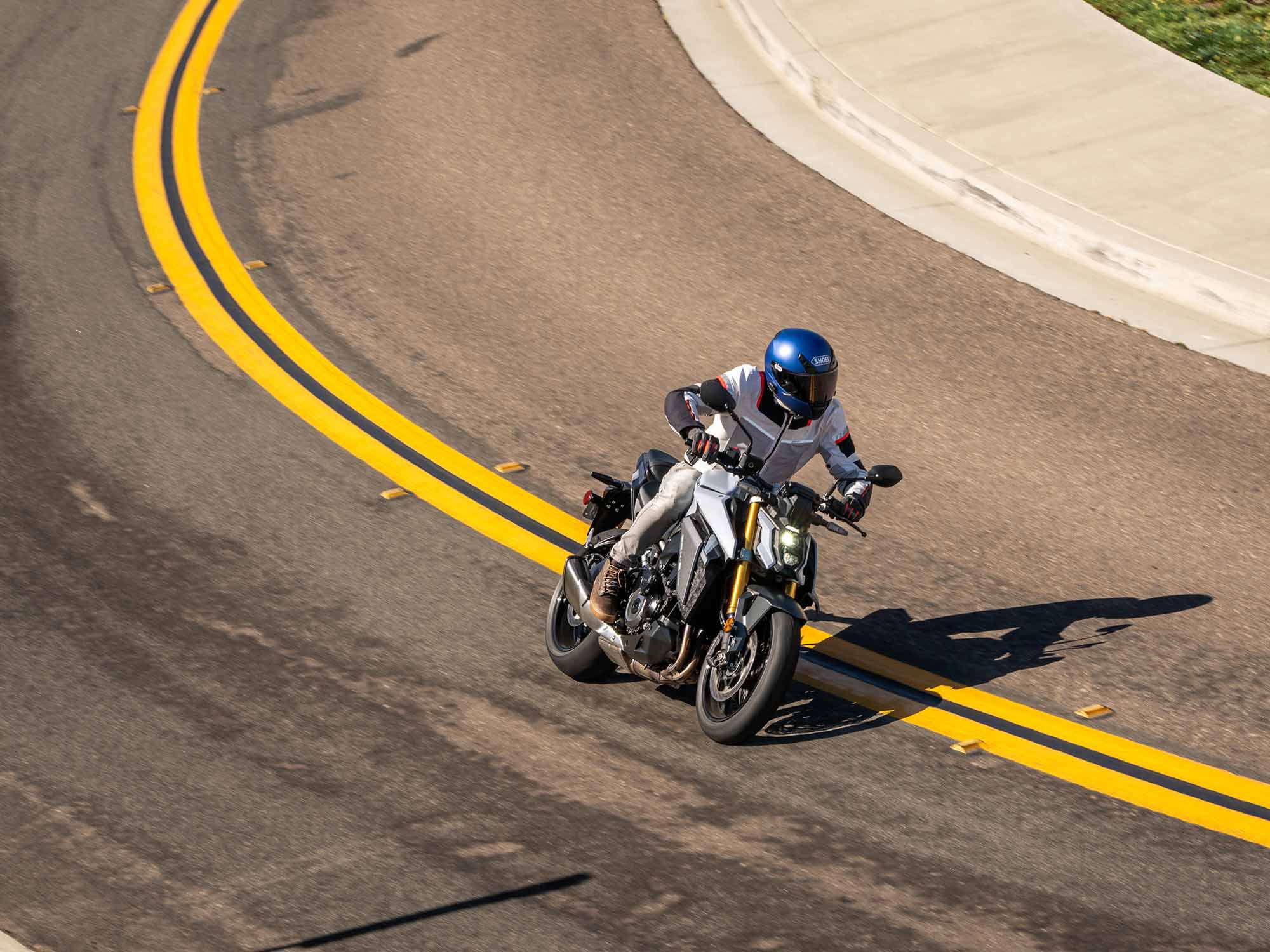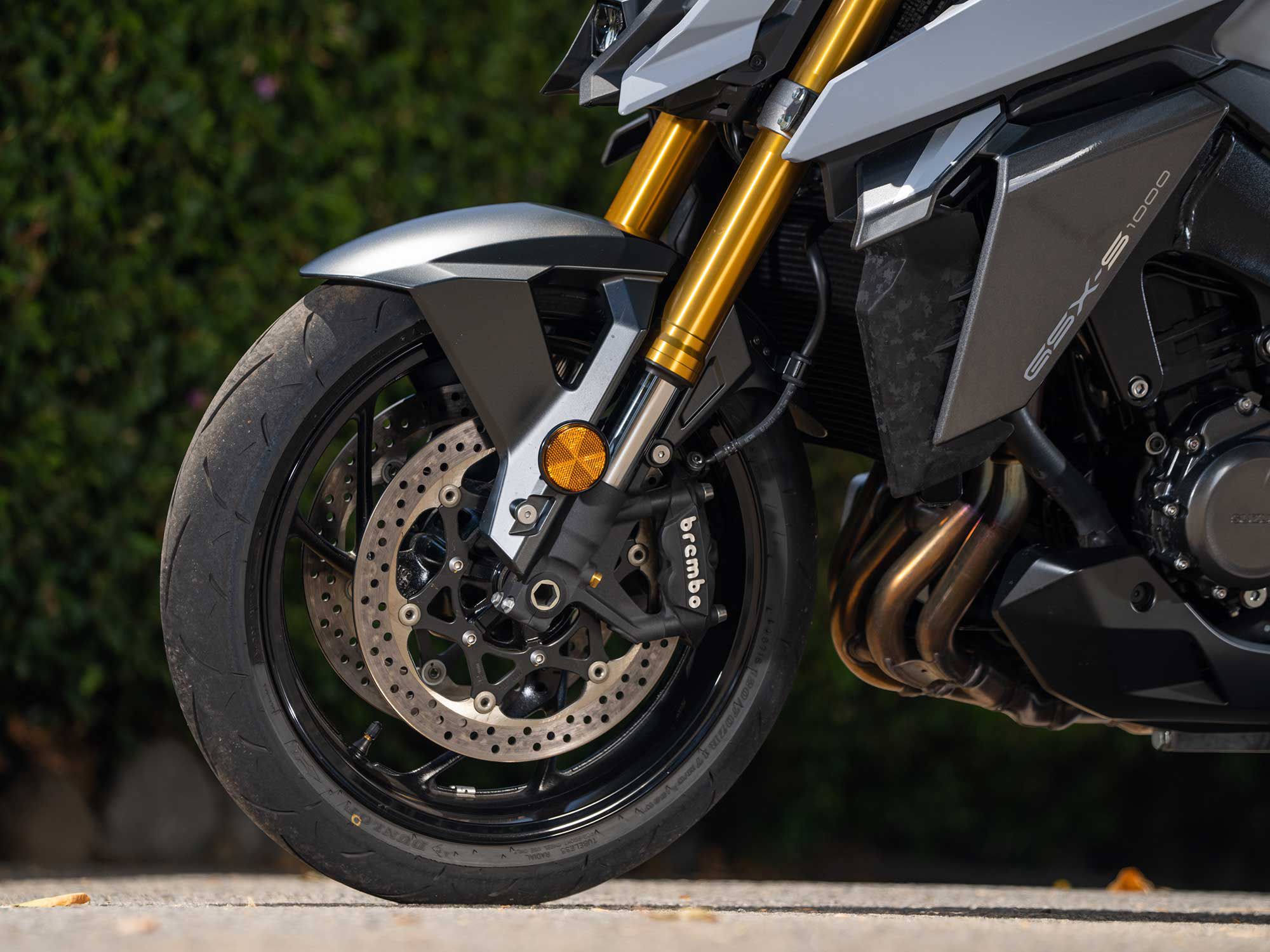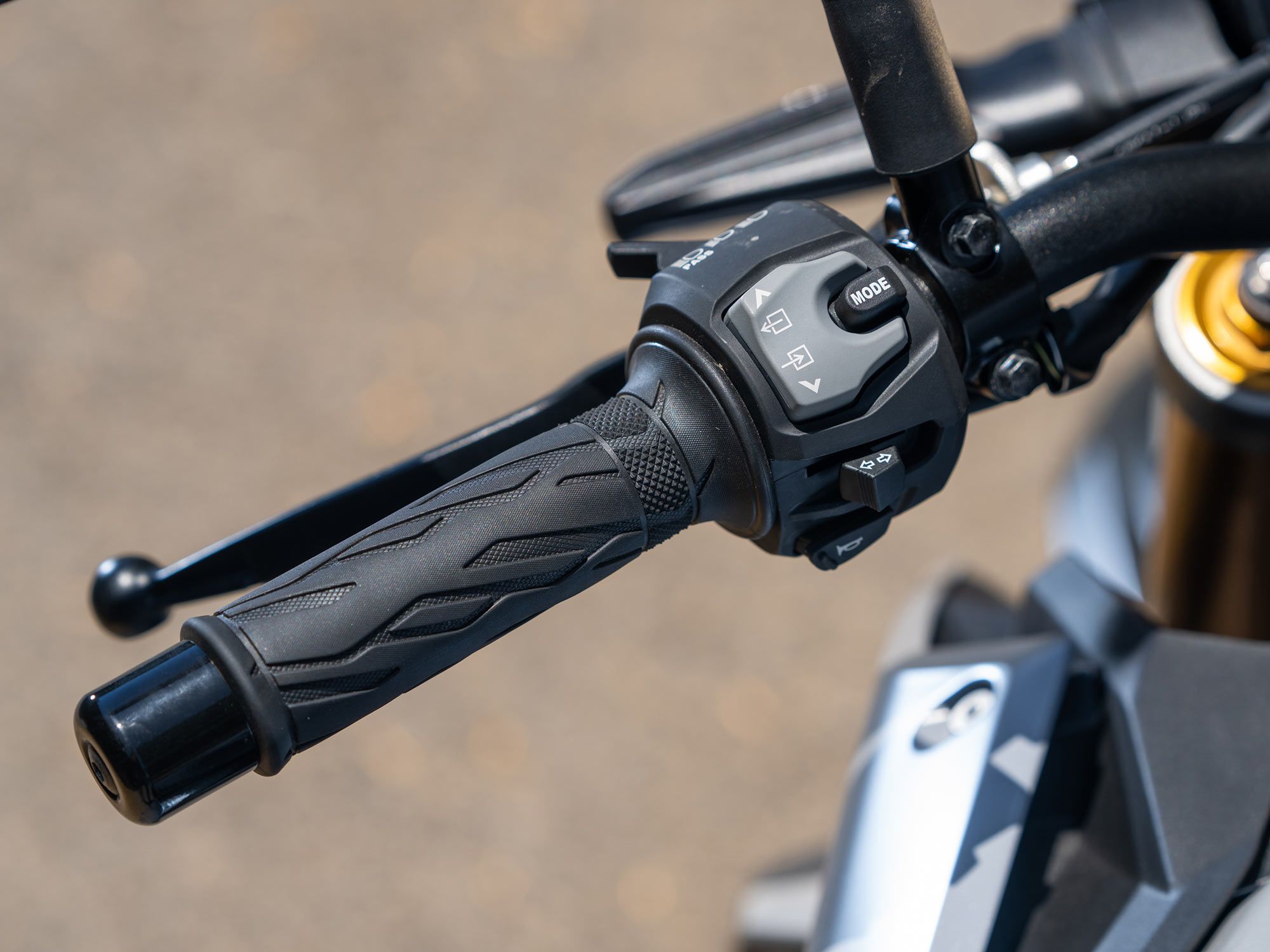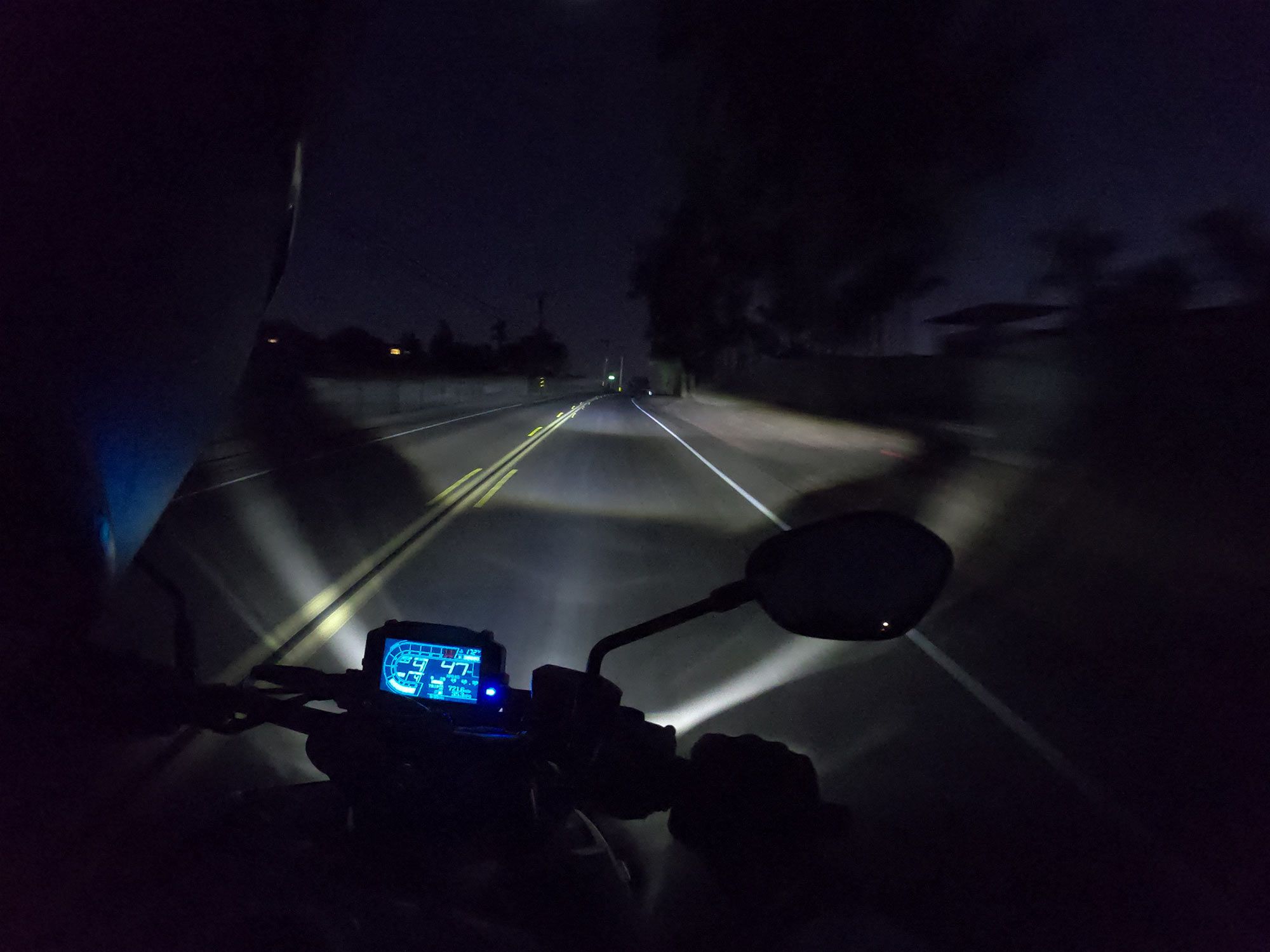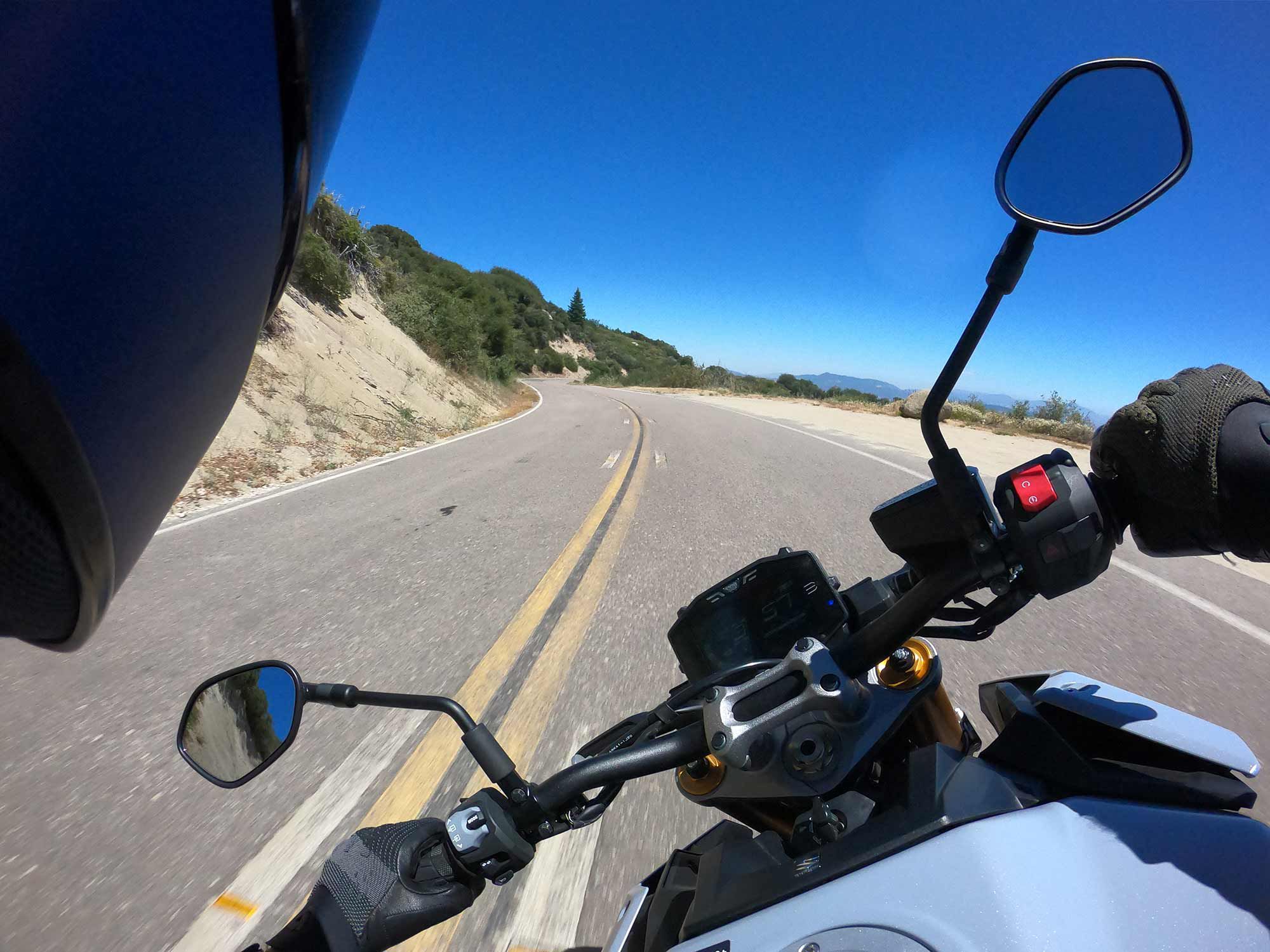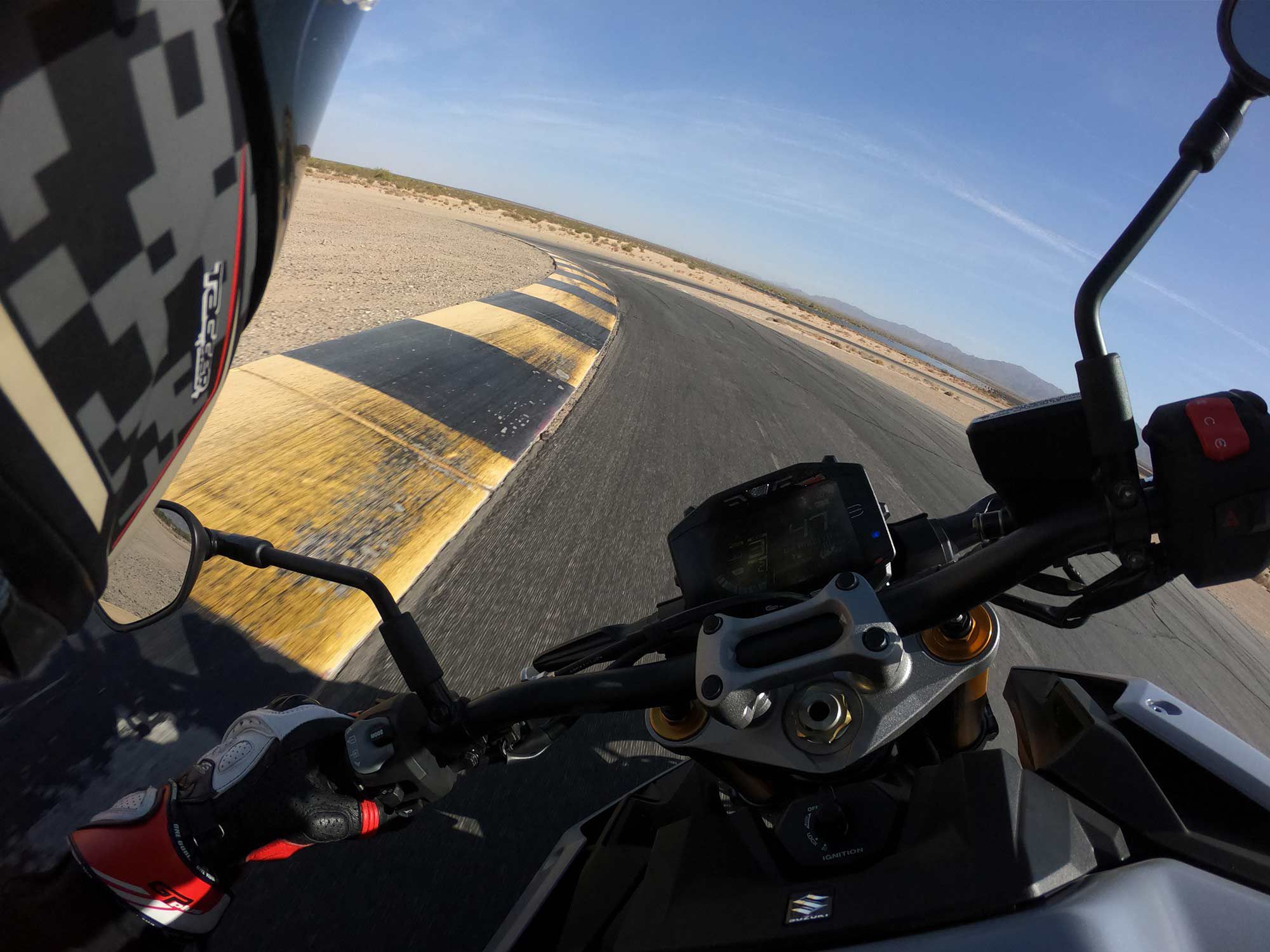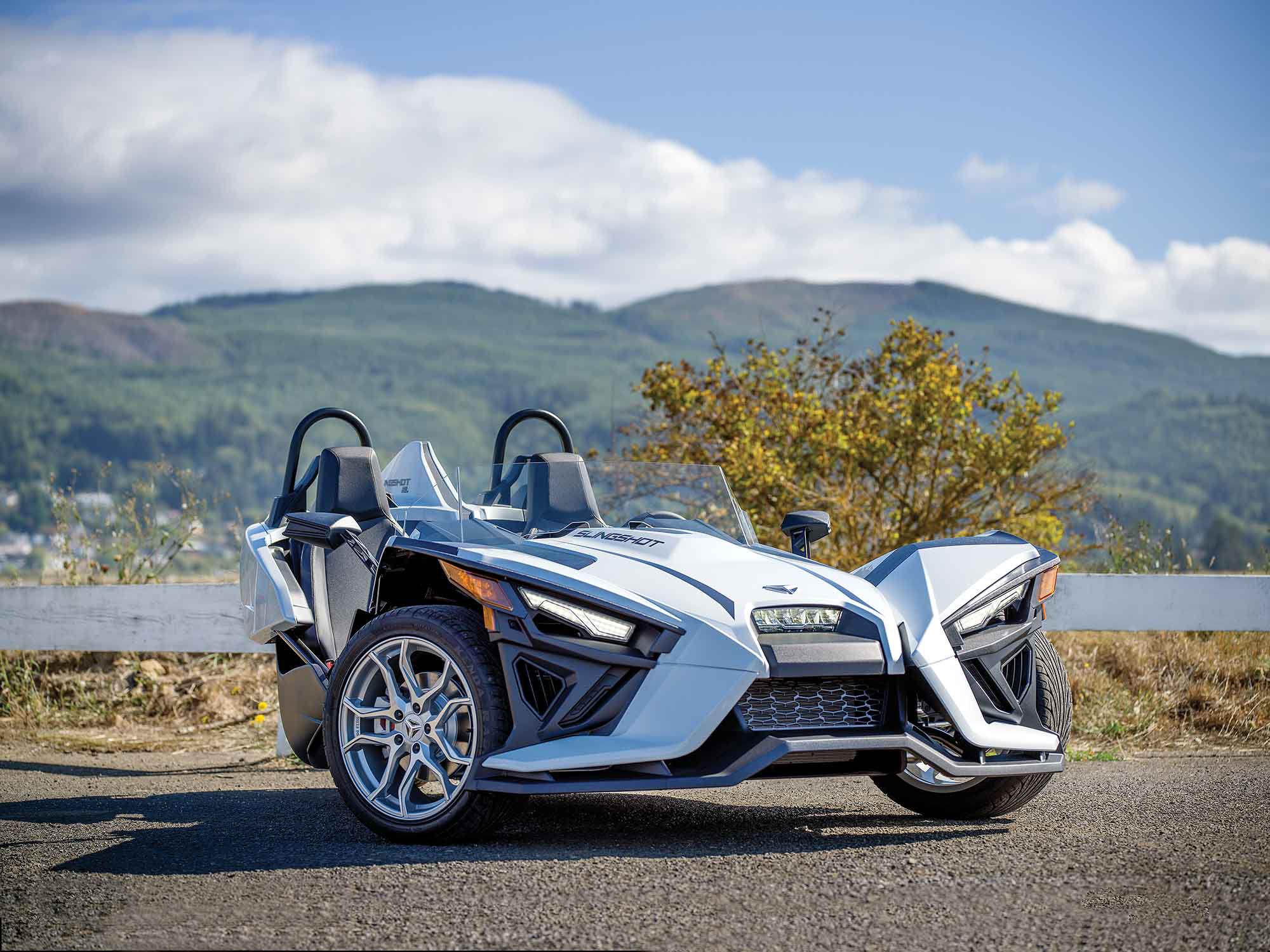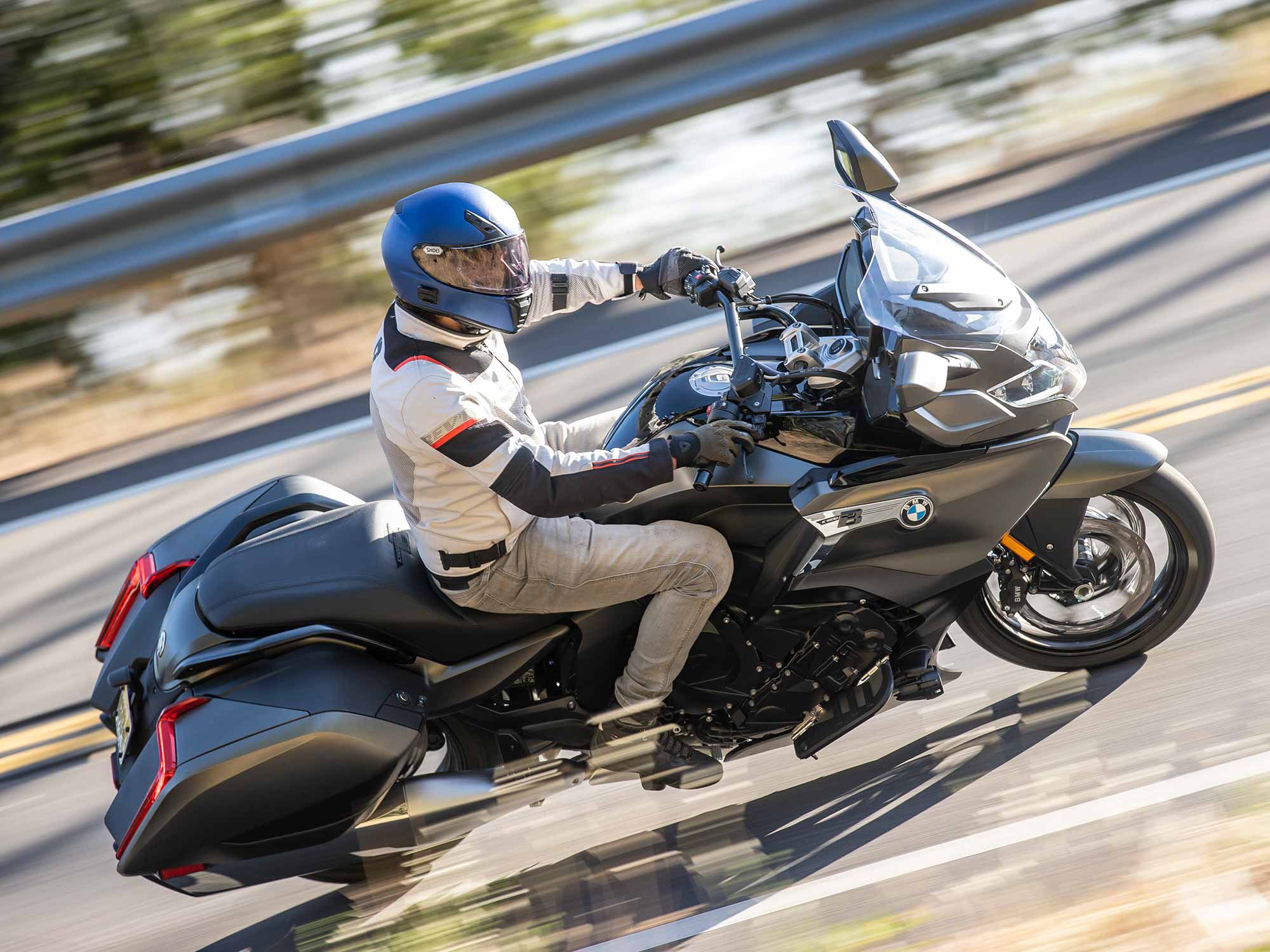
BMW Motorrad offers sport-touring motorcyclists something special with its six-cylinder K 1600 series platform. The K 1600 platform originally debuted in the United States for the 2012 model year. Fast-forward to 2016, and BMW has expanded the lineup to include a bagger variation in the K 1600 B. For 2022, BMW Motorrad has modernized the platform. We tested the bagger variation in the BMW K 1600 B ($27,115 as tested).
Editor’s note: We’ve reported on BMW’s new luxury-touring bikes during the 2022 BMW K 1600 Six-Cylinder Touring Line Preview and 2022 BMW K 1600 Grand America Review articles.
As the model name indicates, the K 1600 is powered by BMW’s rowdy liquid-cooled 1,649cc inline-six. This bike makes nearly 135 hp at the business end of the 17-inch Bridgestone, these now arriving 1,000 rpm earlier in its powerband. It still makes nearly 116 lb.-ft. of torque, but the peak arrives at higher rpm versus bikes like Honda’s Gold Wing.
What sets this Beemer apart from others in this premium segment is its flexible powerband. Lug it low and this inline-six offers plenty of torque to get you moving quickly. Short-shift through the slick-shifting and electronic quickshifter-equipped (Motorrad calls it Gear Shift Assist Pro) six-speed gearbox and you’re riding a wave of torque to triple-digit speeds in no time.
Conversely, if you’re riding in a more sport-oriented fashion or with faster guys and gals on high-performance sportbikes, rev it out and listen to its six cylinders scream. The 1600 B has a borderline ridiculous amount of acceleration force for a heavyweight touring rig. With the throttle pinned, it’s pure F1-like exhilaration, winding out the engine and rowing through the transmission while you’re pushed deep into the cozy saddle.
Despite employing older-style axial-mount front calipers, the triple-disc braking package on the K 1600 offers plenty of stopping power; IMU-powered ABS now completes the braking package, boosting stability during brake application over slippery surfaces. We’re especially fond of the sharp, precise front brake compound and hearty brake pedal feel.
As before the engine drinks from a generous 7-gallon fuel tank. We recorded a 32 mpg average during mostly fast-paced riding. This extends range to well over 200 miles, a boon for riders who go the distance. Note, though, that with the oddly engineered OE-fitted floorboards included in the $3,400 Bagger Package, you’ll feel engine heat, especially in your feet.
Suspension-wise it continues to employ BMW’s marvelous Duolever front suspension. This configuration separates steering and damping functions. This is a nearly 800-pound motorcycle, yet steering feel is exceptionally light at any speed and it retains favorable damping quality in a variety of surfaces.
Riding over bumpy surfaces with jarring potholes it delivers a smooth and supple ride. Conversely, when you’re getting after it in the twisties, the suspenders offer a more conventional handling feel versus the Gold Wing, with the traditional front suspension bite of a telescopic fork. We also appreciate the fitment of traditional 17-inch cast alloy wheels fore and aft. Damping is electronically controlled via an IMU—smartphone-type chip that gives the vehicle positional awareness in real time, based on global riding mode (Rain, Road, and Dynamic).
The IMU also powers Motorrad’s new Drag Torque Control (BMW calls it “MSR”) which mitigates instability during declaration by raising engine rpm (reduce engine-brake effect). In layman’s terms, if you downshift in too low of a gear for vehicle speed, the throttle bodies open to help limit engine back torque and reduce instability on slippery pavement.
In typical BMW form, the K 1600 B is loaded with all the bells and whistles: heated grips, heated seat, cruise control, electronically adjustable windscreen, LED lighting, electronic suspension, and electronic reverse—it’s all standard fare. Our bagger, as noted, was outfitted with the $3,400 Bagger Package, which adds a two-speaker Bluetooth-enabled stereo (it’s a tad quiet for our tastes), centerstand, keyless/push-button engine start, electronic storage locks, LED fog/auxiliary, engine crashbars, and those questionable floorboards.
Keeping tabs on vehicle settings is a huge 10.25-inch color TFT display. In typical Motorrad form, the display shares identical fonts to other BMW two-wheel and four-wheel vehicles. As usual, the screen is sharp and is easy to read day or night. Menu navigation is identical to other streetbikes, and input is through the signature BMW multi-wheel design that debuted on the original ‘12 K 1600.
Instead of Apple CarPlay, BMW uses its proprietary iOS and Android-enabled smartphone app, BMW Motorrad Connected, which enables on screen turn-by-turn navigation and allows riders to track rides and monitor fuel level and maintenance intervals when away from the bike. Some may find it quirky, but a reasonably tech-savvy person should find it functional. Riders can plug in and stow their phone inside a somewhat cheap-feeling compartment behind the windscreen, though we found we preferred to leave our smartphones in our pants pockets.
Storage-wise, the K 1600 B accommodates 17 gallons of cargo; a full-face helmet can fit in each of its lockable side compartments. The hard cases are easy to use and feature a handy electronic central lock system that keeps your valuables secure when you’re away from the bike.
LED headlights with cornering function are a nice improvement over the previous setup. We rode this motorcycle after dark and the cornering function on the headlights performed adequately, but we’ve ridden motorcycles that had better corner-lighting function (i.e., Honda’s 2020 Africa Twin Adventure Sport ES DCT).
Which brings us to price. This motorcycle rings in at $22,545 in base configuration. Our testbike was outfitted with the executive styling package, which includes Metallic black paint, nifty air deflectors which channel air inside the cockpit during warm-weather rides, and engine spoilers. The Bagger package adds to that an electronic central locking system, centerstand, and a keyless remote fob; we’re not usually big fans of those, but on this bike it seems to work OK.
Sport-oriented luxury-touring riders will love the pedigree of BMW’s K 1600 platform. It’s fast when you want to zoom, yet equally capable purring placidly down the freeway for hours on end. Aside from the feet-cooking floorboards and the somewhat peculiar smartphone/app navigation integration, performance-minded riders will adore what the big-six BMW brings to the table.
Gear Box
Helmet: Shoei RF-SR
Jacket: Rev’It Tornado 3
Pant: Rev’It Piston
Gloves: Rev’It Sand 3
Boots: TCX Rush 2 Air
2022 BMW K 1600 B Technical Specifications and Price
| PRICE | $27,115 as tested |
|---|---|
| ENGINE | 1,649cc, liquid-cooled, oil-cooled inline 6-cylinder; 4 valves/cyl. |
| BORE x STROKE | 72.0 x 67.5mm |
| COMPRESSION RATIO | 12.2:1 |
| FUEL DELIVERY | Electronic intake pipe injection digital engine management system: BMS-O w/ throttle-by-wire |
| CLUTCH | Multiple-disc clutch in oil bath |
| TRANSMISSION/FINAL DRIVE | 6-speed/shaft |
| FRAME | Bridge-type frame, cast aluminum, load-bearing engine |
| FRONT SUSPENSION | Duolever; central spring strut; 4.5 in. travel |
| REAR SUSPENSION | Cast aluminum single-sided swingarm w/ BMW Motorrad Paralever; central spring strut; 5.3 in. travel |
| FRONT BRAKES | 4-piston fixed calipers, dual 320mm discs w/ ABS Pro |
| REAR BRAKE | 2-piston caliper, 320mm disc w/ ABS Pro |
| WHEELS, FRONT/REAR | Cast aluminum; 17 x 3.5 in. / 17 x 6.0 in. |
| TIRES, FRONT/REAR | 120/70-17; 190/55-17 |
| RAKE/TRAIL | 27.8°/4.2 in. |
| WHEELBASE | 63.7 in. |
| SEAT HEIGHT | 29.5 in. |
| FUEL CAPACITY | 7.0 gal. |
| CLAIMED CURB WEIGHT | 758 lb. |
| WARRANTY | 3 years/36,000 miles |
| AVAILABLE | Now |
| CONTACT | bmwmotorcycles.com |
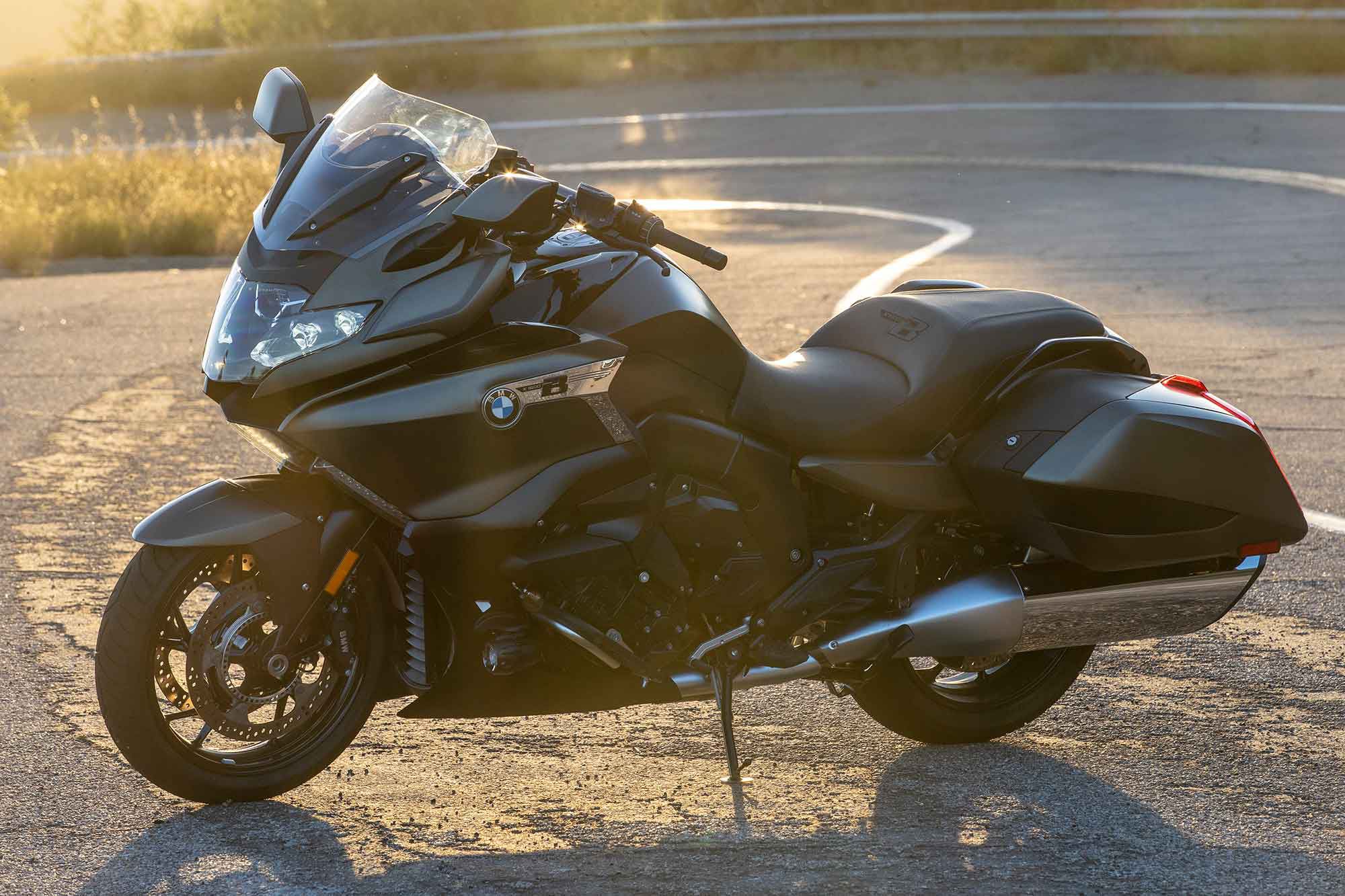
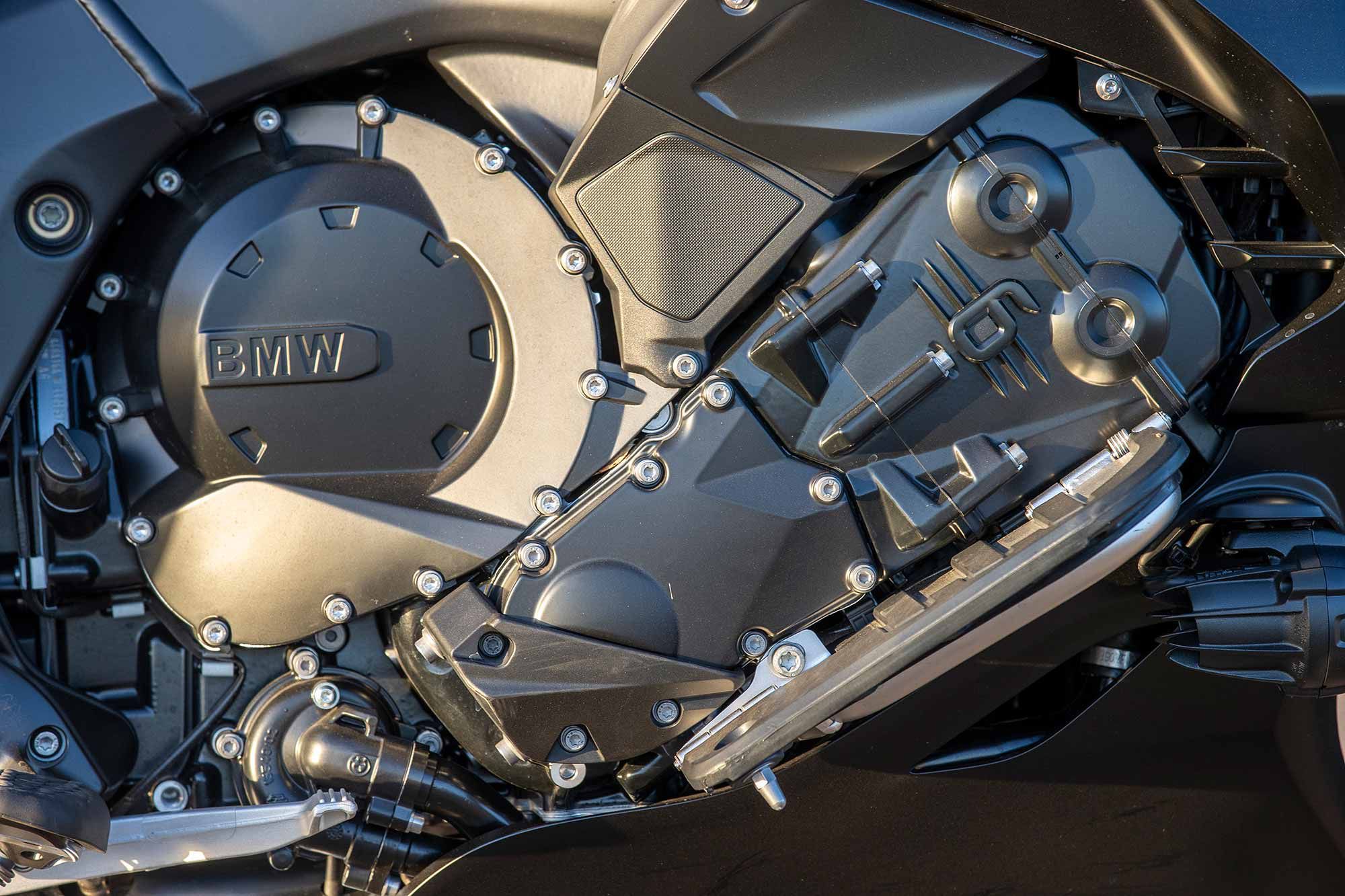
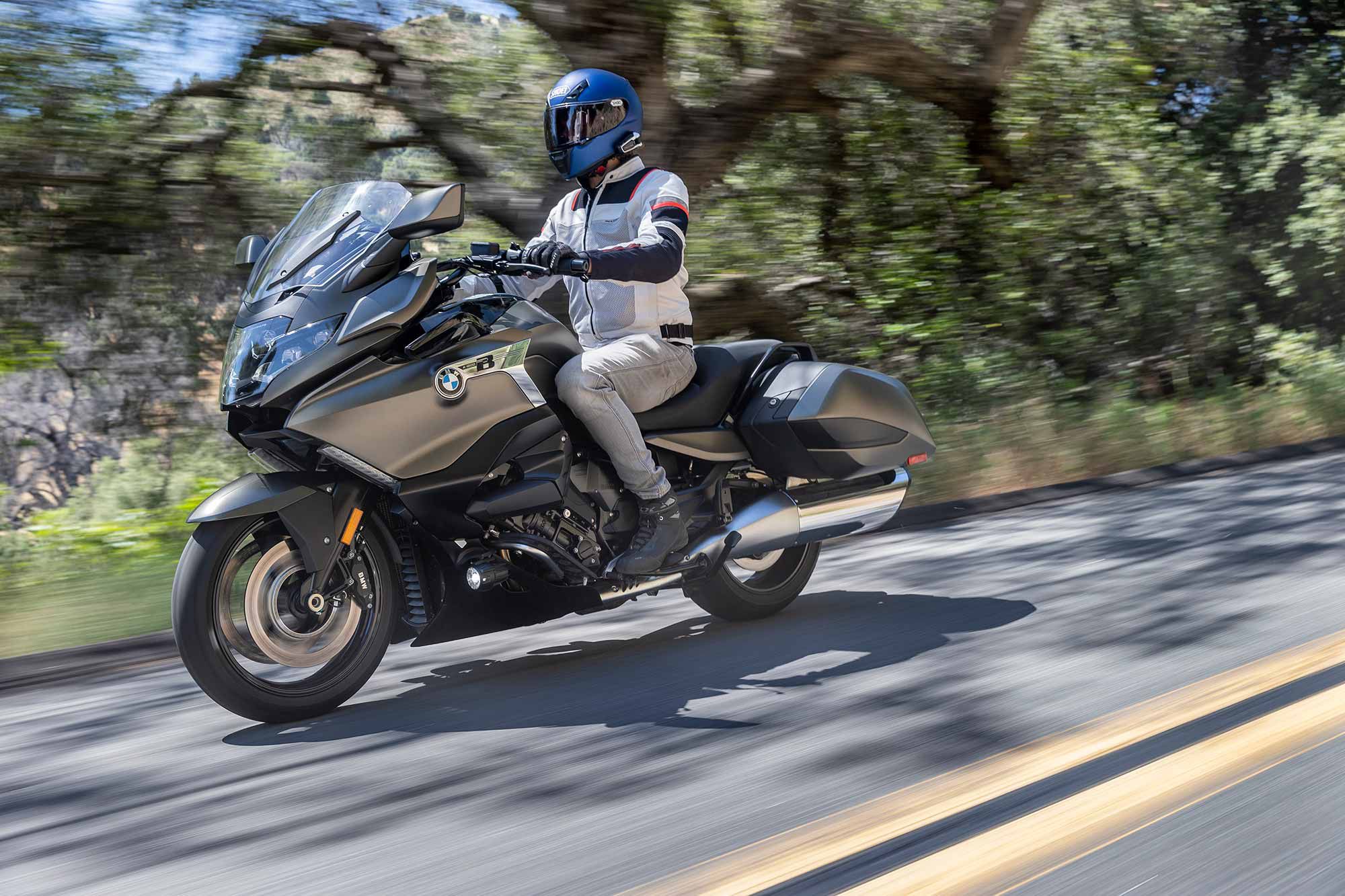
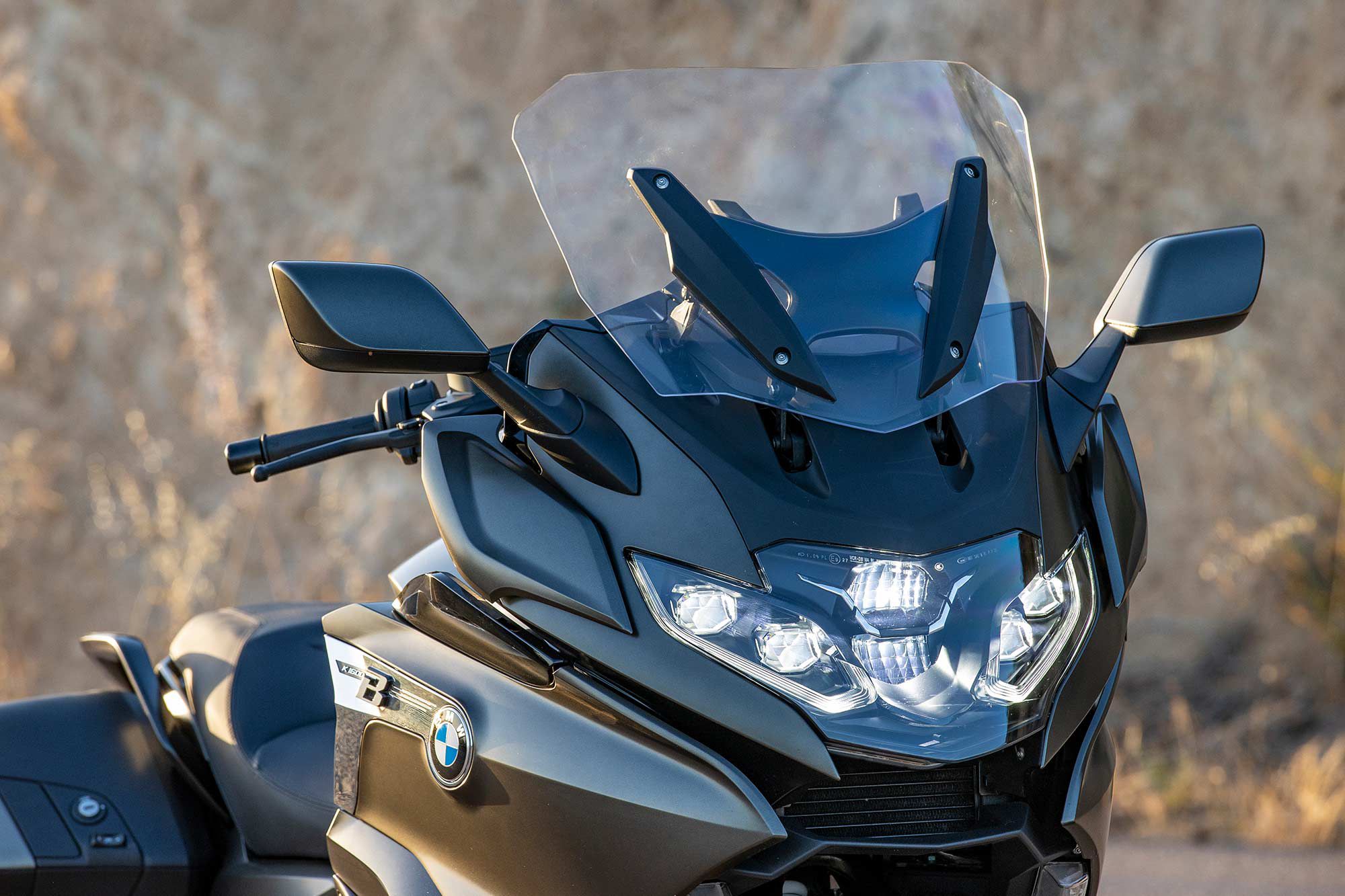
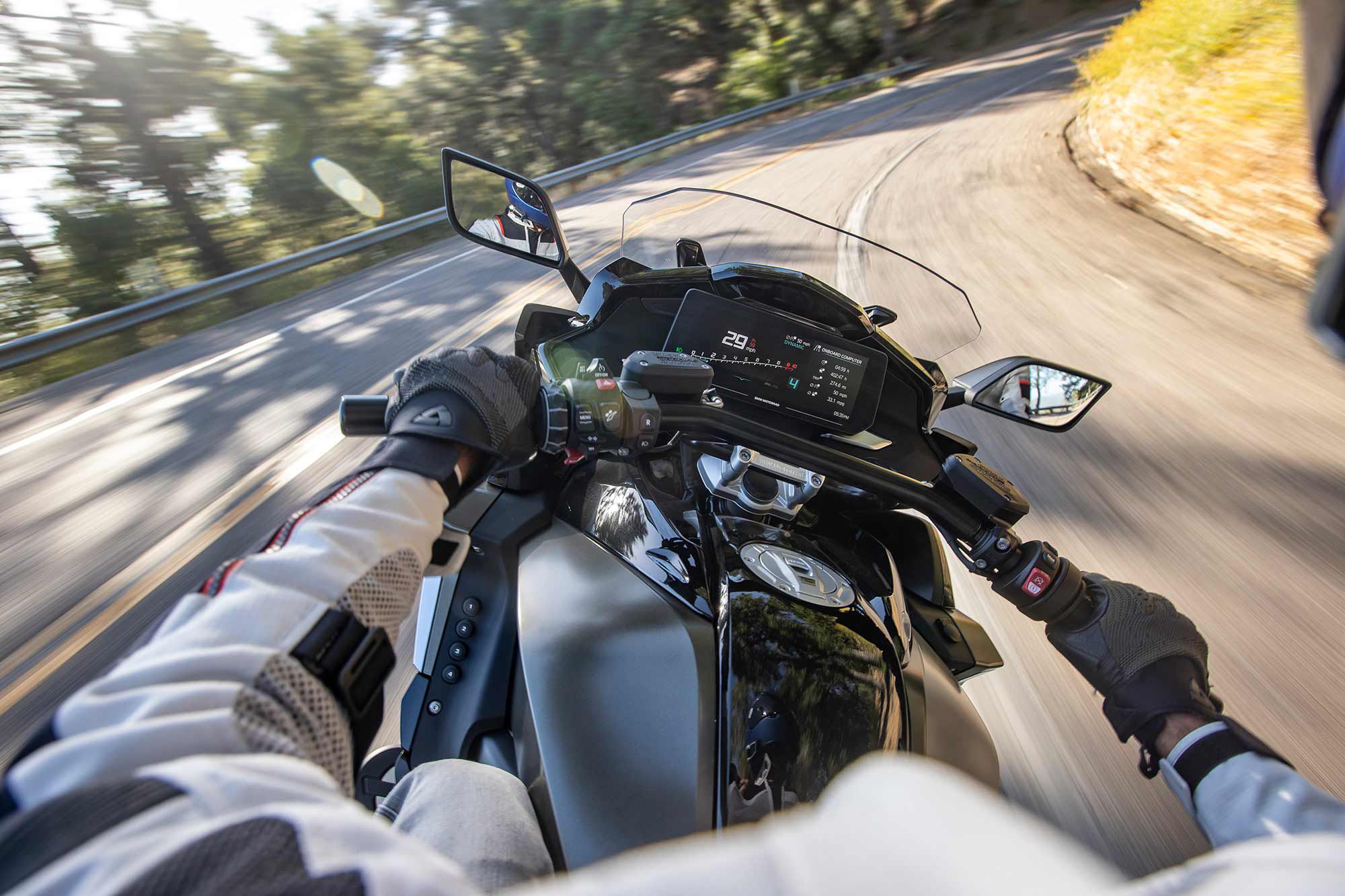
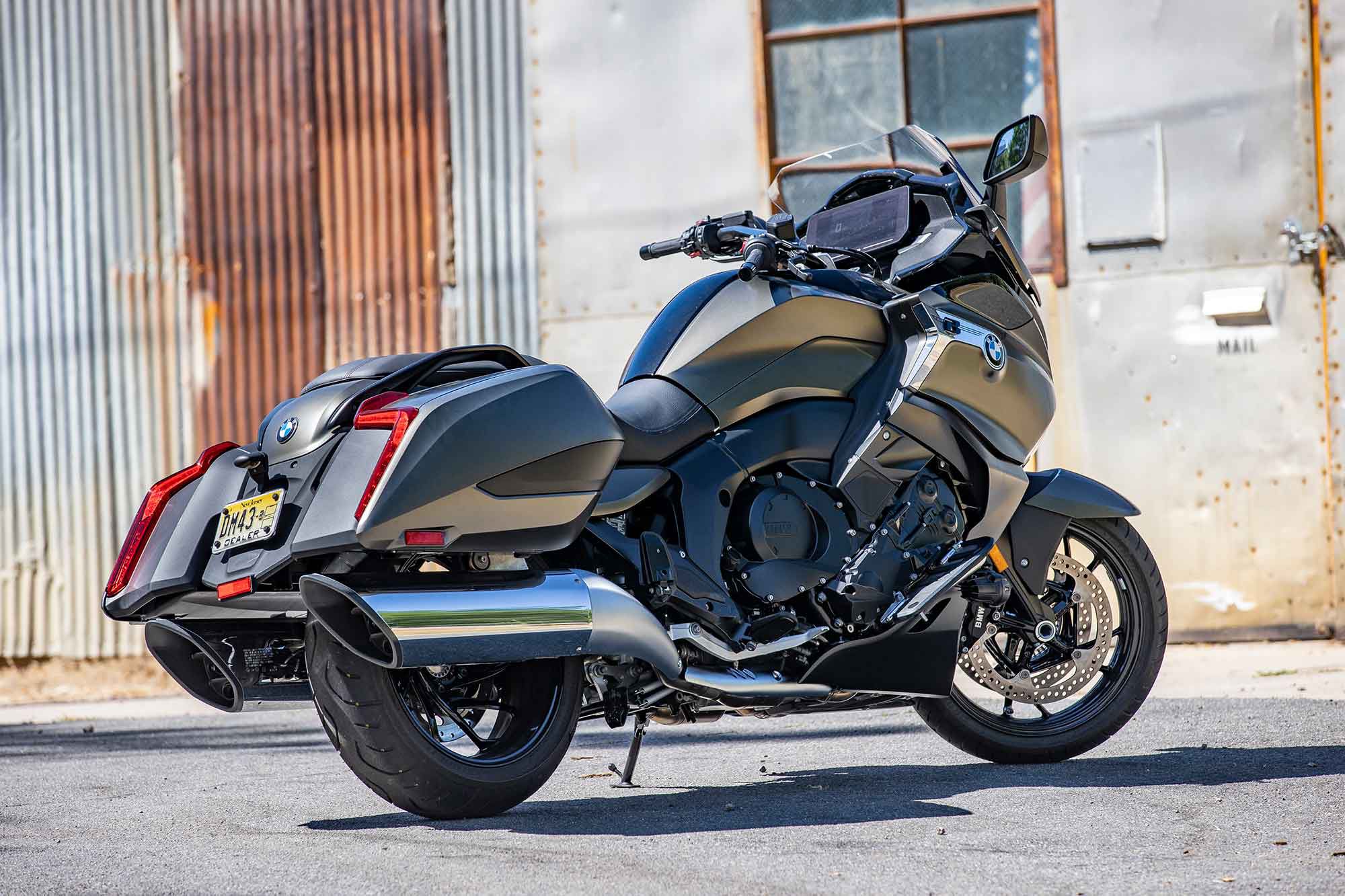
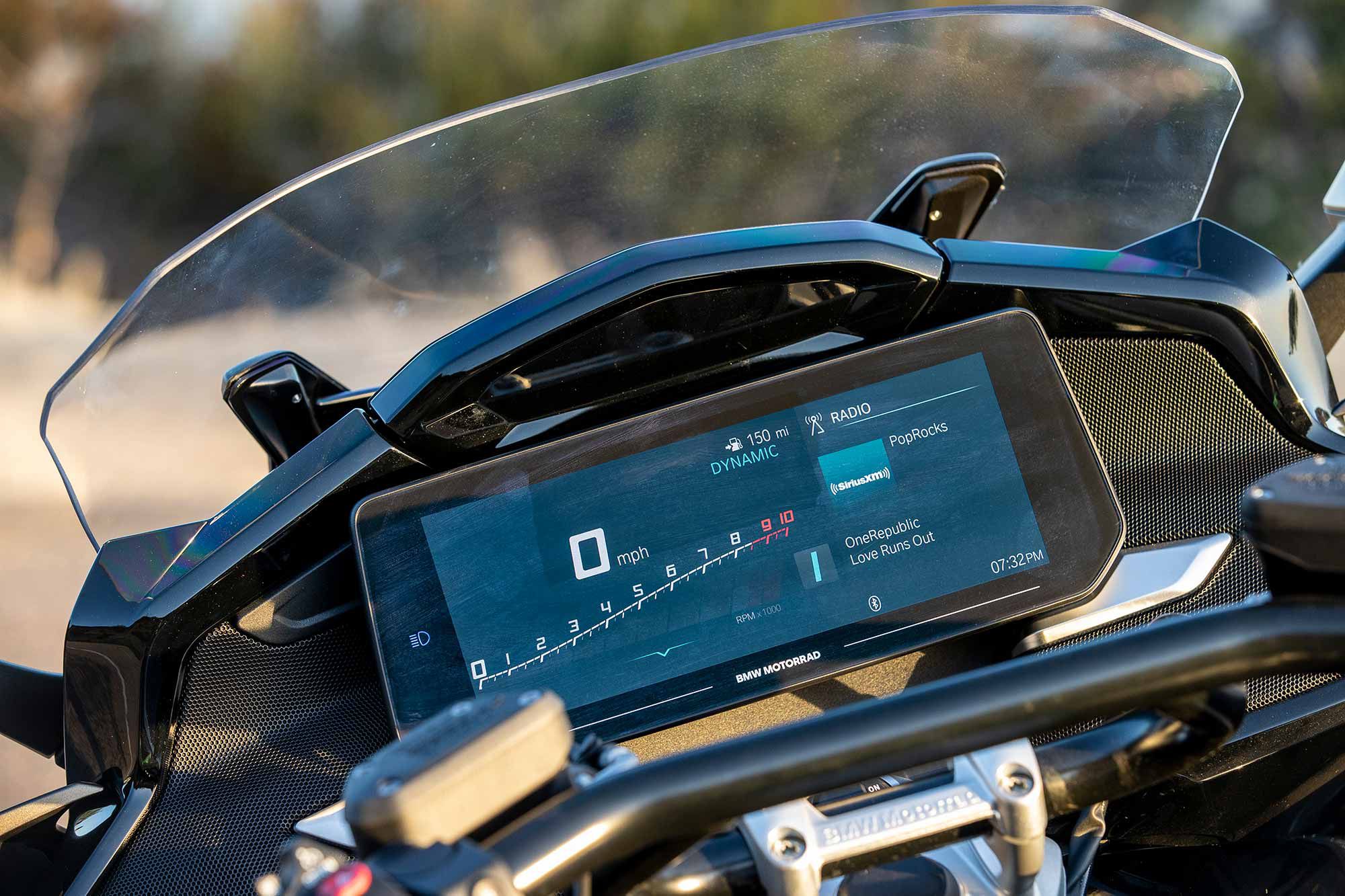
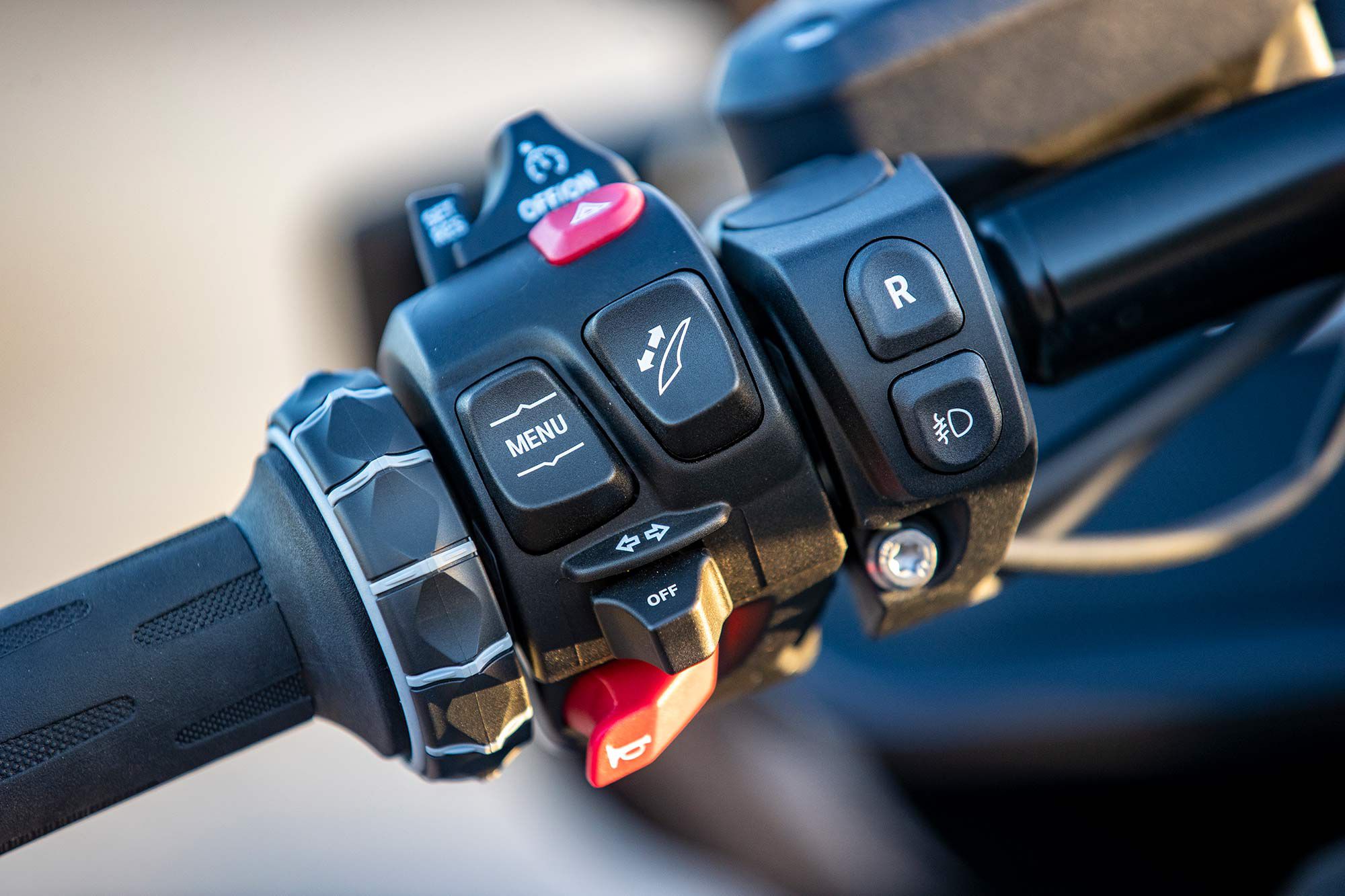
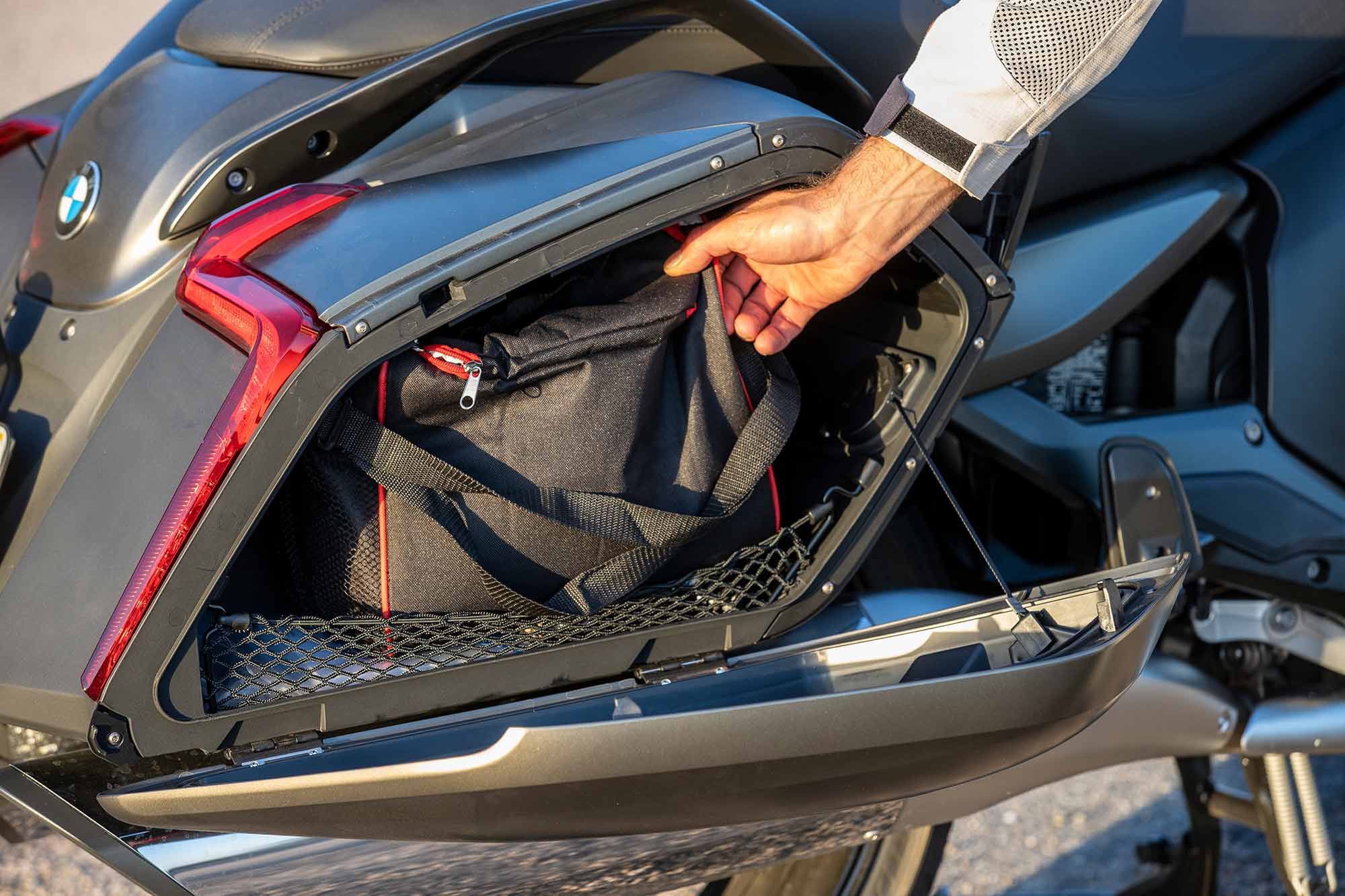
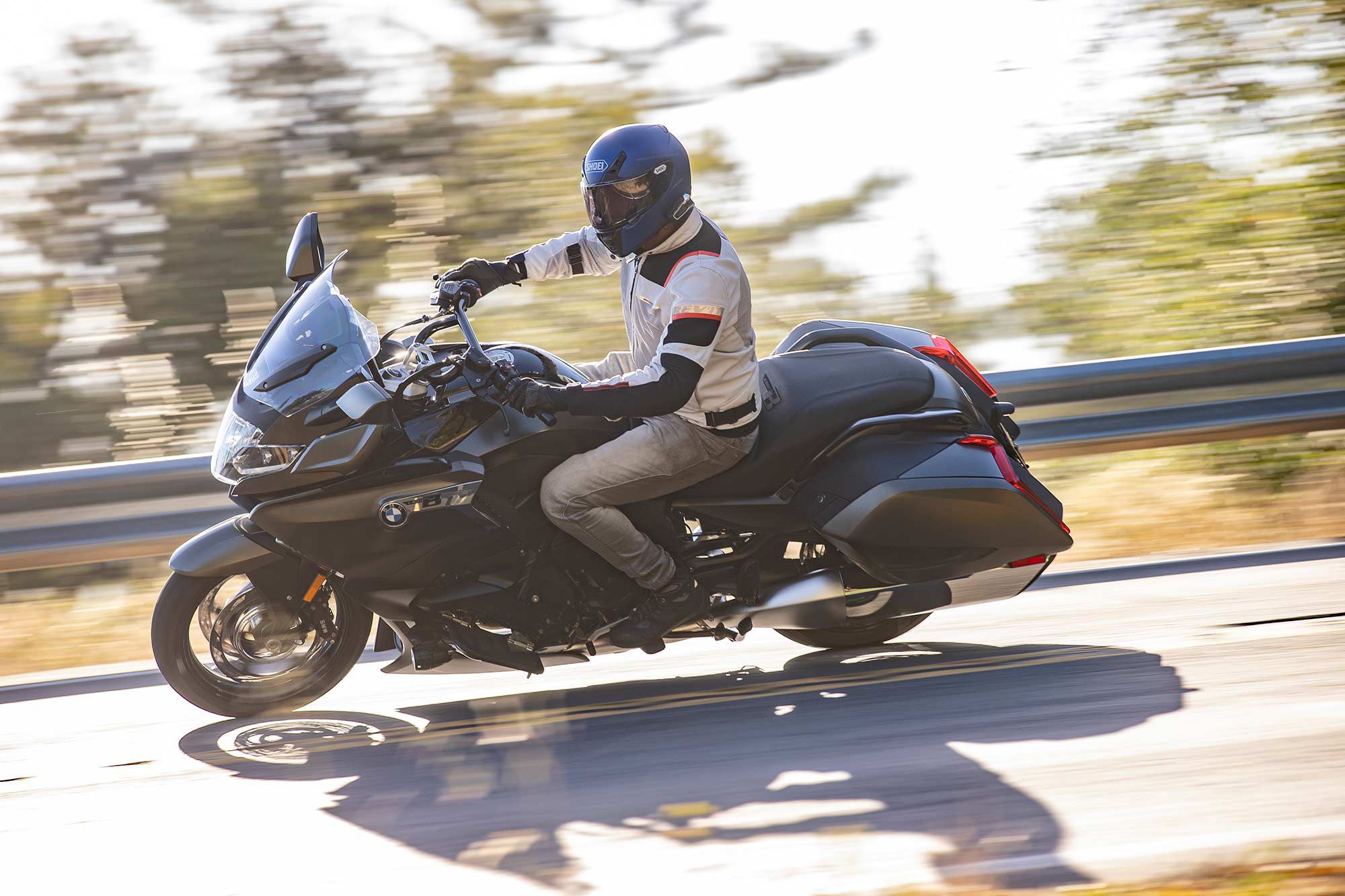
Source: MotorCyclistOnline.com

